
City
of hobart
AGENDA
City Planning Committee Meeting
Open Portion
Monday, 13 November 2017
at 5.00 pm
Lady Osborne Room, Town Hall

City
of hobart
AGENDA
City Planning Committee Meeting
Open Portion
Monday, 13 November 2017
at 5.00 pm
Lady Osborne Room, Town Hall
THE MISSION
Our mission is to ensure good governance of our capital City.
THE VALUES
The Council is:
|
about people |
We value people – our community, our customers and colleagues. |
|
professional |
We take pride in our work. |
|
enterprising |
We look for ways to create value. |
|
responsive |
We’re accessible and focused on service. |
|
inclusive |
We respect diversity in people and ideas. |
|
making a difference |
We recognise that everything we do shapes Hobart’s future. |
|
|
Agenda (Open Portion) City Planning Committee Meeting |
Page 3 |
|
|
13/11/2017 |
|
Business listed on the agenda is to be conducted in the order in which it is set out, unless the committee by simple majority determines otherwise.
APOLOGIES AND LEAVE OF ABSENCE
1. Co-Option of a Committee Member in the event of a vacancy
3. Consideration of Supplementary Items
4. Indications of Pecuniary and Conflicts of Interest
6. Planning Authority Items - Consideration of Items With Deputations
7. Committee Acting as Planning Authority
7.1 Applications under the Hobart Interim Planning Scheme 2015
7.1.1 3 - 4 Montgomery Court, Sandy Bay - Multiple Dwellings (Re-Advertised - Amended Proposal)
7.1.2 88 Augusta Road, Lenah Valley - Partial Demolition and Multiple Dwelling
7.1.3 64-66 Molle Street, Hobart - Partial Demolition, Alterations and Extensions
7.1.4 233 - 235 Liverpool Street, Hobart - Multiple Dwellings and Business and Professional Services
7.1.5 22 Norfolk Crescent - Multiple Dwelling - PLN-17-272
7.2 Committee Acting as Planning Authority
8.1 Visitor Accommodation - Residential Research - Residential Development Incentives
8.2 Conference Reporting - Eco City World Summit - 12 to 14 July 2017
8.3 Delegated Decisions Report (Planning)
8.4 City Planning - Advertising List
9. Responses To Questions Without Notice
9.1 Response in Relation to the Henry Design Tribunal Decision - Clarification by the Minister
11. Closed Portion Of The Meeting
|
|
Agenda (Open Portion) City Planning Committee Meeting |
Page 5 |
|
|
13/11/2017 |
|
City Planning Committee Meeting (Open Portion) held Monday, 13 November 2017 at 5.00 pm in the Lady Osborne Room, Town Hall.
|
COMMITTEE MEMBERS Briscoe (Chairman) Ruzicka Burnet Denison
ALDERMEN Lord Mayor Hickey Deputy Lord Mayor Christie Zucco Sexton Cocker Thomas Reynolds Harvey |
Apologies: Nil.
Leave of Absence: Nil.
|
|
The minutes of the Open Portion of the City Planning Committee meeting held on Monday, 30 October 2017 and the Special City Planning Committee meeting held on Thursday, 2 November 2017, are submitted for confirming as an accurate record.
|
Ref: Part 2, Regulation 8(6) of the Local Government (Meeting Procedures) Regulations 2015.
|
That the Committee resolve to deal with any supplementary items not appearing on the agenda, as reported by the General Manager.
|
Ref: Part 2, Regulation 8(7) of the Local Government (Meeting Procedures) Regulations 2015.
Aldermen are requested to indicate where they may have any pecuniary or conflict of interest in respect to any matter appearing on the agenda, or any supplementary item to the agenda, which the committee has resolved to deal with.
Regulation 15 of the Local Government (Meeting Procedures) Regulations 2015.
A committee may close a part of a meeting to the public where a matter to be discussed falls within 15(2) of the above regulations.
In the event that the committee transfer an item to the closed portion, the reasons for doing so should be stated.
Are there any items which should be transferred from this agenda to the closed portion of the agenda, or from the closed to the open portion of the agenda?
In accordance with the requirements of Part 2 Regulation 8(3) of the Local Government (Meeting Procedures) Regulations 2015, the General Manager is to arrange the agenda so that the planning authority items are sequential.
In accordance with Part 2 Regulation 8(4) of the Local Government (Meeting Procedures) Regulations 2015, the Committee by simple majority may change the order of any of the items listed on the agenda, but in the case of planning items they must still be considered sequentially – in other words they still have to be dealt with as a single group on the agenda.
Where deputations are to be received in respect to planning items, past practice has been to move consideration of these items to the beginning of the meeting.
RECOMMENDATION
That in accordance with Regulation 8(4) of the Local Government (Meeting Procedures) Regulations 2015, the Committee resolve to deal with any items which have deputations by members of the public regarding any planning matter listed on the agenda, to be taken out of sequence in order to deal with deputations at the beginning of the meeting.
|
|
Agenda (Open Portion) City Planning Committee Meeting |
Page 7 |
|
|
13/11/2017 |
|
In accordance with the provisions of Part 2 Regulation 25 of the Local Government (Meeting Procedures) Regulations 2015, the intention of the Committee to act as a planning authority pursuant to the Land Use Planning and Approvals Act 1993 is to be noted.
In accordance with Regulation 25, the Committee will act as a planning authority in respect to those matters appearing under this heading on the agenda, inclusive of any supplementary items.
The Committee is reminded that in order to comply with Regulation 25(2), the General Manager is to ensure that the reasons for a decision by a Council or Council Committee acting as a planning authority are recorded in the minutes.
|
Agenda (Open Portion) City Planning Committee Meeting |
Page 8 |
|
|
|
13/11/2017 |
|
7.1 Applications under the Hobart Interim Planning Scheme 2015
7.1.1 3 - 4 Montgomery Court, Sandy Bay - Multiple Dwellings (Re-Advertised - Amended Proposal)
Address: 3 - 4 Montgomery Court, Sandy Bay
Proposal: Multiple Dwellings (Re-Advertised - Amended Proposal)
Expiry Date: 20 December 2017
Extension of Time: Not applicable
Author: Helen Ayers
|
REcommendation That: Pursuant to the Hobart Interim Planning Scheme 2015, the Council approve the application for multiple dwellings at 34 Montgomery Court, Sandy Bay for the reasons outlined in the officer’s report and a permit containing the following conditions be issued: GENThe use and/or development must be substantially in accordance with the documents and drawings that comprise PLN161243 34 MONTGOMERY COURT SANDY BAY TAS 7005 Final Planning Documents except where modified below.
Reason for condition
To clarify the scope of the permit. TWThe use and/or development must comply with the requirements of TasWater as detailed in the form Submission to Planning Authority Notice, Reference No. TWDA 2016/01861HCC dated 08 December 2016 as attached to the permit.
Reason for condition
To clarify the scope of the permit.
PLN s1The Relative Level (RL) of the upper level (level 02) roof must be reduced from RL44550 (as proposed) to be no higher than RL43950.
The RL of the upper level (Level 02) ceiling must be reduced from RL44000 (as proposed) to be no higher than RL43400.
Prior to the issue of any approval under the Building Act 2016, revised plans must be submitted and approved showing a reduction in height in accordance with the above requirements.
All work required by this condition must be undertaken in accordance with the approved revised plans.
Reason for condition
In the interests of the amenity of adjoining properties. ENG sw4The new storm water connection must be constructed, and any existing connections be abandoned and sealed, by the Council at the owner’s expense, prior to the first occupation. The new connection must maximise the area of the lot which can drain via gravity and be directed down slope. The new connection must discharge stormwater by gravity and be freeflowing.
Detailed engineering drawings must be submitted and approved, prior to commencement of work. The detailed engineering drawings must:
1. Be prepared by a suitably qualified person;
2. Include the location of the proposed connection clear from any potential clashes (such as the crossover wing);
3. Include the size and design of the connection such that it is appropriate to satisfy the needs of the development; and
4. Include longitudinal sections of the proposed connection that clearly shows clearance from any nearby services, depth of cover, size, material and delineation of public and private infrastructure.
All work required by this condition must be undertaken in accordance with the approved detailed engineering drawings.
Advice:
Once the detailed engineering drawings have been approved the Council will issue a condition endorsement (see general advice on how to obtain condition endorsement).
Where building approval is also required, it is recommended that documentation for condition endorsement be submitted well before submitting documentation for building approval. Failure to address condition endorsement requirements prior to submitting for building approval may result in unexpected delays.
Please note that once the condition endorsement has been issued you will need to contact Council’s City Infrastructure Division to initiate an application for service connection.
Reason for condition
To ensure the site is drained adequately. ENG sw6All stormwater from the proposed development (including hardstand runoff) must be discharged to the Council's infrastructure with sufficient receiving capacity prior to first occupation. All stormwater which is practicable to drain to the Council's infrastructure via gravity (including suspended or charged systems) must do so. Any pumped or charged flows must be converted to freeflowing gravity within a private transition pit inside the property prior to discharging to the freeflowing gravity connection to the Council's infrastructure. All costs associated with works required by this condition are to be met by the owner.
Design drawings and calculations of the proposed stormwater drainage must be submitted and approved prior to the commencement of work. The design drawings and calculations must:
1. Be prepared by a suitably qualified person;
2. Include longitudinal sections showing levels and grades to the point of discharge; and
3. Include detail design of any proposed pump system which is to be in accordance with Australian Standard AS/NZS 3500.3:2015 Part 3: Stormwater Drainage Systems.
All work required by this condition must be undertaken and maintained in accordance with the approved design drawings and calculations.
Advice:
Once the design drawings and calculations have been approved the Council will issue a condition endorsement (see general advice on how to obtain condition endorsement).
Where building approval is also required, it is recommended that documentation for condition endorsement be submitted well before submitting documentation for building approval. Failure to address condition endorsement requirements prior to submitting for building approval may result in unexpected delays.
Reason for condition
To ensure that stormwater from the site will be discharged to a suitable Council approved outlet. ENG sw7Stormwater pretreatment and detention for stormwater discharges from the development must be installed prior to commencement of use.
Design drawings and calculations of the proposed stormwater quantity and quality control systems must be submitted and approved, prior to commencement of work on the site. The design drawings and calculations must:
1. Be prepared by a suitably qualified person;
2. Demonstrate that the final detention design achieves the design targets contained in the submitted Aldanmark report dated 10/2/2017.
3. In relation to the detention tank, show the layout, the inlet and outlet (including in longsection) and the overflow mechanism.
4. Include Water Sensitive Urban Design and stormwater treatment that achieves the stormwater quality targets in accordance with the State Stormwater Strategy 2010.
5. Include a supporting stormwater management plan that outlines the obligations for future property owners to stormwater management, including a maintenance plan which outlines the operational and maintenance measures to check and ensure the ongoing effective operation of all systems, such as: inspection frequency; cleanout procedures; descriptions and diagrams of how the installed systems operate; details of the life of assets and replacement requirements.
All work required by this condition must be undertaken and maintained in accordance with the approved design drawings and calculations.
Advice:
Once the design drawings and calculations have been approved Council will issue a condition endorsement (see general advice on how to obtain condition endorsement).
Where building approval is also required, it is recommended that documentation for condition endorsement be submitted well before submitting documentation for building approval. Failure to address condition endorsement requirements prior to submitting for building approval may result in unexpected delays.
Reason for condition
To avoid the possible pollution and capacity issues of drainage systems and natural watercourses, and to comply with relevant State legislation.
ENG 4The driveway and car parking area approved by this permit must be constructed to a sealed standard and surface drained prior to the first occupation.
Reason for condition
To ensure safe access is provided for the use. ENG 8All parking spaces must be delineated by means of white or yellow lines 80mm to 100mm wide, or white or yellow pavements markers in accordance to Australian/NZS Standard, Parking facilities Part 1: Offstreet car parking AS/NZS 2890.1, prior to the commencement of the use.
Reason for condition
In the interests of vehicle user safety and the amenity of the development. ENG 1The cost of repair of any damage to the Council infrastructure resulting from the implementation of this permit, must be met by the owners within 30 days of the completion of the development or as otherwise determined by the Council. Any damage must be immediately reported to Council.
A photographic record of the Council infrastructure adjacent to the subject site must be provided to the Council prior to any commencement of works.
A photographic record of the Council’s infrastructure (e.g. existing property service connection points, roads, buildings, stormwater, footpaths, driveway crossovers and nature strips, including if any, pre existing damage) will be relied upon to establish the extent of damage caused to the Council’s infrastructure during construction. In the event that the owner/developer fails to provide to the Council a photographic record of the Council’s infrastructure, then any damage to the Council infrastructure found on completion of works will be deemed to be the responsibility of the owner.
Reason for condition
To ensure that any of the Council infrastructure and/or siterelated service connections affected by the proposal will be altered and/or reinstated at the owner’s full cost.
ENGR 3Prior to the commencement of use, the proposed driveway crossover, replacement of footpath and kerb and channel in Montgomery Court highway reservation must be designed and constructed in accordance with:
1. Urban TSDR09v1 – Urban Roads Driveways and TSD R14v1 Vee Channel vehicular crossing;
2. Footpath Urban Roads Footpaths TSDR11v1; and
3. Kerb and Channel TSD R14v1 Type KC (Kerb and Channel).
Design drawings must be submitted and approved prior to the commencement of work. The design drawings must:
1. Show the cross and long section of the driveway crossover within the highway reservation and onto the property.
2. Show the extent of the footpath and kerb and channel to be replaced.
3. Show the end of the new footpath and kerb and channel matching neatly to the existing footpath and kerb and channel.
4. Detail any services or infrastructure (e.g. light poles, pits, awnings) at or near the proposed driveway crossover.
5. Be prepared and certified by a suitable qualified person, to satisfy the above requirement.
All work required by this condition must be undertaken in accordance with the approved design drawings.
Advice: Once the design drawings have been approved Council will issue a condition endorsement (see general advice on how to obtain condition endorsement).
Where building approval is also required, it is recommended that documentation for condition endorsement be submitted well before submitting documentation for building approval. Failure to address condition endorsement requirements prior to submitting for building approval may result in unexpected delays.
Reason for condition
To ensure that works will comply with the Council’s standard requirements.
ENV 2Sediment and erosion control measures sufficient to prevent sediment from leaving the site must be installed prior to the commencement of work and maintained until such time as all disturbed areas have been stabilised and/or restored or sealed to the Council’s satisfaction.
A soil and water management plan (SWMP) must be submitted and approved, prior to the commencement of work. The SWMP must be prepared in accordance with the Soil and Water Management on Building and Construction Sites fact sheets (Derwent Estuary Program, 2008), available here.
All work must be undertaken in accordance with this condition and the approved SWMP.
Advice: Once the SWMP has been approved, the Council will issue a condition endorsement (see general advice on how to obtain condition endorsement).
Reason for Condition
To avoid the pollution and sedimentation of roads, drains and natural watercourses that could be caused by erosion and runoff from the development. SUB s1Prior to the issue of any approval under the the Building Act 2016, or the commencement of works on site, whichever occurs first, the titles comprising the development site (CT 61047/3 and CT 61047/4) must be adhered in accordance with the provisions of section 110 of the Local Government Building & Miscellaneous Provisions Act 1993, to the satisfaction of the Council.
Reason for condition
So that the titles are adhered and to ensure compliance with statutory provisions ADVICEThe following advice is provided to you to assist in the implementation of the planning permit that has been issued subject to the conditions above. The advice is not exhaustive and you must inform yourself of any other legislation, bylaws, regulations, codes or standards that will apply to your development under which you may need to obtain an approval. Visit the Council's website for further information.
Prior to any commencement of work on the site or commencement of use the following additional permits/approval may be required from the Hobart City Council. CONDITION ENDORSEMENTIf a condition endorsement is required by a planning condition above, you will need to submit the relevant documentation to satisfy the condition, via the Condition Endorsement Submission on Council's online eservice portal.
Once approved, the Council will respond to you via email that the condition(s) has been endorsed (satisfied). Detailed instructions can be found here.
BUILDING PERMIT
Building permit in accordance with the Building Act 2016. Click here for more information.
Discretionary Planning Permit issued pursuant to section 57 of the Land Use Planning and Approvals Act 1993. PLUMBING PERMITPlumbing approval in accordance with the Building Act 2016, Building Regulations 2016 and the National Construction Code. Click here for more information.
OCCUPATION OF THE PUBLIC HIGHWAYPermit for the occupation of the public highway for construction or special event (e.g. placement of skip bin, crane, scissor lift etc). Click here for more information.
Occupational license for structures in the Hobart City Council highway reservation, in accordance with conditions to be established by the Council. Click here for more information.
Road closure permits for construction or special event. Click here for more information.
Permit to Open Up and Temporarily Occupy a Highway (for work in the road reserve). Click here for more information. TEMPORARY PARKING PERMITSTemporary parking permits for construction vehicles i.e. residential or meter parking/loading zones. Click here for more information.
BUILDING OVER AN EASEMENTIn order to build over the service easement, you will require the consent of the Hobart City Council in accordance with section 161 of the Building Act 2000 and Regulation 34 Plumbing Regulations 2004. PERMIT TO CONSTRUCT PUBLIC INFRASTRUCTUREPermit to construct public infrastructure with a 12 month maintenance period and bond (please contact the Hobart City Council's City Infrastructure Division to initiate the permit process). NEW SERVICE CONNECTIONNew service connection (please contact the Hobart City Council's City Infrastructure Division to initiate the application process). STORM WATERPlease note that in addition to a building and/or plumbing permit, development must be in accordance with the Hobart City Council’s Hydraulic Services By law. Click here for more information.
WORK WITHIN THE HIGHWAY RESERVATIONPlease note development must be in accordance with the Hobart City Council’s Highways By law. Click here for more information. DRIVEWAY SURFACING OVER HIGHWAY RESERVATIONIf a coloured or textured surface is used for the driveway access within the Highway Reservation, the Council or other service provider will not match this on any reinstatement of the driveway access within the Highway Reservation required in the future.
ACCESS Designed in accordance with LGAT IPWEA – Tasmanian standard drawings. Click here for more information. CROSS OVER CONSTRUCTIONThe construction of the crossover can be undertaken by the Council or by a private contractor, subject to Council approval of the design. Click here for more information. STORM WATER / ROADS / ACCESSServices to be designed and constructed in accordance with the (IPWEA) LGAT – standard drawings. Click here for more information. RESIDENTIAL PARKING PERMITS ELIGIBILITYIt is advised that this development will not be eligible for residential parking permits for onstreet parking. TITLE ADHESIONAn adhesion of your titles is required because a portion of your development is across one or more title boundaries. Contact your solicitor or a registered land surveyor to initiate the process. WORK PLACE HEALTH AND SAFETYAppropriate occupational health and safety measures must be employed during the works to minimise direct human exposure to potentiallycontaminated soil, water, dust and vapours. Click here for more information. NOISE REGULATIONSClick here for information with respect to noise nuisances in residential areas.
WASTE DISPOSALClick here for information regarding waste disposal. DIAL BEFORE YOU DIGClick here for dial before you dig information.
TREES
The developer is strongly encouraged during construction of the development to comply with the Australian Standards AS49702009 Protection of Trees on Development Sites with respect to the trees on the neighbouring property to the rear at 26 Pirie Street.
|
Attachment a: PLN-16-1243
- 3-4 MONTGOMERY COURT SANDY BAY TAS 7005 - Planning Committee or Delegated
Report ⇩ ![]()
Attachment
b: PLN-16-1243
- 3-4 MONTGOMERY COURT SANDY BAY TAS 7005 - CPC Agenda Documents ⇩ ![]()
|
Item No. 7.1.1 |
Agenda (Open Portion) City Planning Committee Meeting - 13/11/2017 |
Page 20 ATTACHMENT a |












































|
Agenda (Open Portion) City Planning Committee Meeting - 13/11/2017 |
Page 65 ATTACHMENT b |








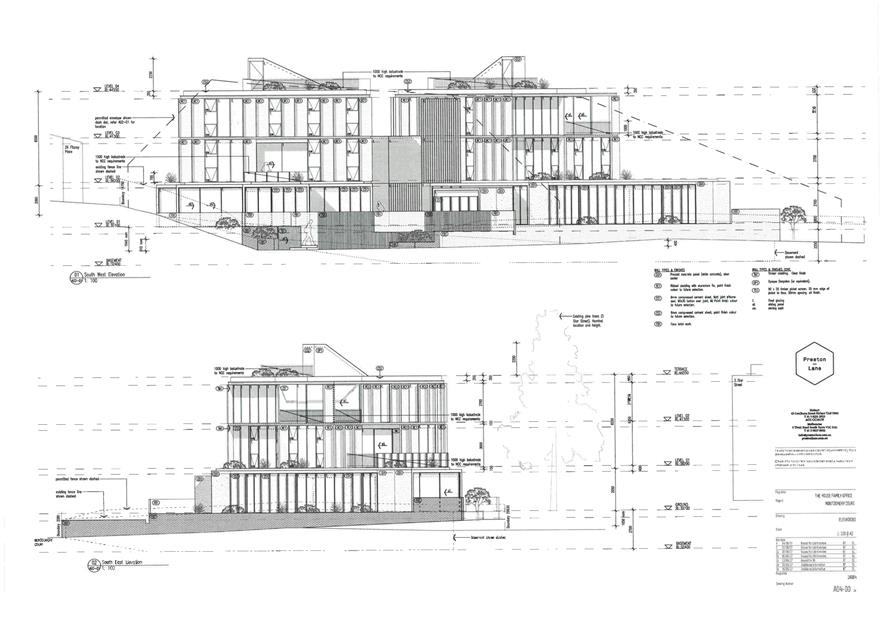

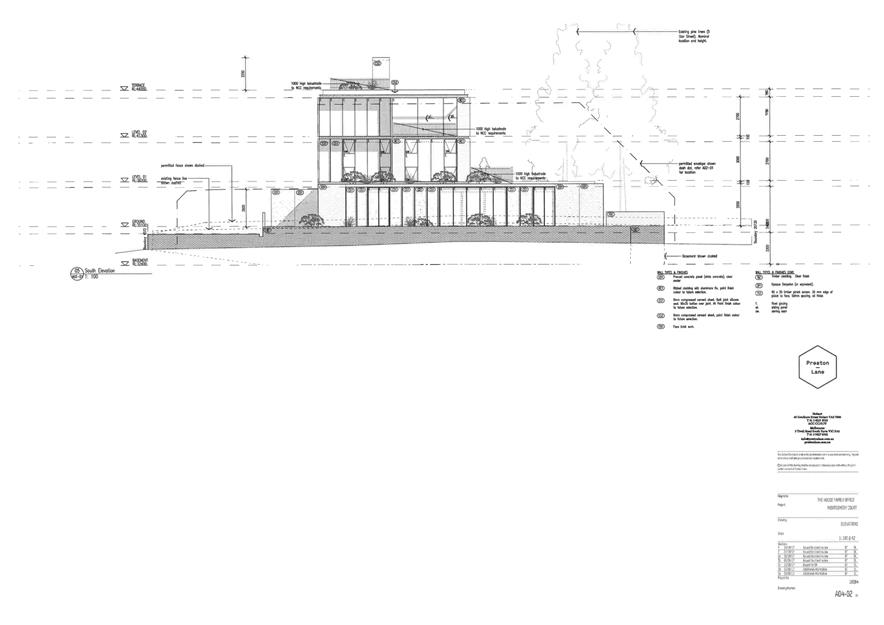

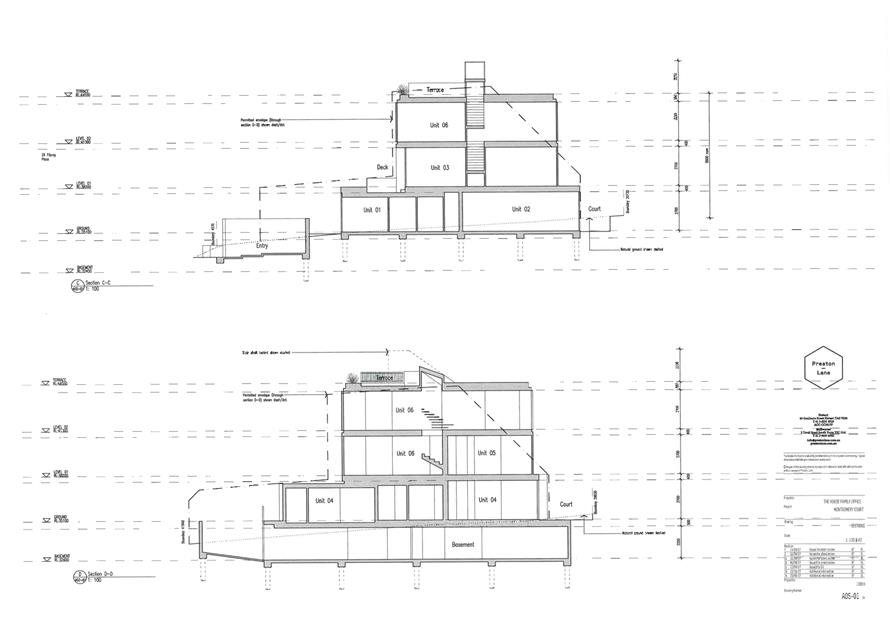



|
Item No. 7.1.1 |
Agenda (Open Portion) City Planning Committee Meeting - 13/11/2017 |
Page 82 ATTACHMENT b |



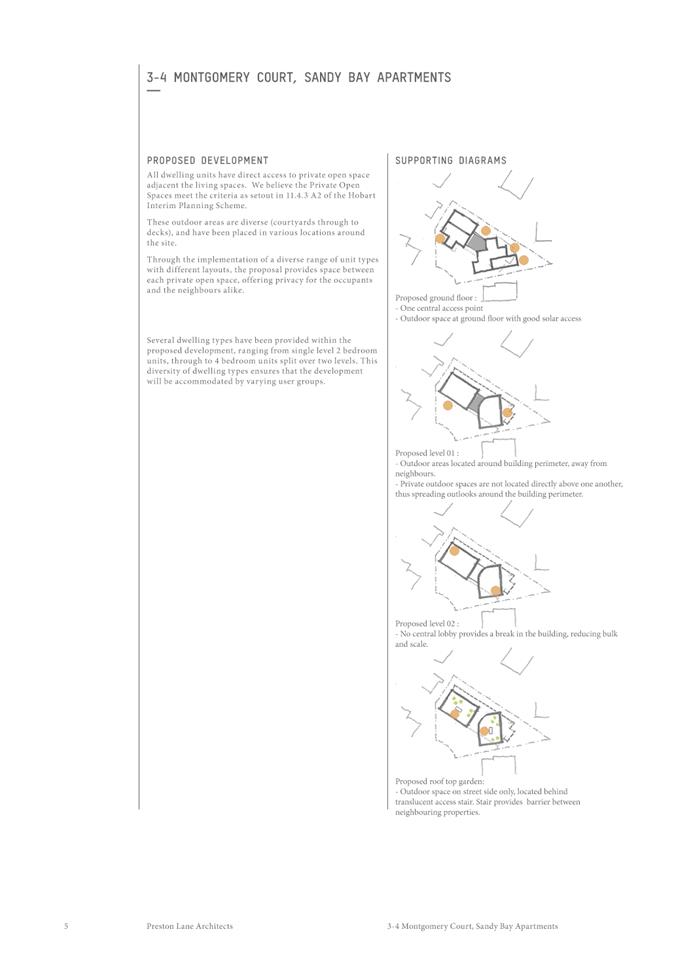
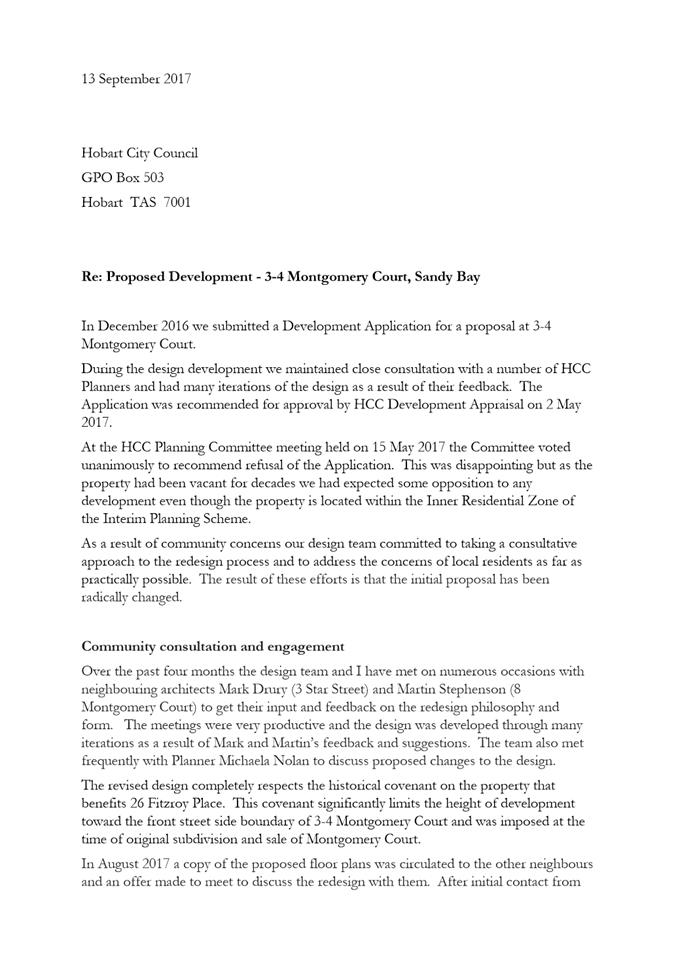

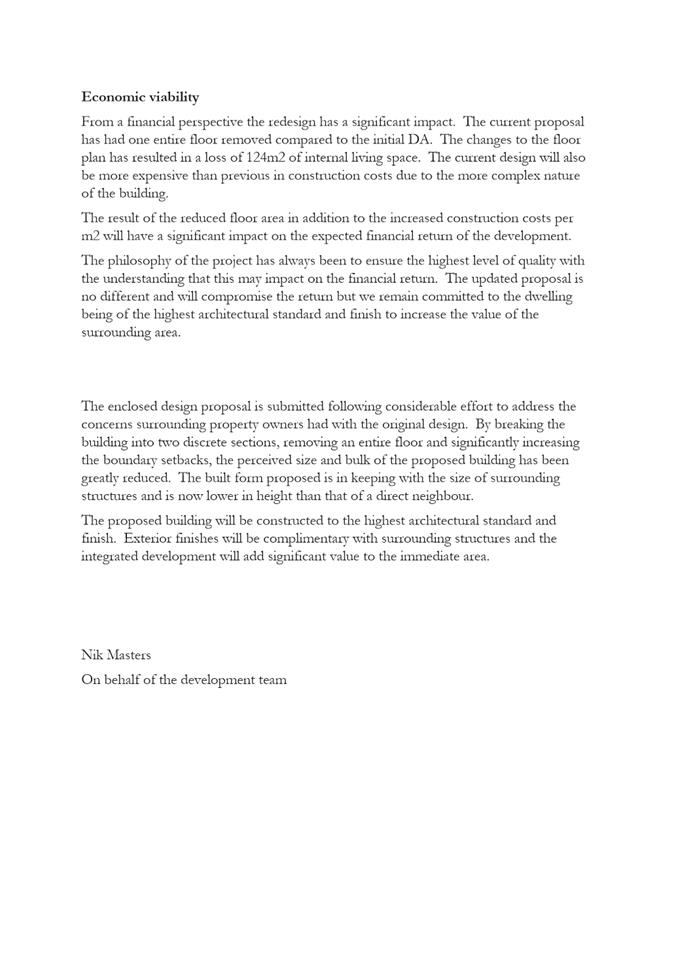
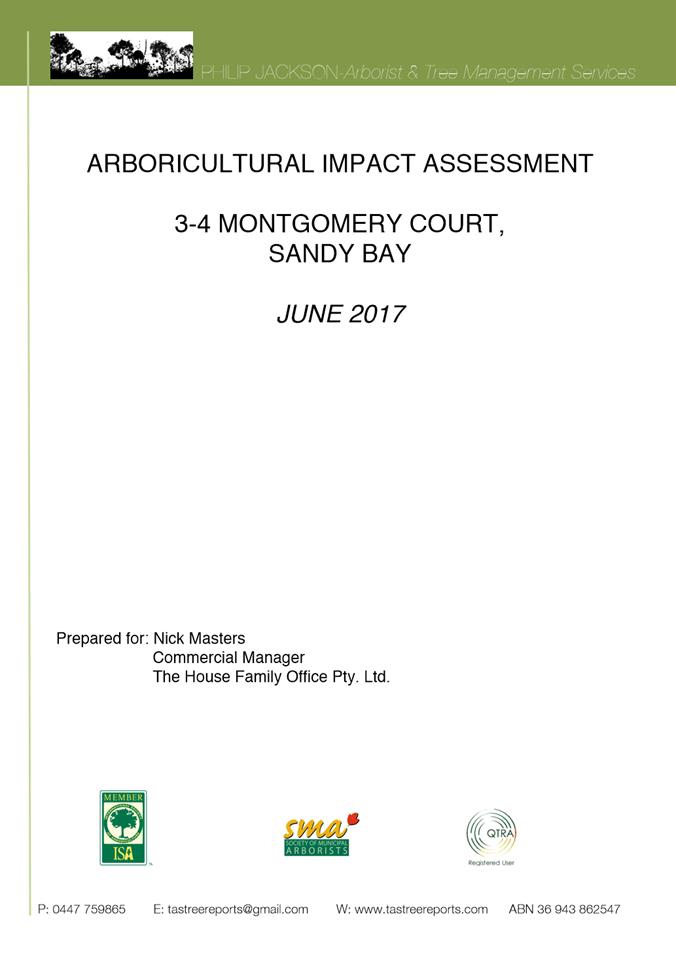
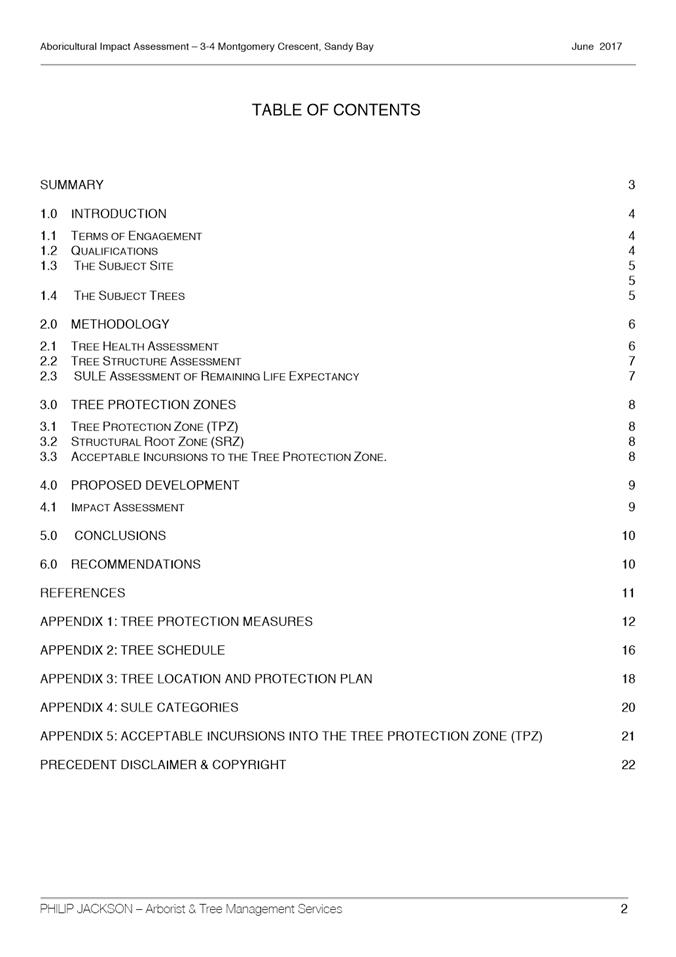
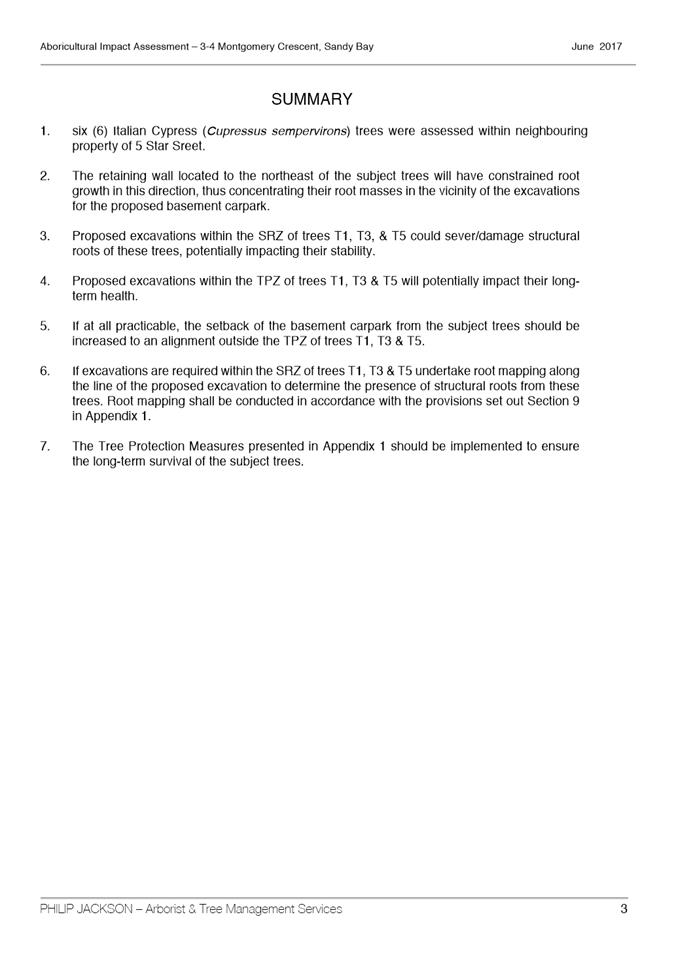
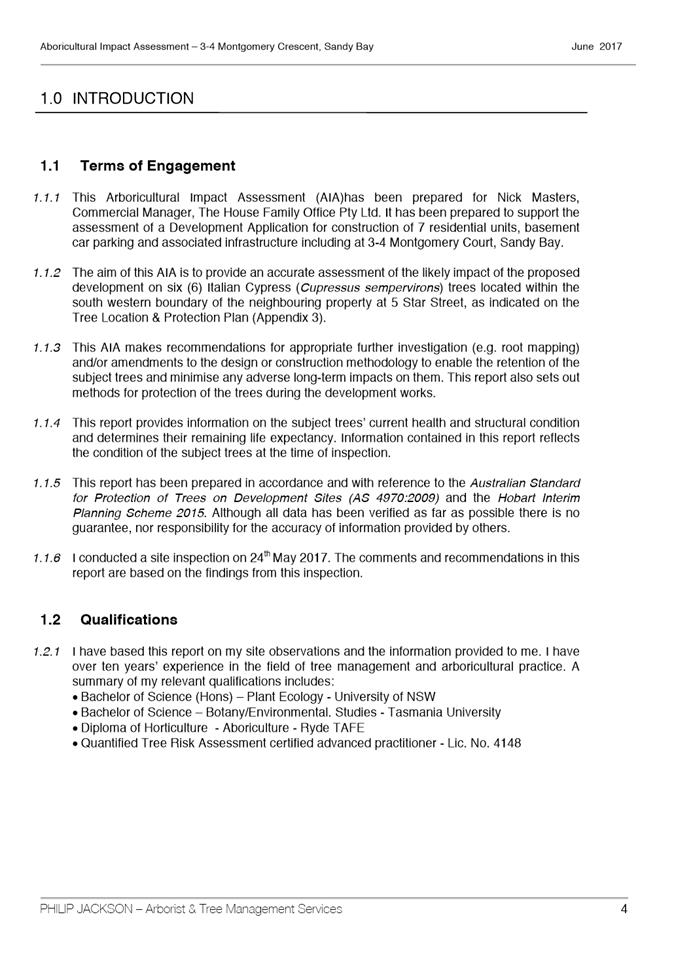
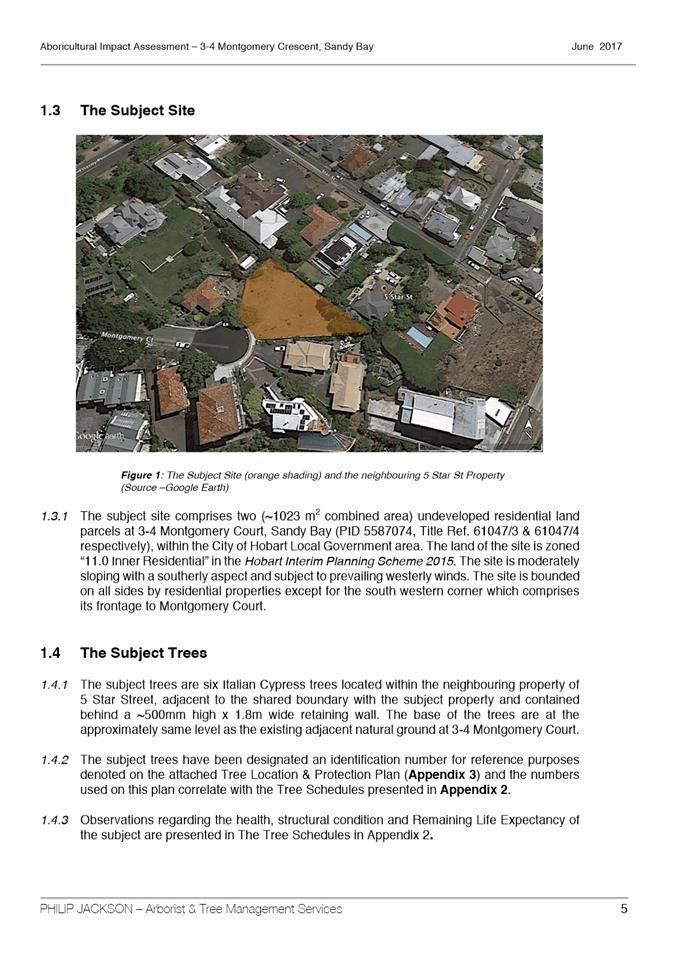
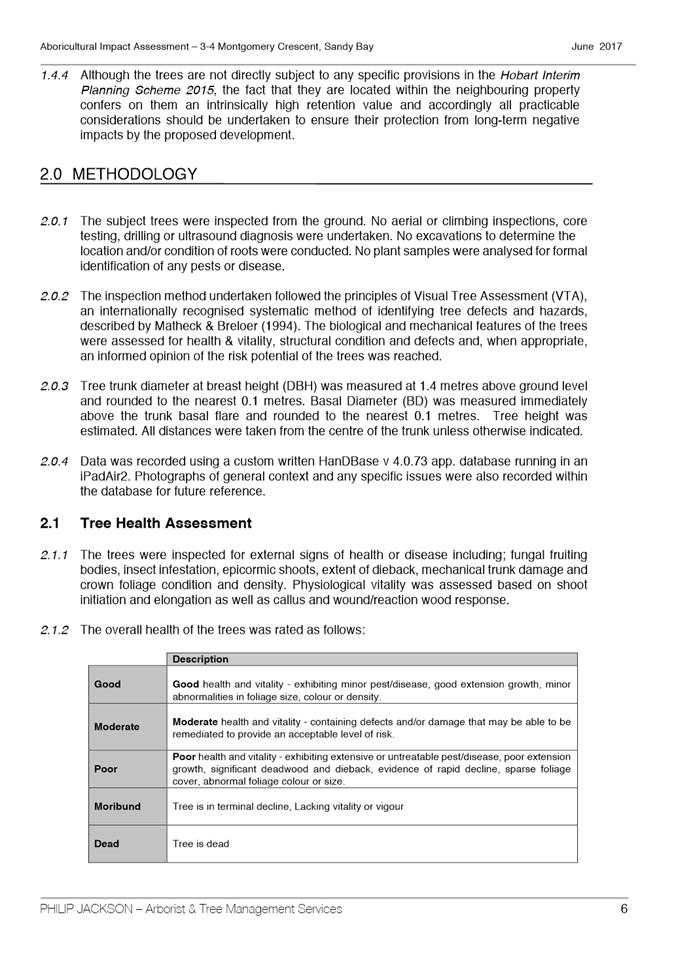

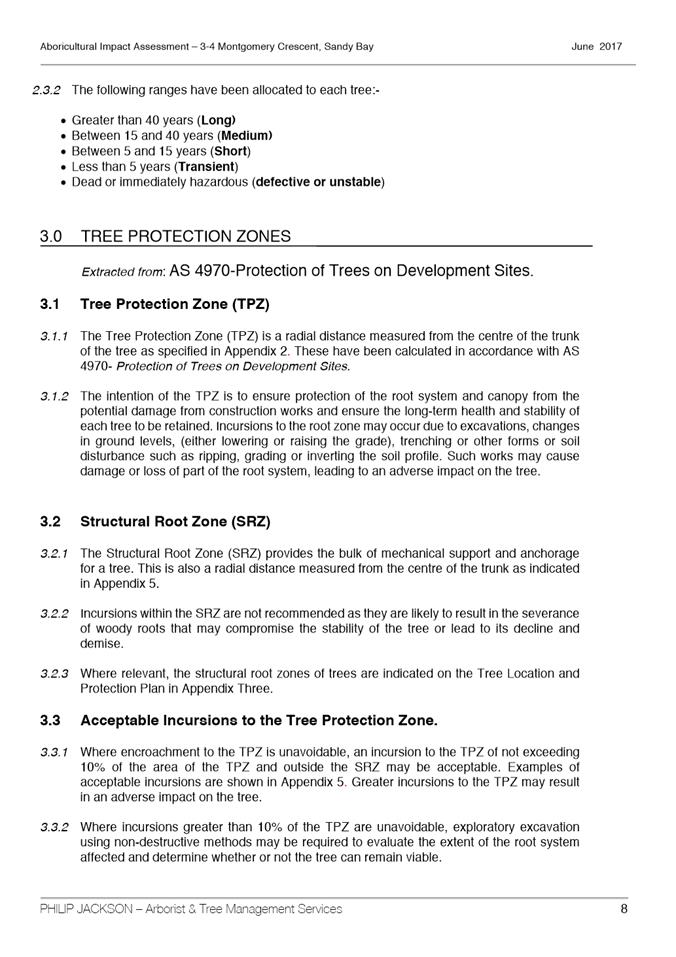
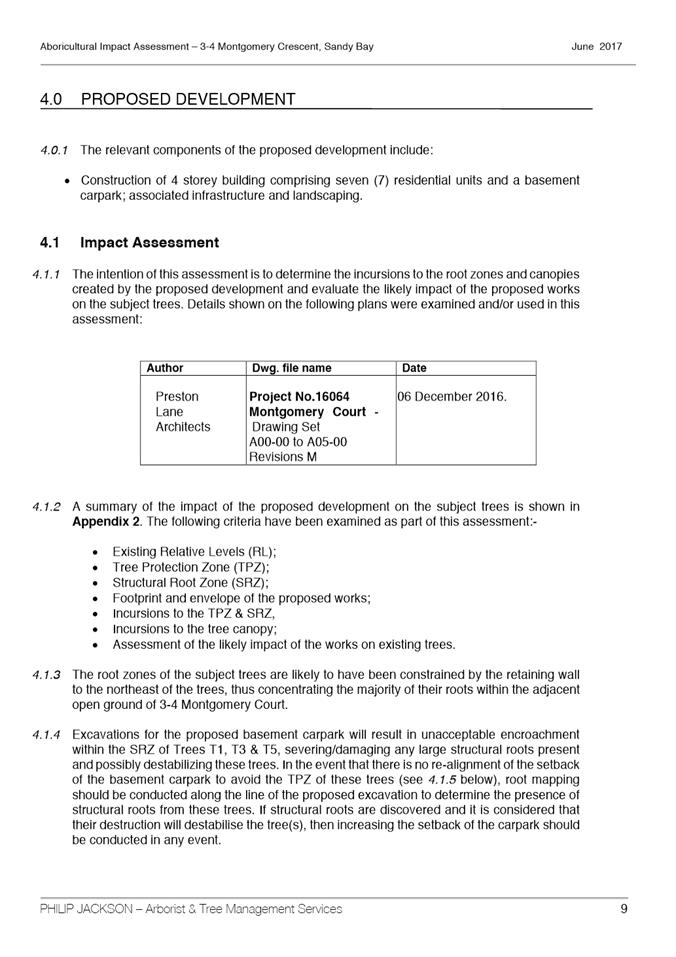
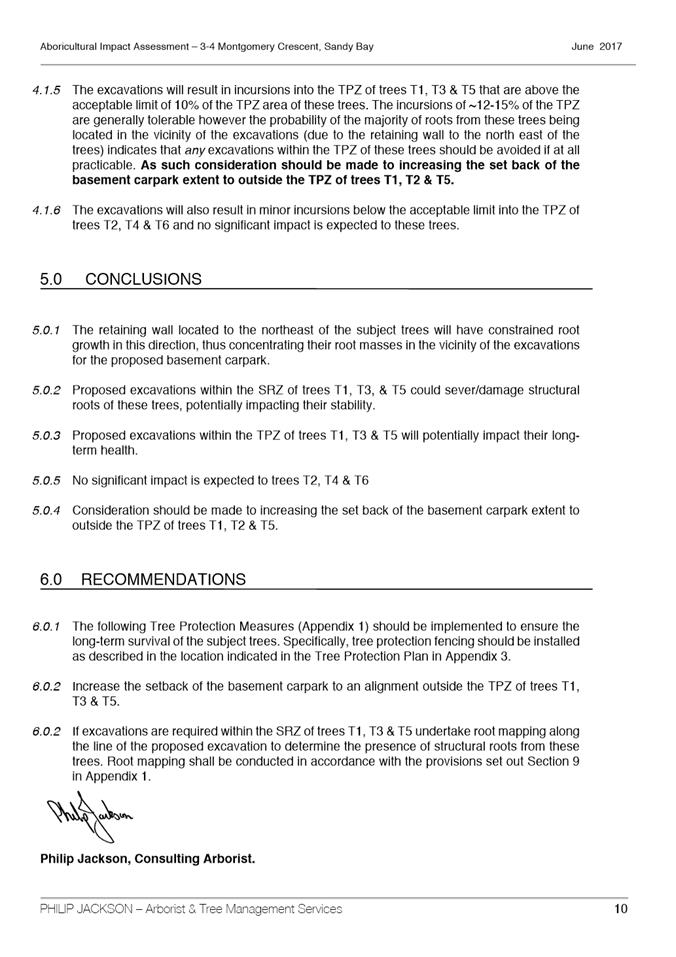
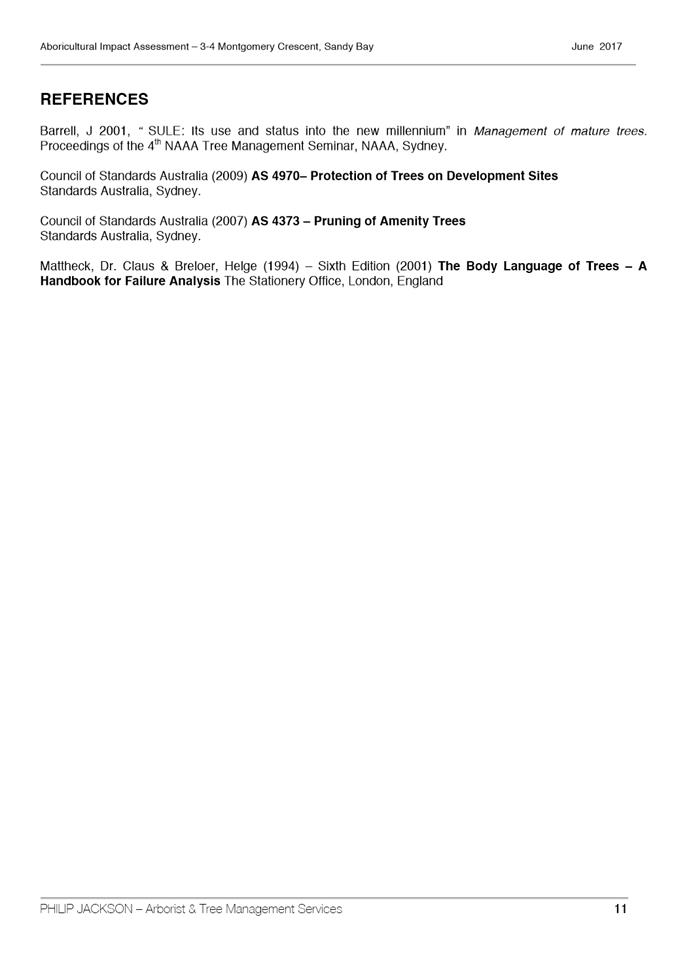
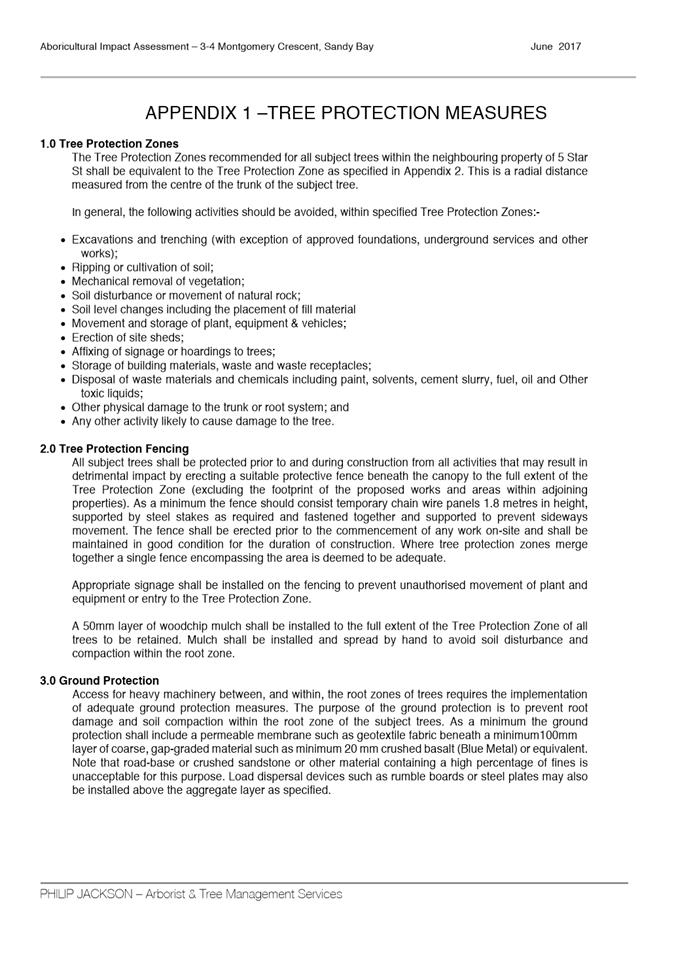
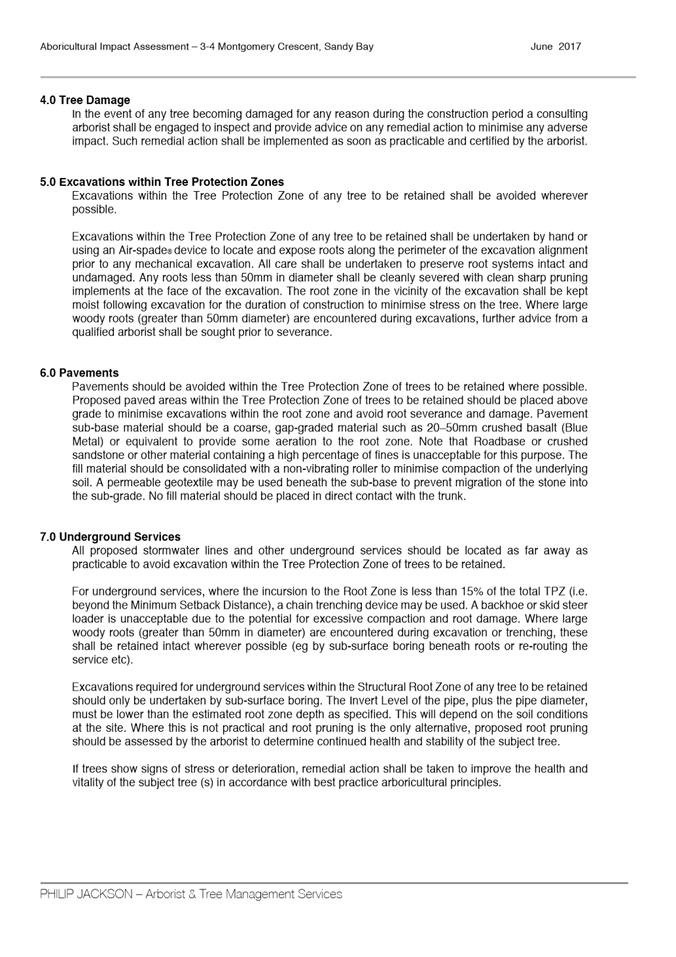
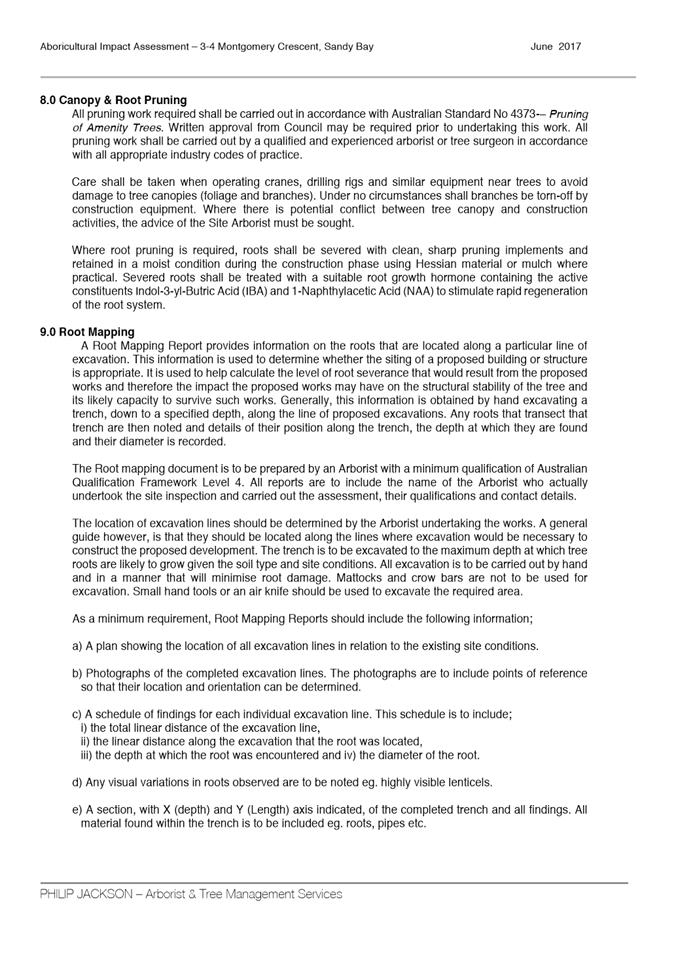
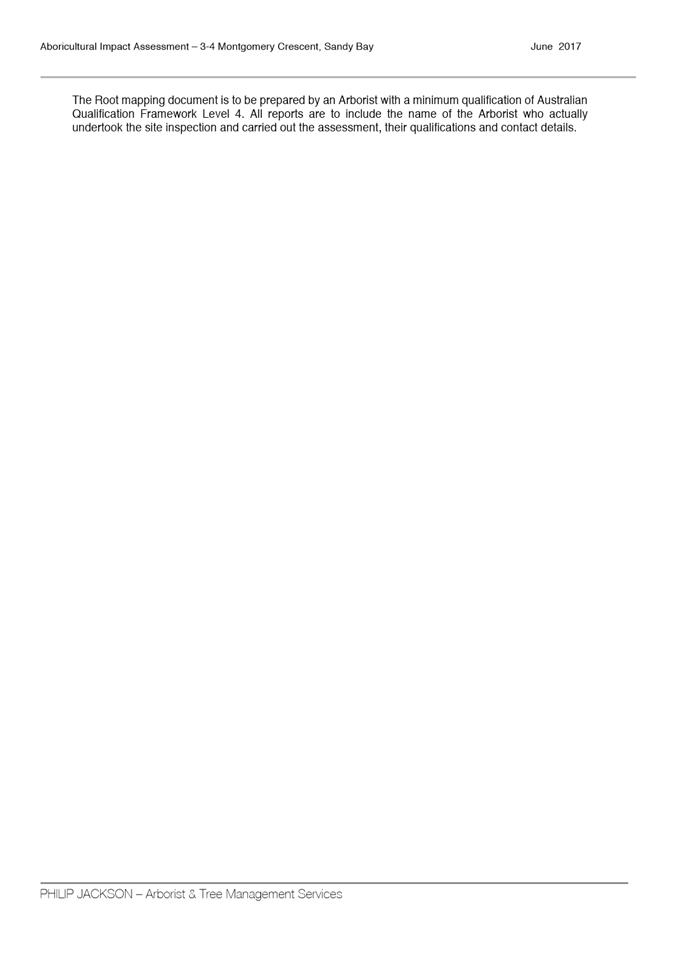

|
Item No. 7.1.1 |
Agenda (Open Portion) City Planning Committee Meeting - 13/11/2017 |
Page 107 ATTACHMENT b |
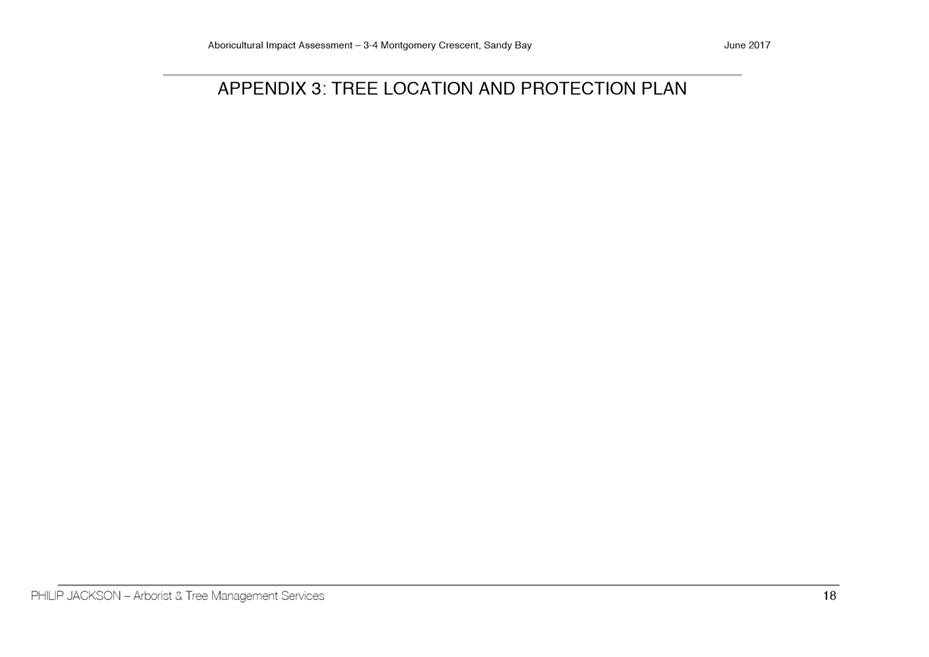
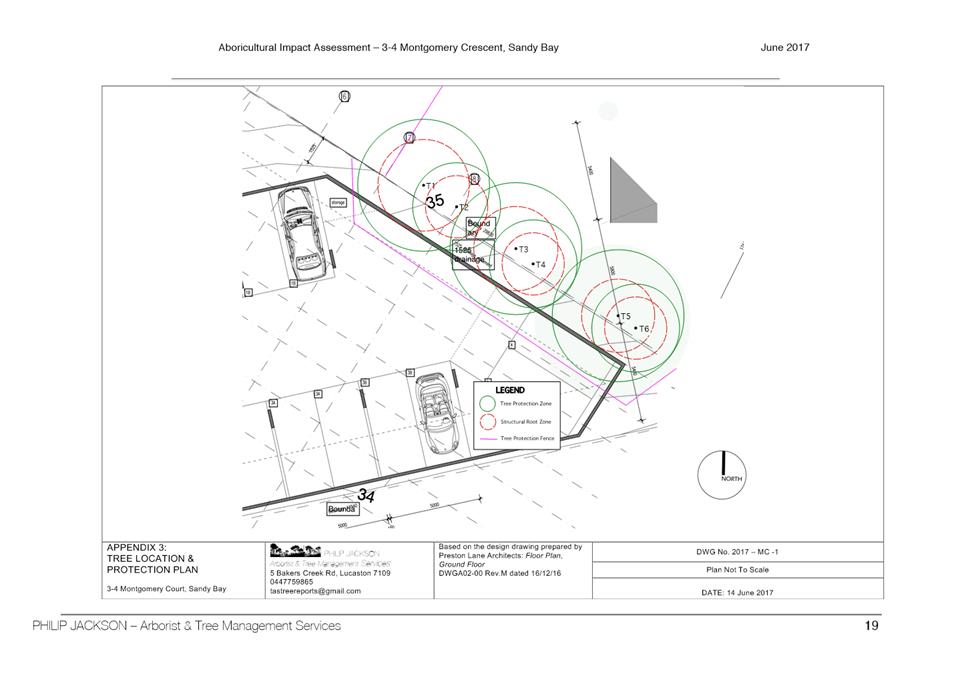
|
Item No. 7.1.1 |
Agenda (Open Portion) City Planning Committee Meeting - 13/11/2017 |
Page 110 ATTACHMENT b |
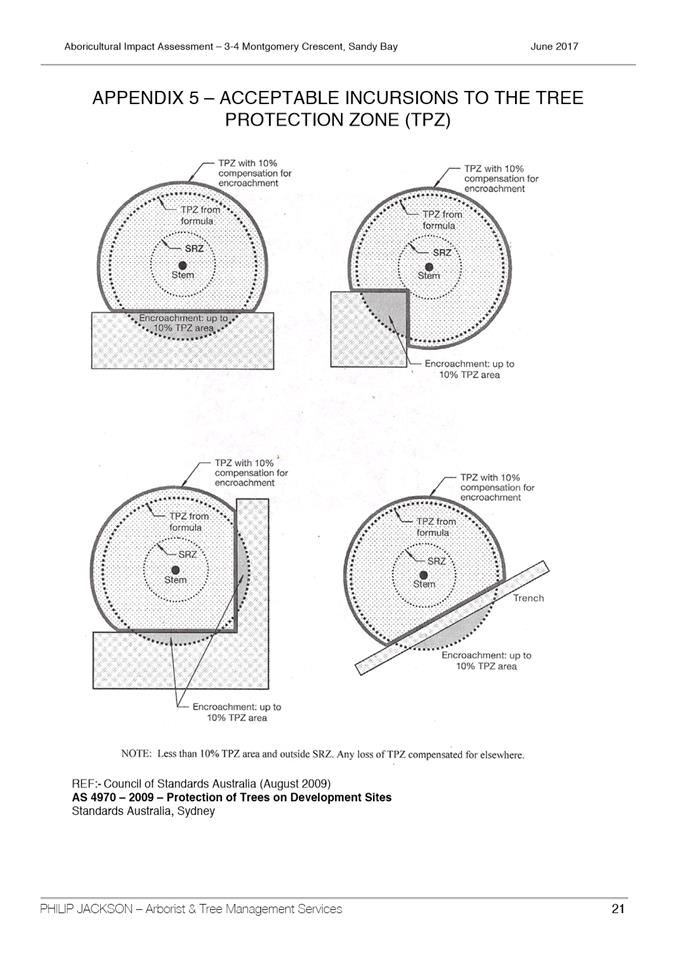
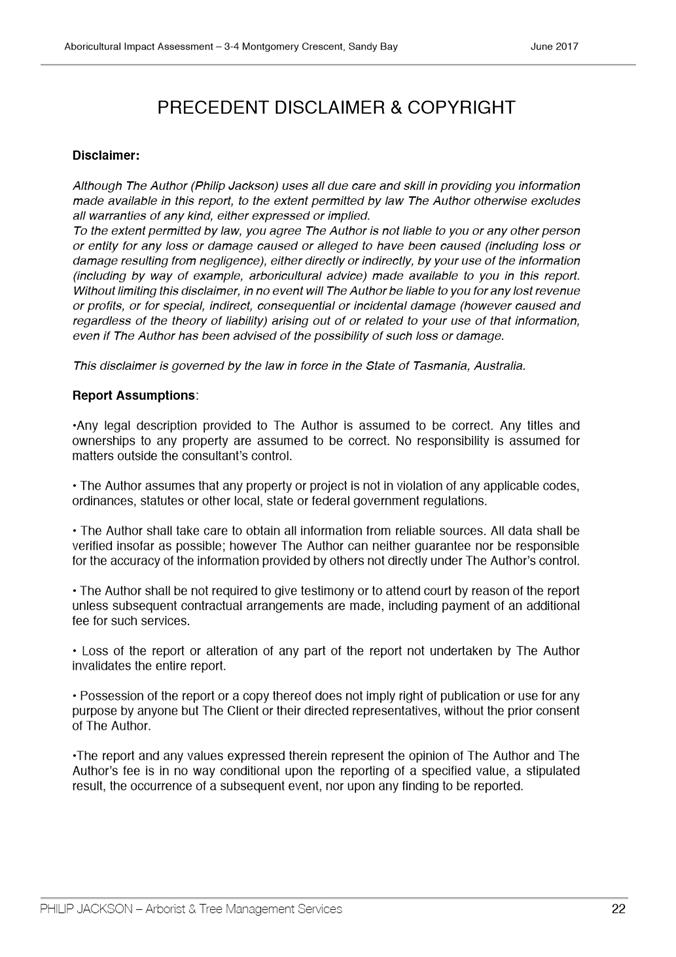
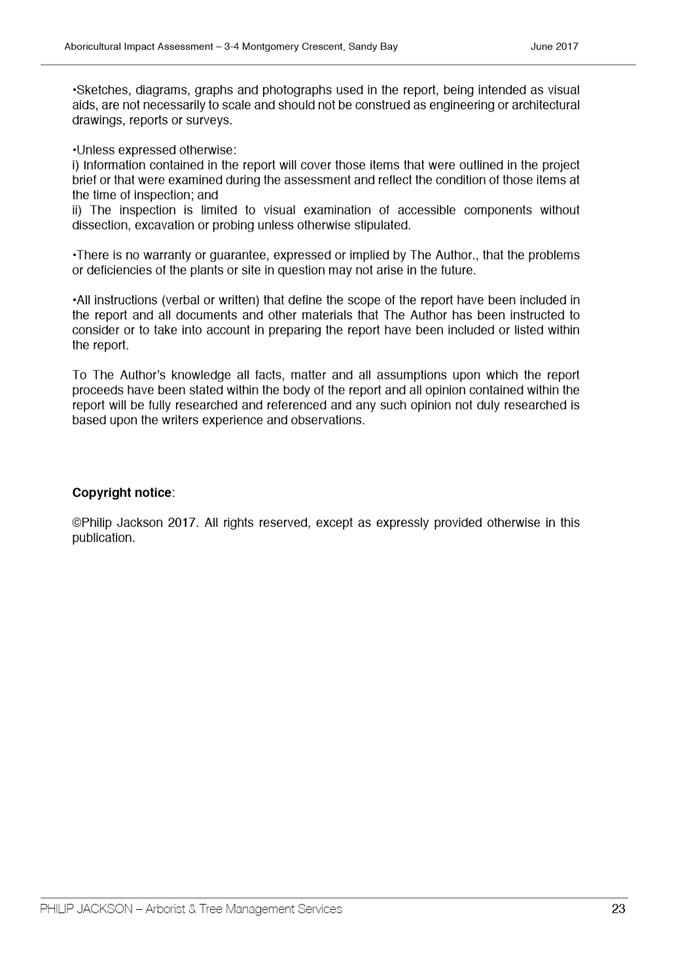
|
Item No. 7.1.1 |
Agenda (Open Portion) City Planning Committee Meeting - 13/11/2017 |
Page 115 ATTACHMENT b |
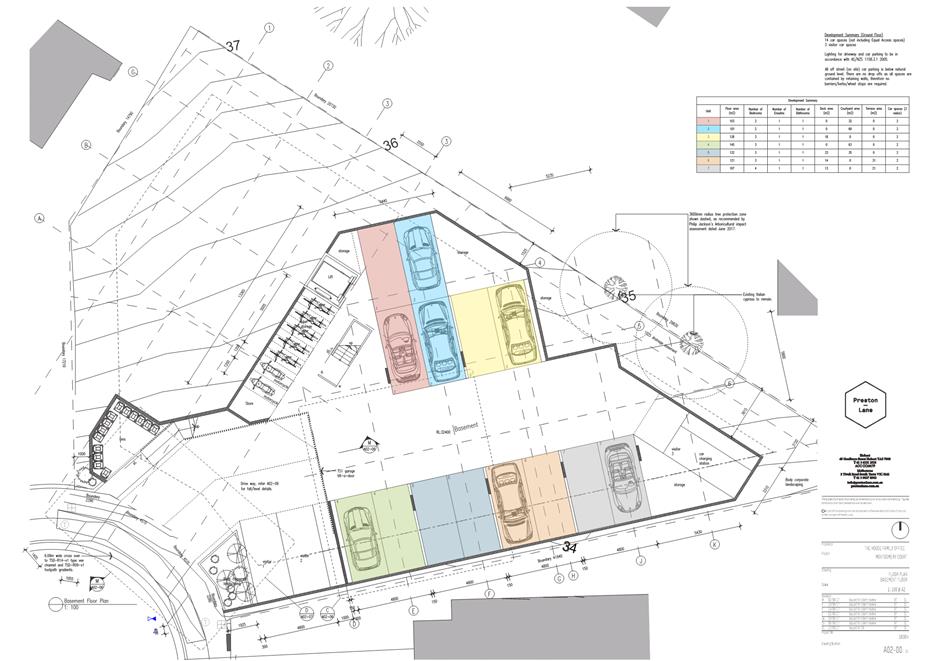
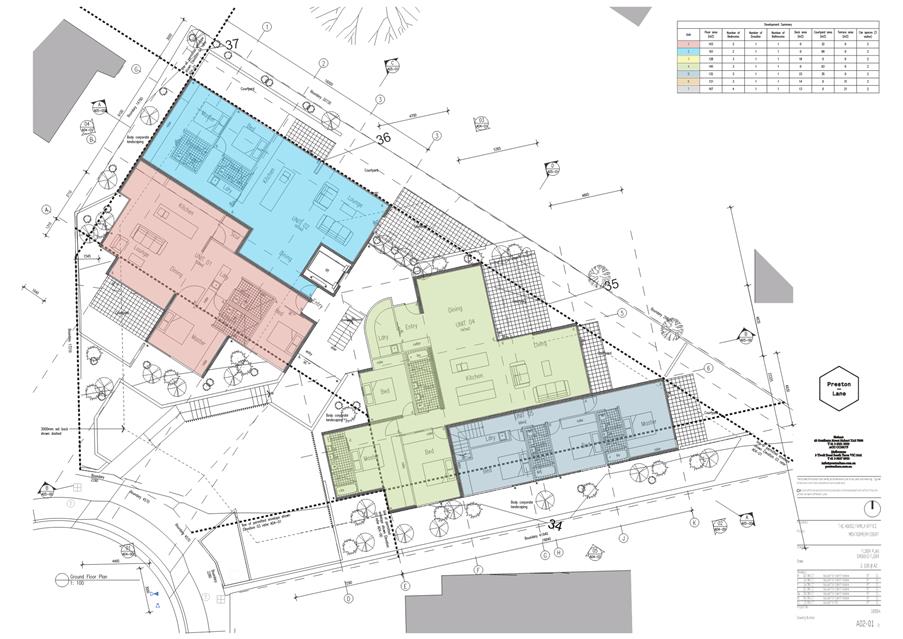
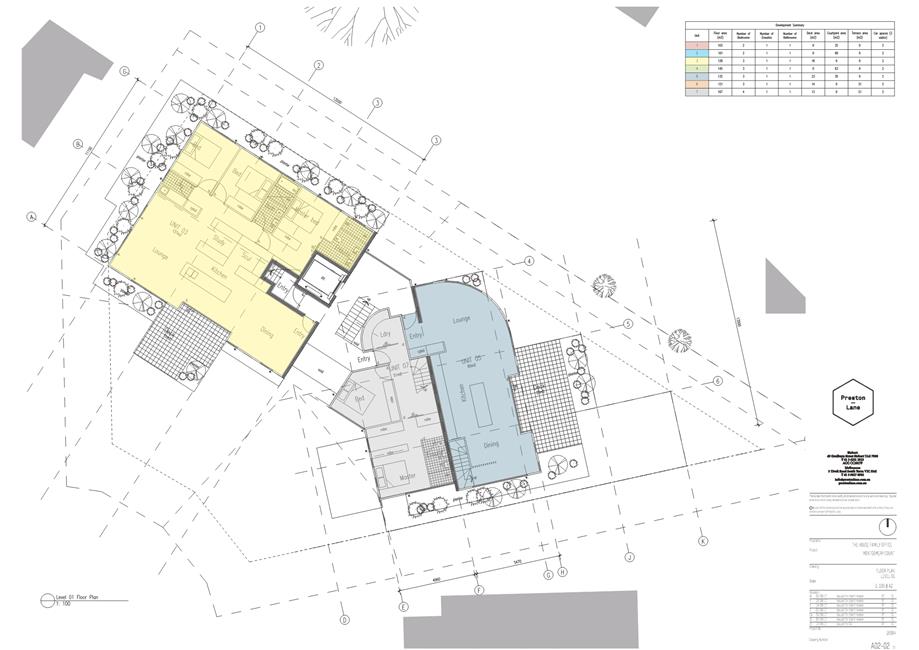
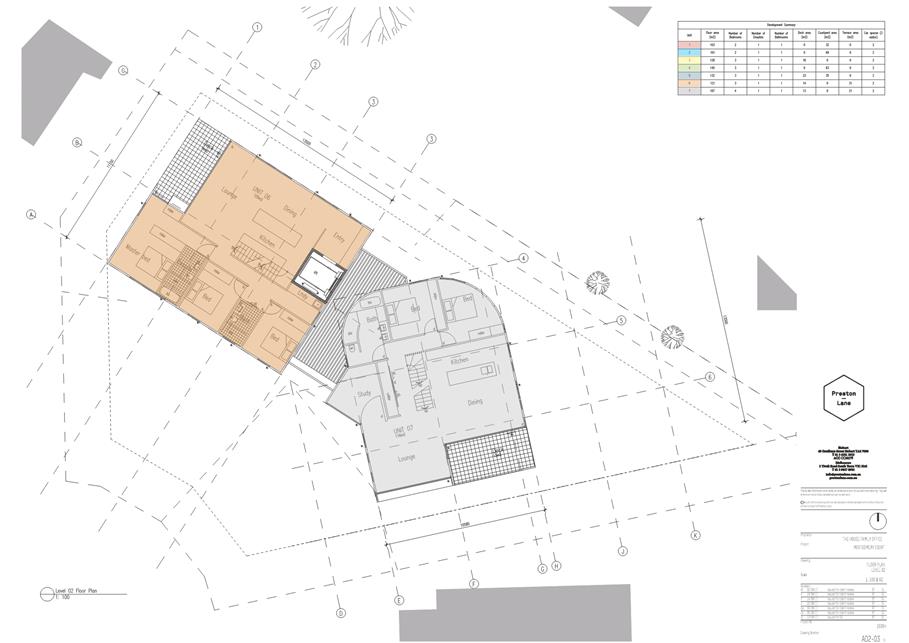
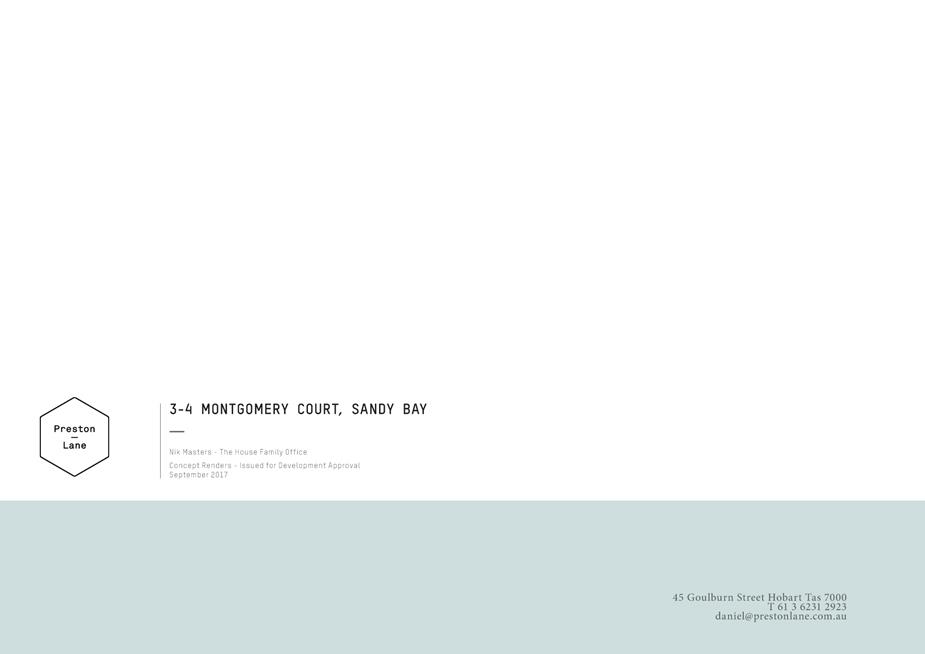
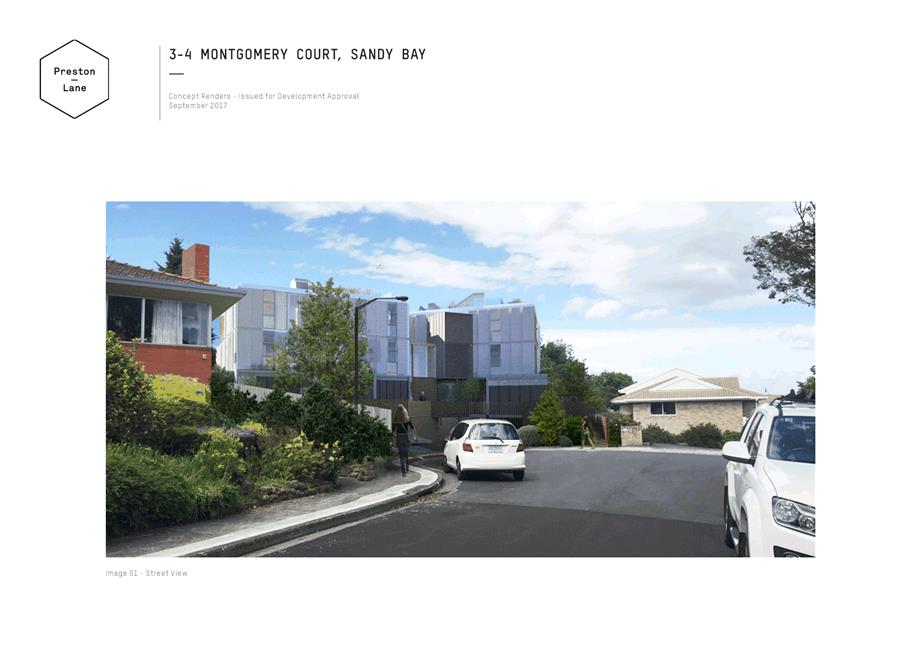
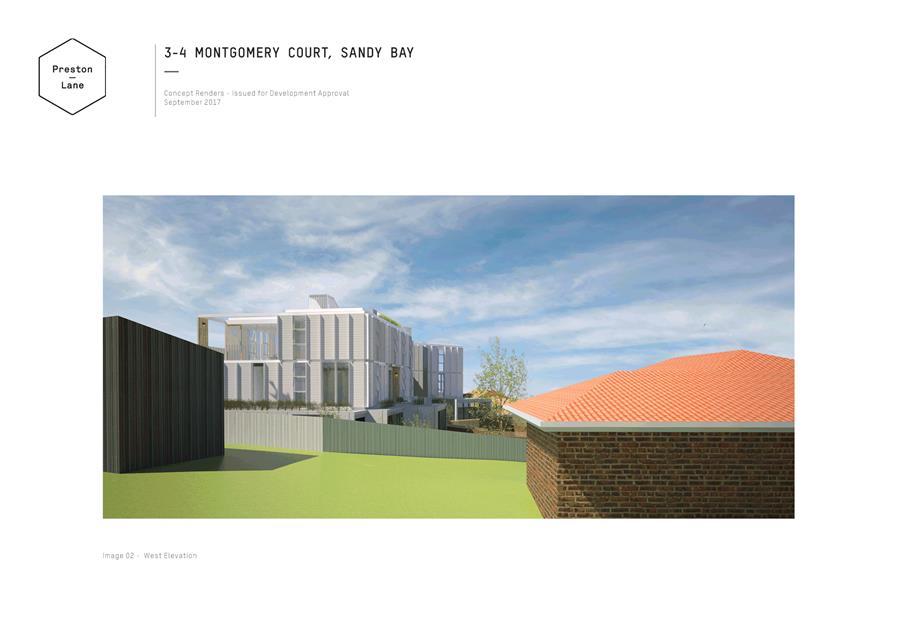
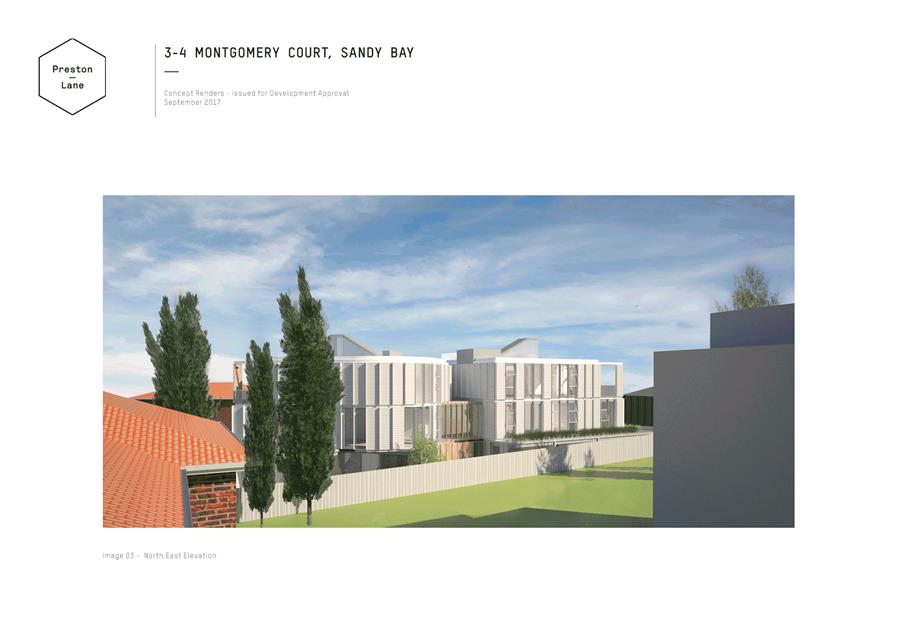
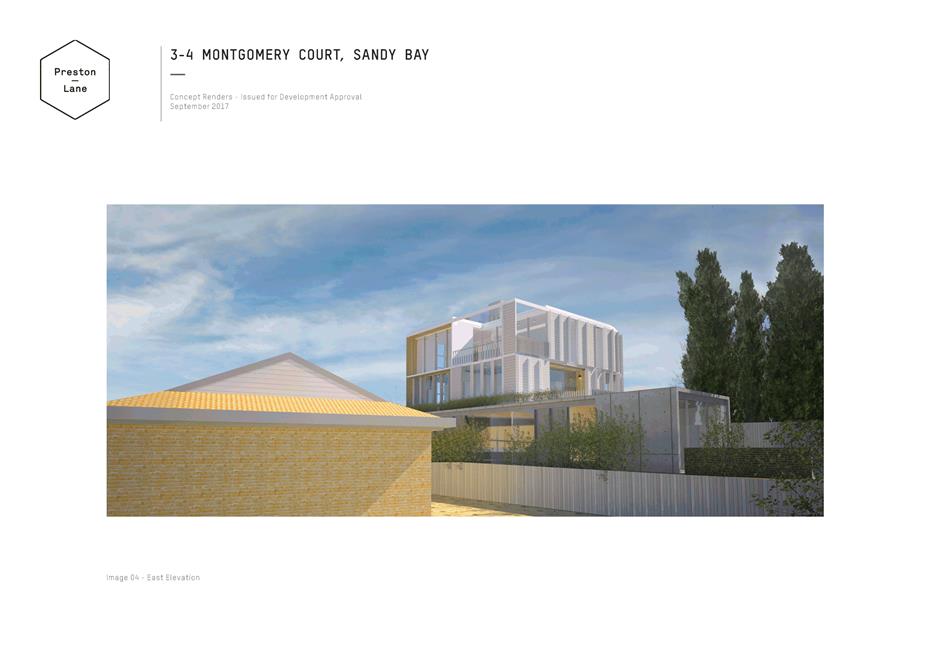
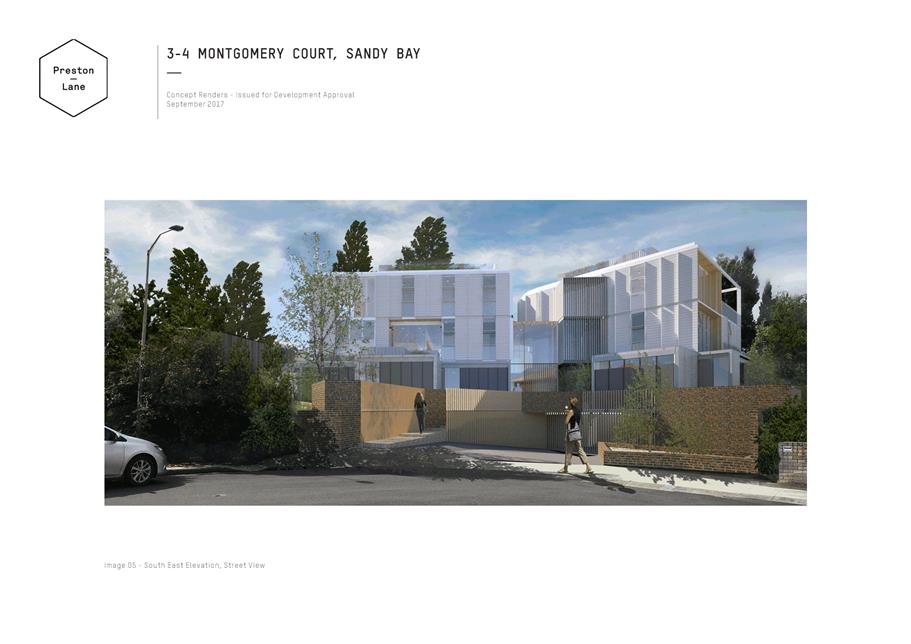
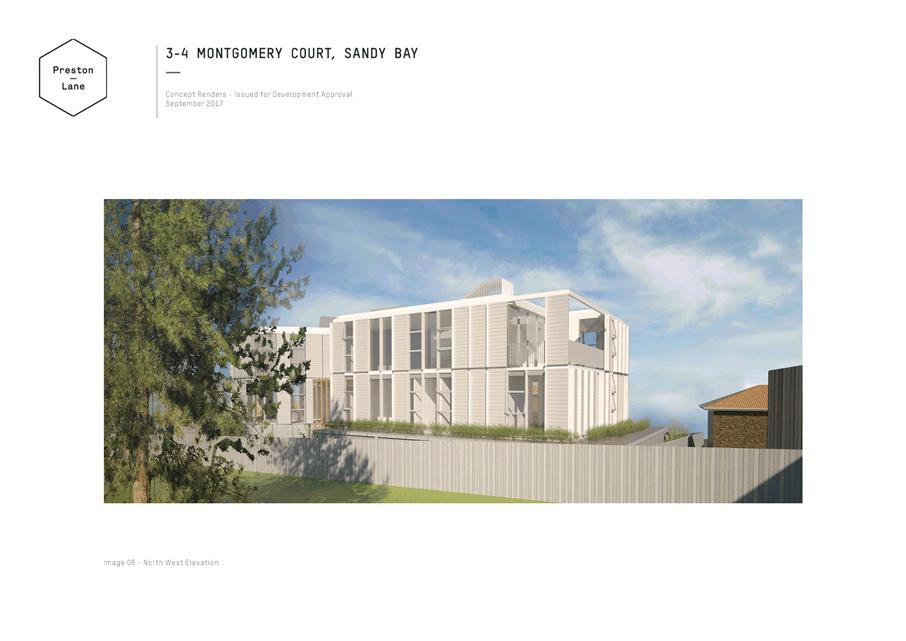
|
Item No. 7.1.1 |
Agenda (Open Portion) City Planning Committee Meeting - 13/11/2017 |
Page 127 ATTACHMENT b |
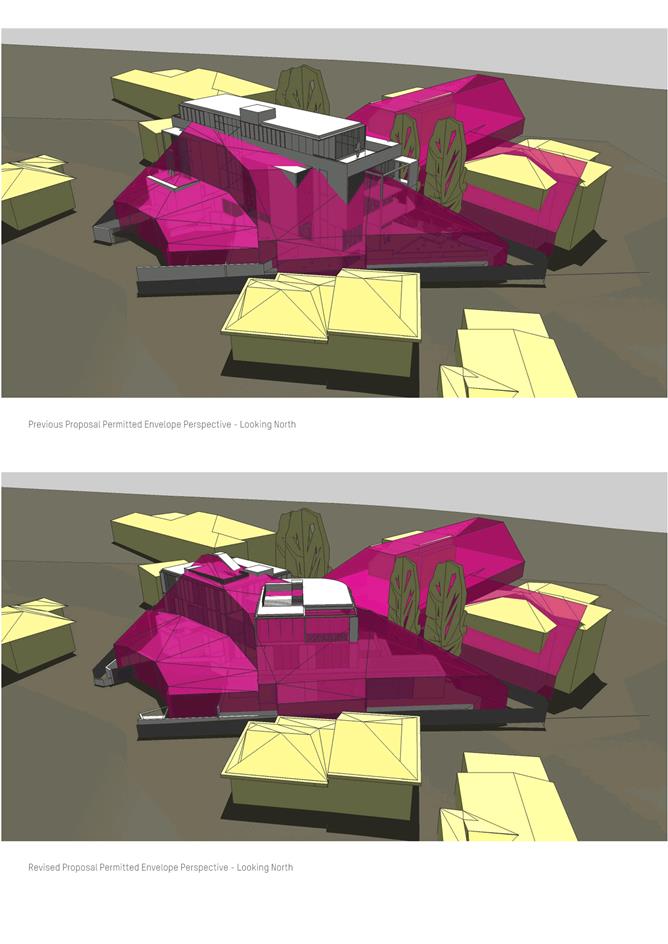
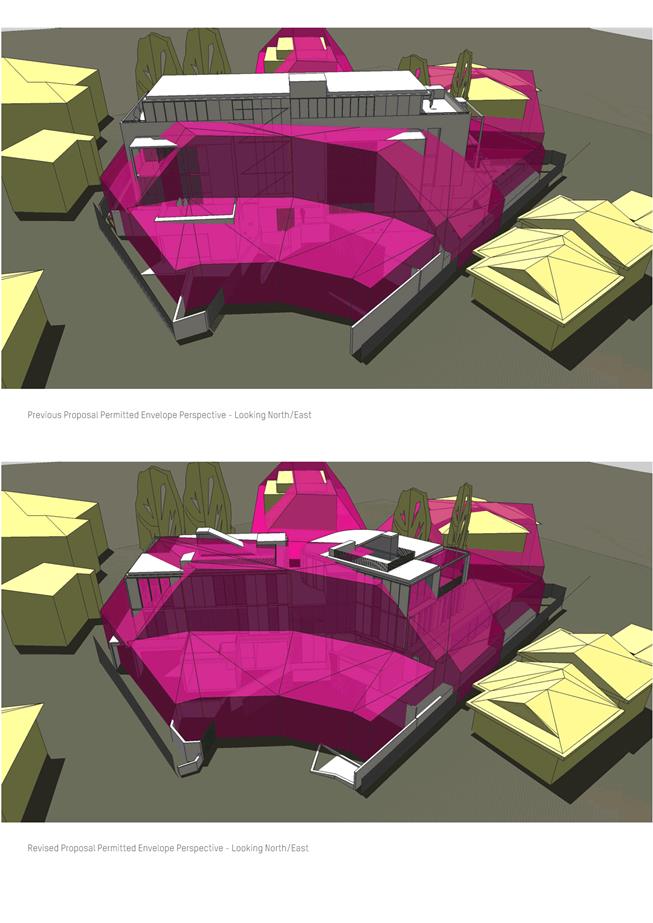
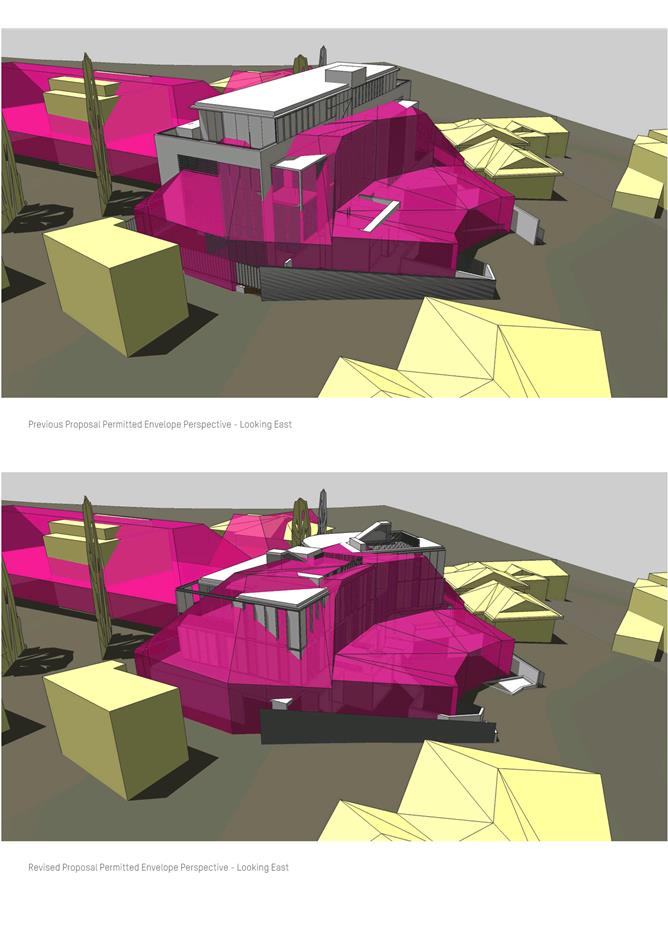
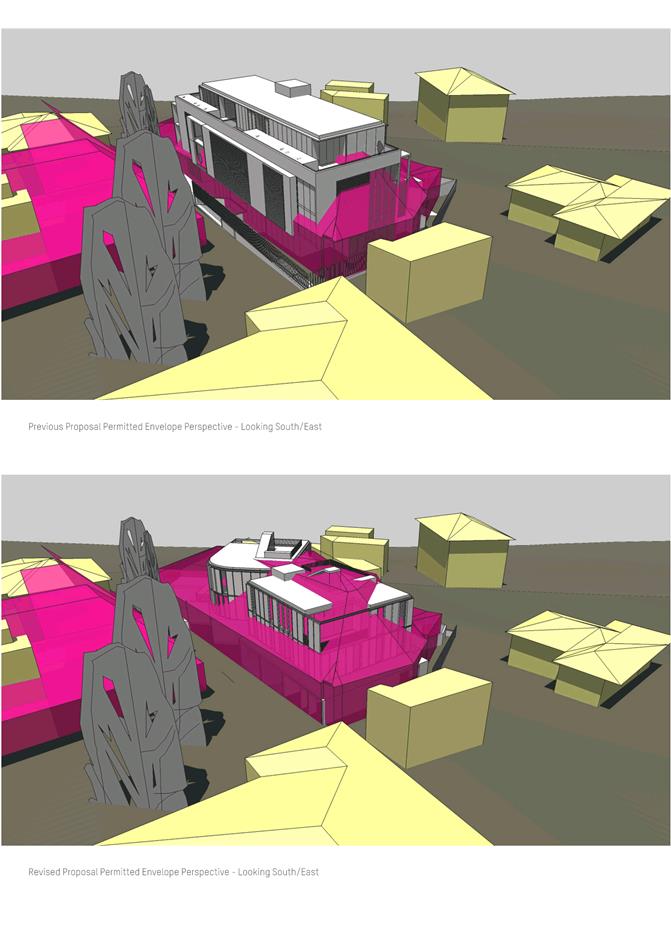
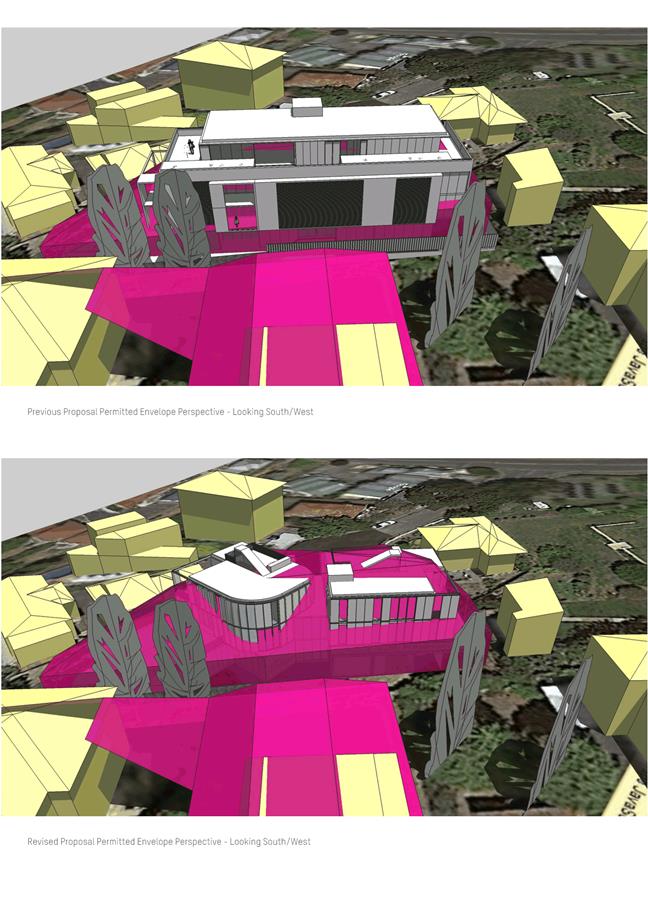
|
Item No. 7.1.1 |
Agenda (Open Portion) City Planning Committee Meeting - 13/11/2017 |
Page 133 ATTACHMENT b |
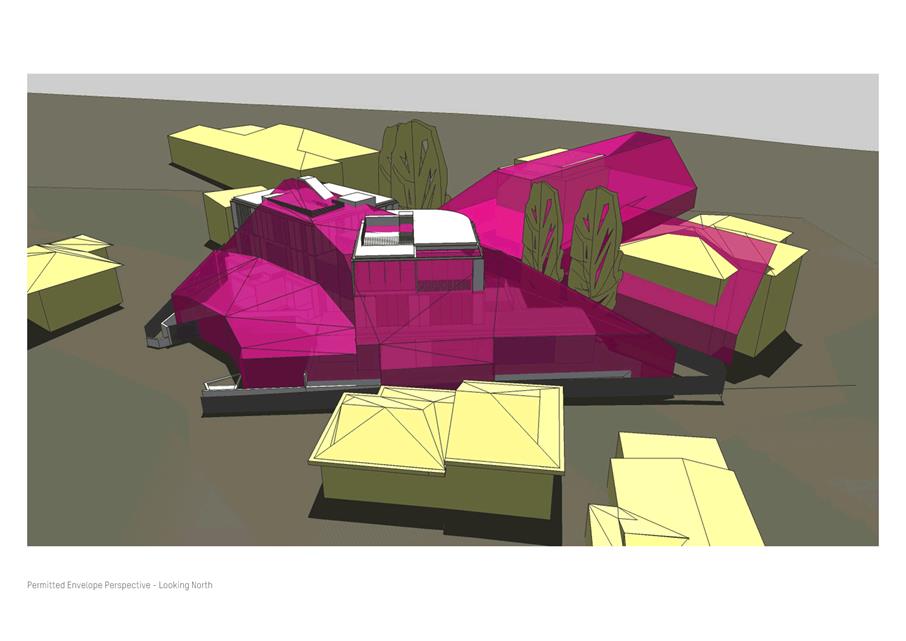
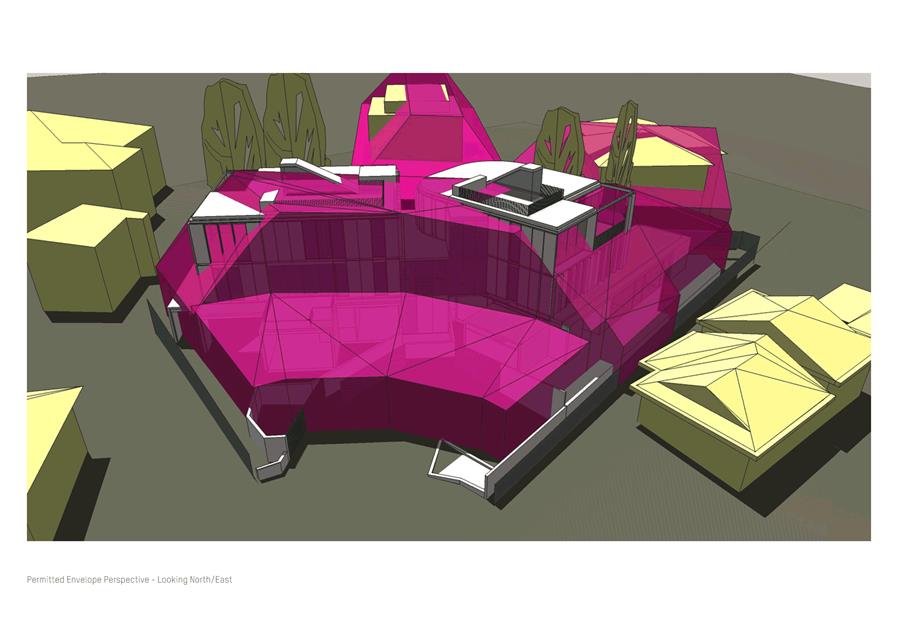
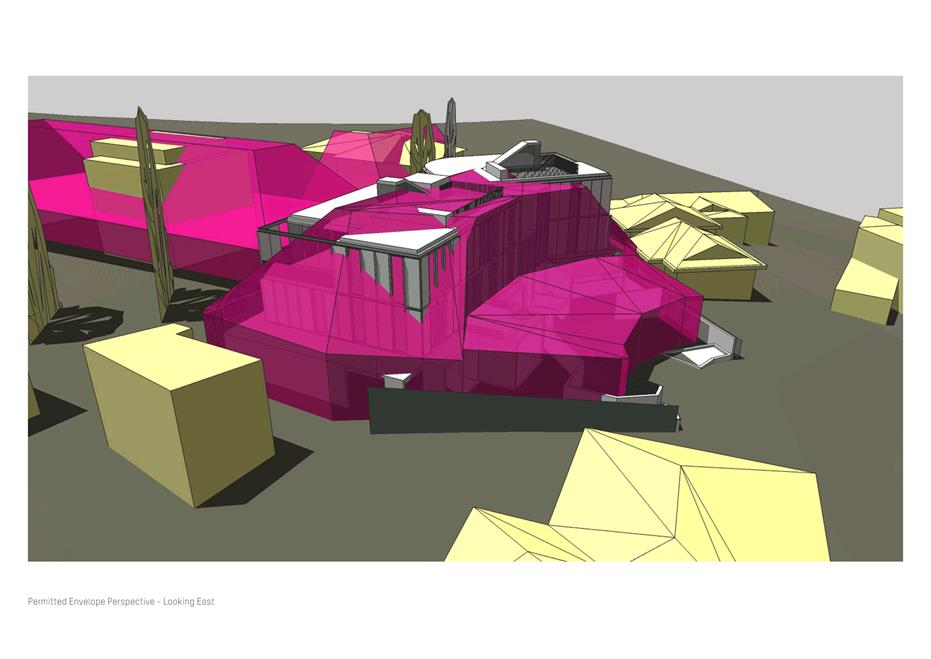
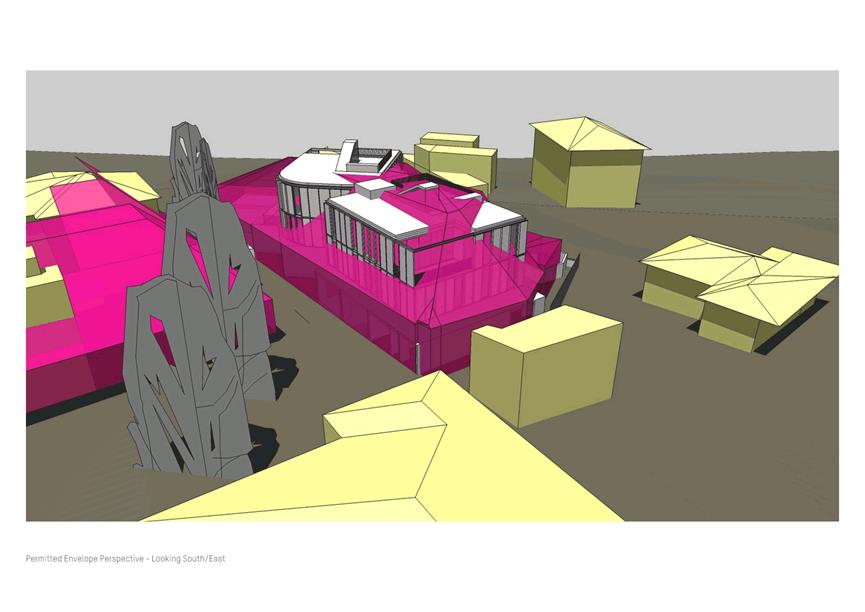
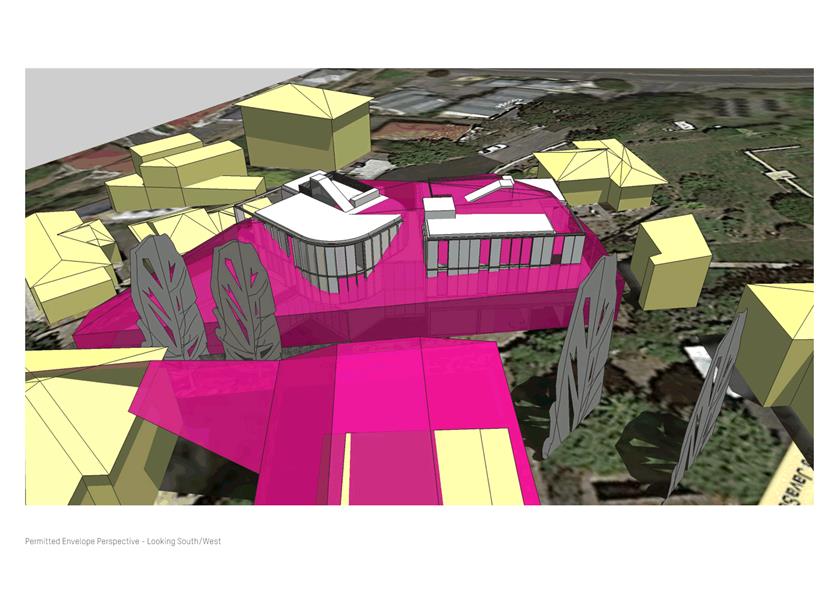
|
Item No. 7.1.1 |
Agenda (Open Portion) City Planning Committee Meeting - 13/11/2017 |
Page 139 ATTACHMENT b |
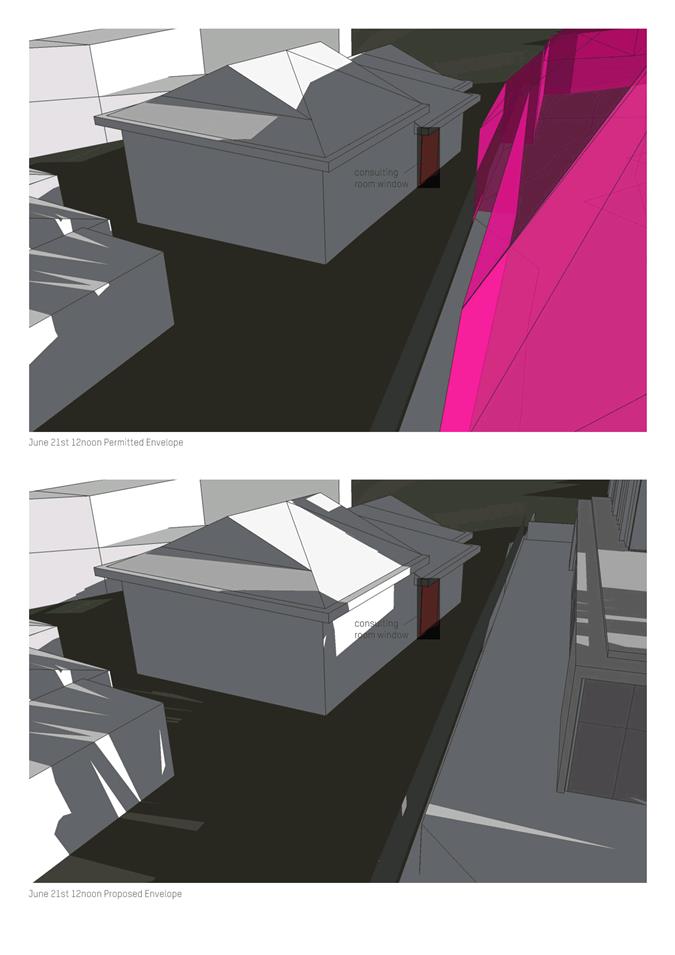
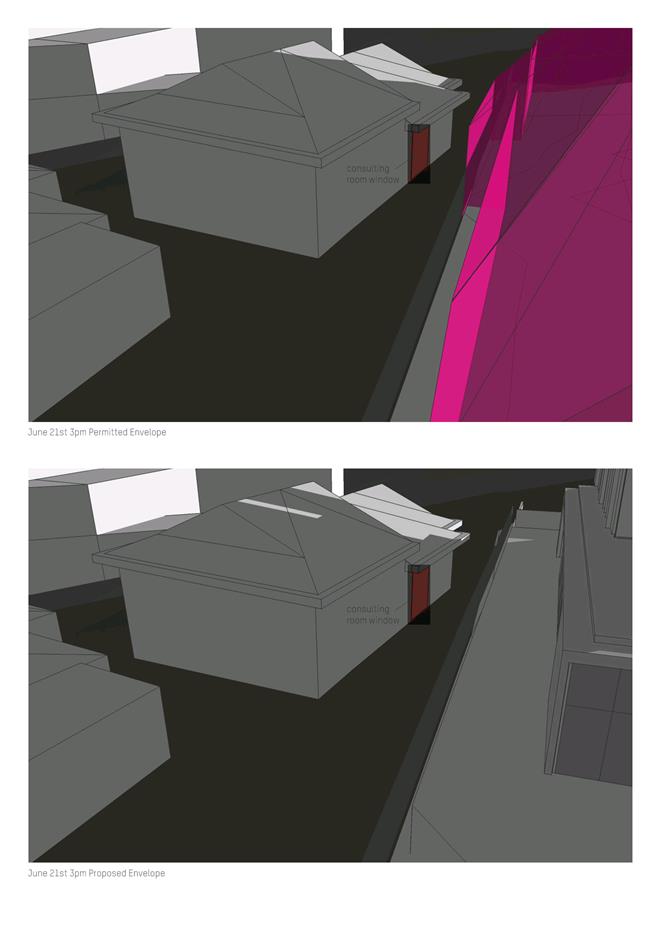
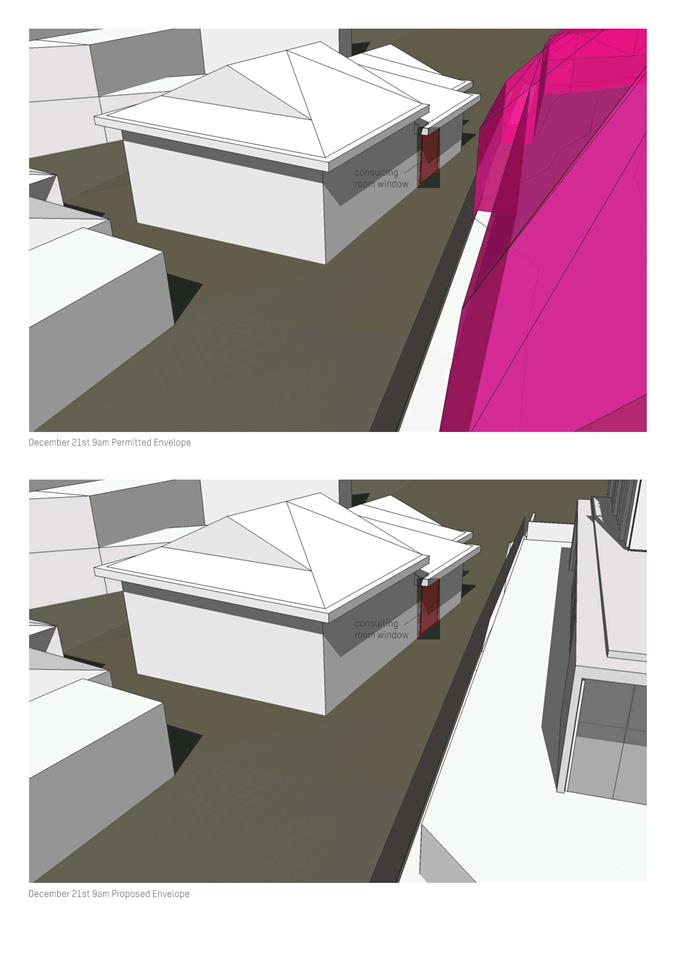
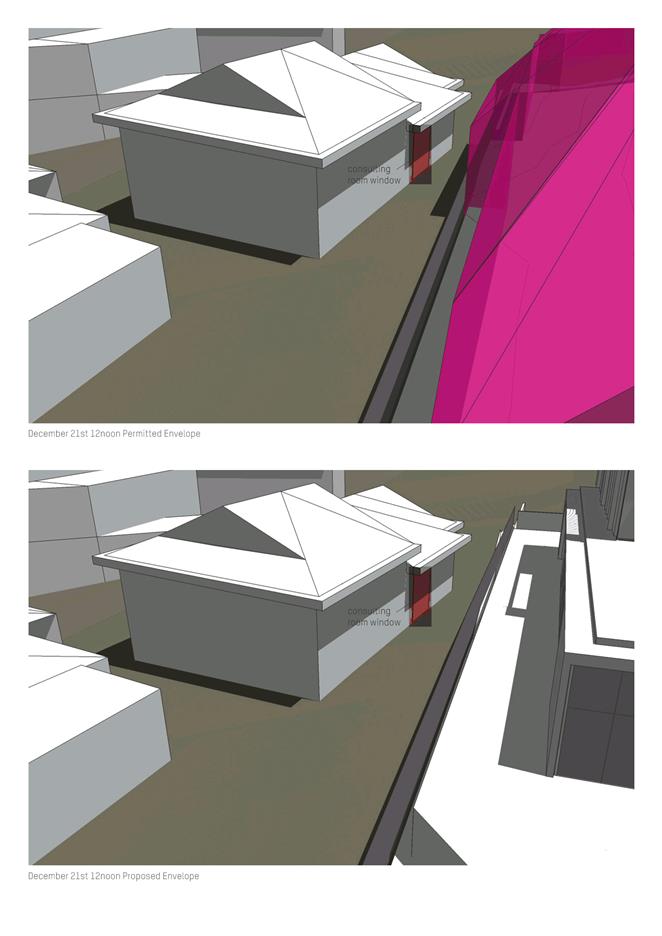
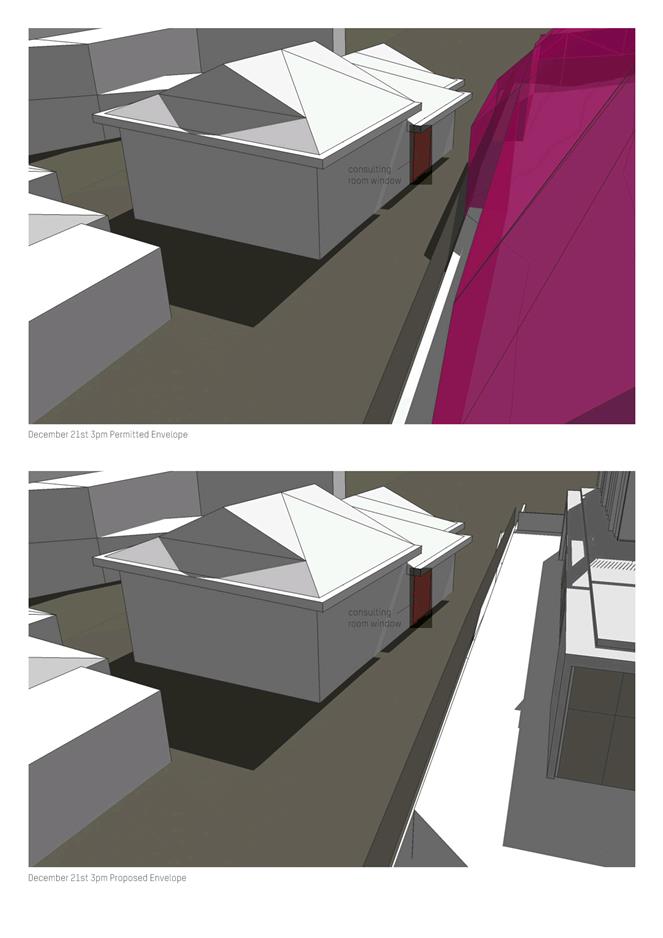
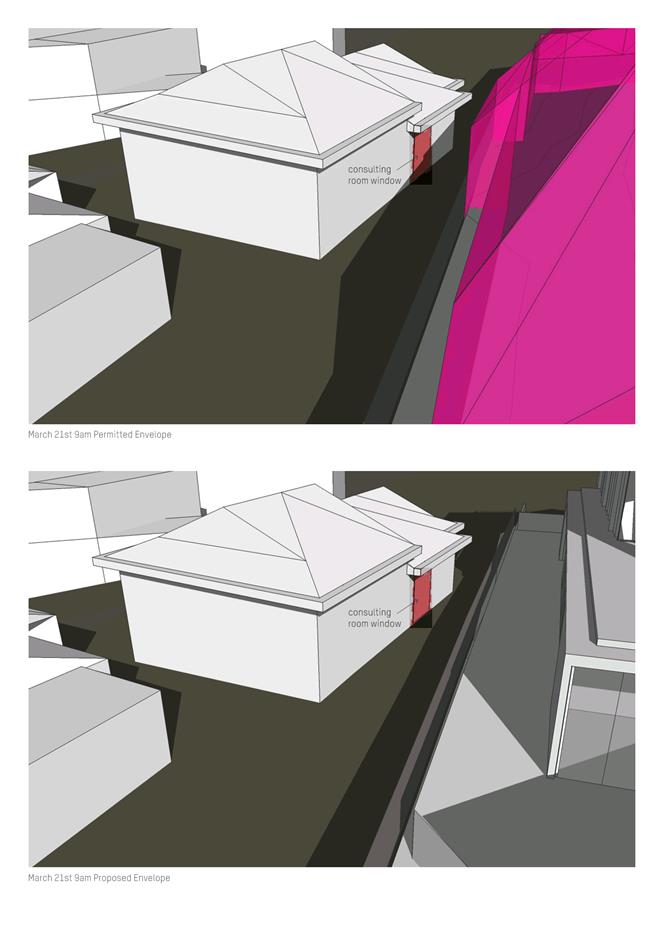
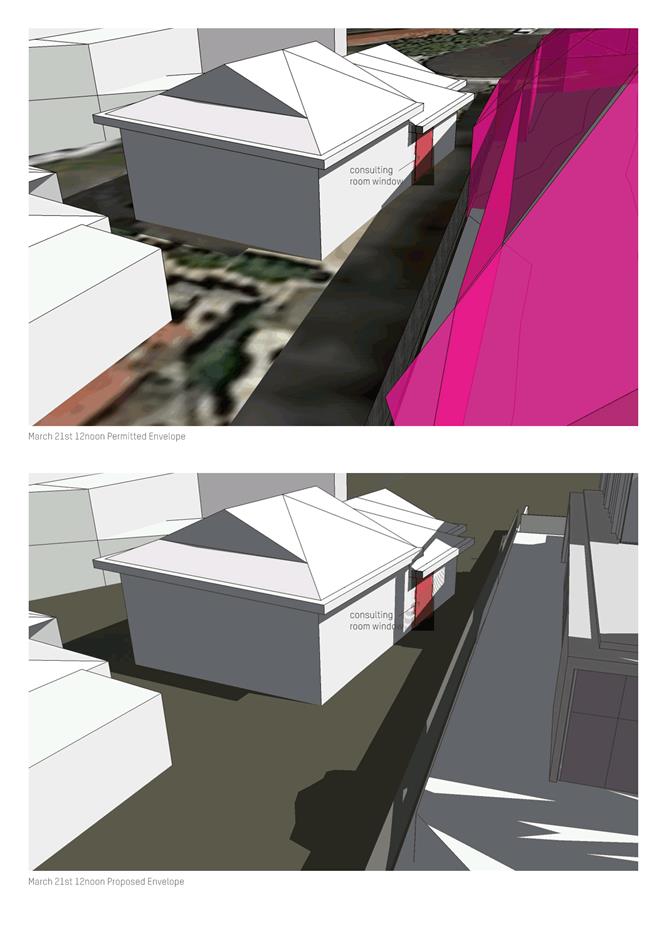
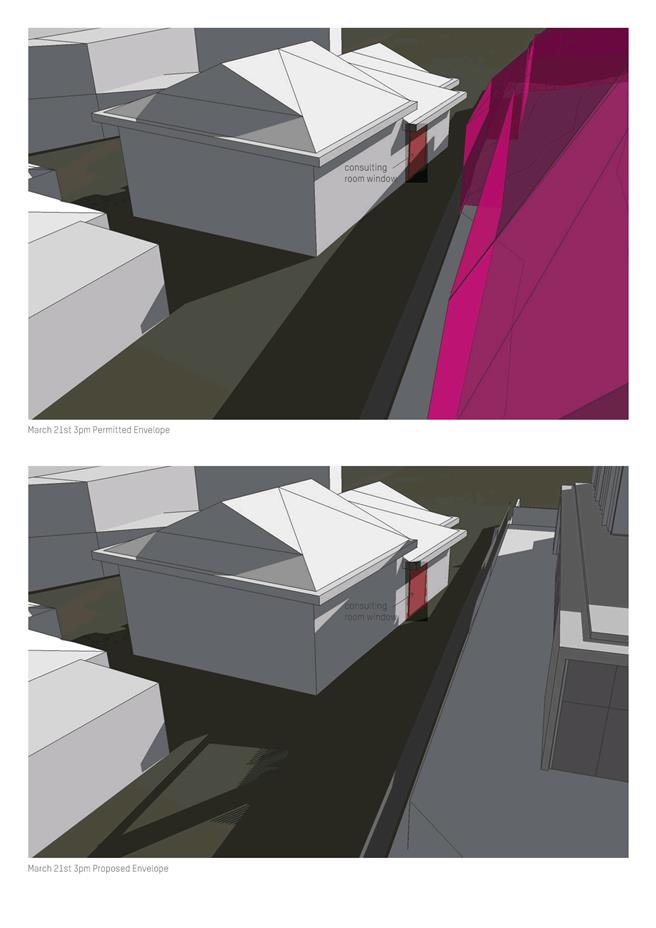


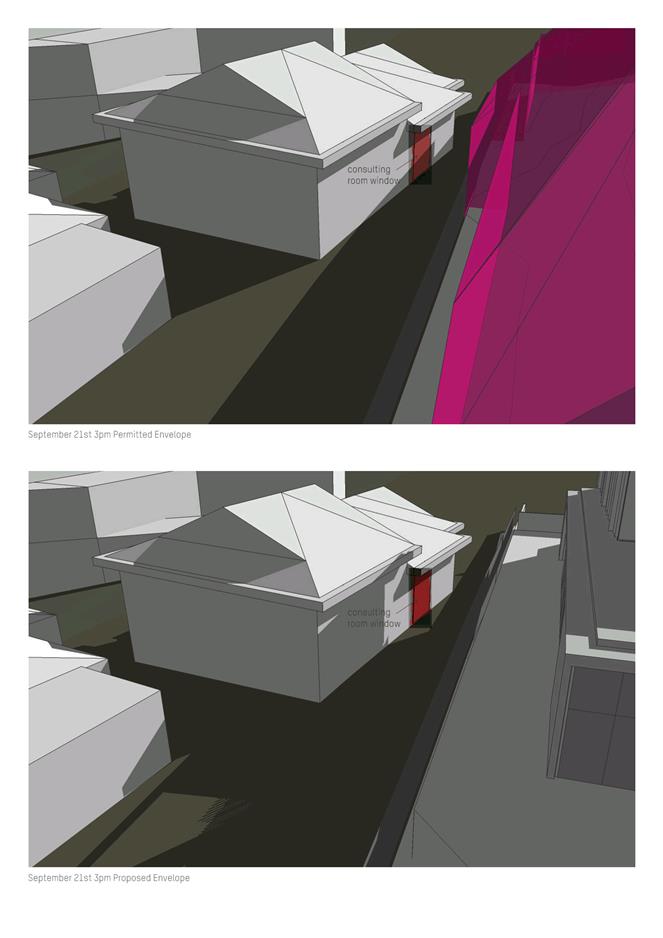
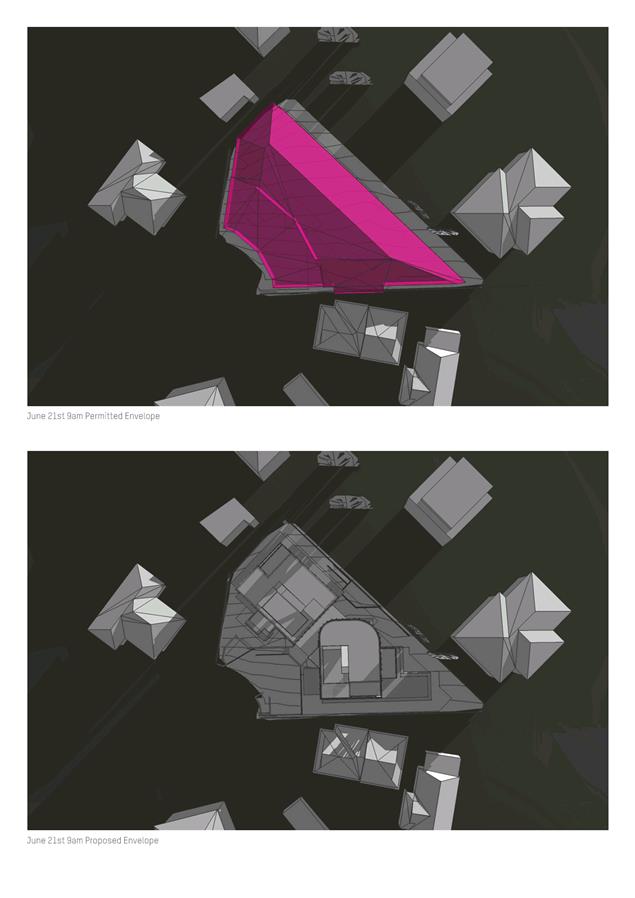
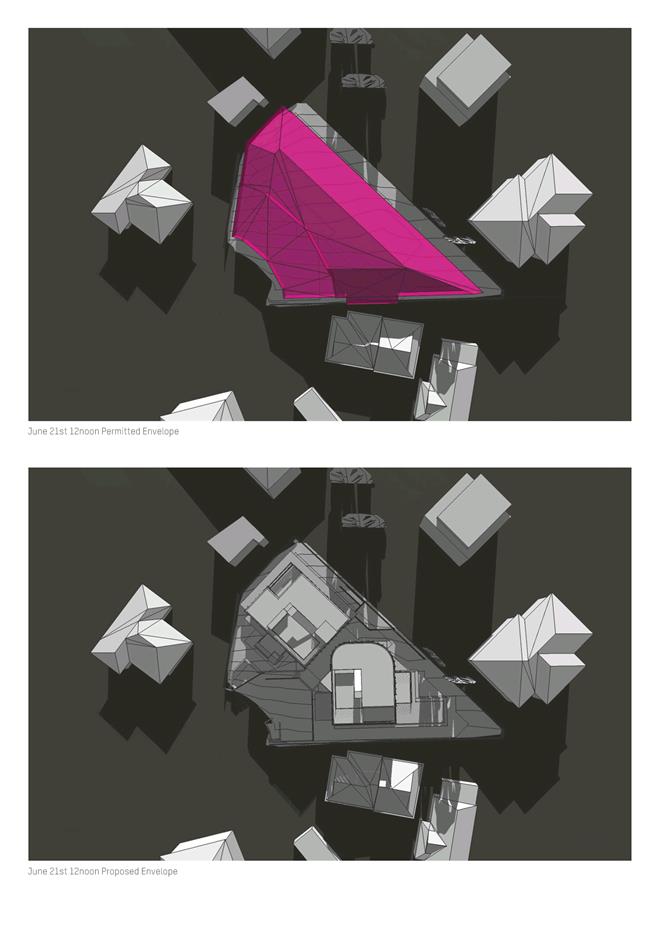
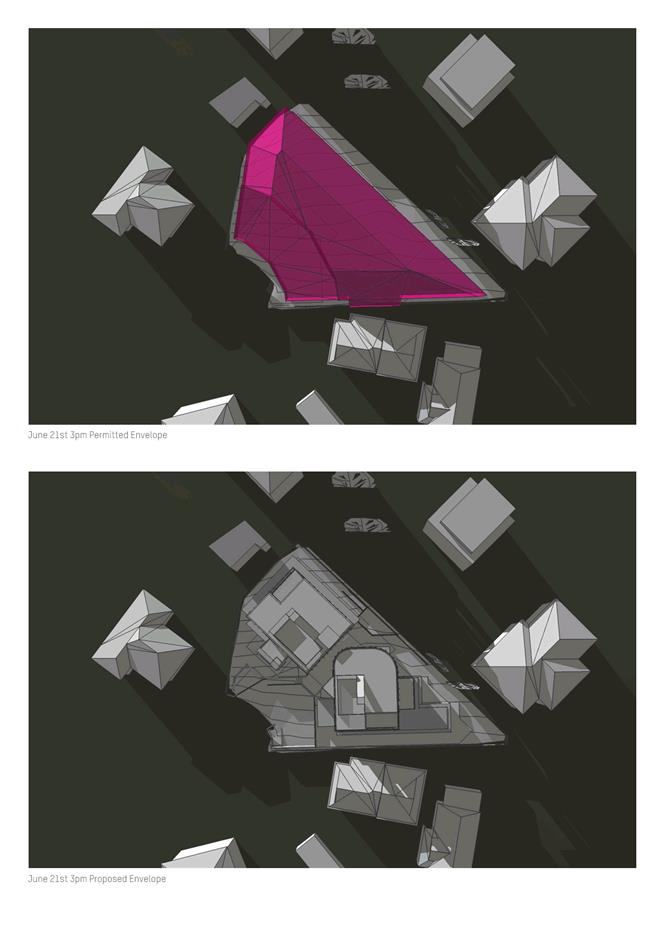
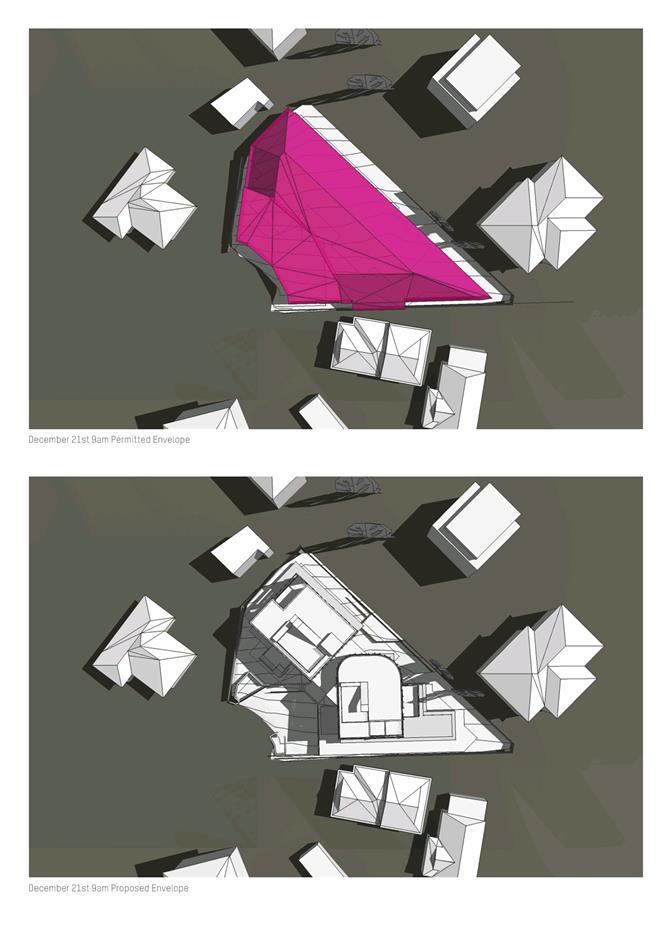
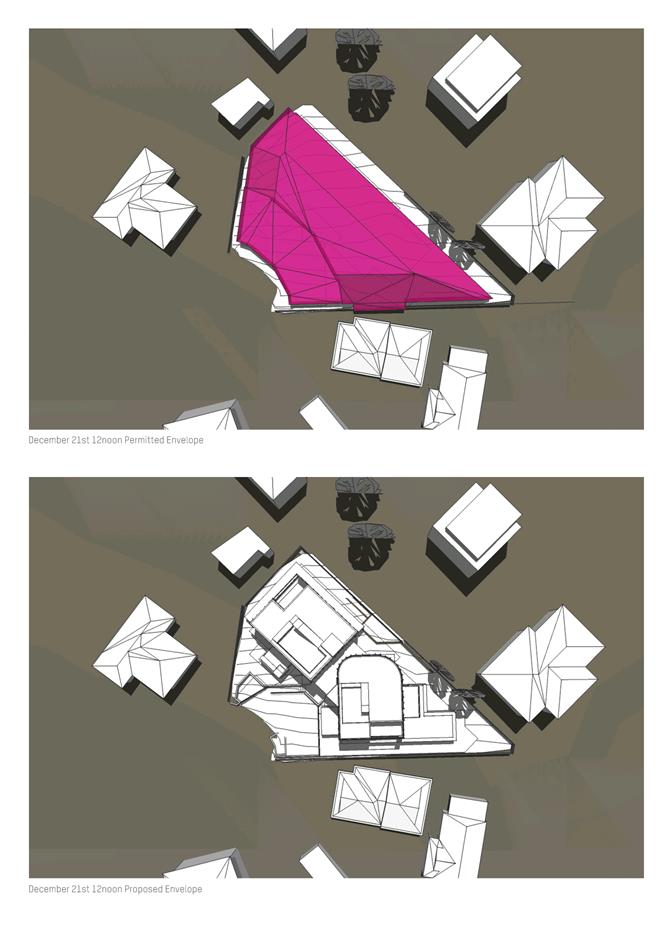
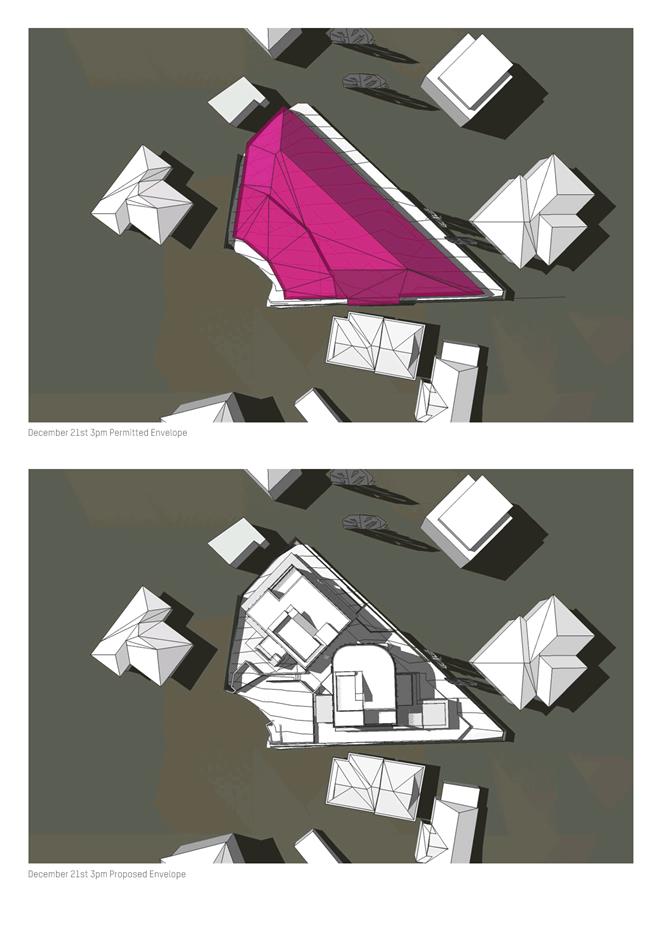
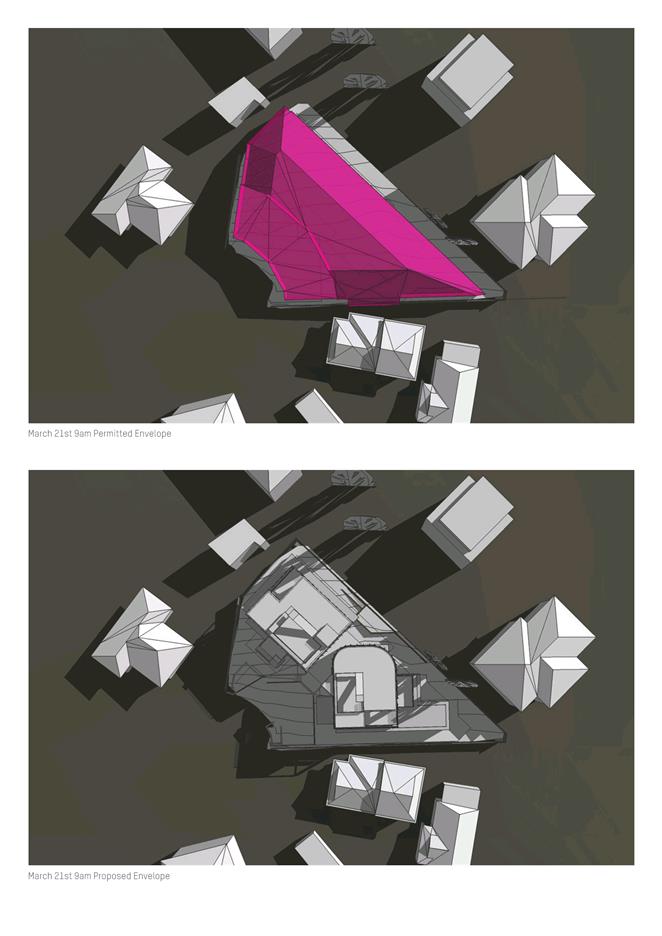
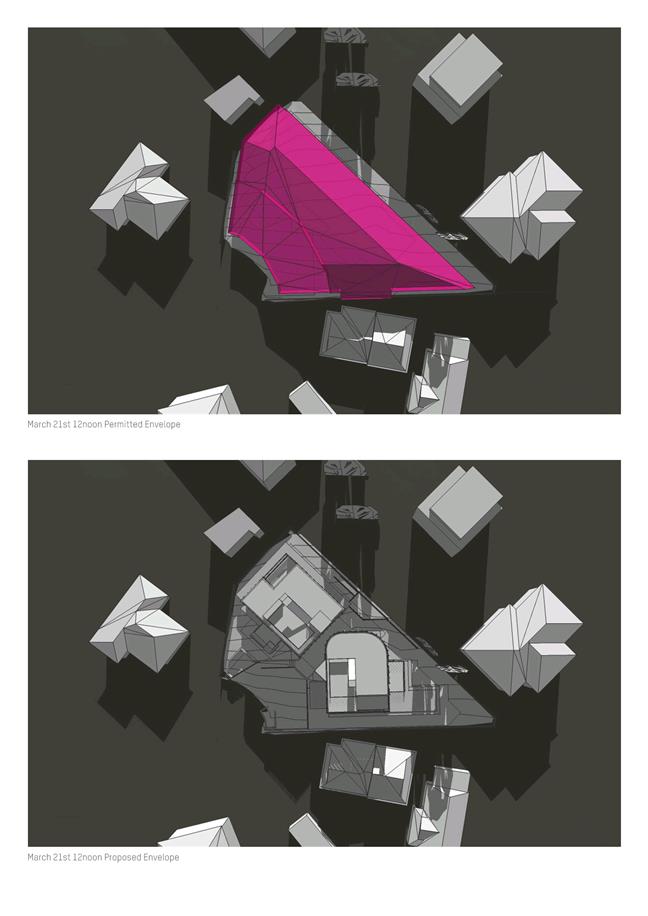
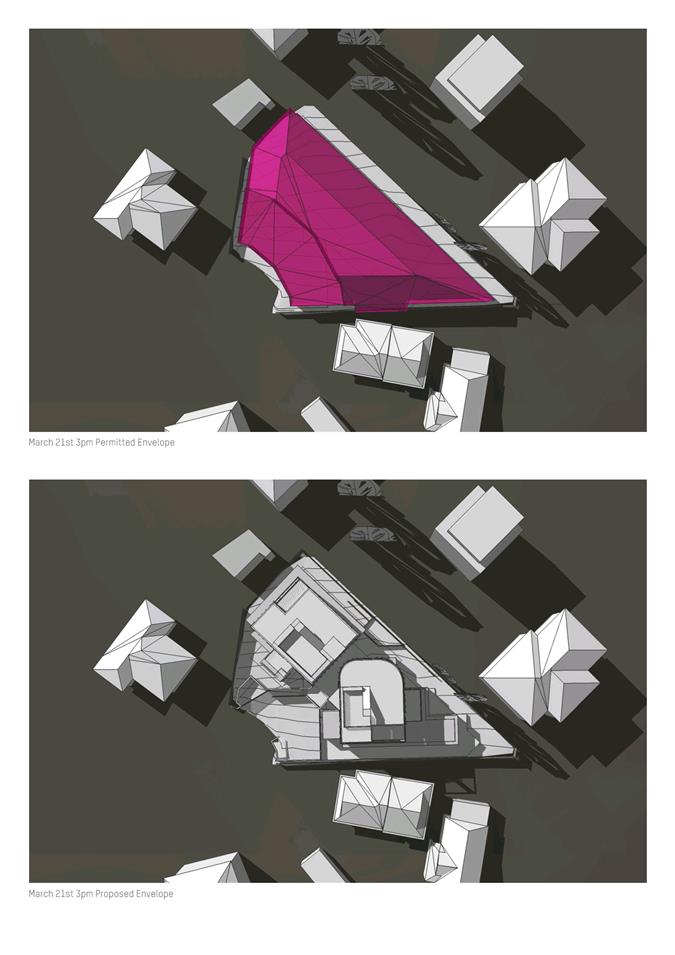
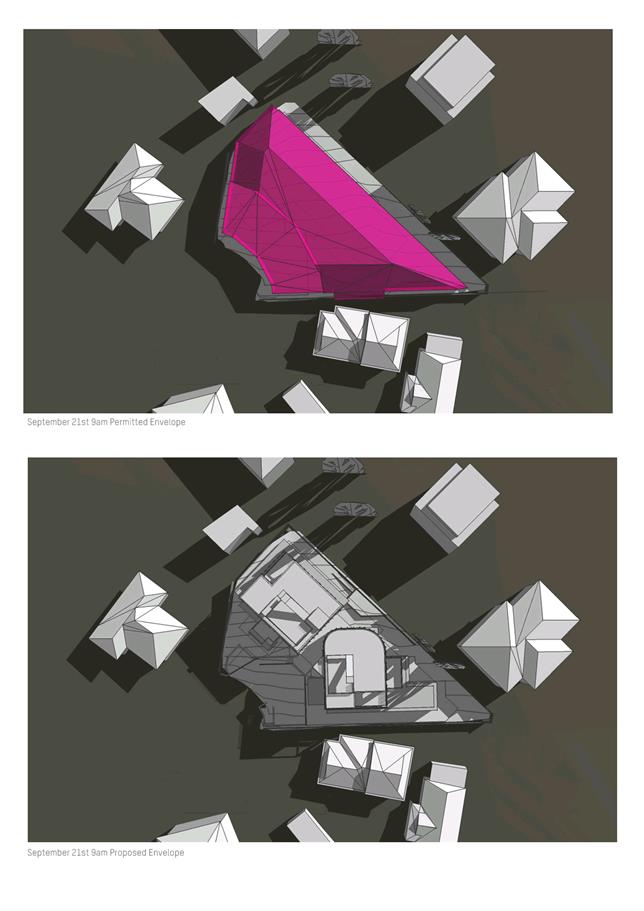
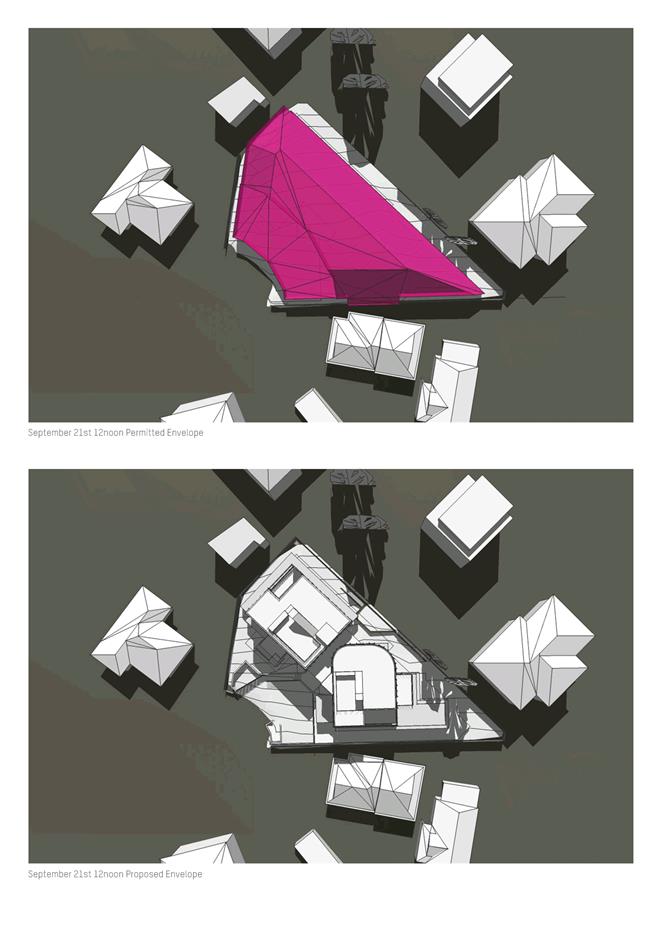
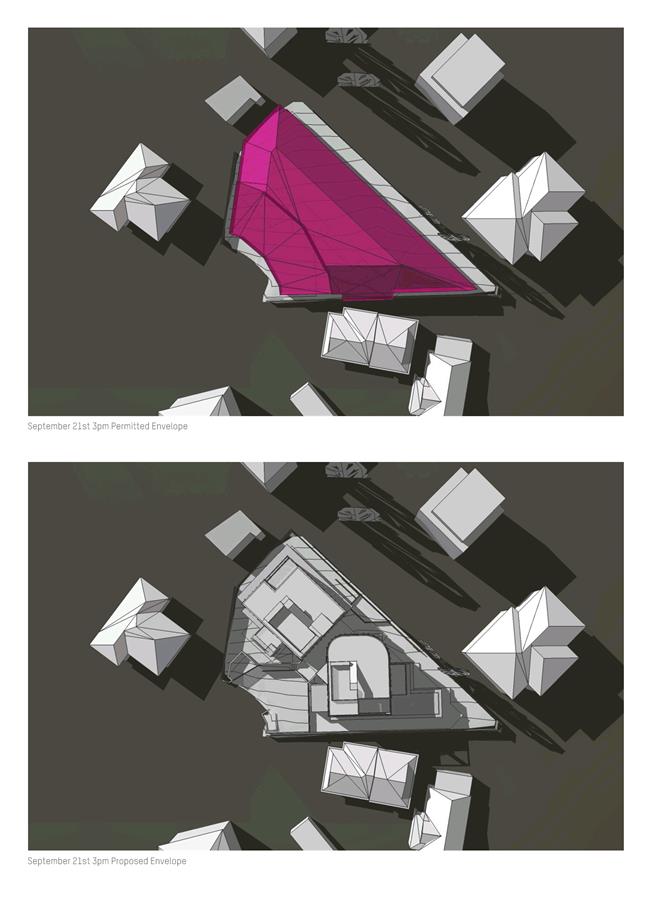
|
Item No. 7.1.1 |
Agenda (Open Portion) City Planning Committee Meeting - 13/11/2017 |
Page 163 ATTACHMENT b |
|
Item No. 7.1.2 |
Agenda (Open Portion) City Planning Committee Meeting |
Page 166 |
|
|
13/11/2017 |
|
7.1.2 88 Augusta Road, Lenah Valley - Partial Demolition and Multiple Dwelling
Address: 88 Augusta Road, Lenah Valley
Proposal: Partial Demolition and Multiple Dwelling
Expiry Date: 21 November 2017
Extension of Time: Not applicable
Author: Claire Wolf
|
REcommendation That: Pursuant to the Hobart Interim Planning Scheme 2015, the Council approve the application for Partial Demolition and Multiple Dwelling at 88 Augusta Road, Lenah Valley for the reasons outlined in the officer’s report and a permit containing the following conditions be issued: GENThe use and/or development must be substantially in accordance with the documents and drawings that comprise PLN17702 88 AUGUSTA ROAD LENAH VALLEY TAS 7008 Final Planning Documents except where modified below.
Reason for condition
To clarify the scope of the permit. TWThe use and/or development must comply with the requirements of TasWater as detailed in the form Submission to Planning Authority Notice, Reference No. TWDA 2017/01518HCC dated 29/09/2017 as attached to the permit.
Reason for condition
To clarify the scope of the permit. PLN 15A demolition waste management plan must be implemented throughout demolition.
The demolition waste management plan must include provisions for the handling, transport and disposal of demolition material, including any contaminated waste and recycling opportunities, to satisfy the above requirement.
All work required by this condition must be undertaken in accordance with the approved demolition waste management plan.
Advice:
It is recommended that the developer liaise with the Council’s Cleansing and Solid Waste Unit regarding reducing, reusing and recycling materials associated with demolition on the site to minimise solid waste being directed to landfill. Further information can also be found on the Council’s website.
Reason for condition
To ensure that solid waste management from the site meets the Council’s requirements and standards. ENG 4The circulation roadway, car parking and turning areas, must be constructed in accordance with Australian Standards AS/NZS 2890.1 and to a sealed standard, and surface drained prior to the first occupation.
Advice:
Please note that this condition does not encompass the driveway access, which has been approved under performance criteria with pedestrian sight distances that do not comply with AS/NZS 2890.1.
Reason for condition
To ensure the safety of users of the car parking areas. ENG 1The cost of repair of any damage to the Council's infrastructure resulting from the implementation of this permit, must be met by the owners within 30 days of the completion of the development or as otherwise determined by the Council.
A photographic record of the Council's infrastructure adjacent to the subject site must be provided to the Council prior to any commencement of works.
A photographic record of the Council’s infrastructure (e.g. existing property service connection points, roads, buildings, stormwater, footpaths, driveway crossovers and nature strips, including if any, preexisting damage) will be relied upon to establish the extent of damage caused to the Council’s infrastructure during construction. In the event that the owner/developer fails to provide to the Council a photographic record of the Council’s infrastructure, then any damage to the Council's infrastructure found on completion of works will be deemed to be the responsibility of the owner.
Reason for condition
To ensure that any of the Council's infrastructure and/or siterelated service connections affected by the proposal will be altered and/or reinstated at the owner’s full cost. ENV 1Sediment and erosion control measures sufficient to prevent sediment from leaving the site must be installed prior to any disturbance of the site. Sediment controls must be maintained until all areas of disturbance have been stabilized or revegetated.
Advice: For further guidance in preparing a Soil and Water Management Plan – in accordance with Fact sheet 3 Derwent Estuary Program click here.
Reason for condition
To avoid the sedimentation of roads, drains, natural watercourses, Council land that could be caused by erosion and runoff from the development, and to comply with relevant State legislation. ADVICEThe following advice is provided to you to assist in the implementation of the planning permit that has been issued subject to the conditions above. The advice is not exhaustive and you must inform yourself of any other legislation, bylaws, regulations, codes or standards that will apply to your development under which you may need to obtain an approval. Visit the Council's website for further information.
Prior to any commencement of work on the site or commencement of use the following additional permits/approval may be required from the Hobart City Council. BUILDING PERMITBuilding approval in accordance with the Building Act 2016. Click here for more information.
Discretionary Planning Permit issued pursuant to section 57 of the Land Use Planning and Approvals Act 1993. PLUMBING PERMITPlumbing approval in accordance with the Building Act 2016, Building Regulations 2016 and the National Construction Code. Click here for more information. STORM WATERPlease note that in addition to a building and/or plumbing permit, development must be in accordance with the Hobart City Council’s Hydraulic Services By law. Click here for more information. WORK PLACE HEALTH AND SAFETYAppropriate occupational health and safety measures must be employed during the works to minimise direct human exposure to potentiallycontaminated soil, water, dust and vapours. Click here for more information. NOISE REGULATIONSClick here for information with respect to noise nuisances in residential areas. FEES AND CHARGESClick here for information on the Council's fees and charges. DIAL BEFORE YOU DIGClick here for dial before you dig information.
|
Attachment a: PLN-17-702
- 88 AUGUSTA ROAD LENAH VALLEY TAS 7008 - Planning Committee or Delegated
Report ⇩ ![]()
Attachment
b: PLN-17-702
- 88 AUGUSTA ROAD LENAH VALLEY TAS 7008 - CPC Agenda Documents ⇩ ![]()
Attachment
c: PLN-17-702
- 88 AUGUSTA ROAD LENAH VALLEY TAS 7008 - CPC Supporting Documents (Supporting information) ![]()
|
Item No. 7.1.2 |
Agenda (Open Portion) City Planning Committee Meeting - 13/11/2017 |
Page 171 ATTACHMENT a |
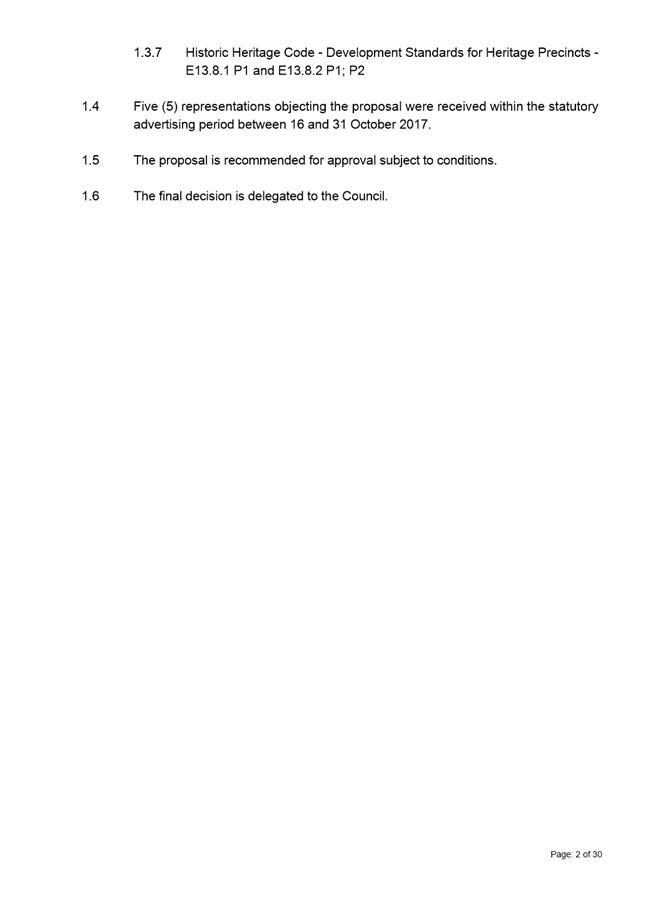
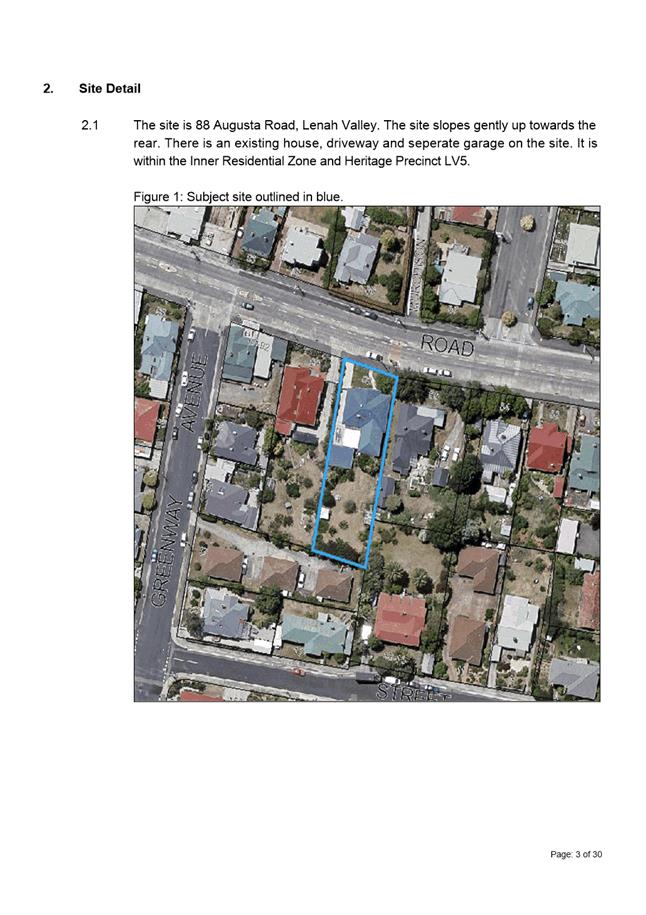
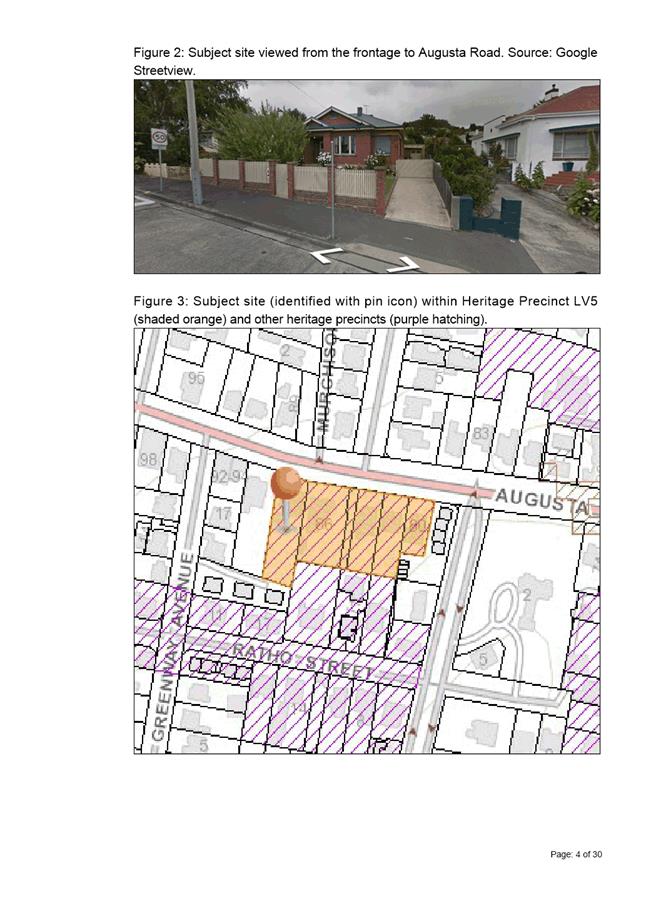
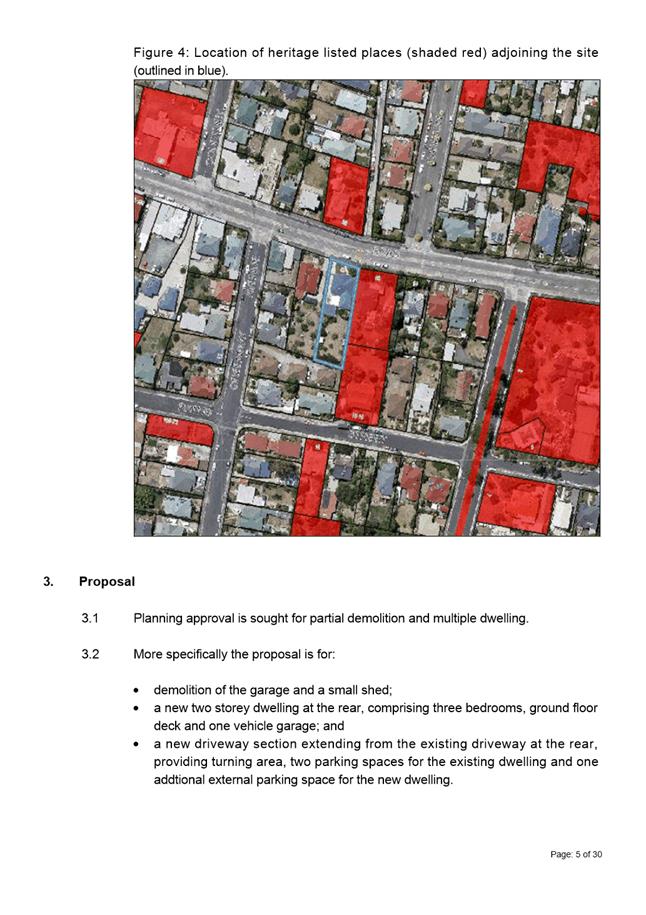
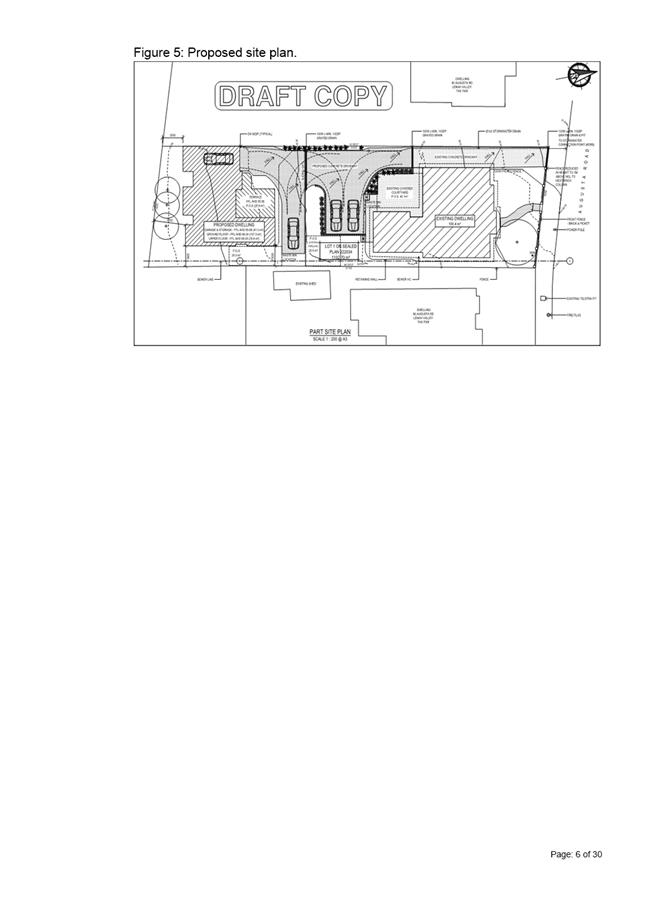
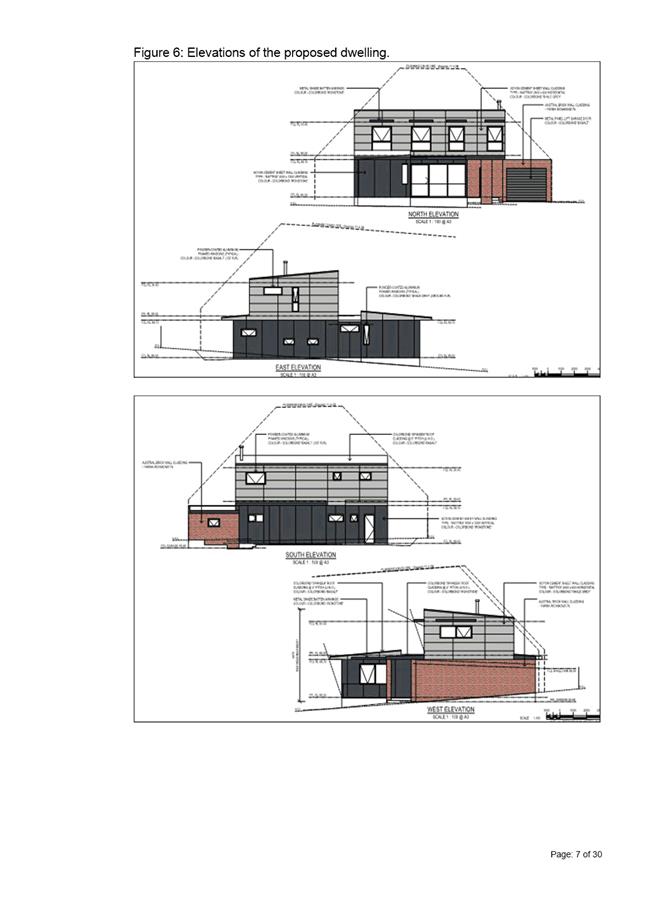
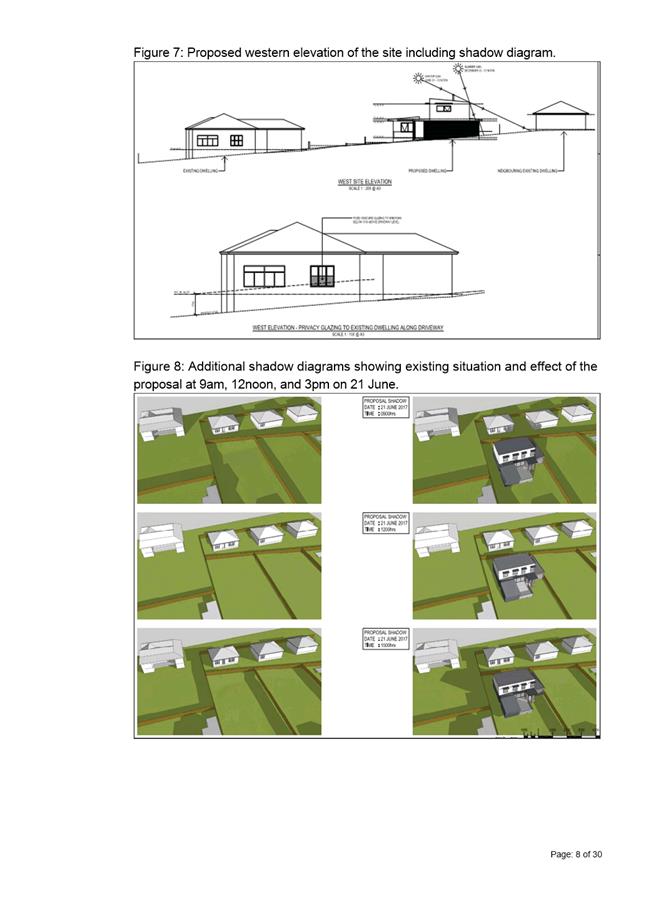
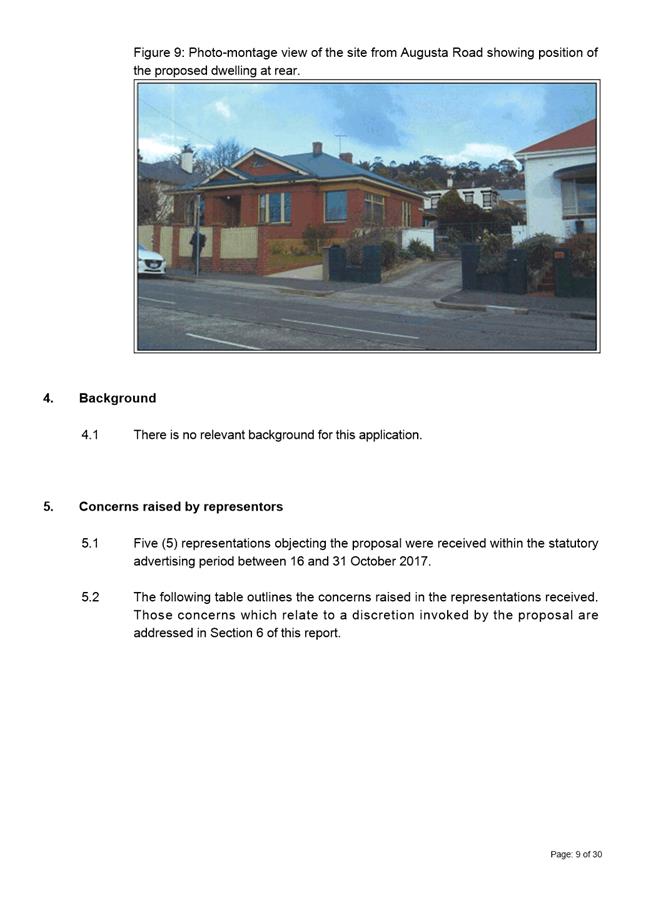
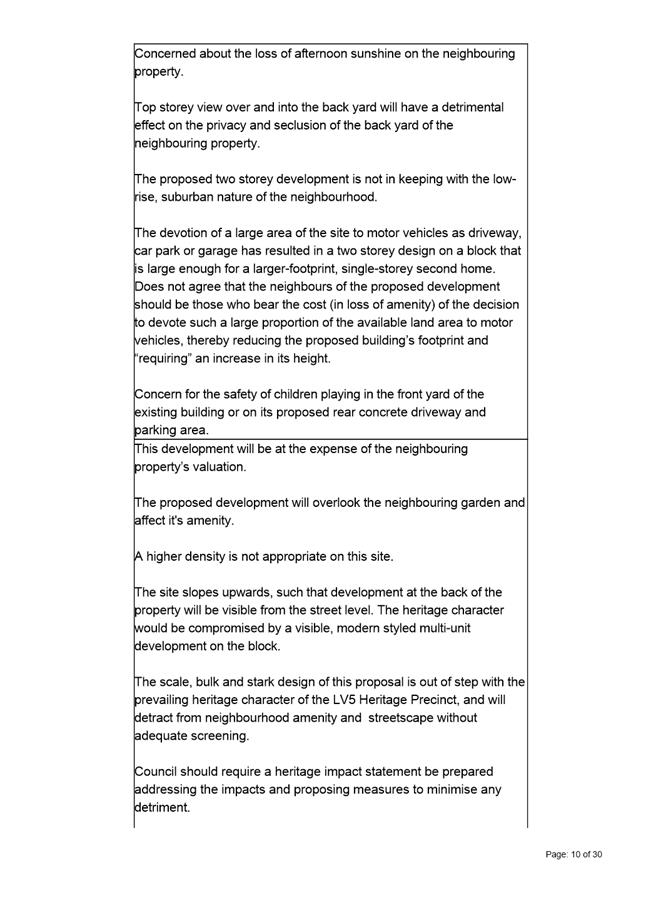
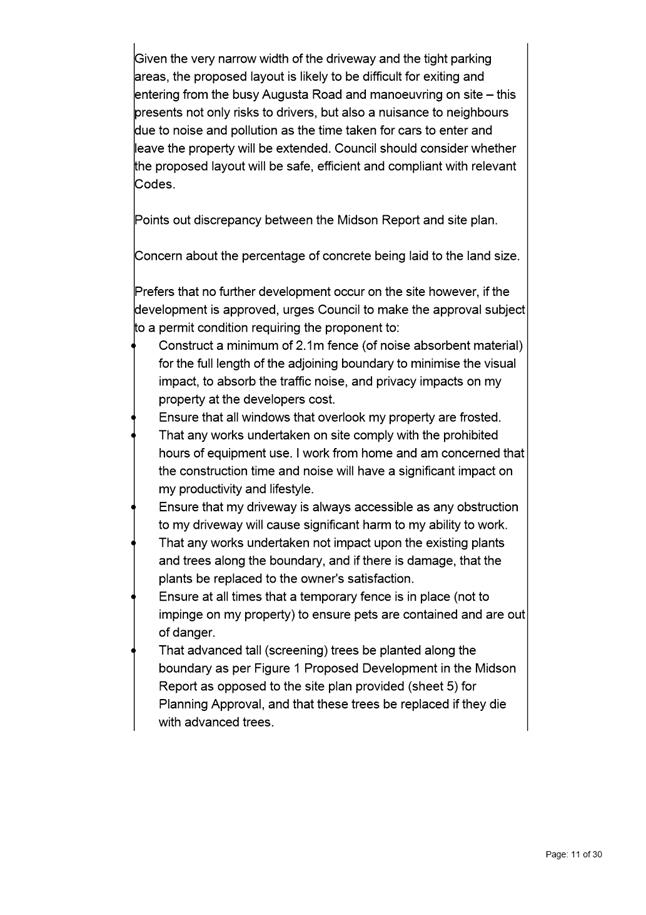
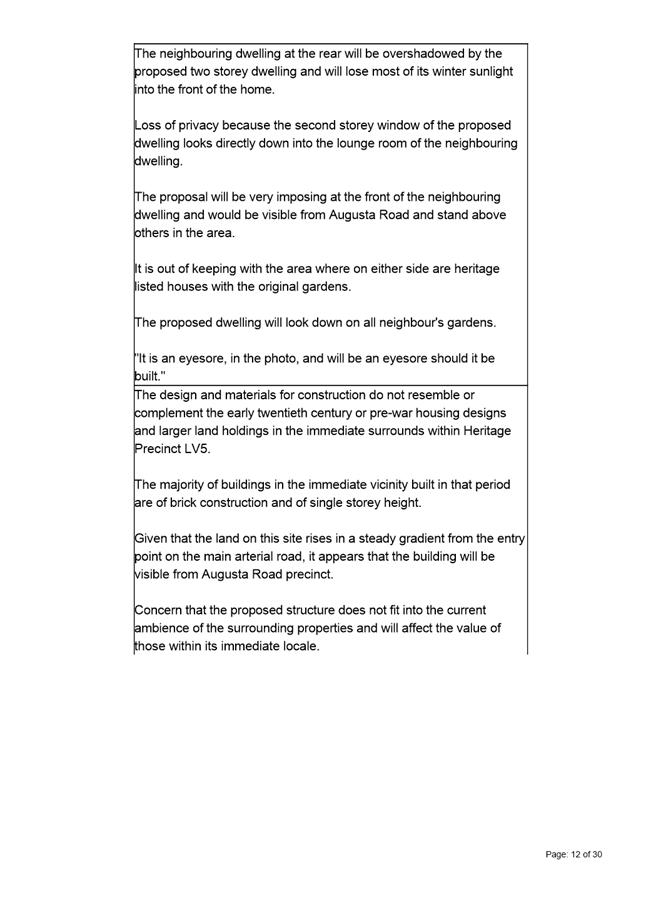
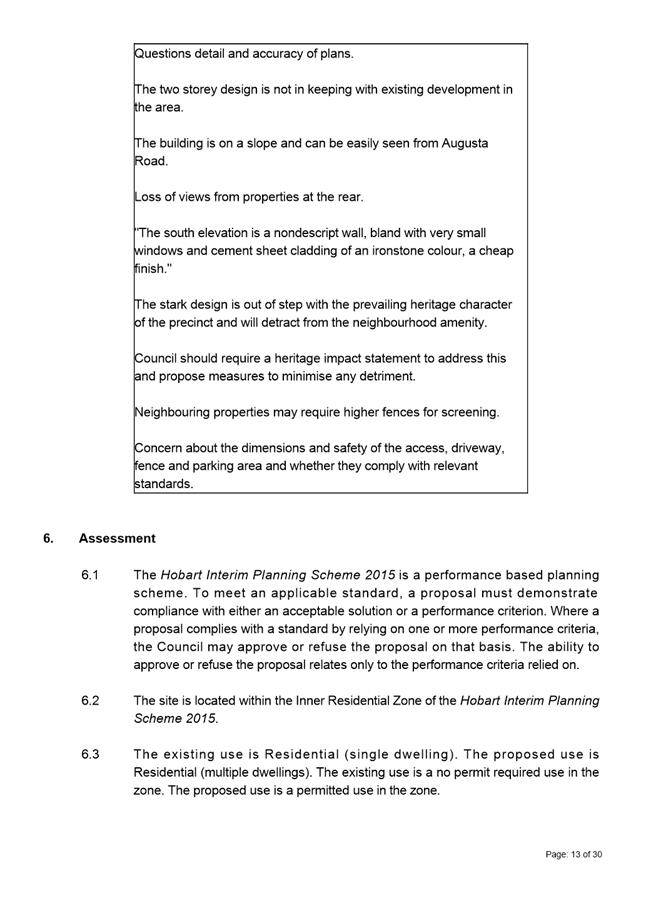
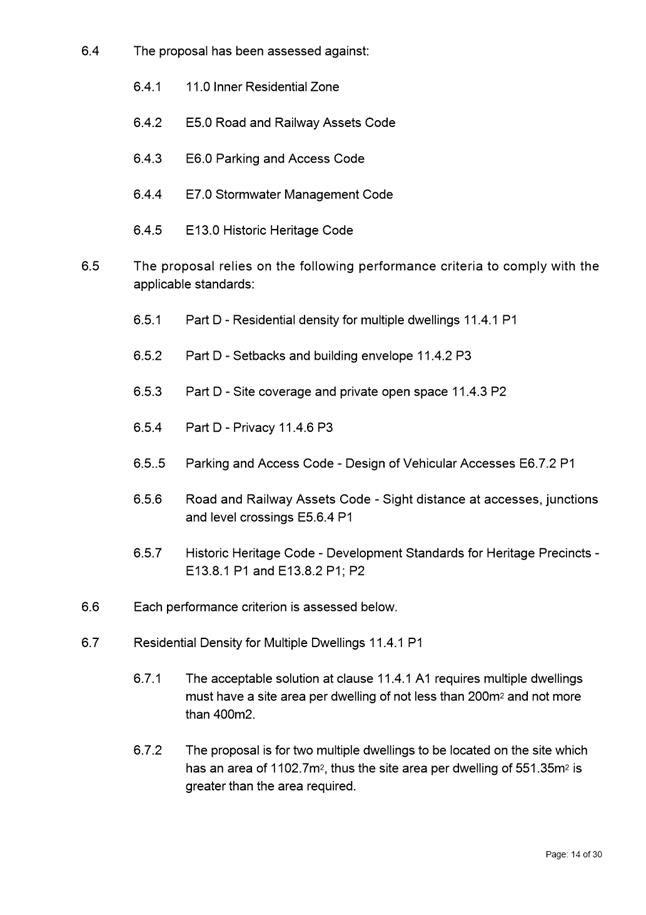
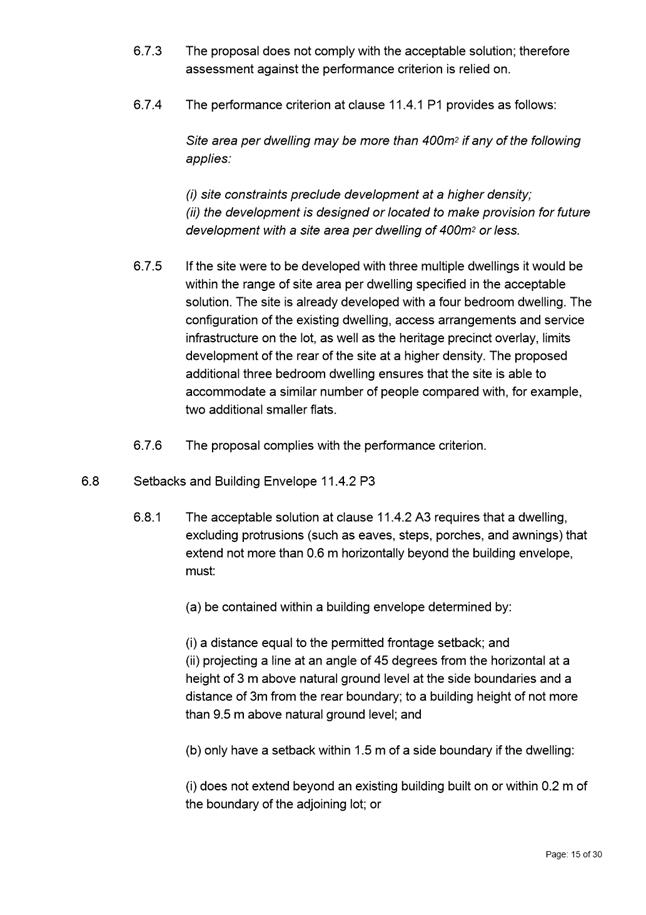
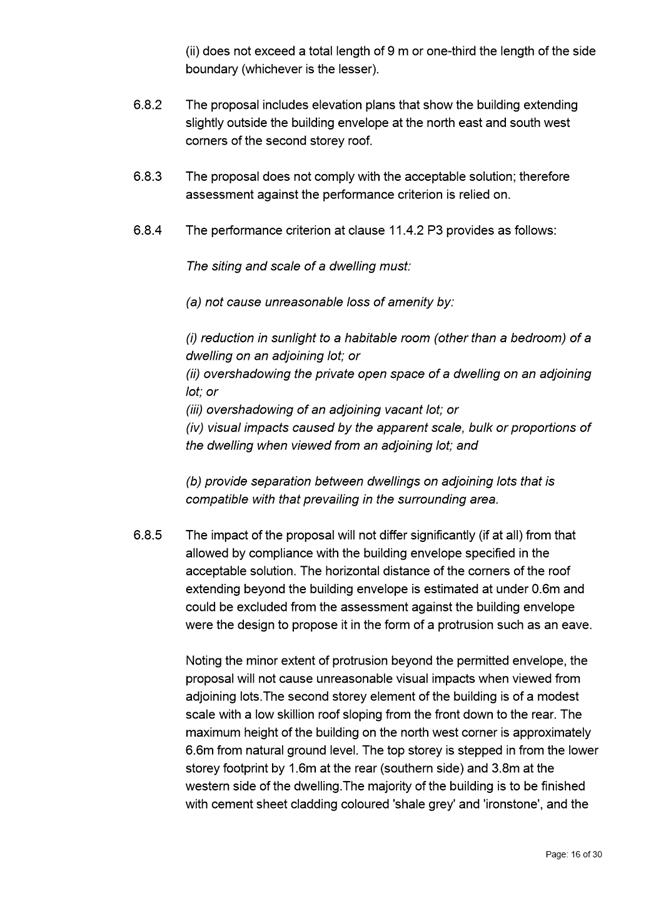
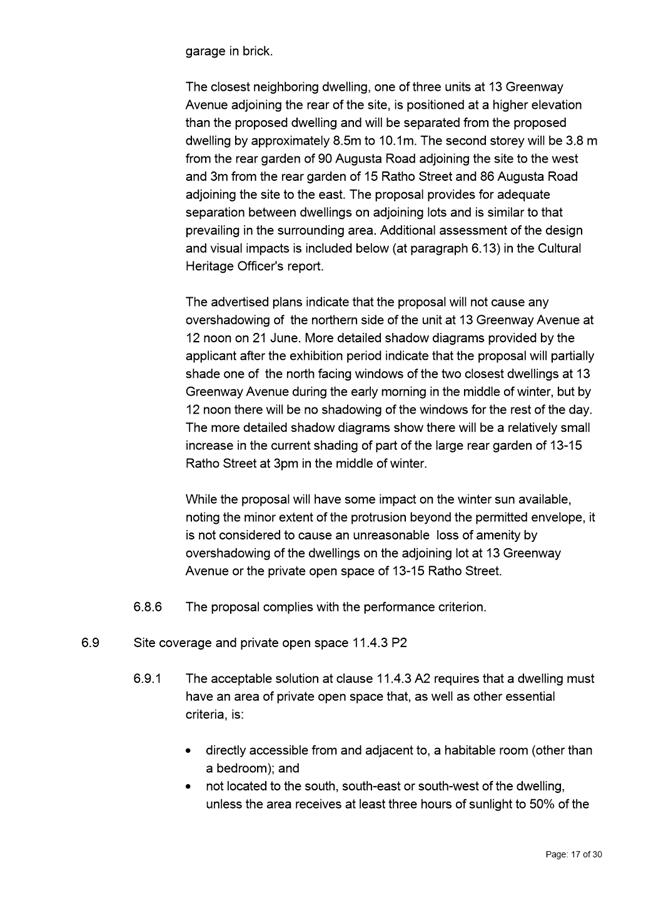
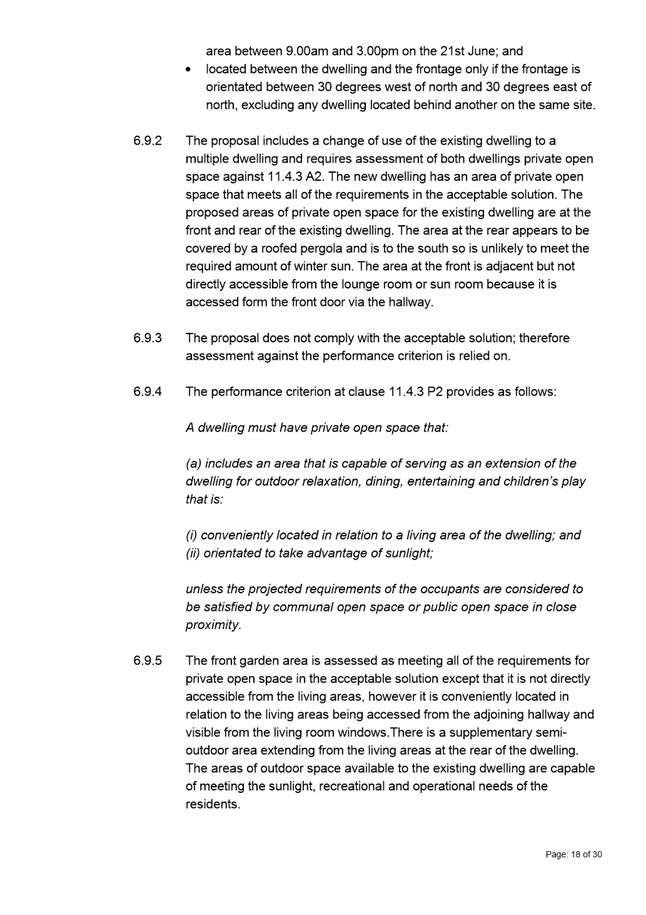
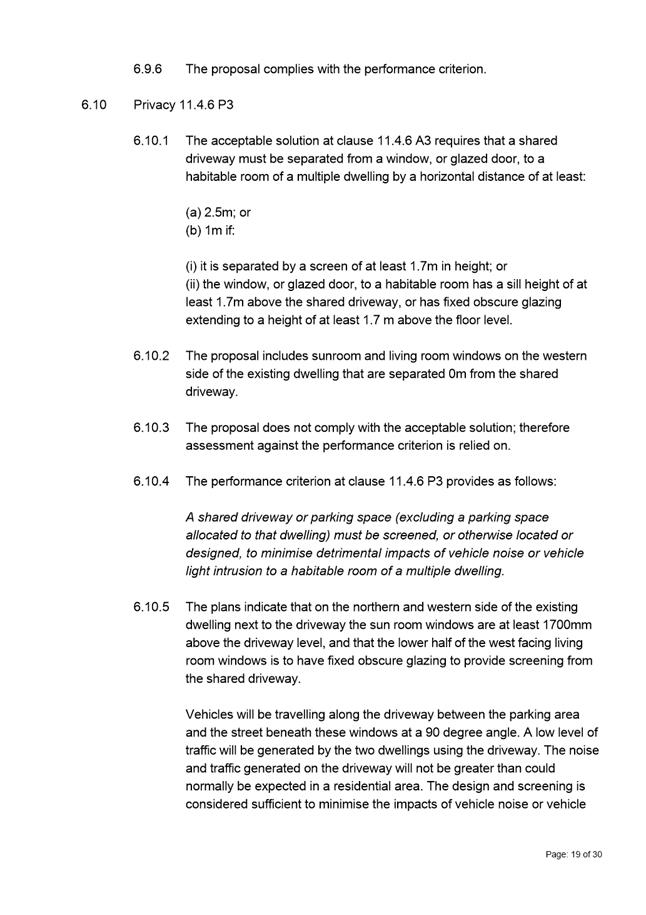
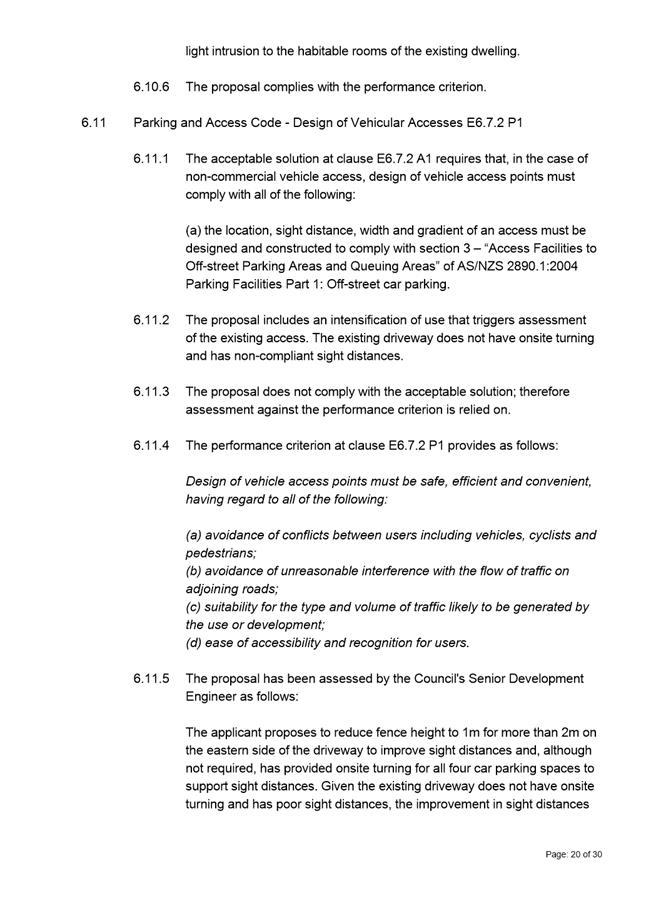

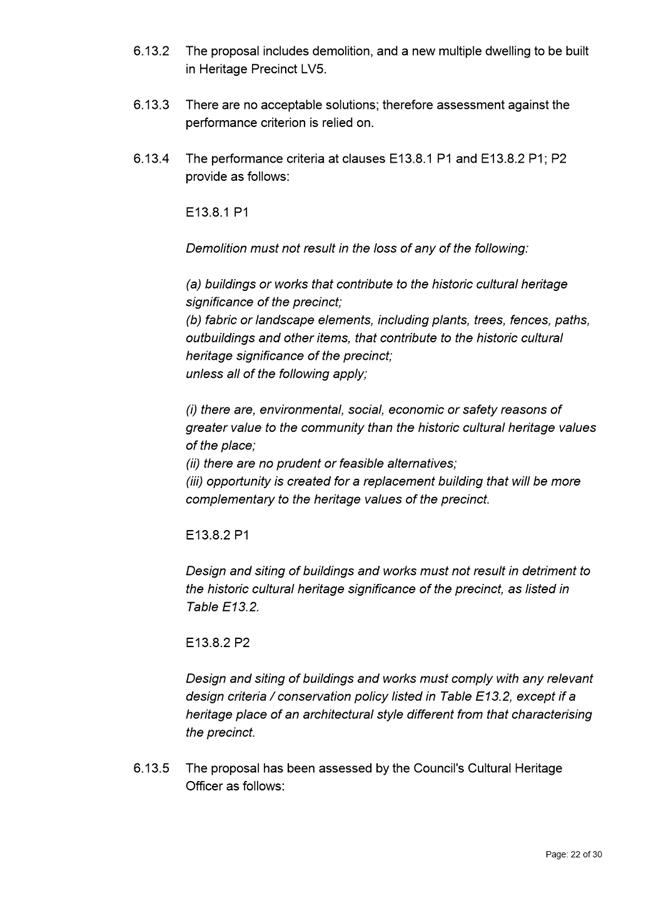
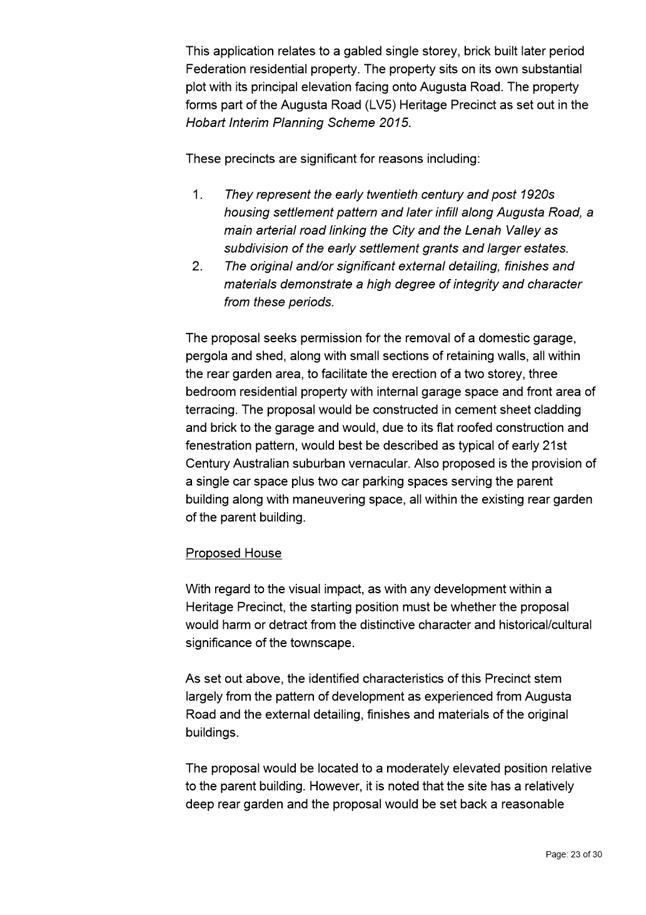
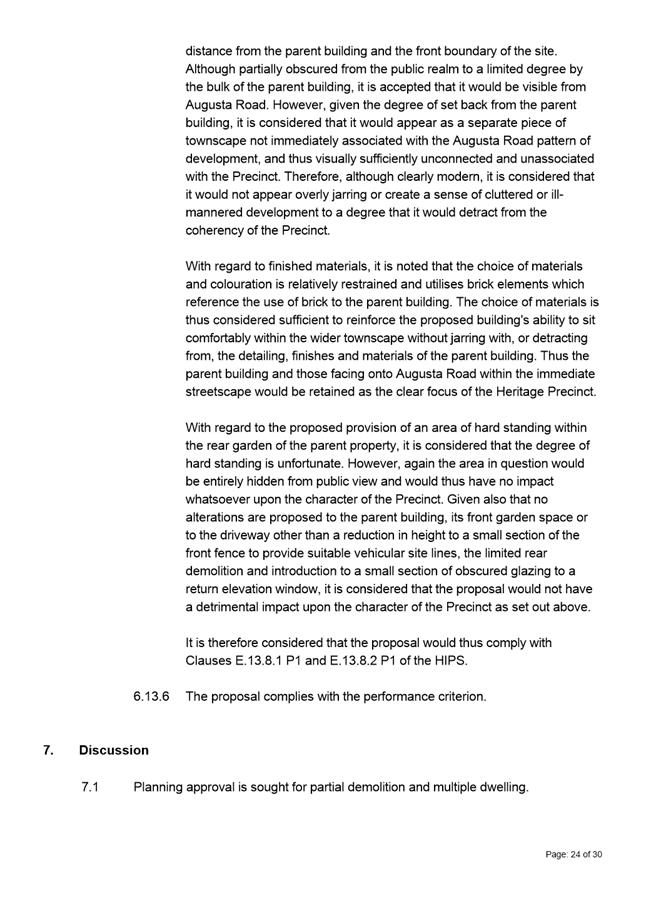
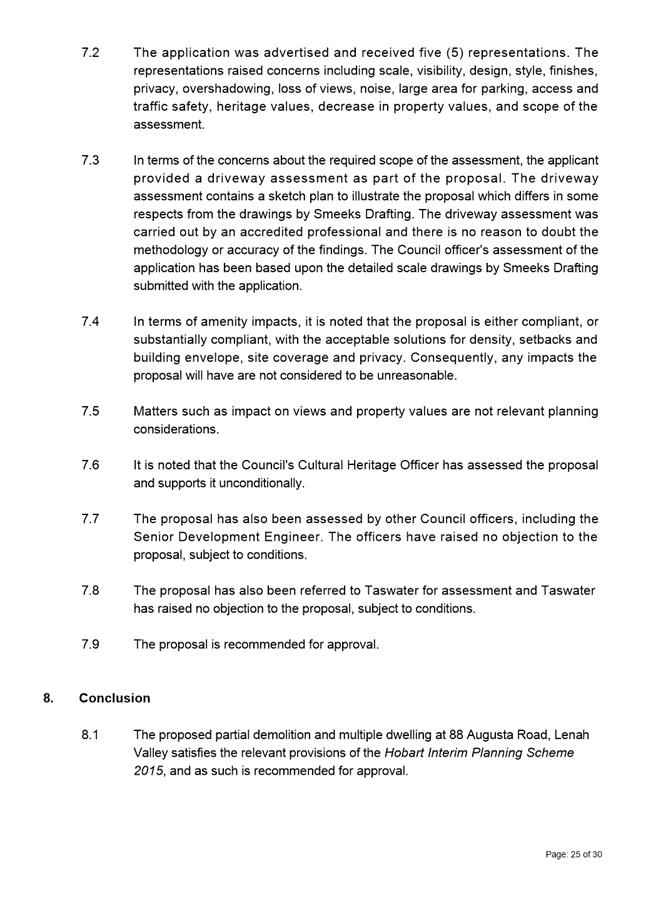
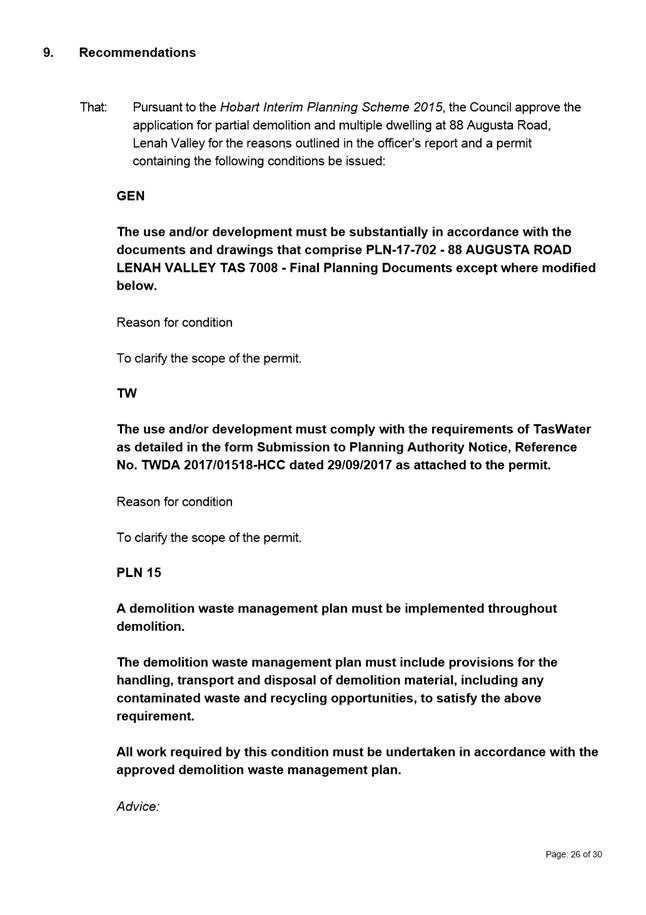

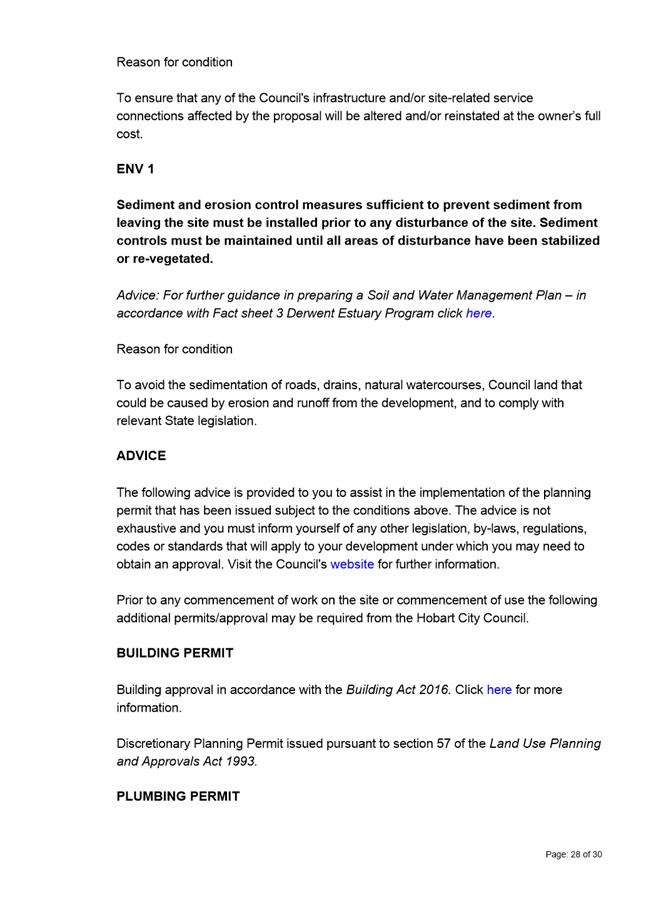
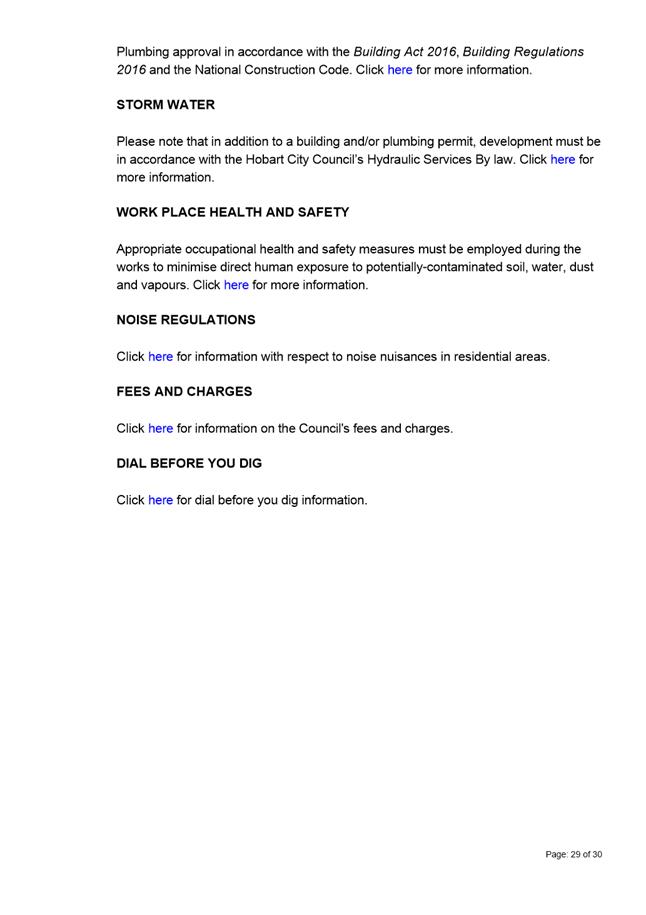
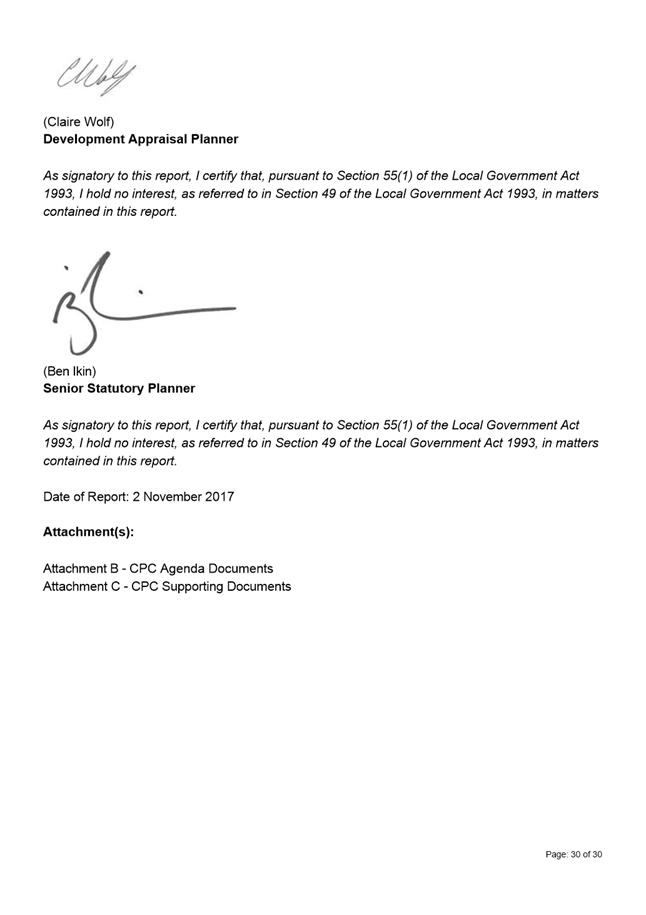
|
Agenda (Open Portion) City Planning Committee Meeting - 13/11/2017 |
Page 201 ATTACHMENT b |
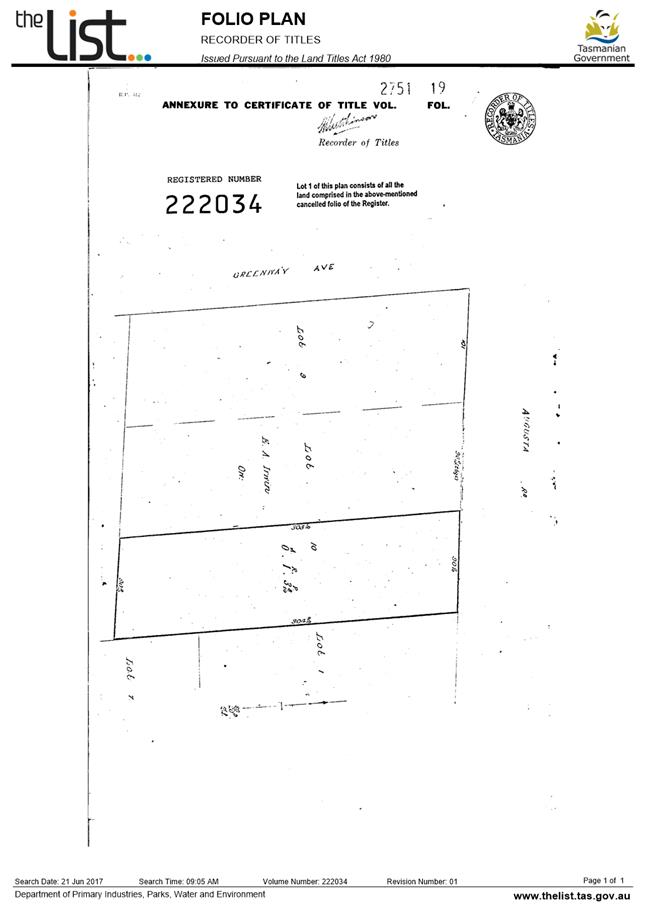
|
Item No. 7.1.2 |
Agenda (Open Portion) City Planning Committee Meeting - 13/11/2017 |
Page 203 ATTACHMENT b |
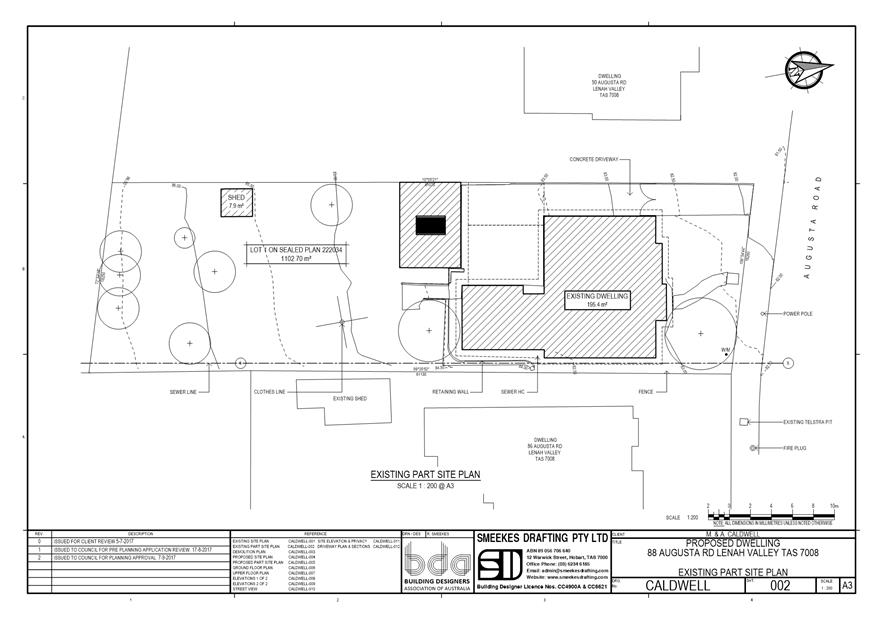
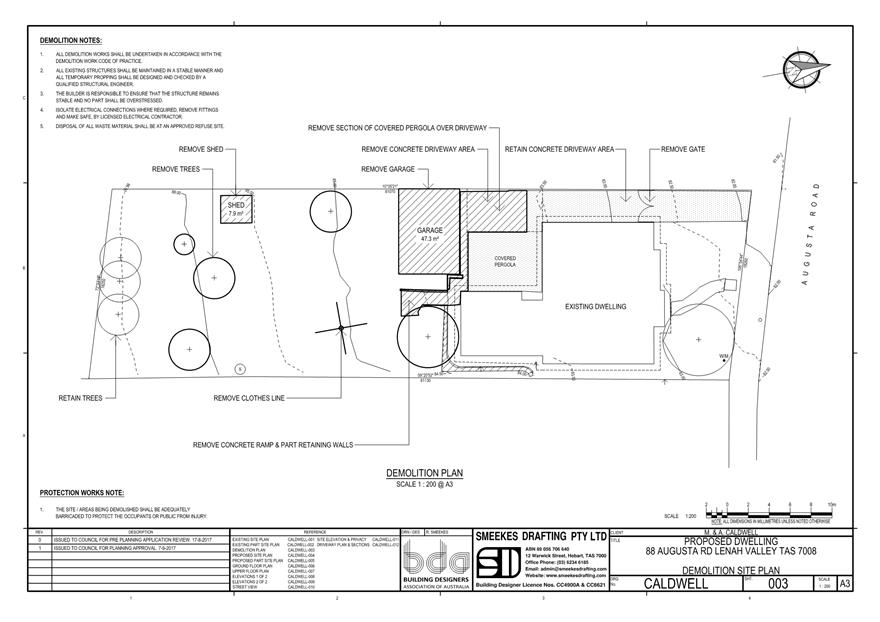
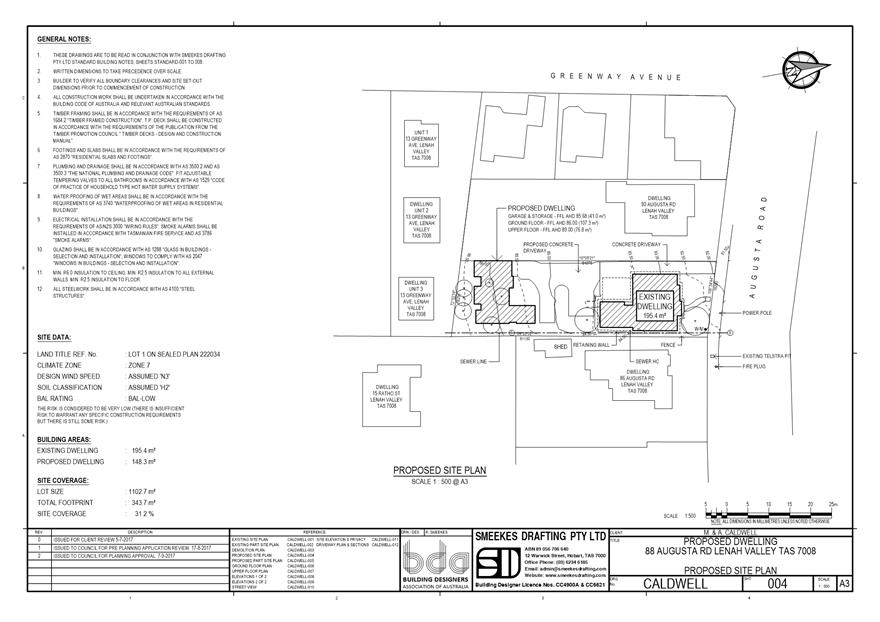
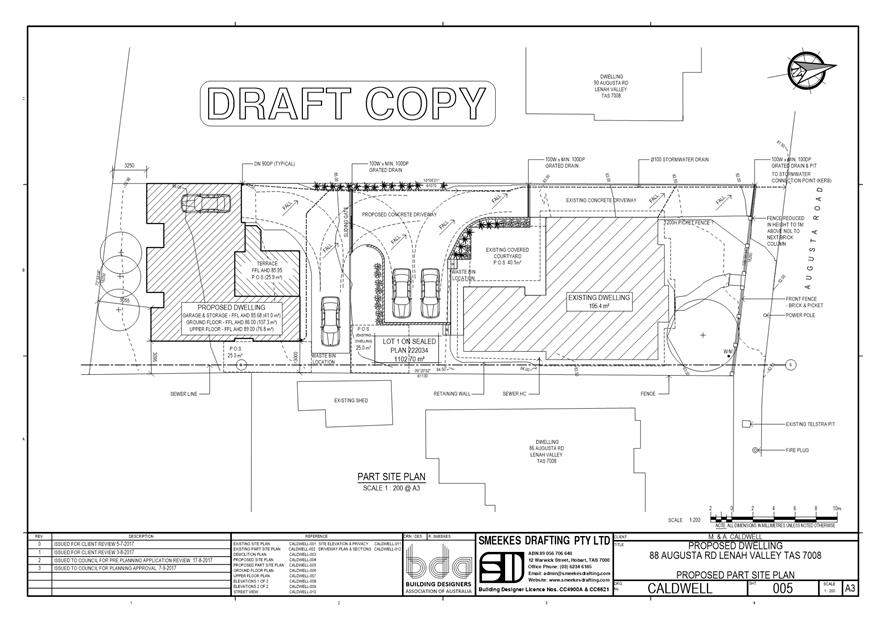
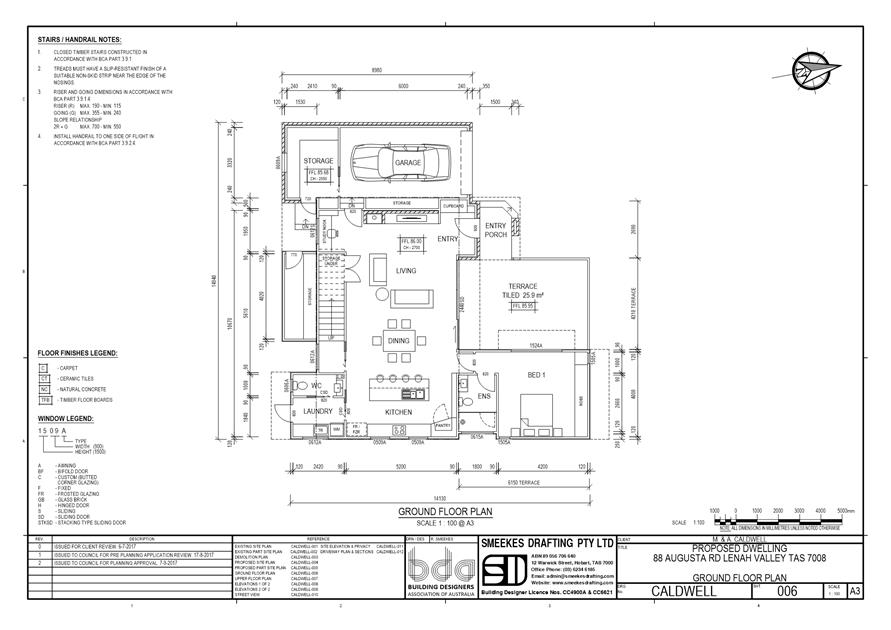

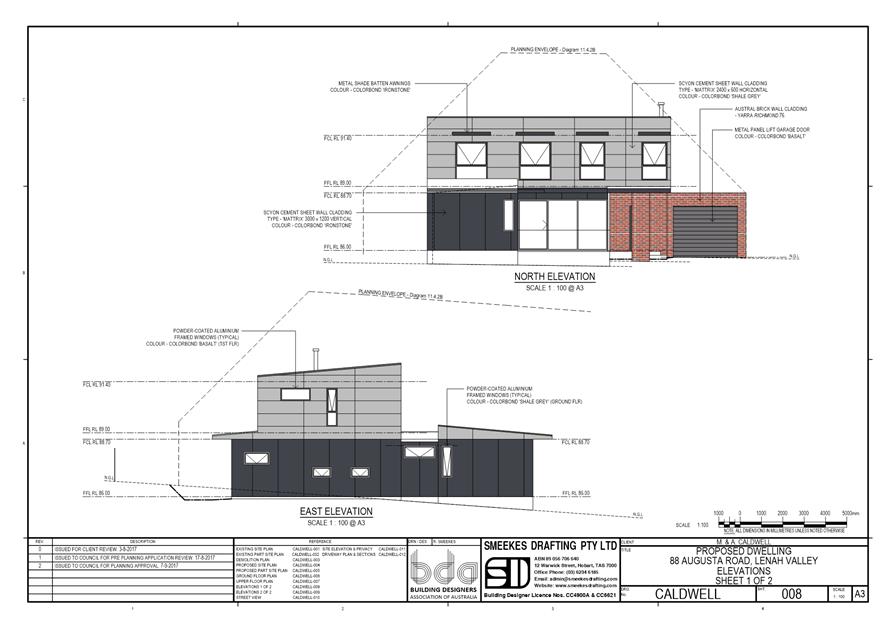
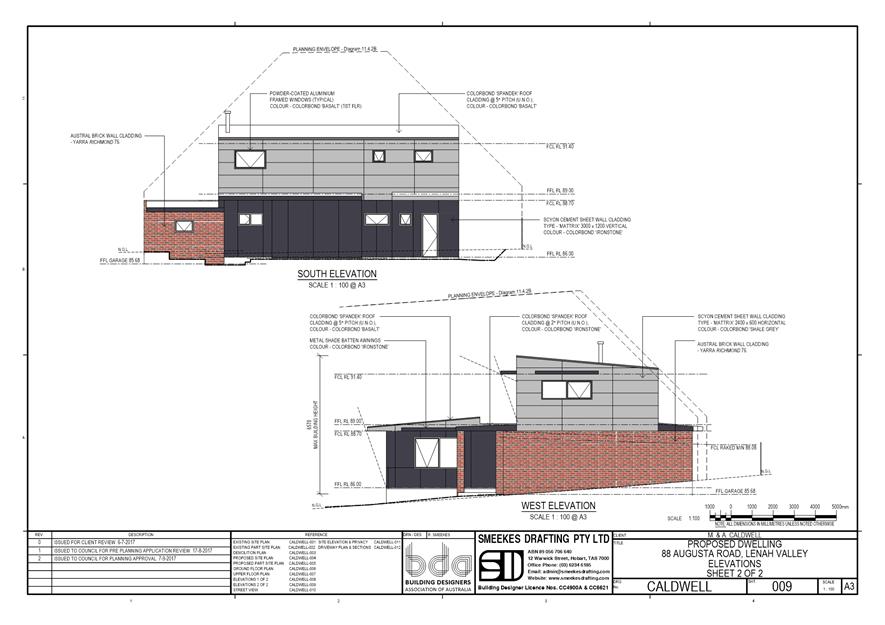
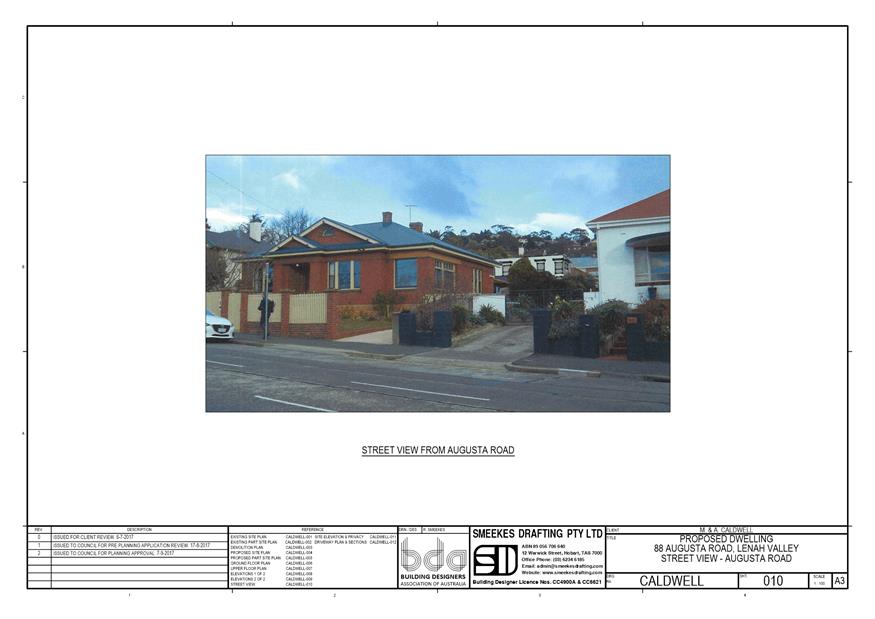
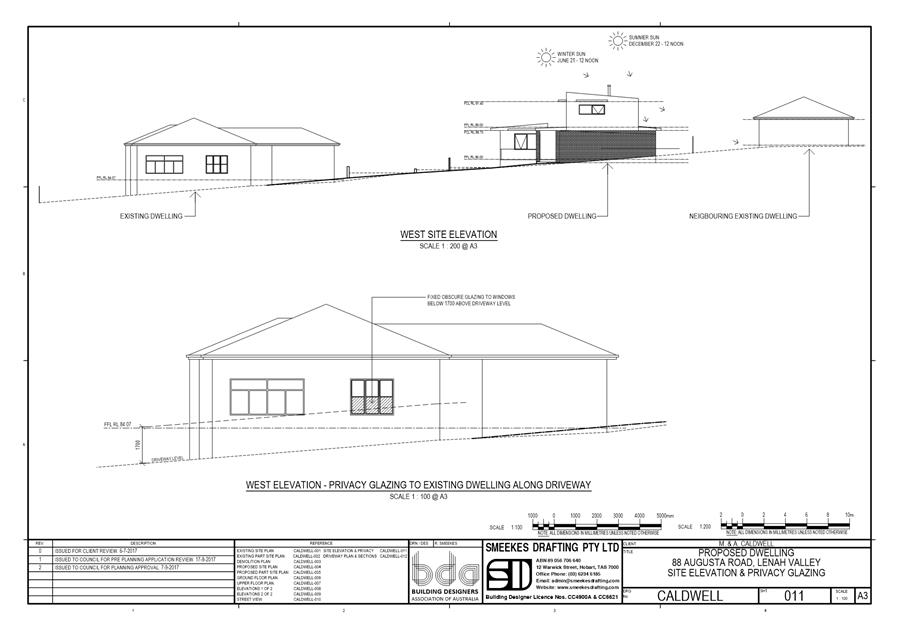
|
Item No. 7.1.2 |
Agenda (Open Portion) City Planning Committee Meeting - 13/11/2017 |
Page 214 ATTACHMENT b |
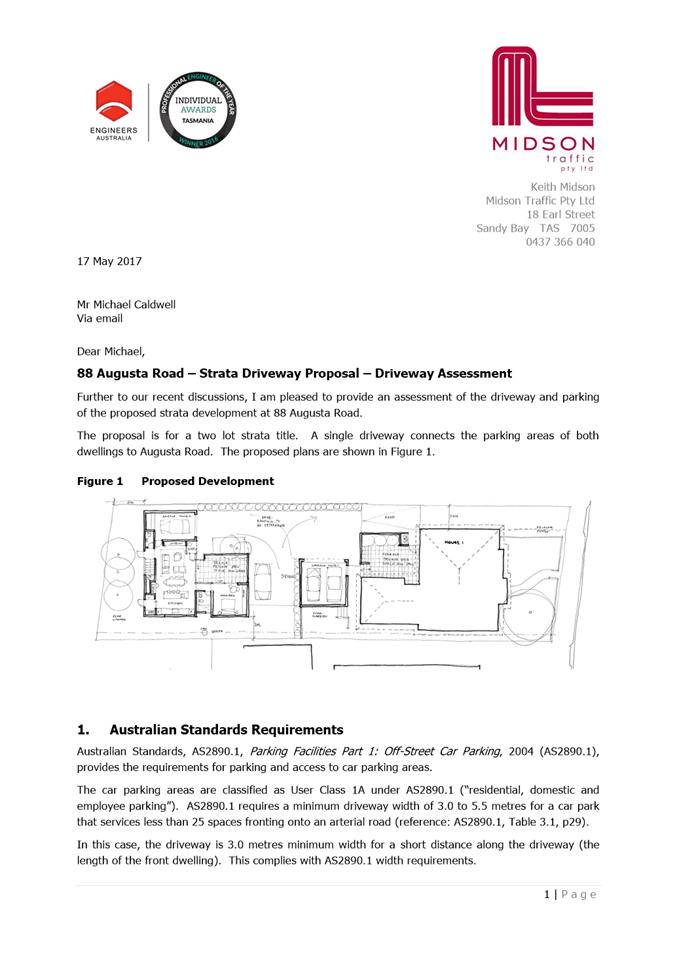
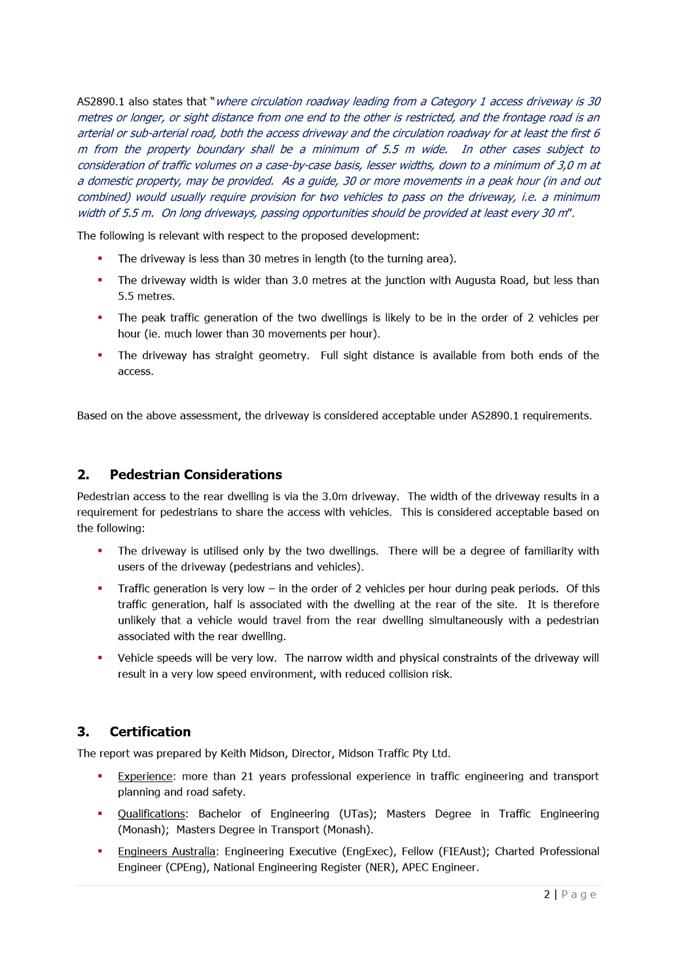
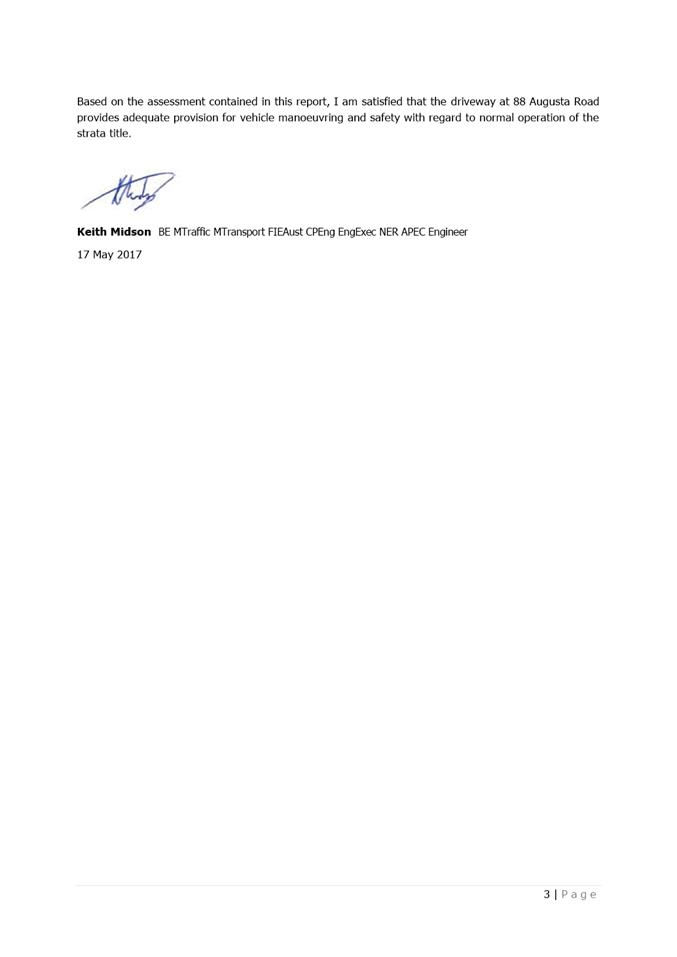
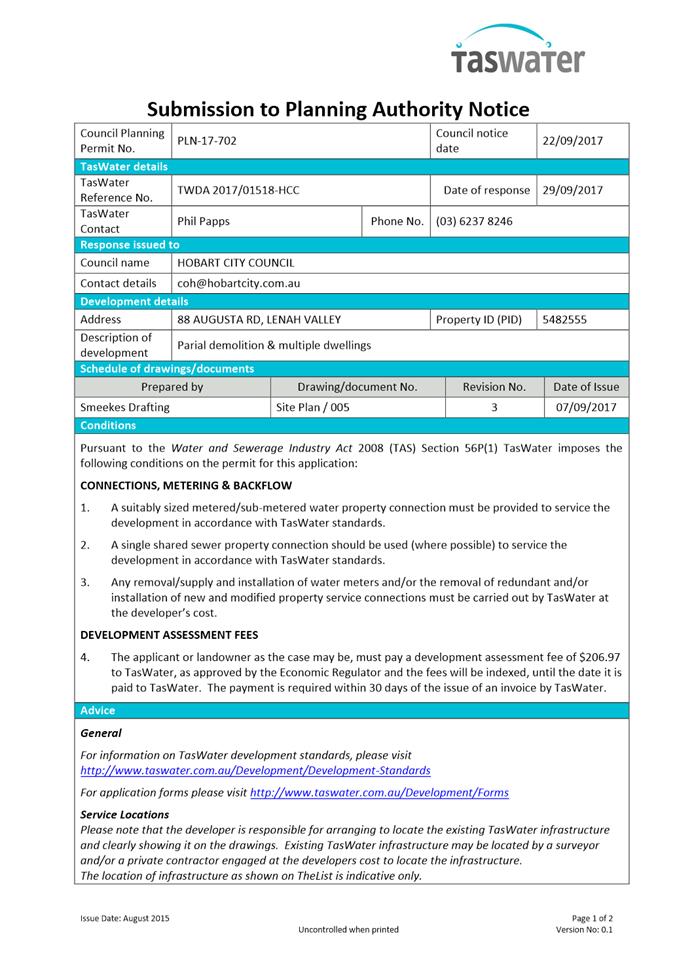
|
Item No. 7.1.3 |
Agenda (Open Portion) City Planning Committee Meeting |
Page 221 |
|
|
13/11/2017 |
|
7.1.3 64-66 Molle Street, Hobart - Partial Demolition, Alterations and Extensions
Address: 64-66 Molle Street, Hobart
Proposal: Partial Demolition, Alterations and Extensions
Expiry Date: 20 November 2017
Extension of Time: Not applicable
Author: Michelle Foale
|
REcommendation That: Pursuant to the Hobart Interim Planning Scheme 2015, the Council approve the application for partial demolition, alterations and extensions at 6466 Molle Street, Hobart for the reasons outlined in the officer’s report and a permit containing the following conditions be issued:
GEN
The use and/or development must be substantially in accordance with the documents and drawings that comprise PLN17657 6466 MOLLE STREET HOBART TAS 7000 Final Planning Documents except where modified below.
Reason for condition
To clarify the scope of the permit.
PLN 15
A demolition waste management plan must be implemented throughout demolition. The demolition waste management plan must include provisions for the handling, transport and disposal of demolition material, including any contaminated waste and recycling opportunities, to satisfy the above requirement.
Advice:
It is recommended that the developer liaise with the Council’s Cleansing and Solid Waste Unit regarding reducing, reusing and recycling materials associated with demolition on the site to minimise solid waste being directed to landfill. Further information can also be found on the Council’s website.
Reason for condition
To ensure that solid waste management from the site meets the Council’s requirements and standards.
PLN 3
The siting of the communal waste bins storage area must be altered to improve pedestrian access and residential amenity. The storage area must be setback a minimum 1.5m from the building. The altered storage area, including the 1.2m high screening, must be installed prior to first occupation.
Advice:
A 120 litre waste bin occupies an area of 0.46m by 0.52m and 0.9m high; and a 140 litre recycle bin (rather than the normal 240 litre) occupies an area of 0.53m by 0.62m and 0.92m high.
Reason for condition
To ensure that the rubbish bins do not impact on the amenity of the residents and locality, and to ensure compliance with the outdoor storage standards in the Hobart Interim Planning Scheme 2015.
PLN s2
The height of the extension must be reduced by 0.5m from that shown on the submitted plan Elevations (8 of 10 dated 21 September 2017).
Prior to the issue of any approval under the Building Act 2016, revised plans must be submitted and approved showing the height of the building extension reduced by 0.5m to satisfy the above requirement.
All work required by this condition must be undertaken in accordance with the approved revised plans.
Reason for condition
To provide reasonable amenity for occupants of the dwellings and adjacent neighbours.
ENG 1
The cost of repair of any damage to the Council's infrastructure resulting from the implementation of this permit, must be met by the owners within 30 days of the completion of the development or as otherwise determined by the Council.
A photographic record of the Council's infrastructure adjacent to the subject site must be provided to the Council prior to any commencement of works.
A photographic record of the Council’s infrastructure (e.g. existing property service connection points, roads, buildings, stormwater, footpaths, driveway crossovers and nature strips, including if any, preexisting damage) will be relied upon to establish the extent of damage caused to the Council’s infrastructure during construction. In the event that the owner/developer fails to provide to the Council a photographic record of the Council’s infrastructure, then any damage to the Council's infrastructure found on completion of works will be deemed to be the responsibility of the owner.
Reason for condition
To ensure that any of the Council's infrastructure and/or siterelated service connections affected by the proposal will be altered and/or reinstated at the owner’s full cost.
ENV 1
Sediment and erosion control measures sufficient to prevent sediment from leaving the site must be installed prior to any disturbance of the site. Sediment controls must be maintained until all areas of disturbance have been stabilized or revegetated.
Advice: For further guidance in preparing a Soil and Water Management Plan – in accordance with Fact sheet 3 Derwent Estuary Program click here.
Reason for condition
To avoid the sedimentation of roads, drains, natural watercourses, Council land that could be caused by erosion and runoff from the development, and to comply with relevant State legislation.
HER 10
The dimensions of the four new windows facing Molle Street must be changed to have more traditional proportions. This condition relates to the three windows facing Molle Street and the window in the new dormer also facing Molle Street.
Prior to the issuing of any approval under the Building Act 2016, revised plans must be submitted and approved showing the following:
1. The three sash windows on the ground floor facing Molle Street having the proportions where the width is 6/10ths of the height of the window. E.g. for a window that is 1200mm high, it must be 720mm wide. 2. The sash window of the new front dormer window is also of the proportion where its width is 6/10ths of its height.
All work required by this condition must be undertaken in accordance with the approved
revised plans. Reason for condition
To ensure that development in the form of new windows on a heritage place and in a heritage precinct is undertaken in a sympathetic manner that does not cause loss of historic cultural heritage values.
HER 11
The rear eaves of the c.1840s house must be retained in an original form and the proposed rear extension must be set away from the rear wall of the original house by 400mm. This condition applies to that upper section of the wall shown in plan drawing 8 of 10 of the north east highlight windows only.
Prior to the issuing of any approval under the Building Act 2016, revised plans must be submitted and approved showing the wall with the north east highlight windows set away from the original house by 400mm to clear the eaves of the original house to satisfy the above requirement.
All work required by this condition must be undertaken in accordance with the approved revised plans.
Reason for condition
To ensure that development at a heritage place is undertaken in a sympathetic manner which does not cause loss of historic cultural heritage significance.
HER 8
All early and original heritage fabric removed from the subject property is to be protected and reused.
Prior to the issuing of any approval under the Building Act 2016, revised plans must be submitted and approved showing how bricks removed from the two internal walls and chimneys, early and original floor boards and timbers and sandstone slabs are to be reused on the subject property.
All work required by this condition must be undertaken in accordance with the approved documents.
Reason for condition To ensure that demolition in whole or part of a heritage place does not result in the loss of historic cultural heritage values.
HER 3
No signs are approved as part of this permit.
Reason for condition
To ensure any new signs satisfy the relevant standards for signs on heritage places and in heritage precincts.
ADVICE
The following advice is provided to you to assist in the implementation of the planning permit that has been issued subject to the conditions above. The advice is not exhaustive and you must inform yourself of any other legislation, bylaws, regulations, codes or standards that will apply to your development under which you may need to obtain an approval. Visit the Council's website for further information.
Prior to any commencement of work on the site or commencement of use the following additional permits/approval may be required from the Hobart City Council.
BUILDING PERMIT
Building permit in accordance with the Building Act 2016. Click here for more information.
Discretionary Planning Permit issued pursuant to section 57 of the Land Use Planning and Approvals Act 1993.
PLUMBING PERMIT
Plumbing permit in accordance with the Building Act 2016, Building Regulations 2016 and the National Construction Code. Click here for more information.
STORM WATER
Please note that in addition to a building and/or plumbing permit, development must be in accordance with the Hobart City Council’s Hydraulic Services By law. Click here for more information.
WORK PLACE HEALTH AND SAFETY
Appropriate occupational health and safety measures must be employed during the works to minimise direct human exposure to potentiallycontaminated soil, water, dust and vapours. Click here for more information.
NOISE REGULATIONS
Click here for information with respect to noise nuisances in residential areas.
WASTE DISPOSAL
It is recommended that the developer liaise with the Council’s Cleansing and Solid Waste Unit regarding reducing, reusing and recycling materials associated with demolition on the site to minimise solid waste being directed to landfill.
Further information regarding waste disposal can also be found on the Council’s website.
FEES AND CHARGES
Click here for information on the Council's fees and charges.
DIAL BEFORE YOU DIG
Click here for dial before you dig information.
|
Attachment a: PLN-17-657
- 64-66 MOLLE STREET HOBART TAS 7000 - Planning Committee or Delegated Report ⇩ ![]()
Attachment
b: PLN-17-657
- 64-66 MOLLE STREET HOBART TAS 7000 - CPC Agenda Documents ⇩ ![]()
Attachment
c: PLN-17-657
- 64-66 MOLLE STREET HOBART TAS 7000 - Planning Referral Officer Cultural
Heritage Report ⇩ ![]()
|
Item No. 7.1.3 |
Agenda (Open Portion) City Planning Committee Meeting - 13/11/2017 |
Page 228 ATTACHMENT a |
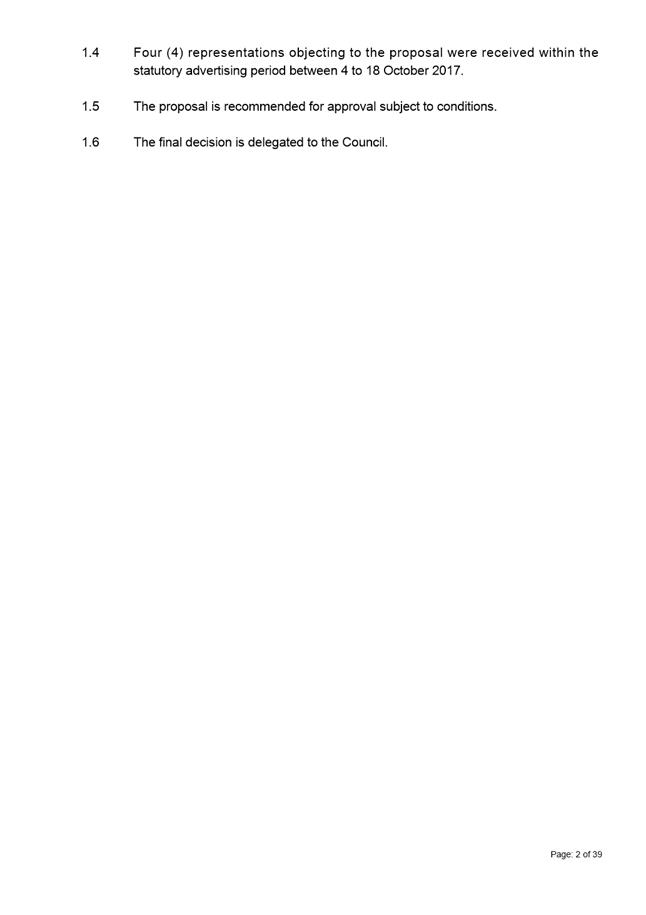
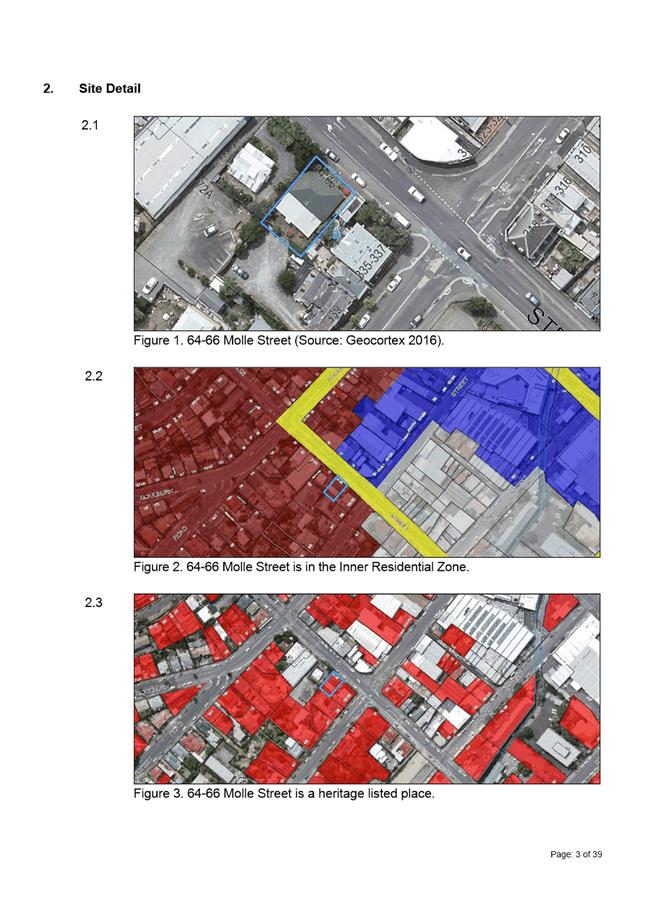
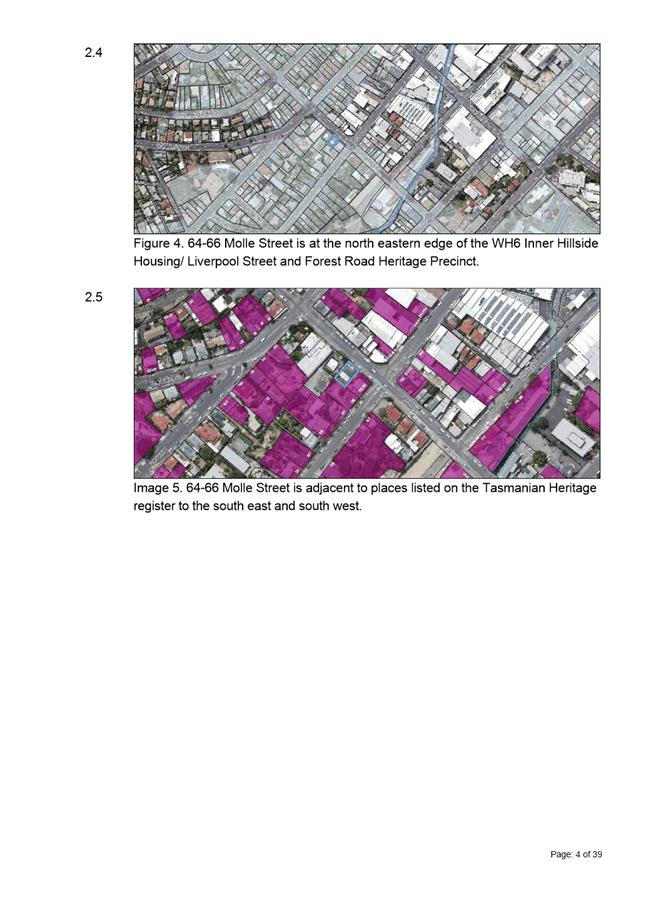
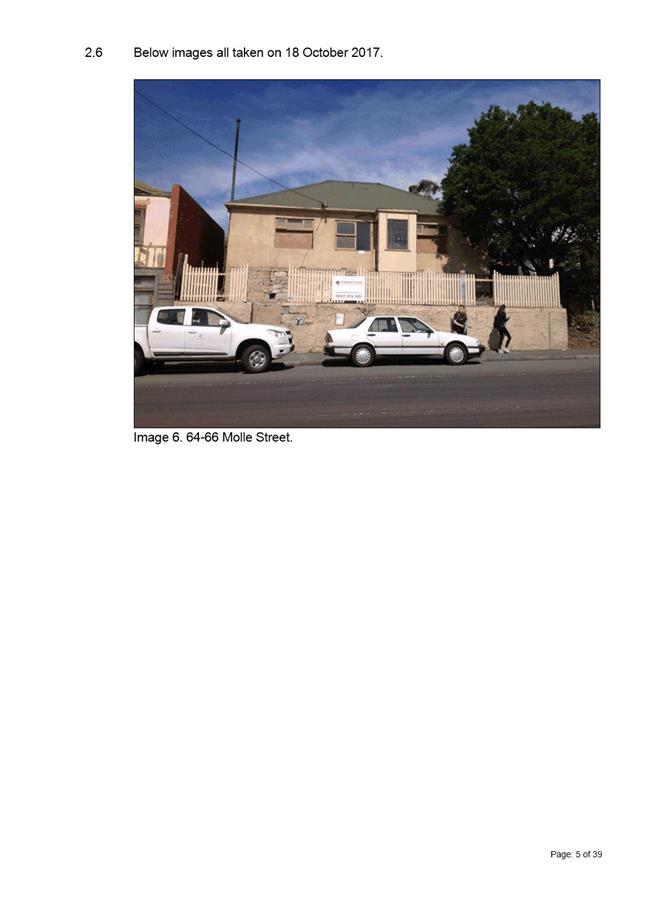
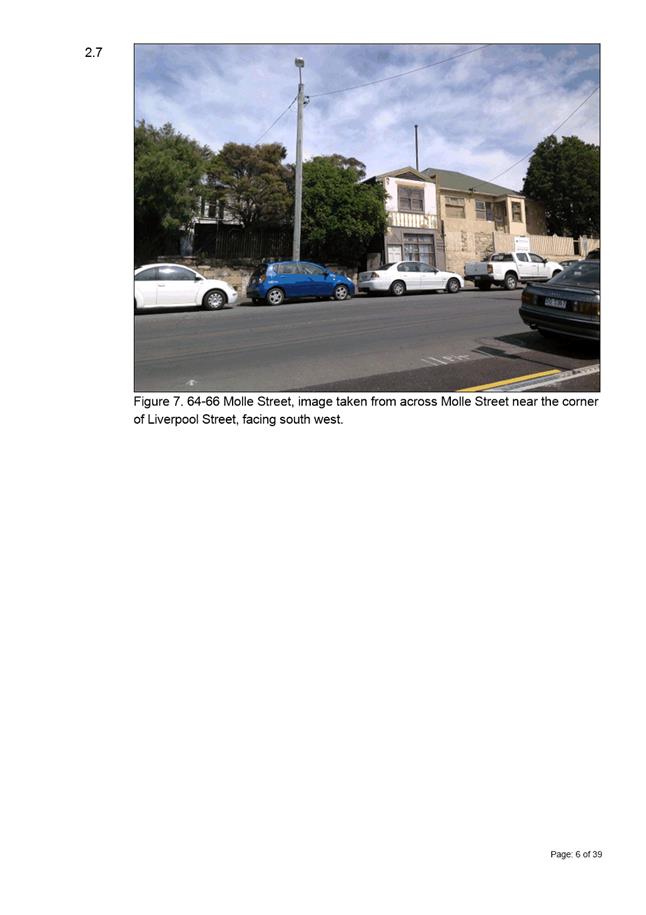
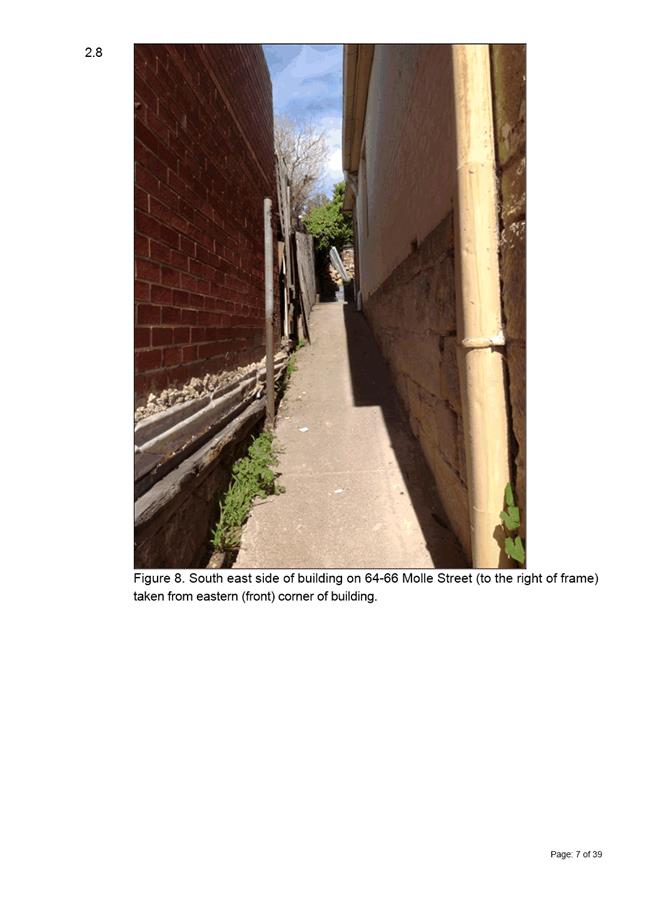
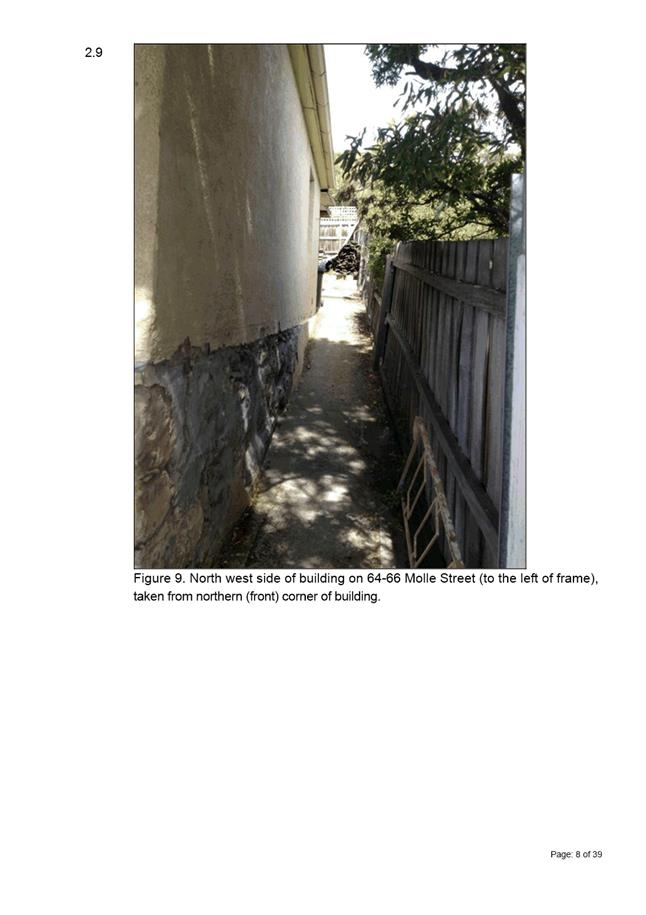
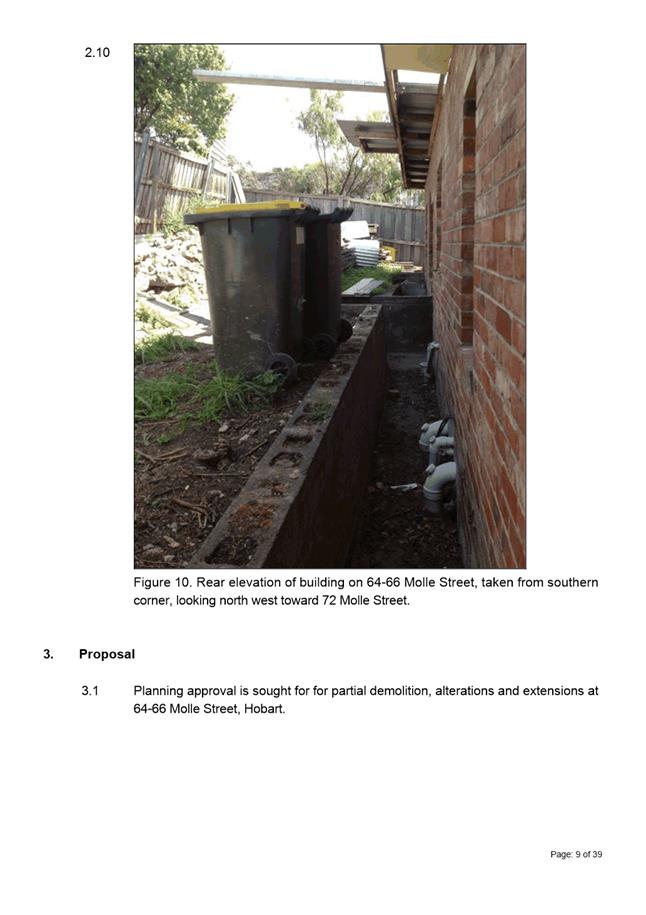
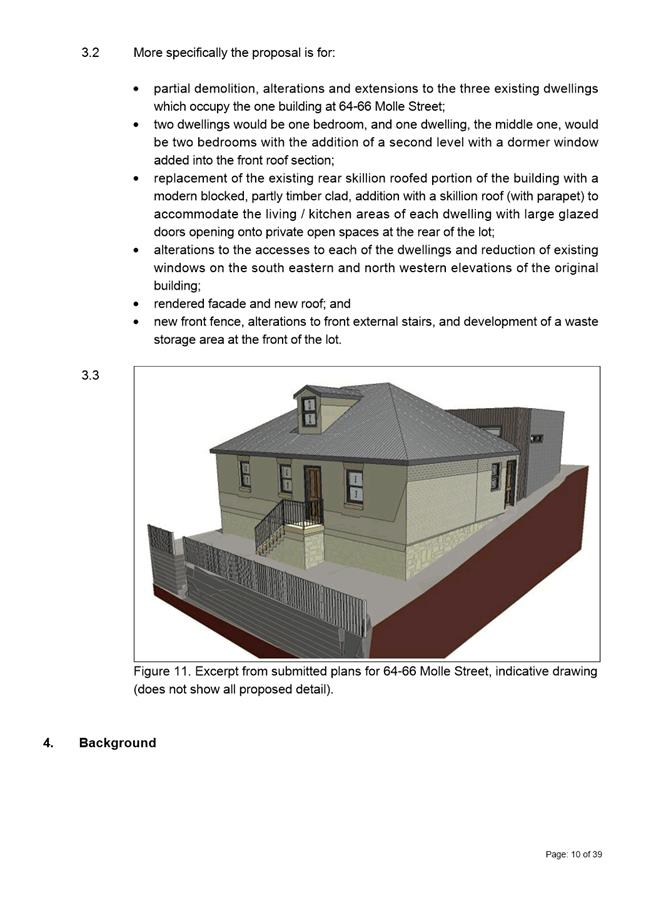

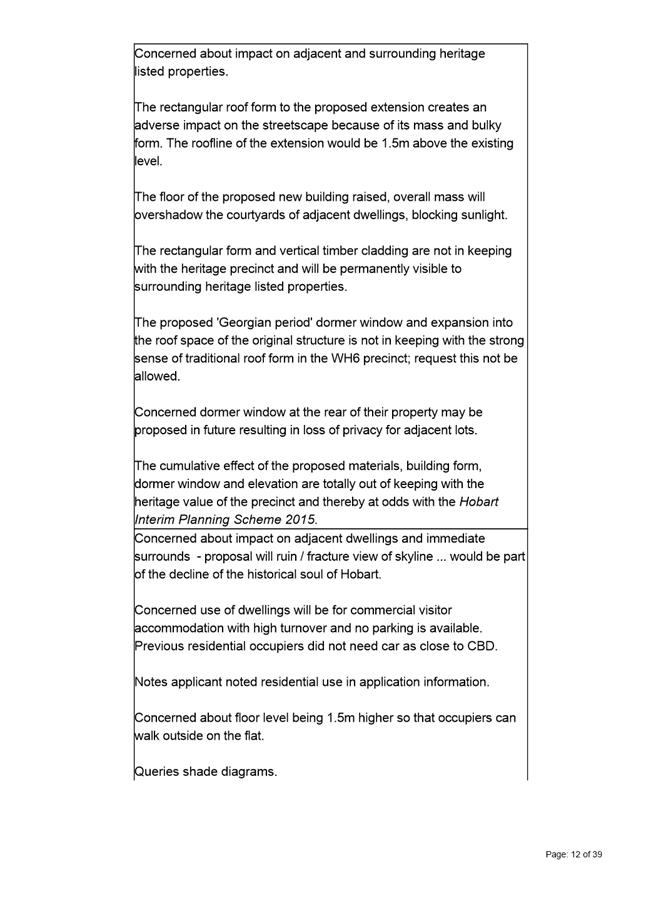
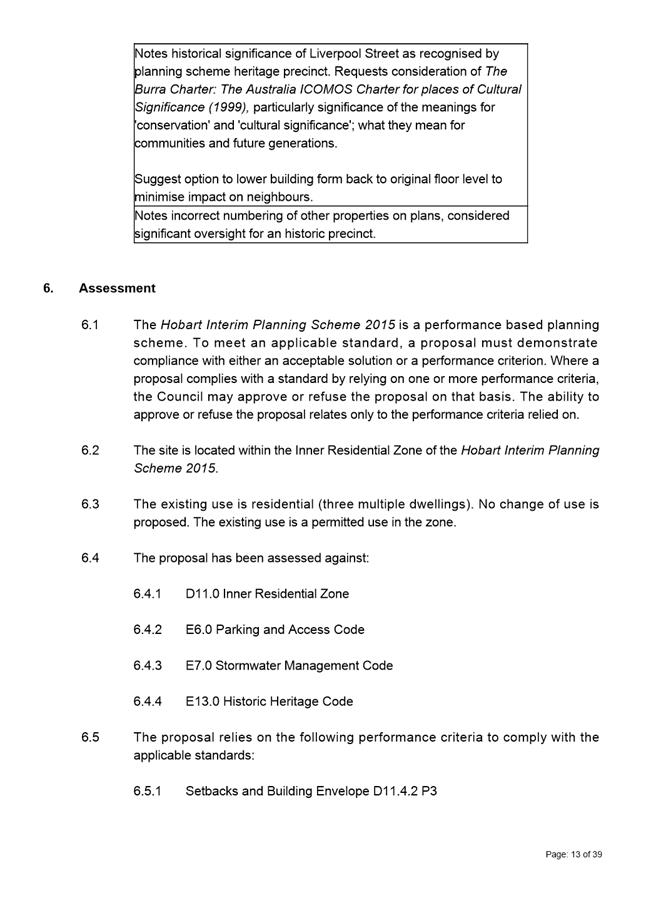
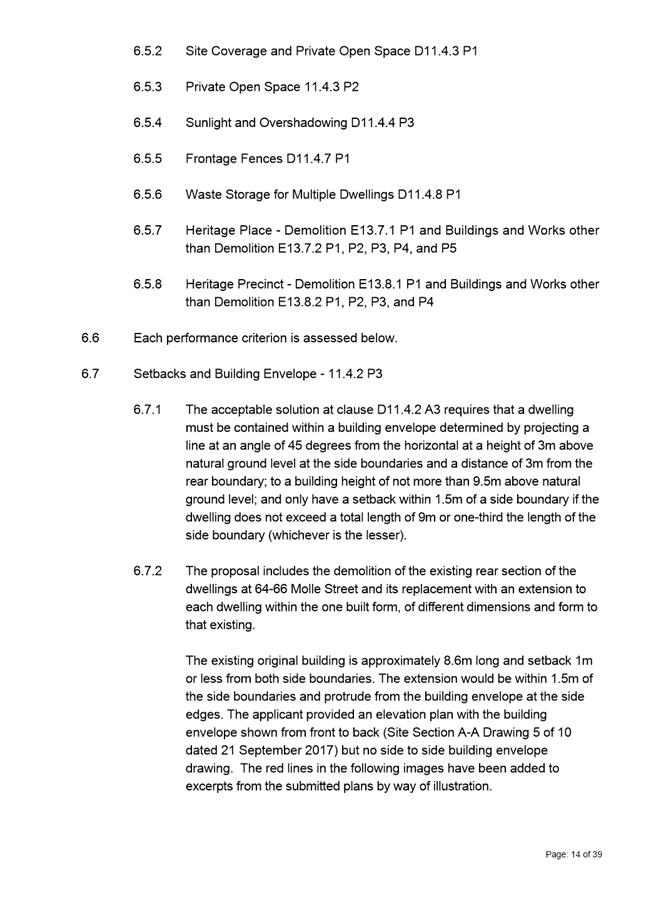
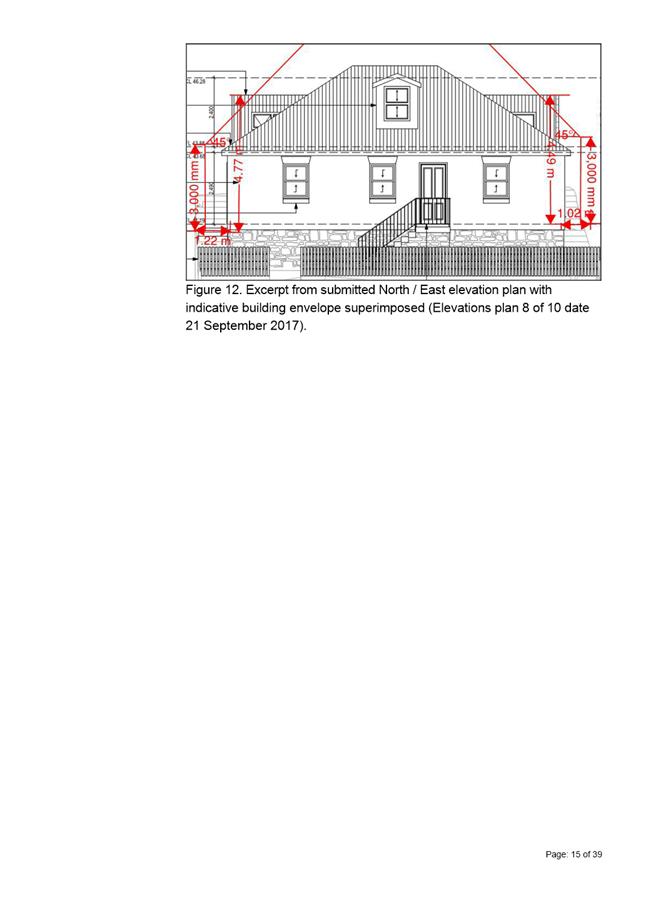
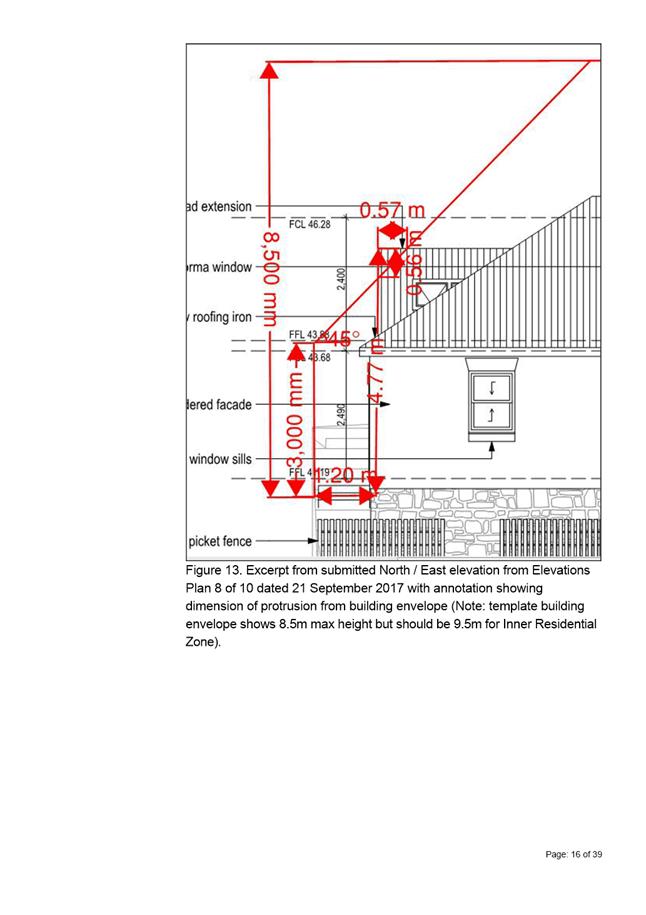
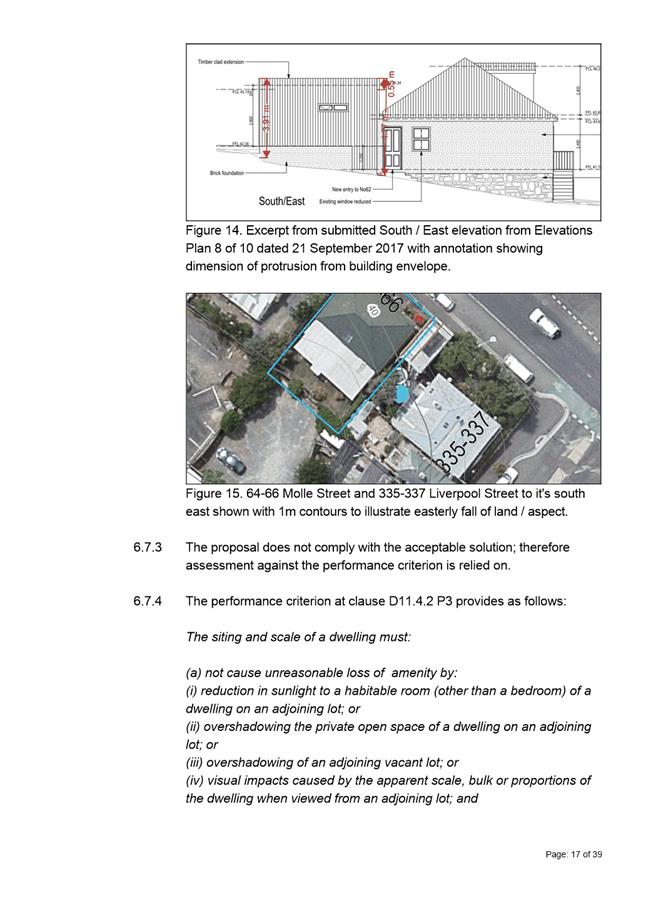
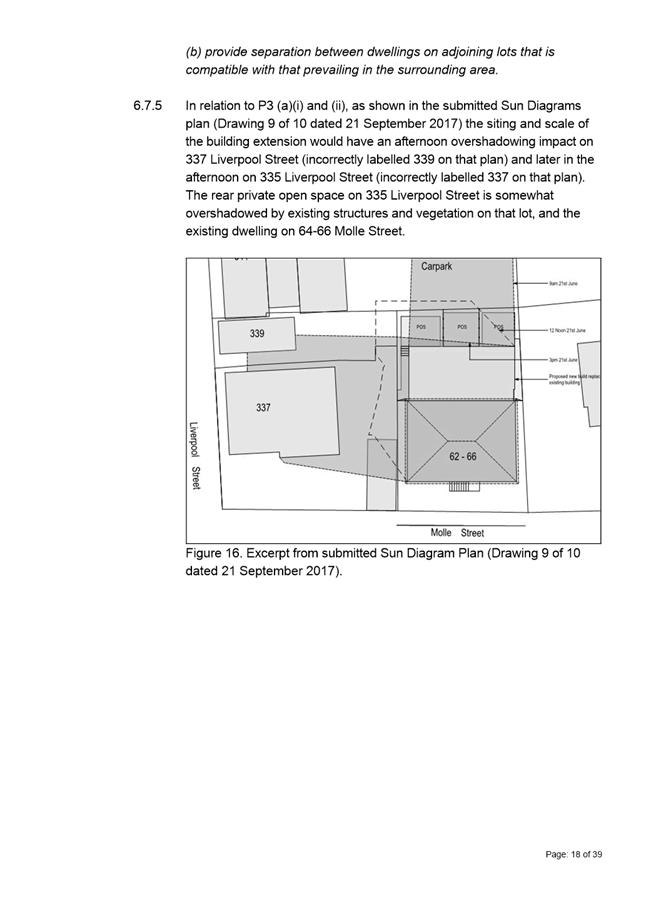
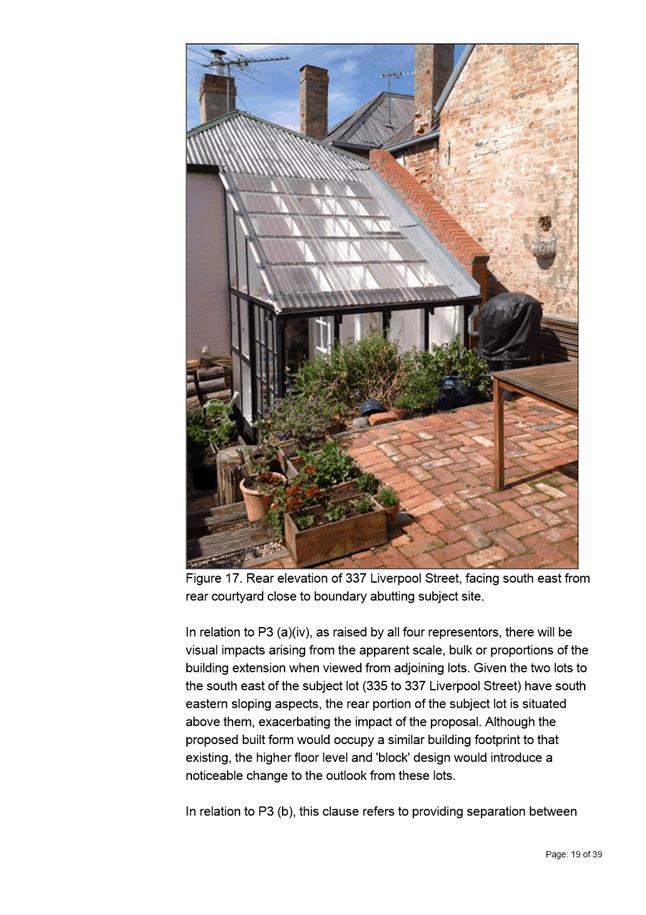
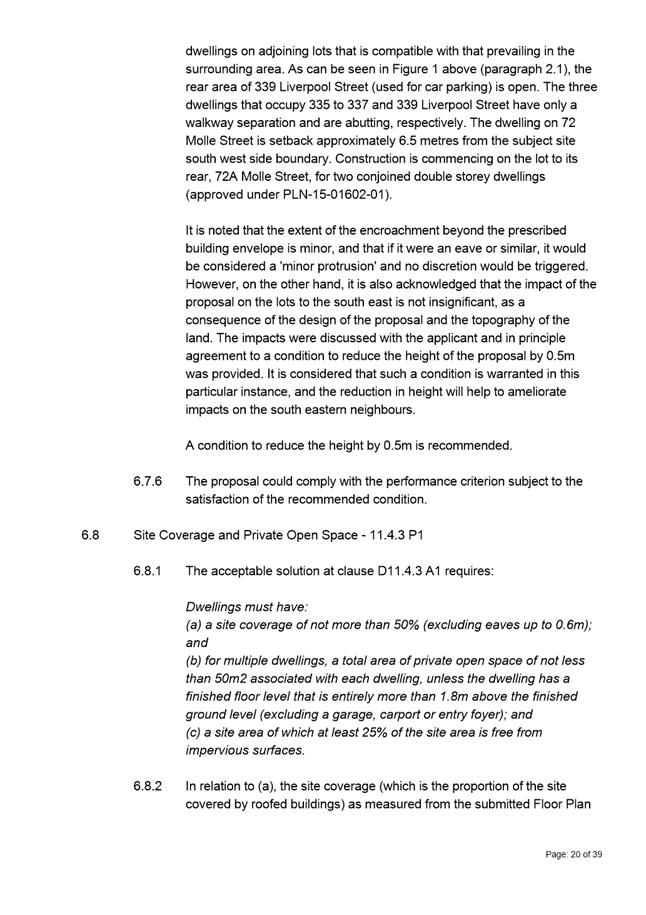
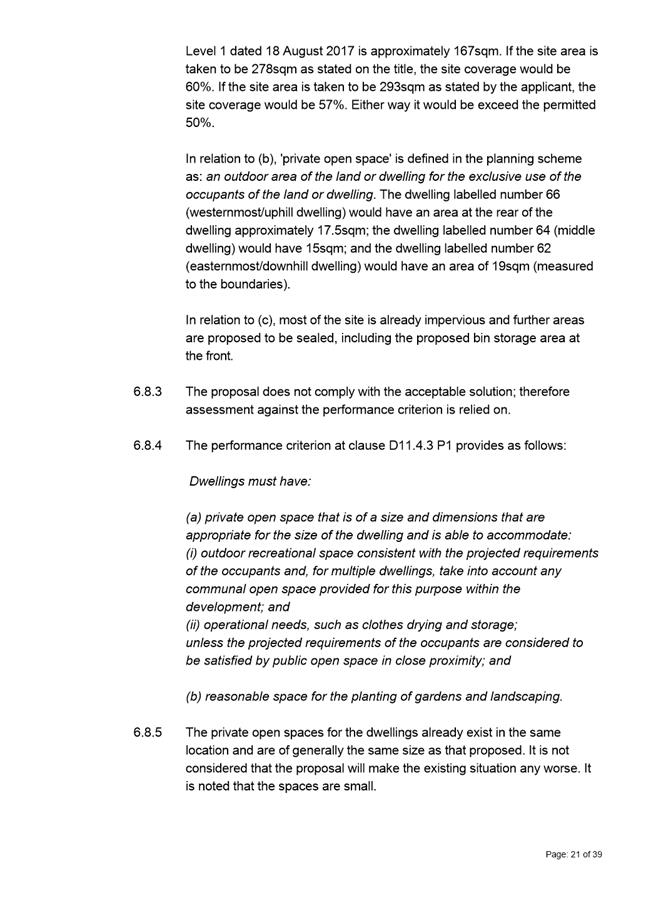
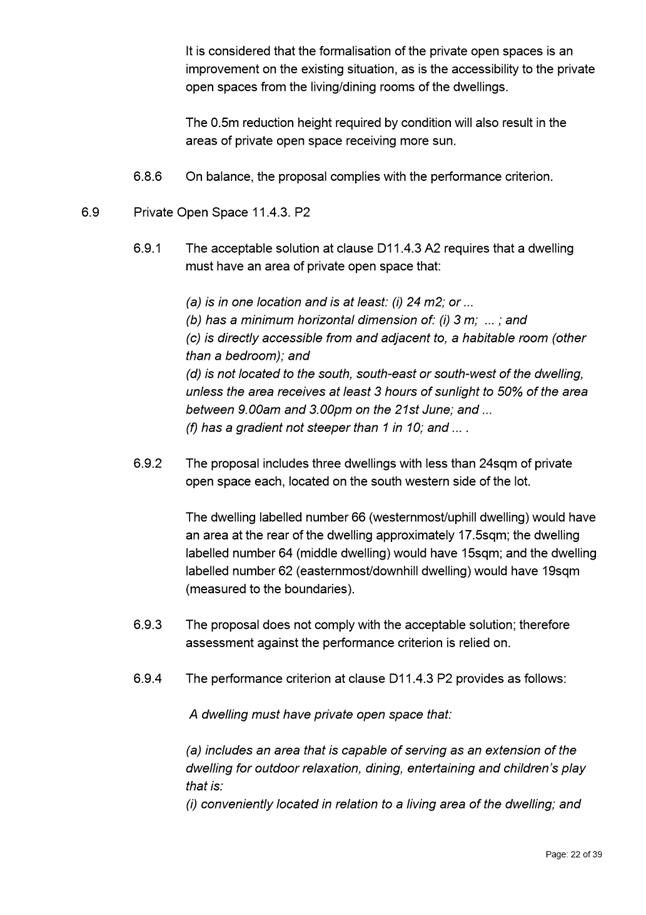
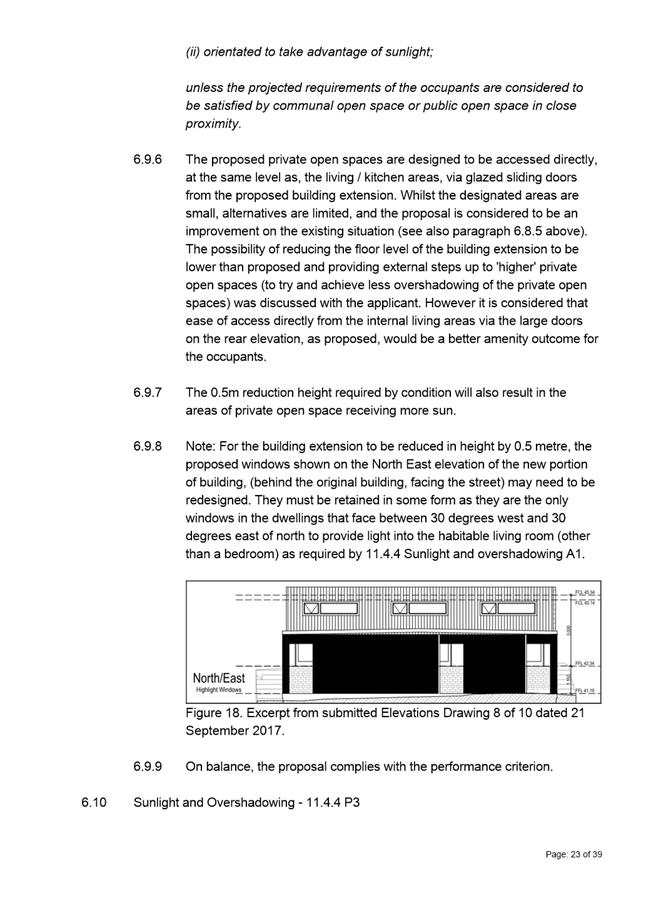
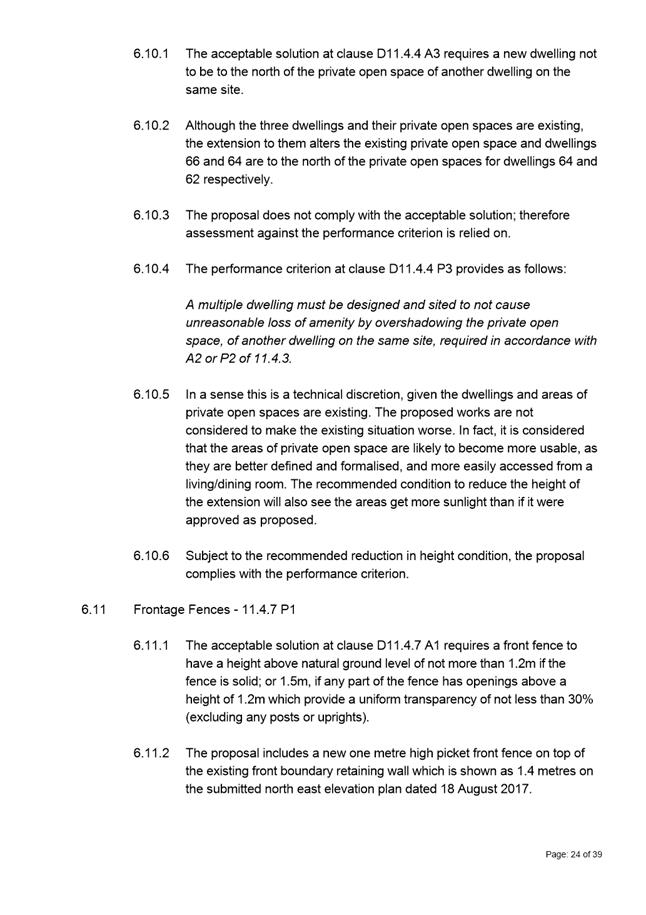
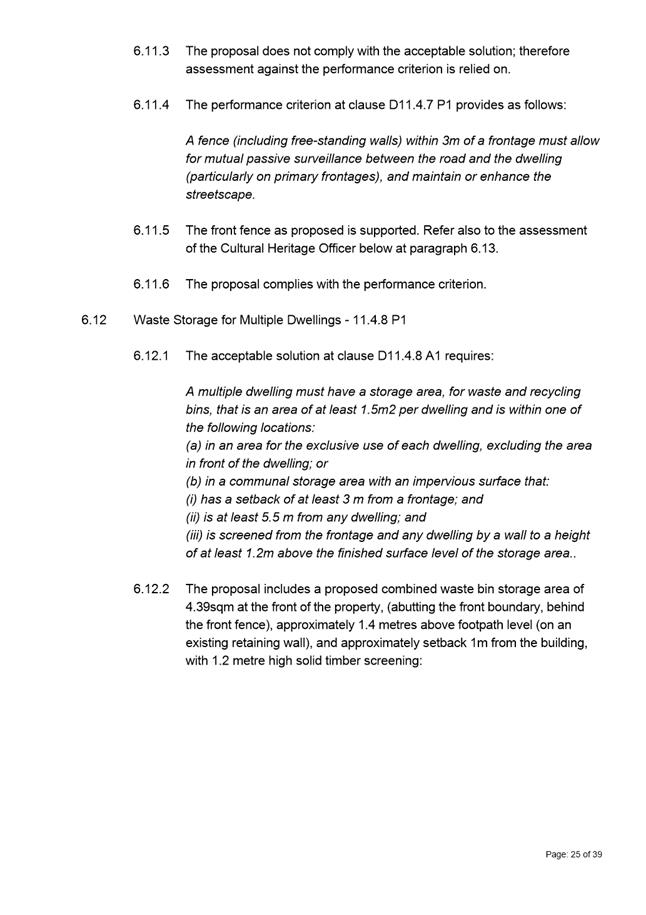
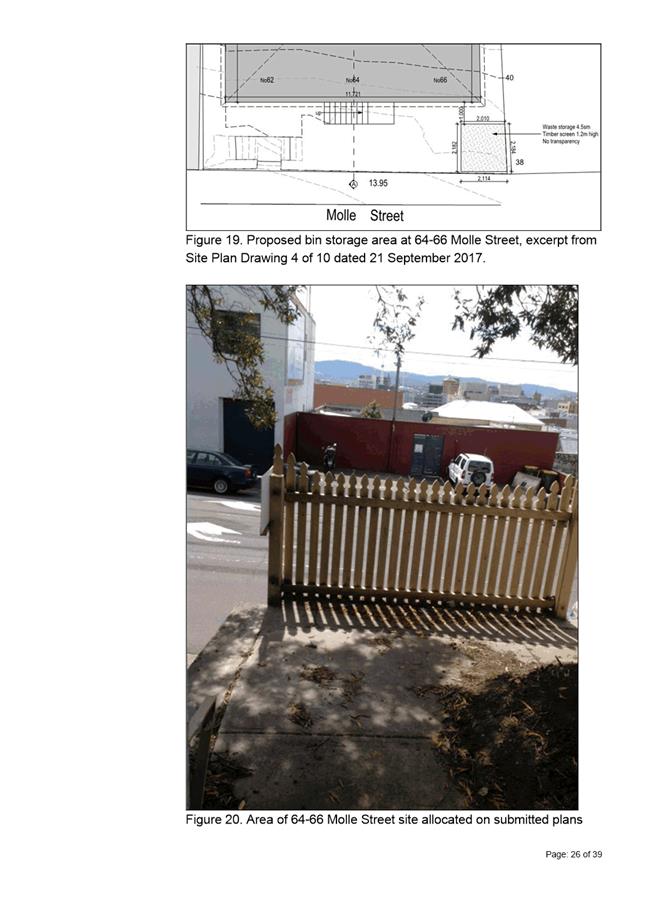
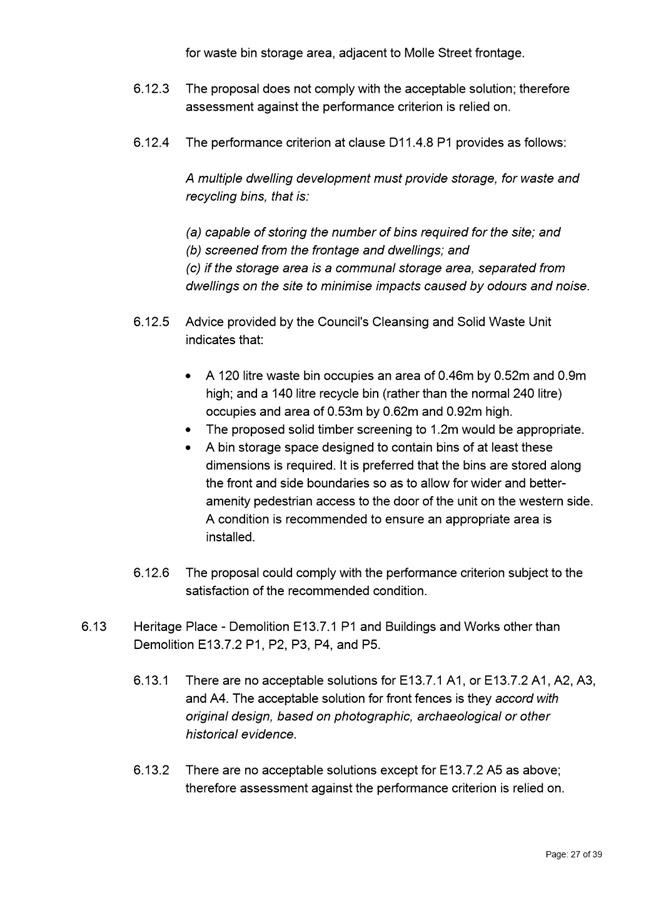
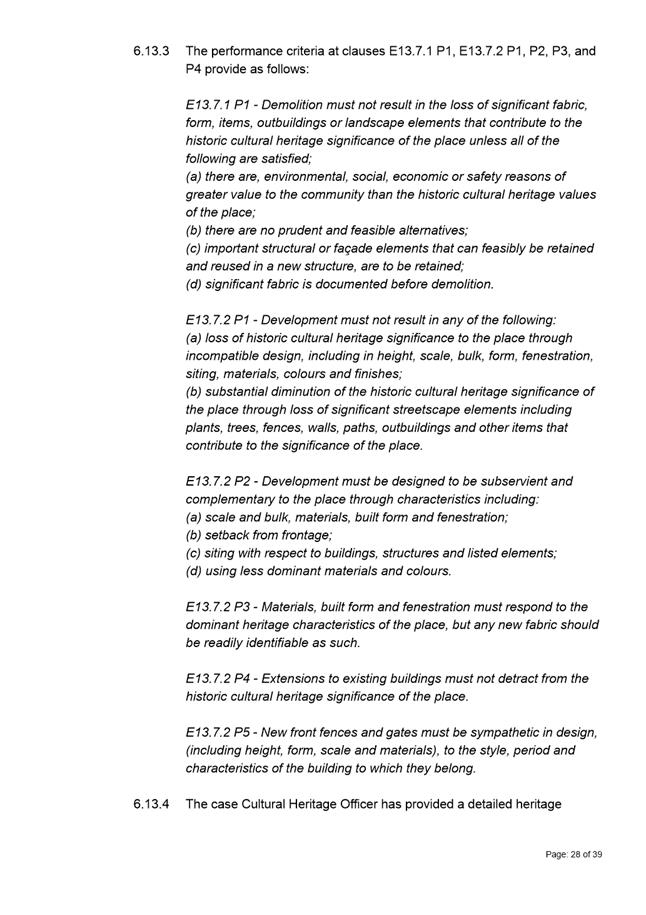
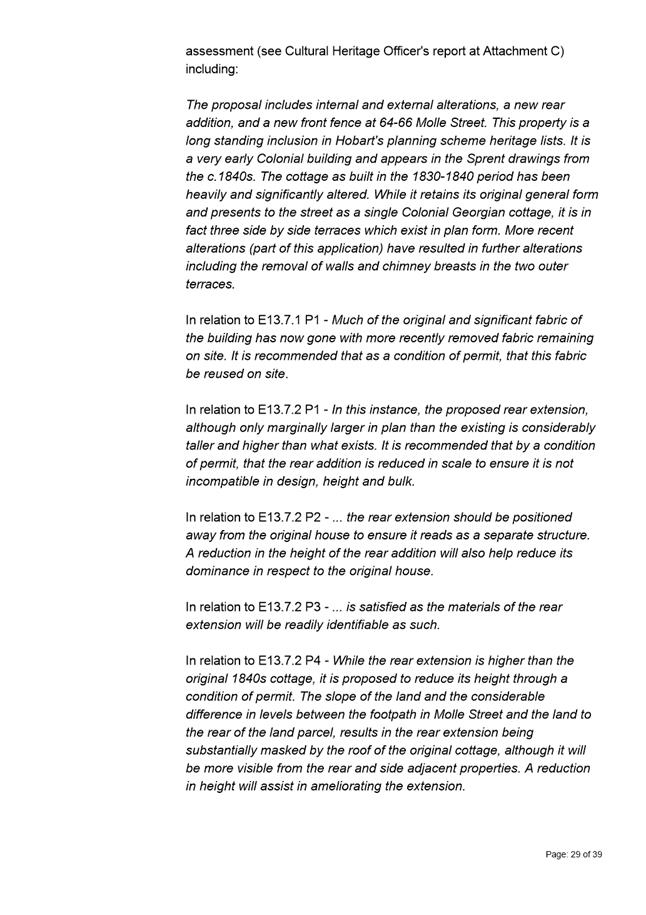
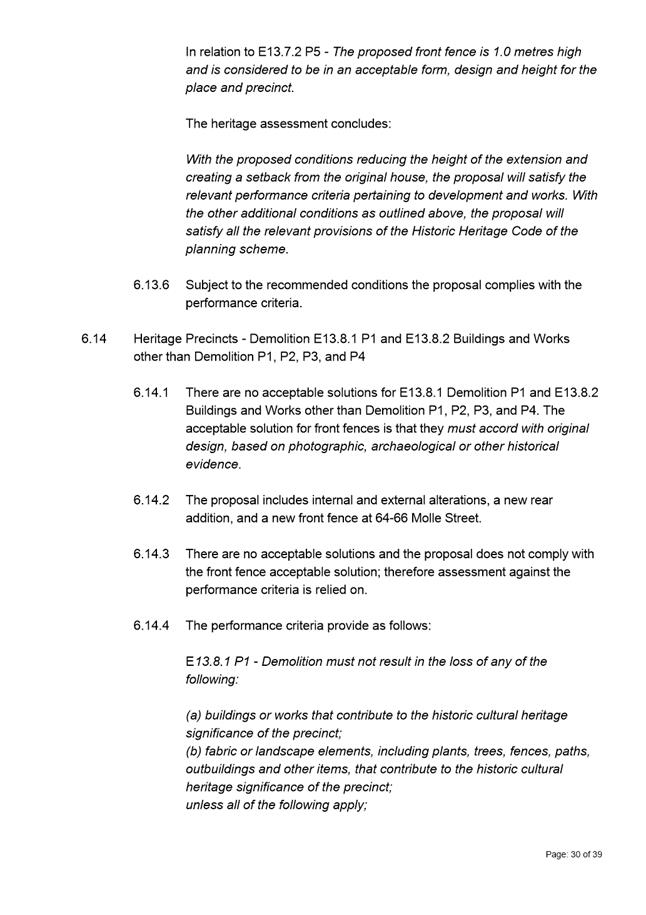
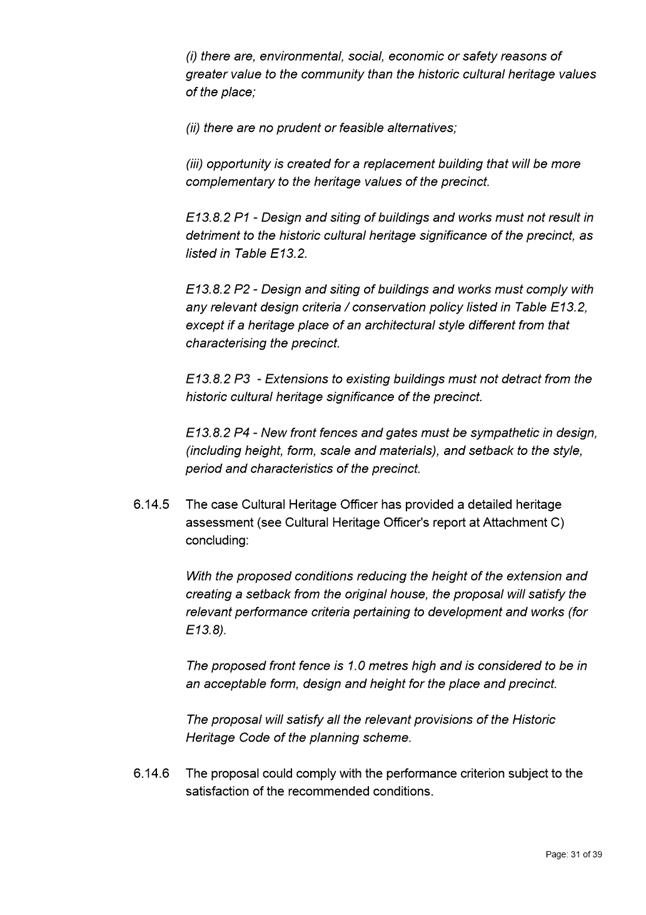
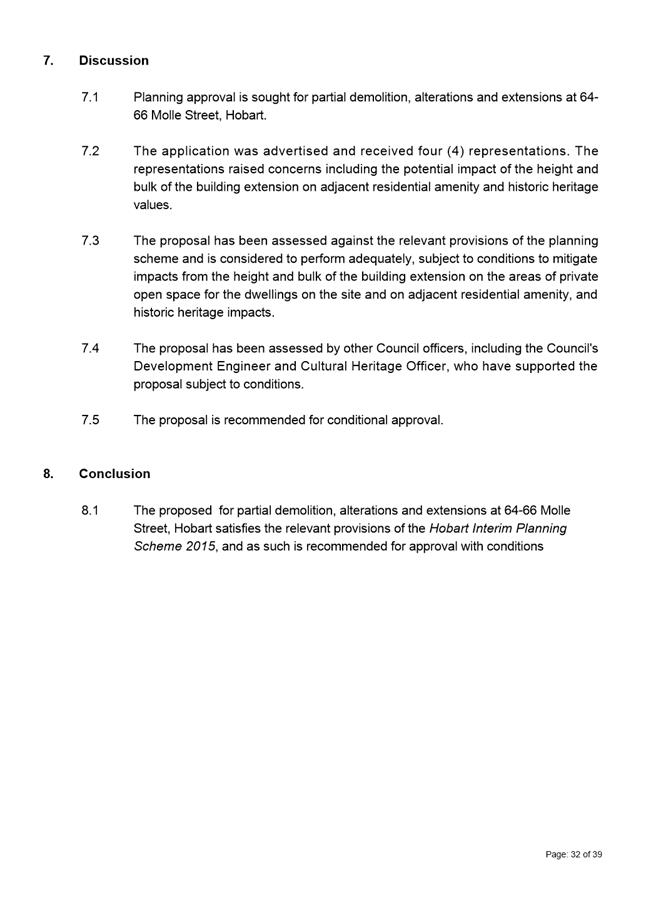
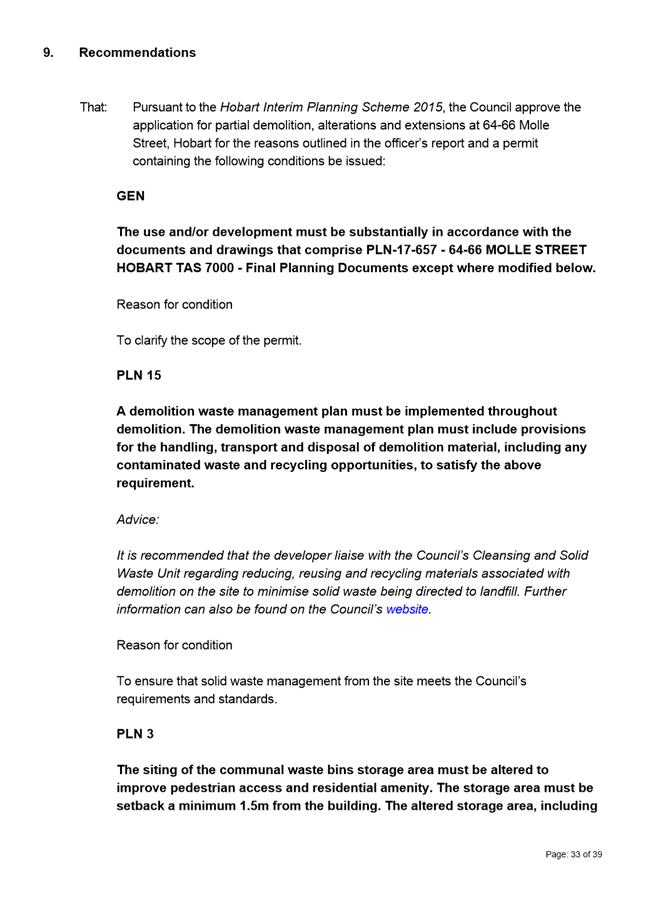
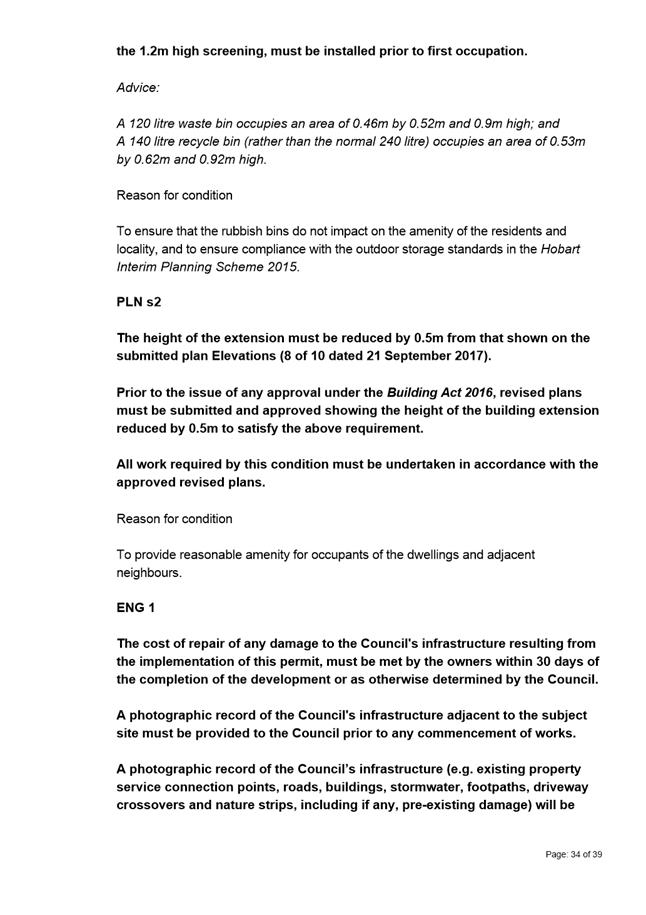
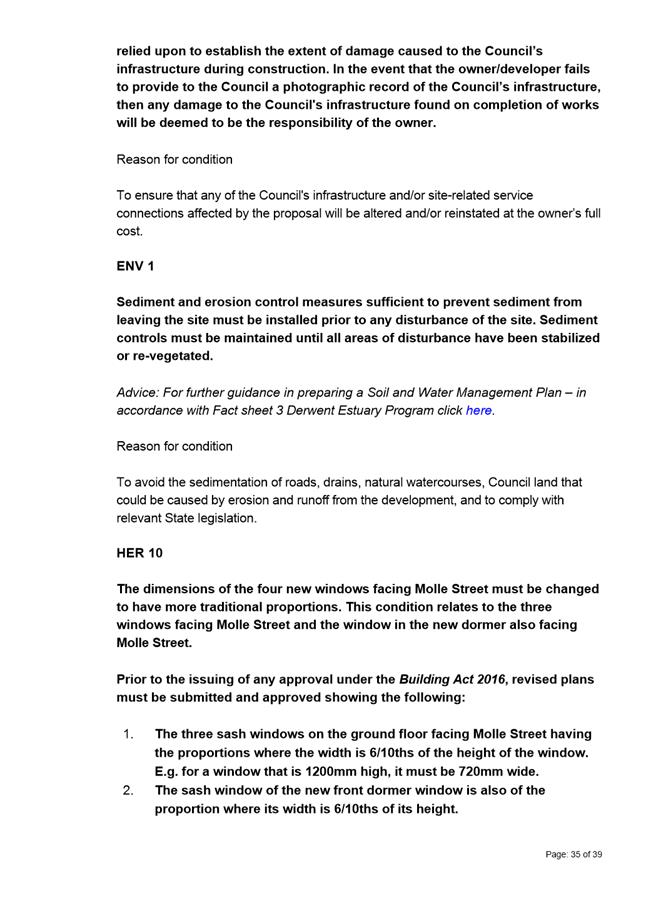
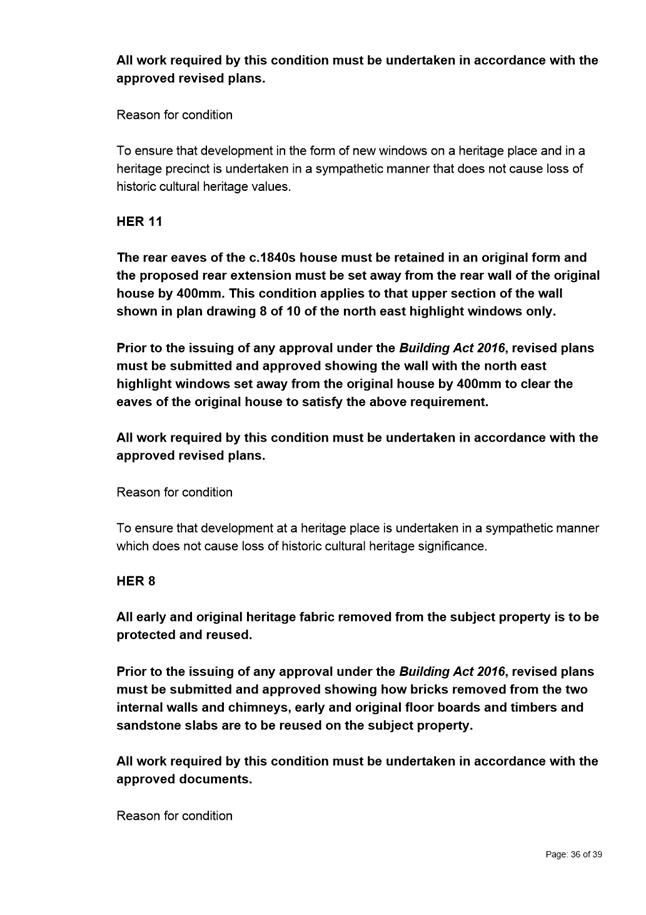
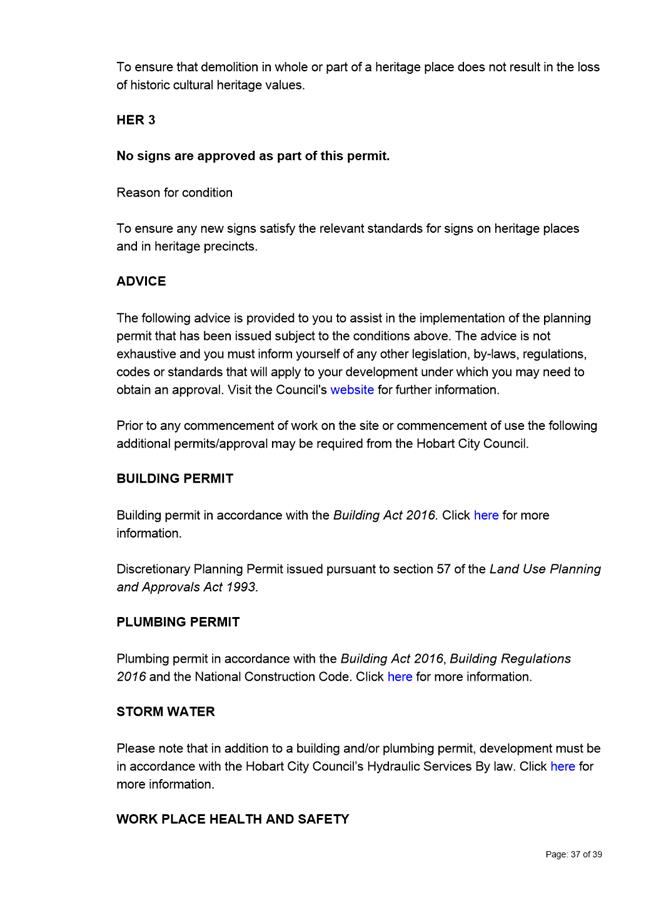
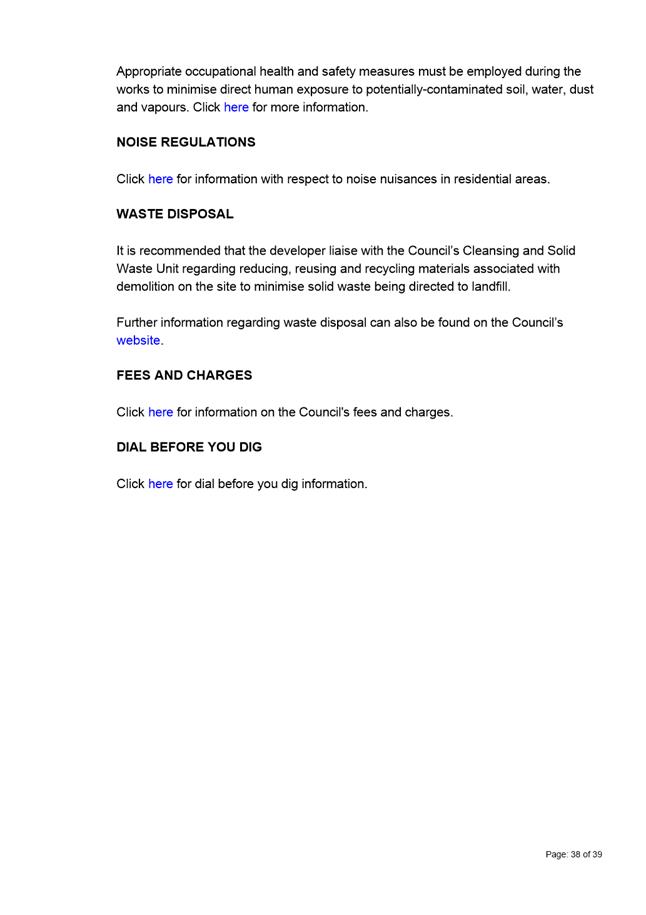
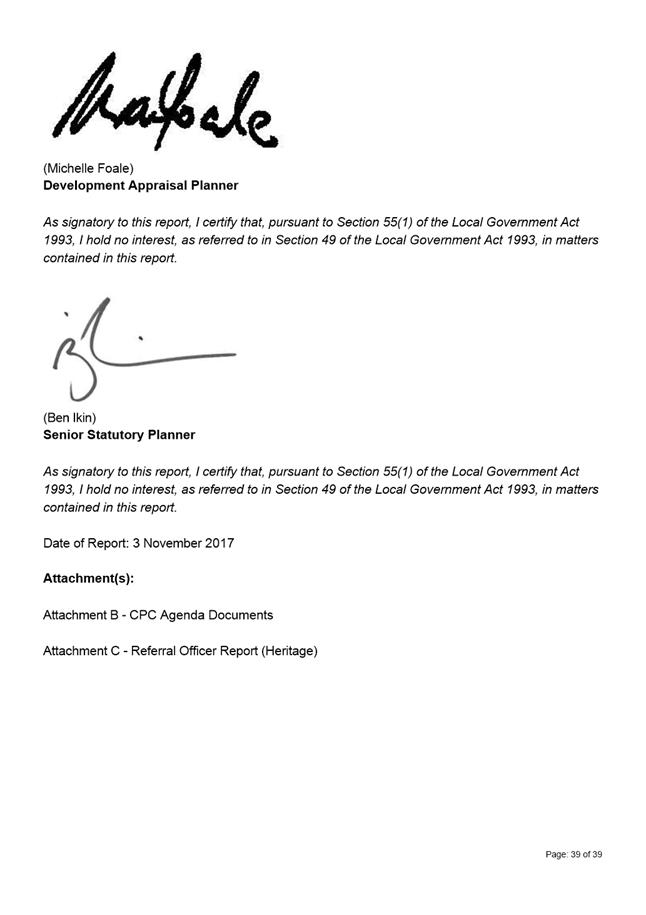
|
Agenda (Open Portion) City Planning Committee Meeting - 13/11/2017 |
Page 267 ATTACHMENT b |
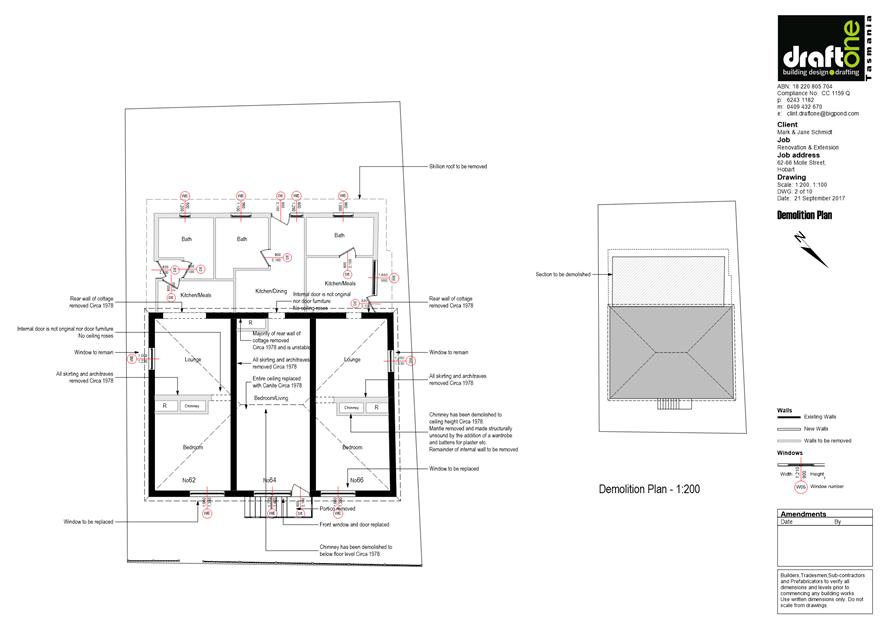
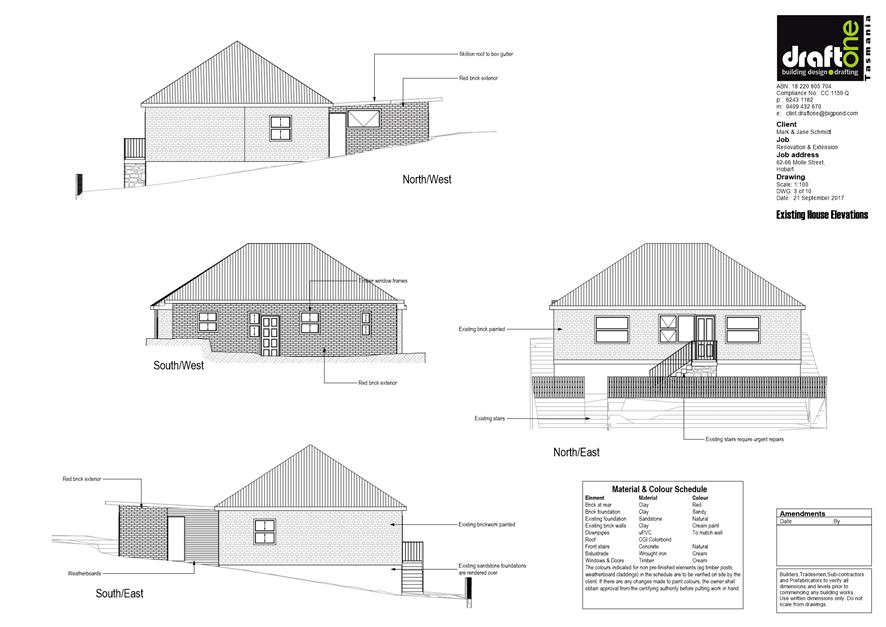
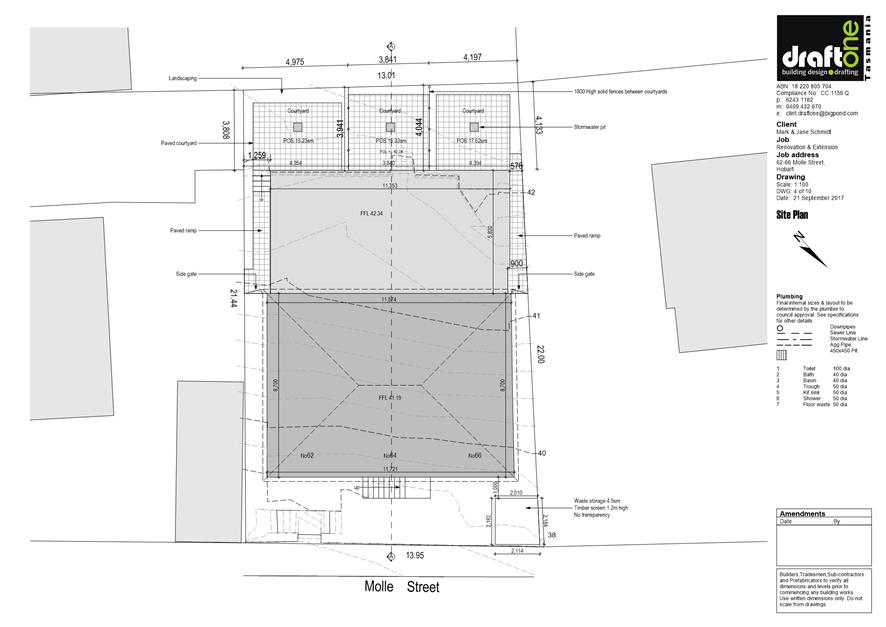
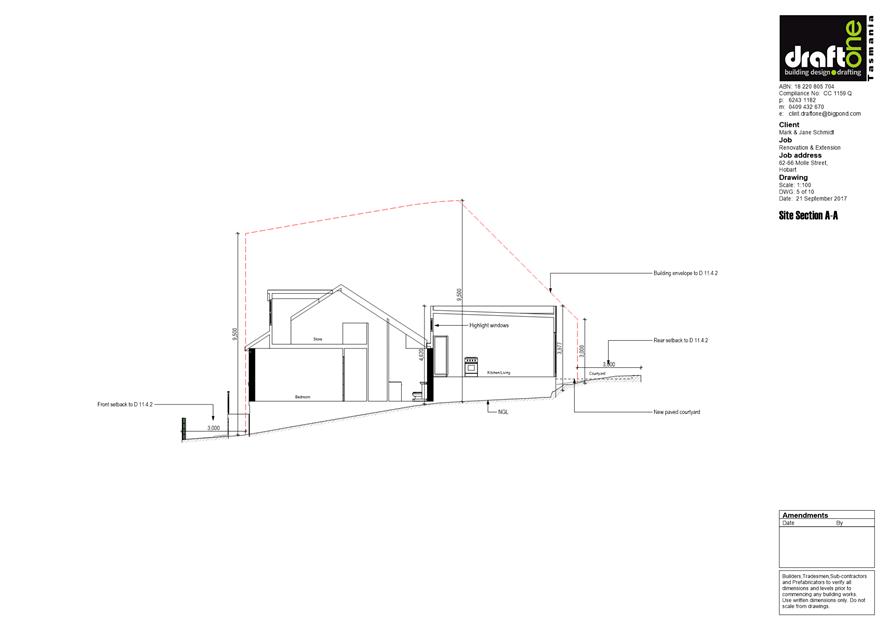
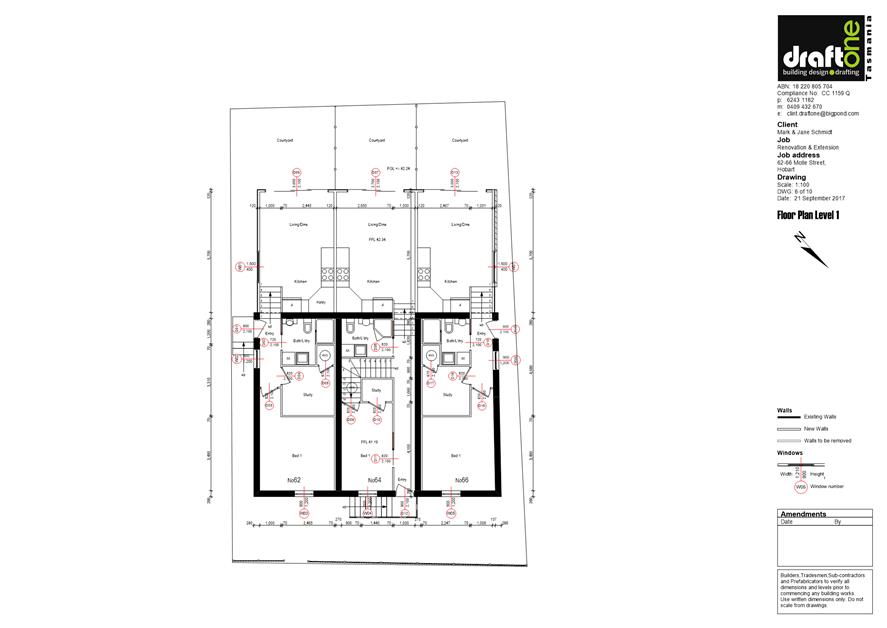
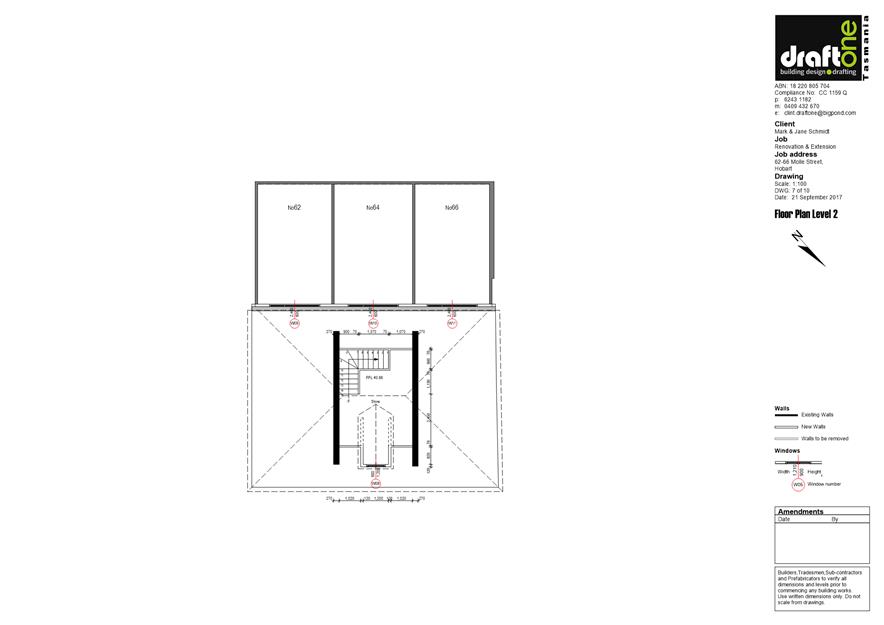
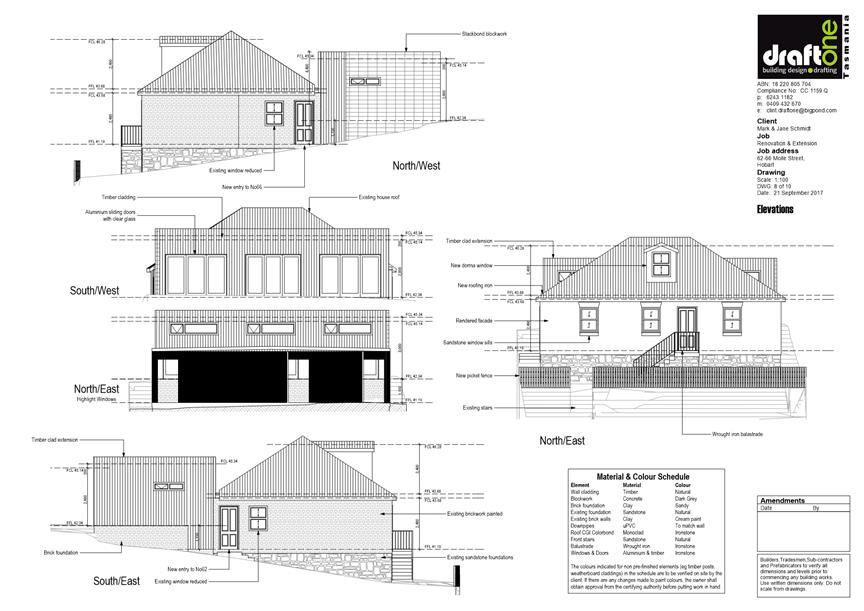
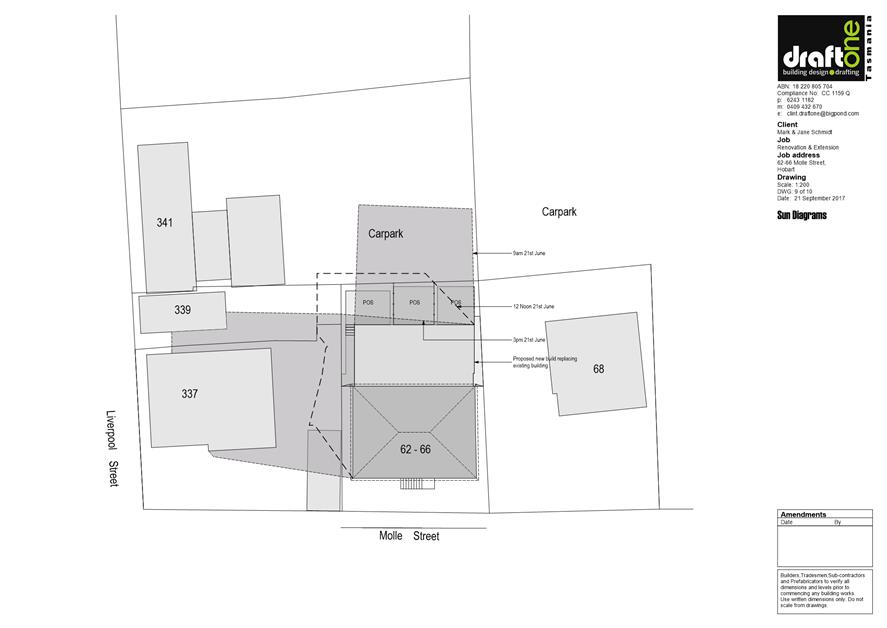
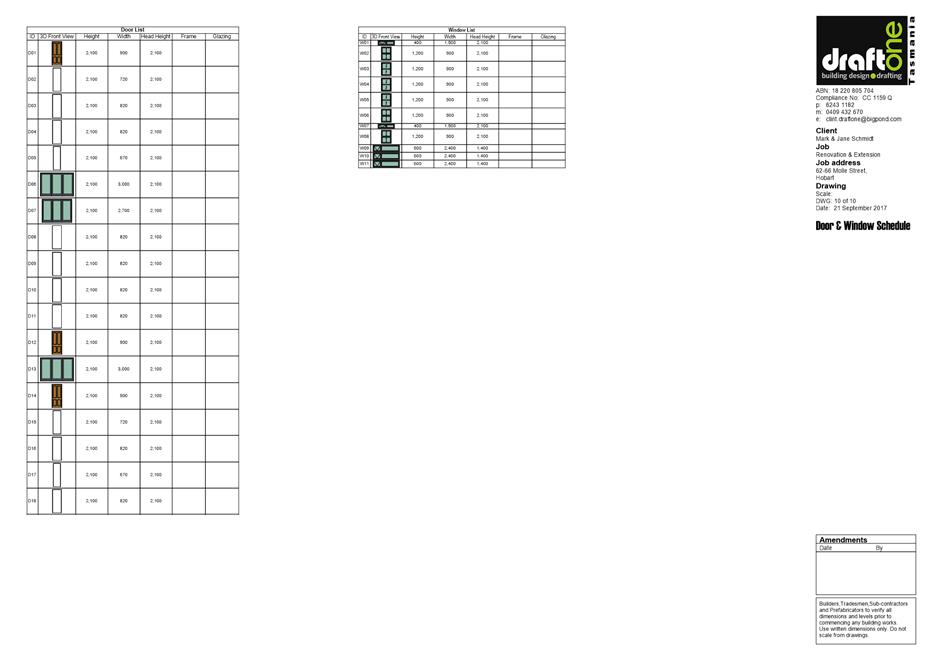
|
Item No. 7.1.3 |
Agenda (Open Portion) City Planning Committee Meeting - 13/11/2017 |
Page 277 ATTACHMENT b |
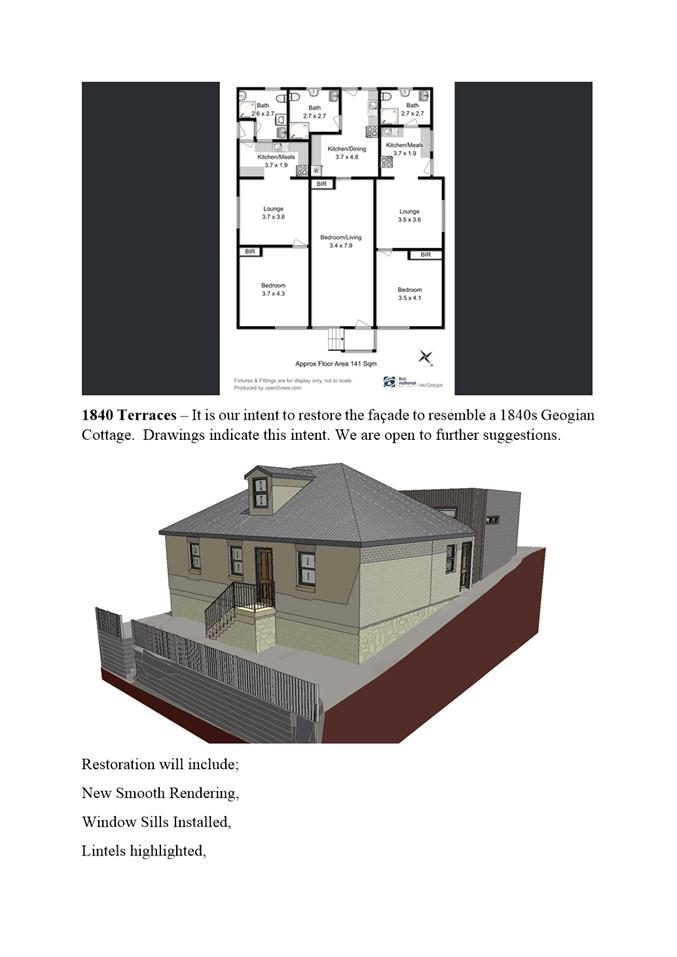
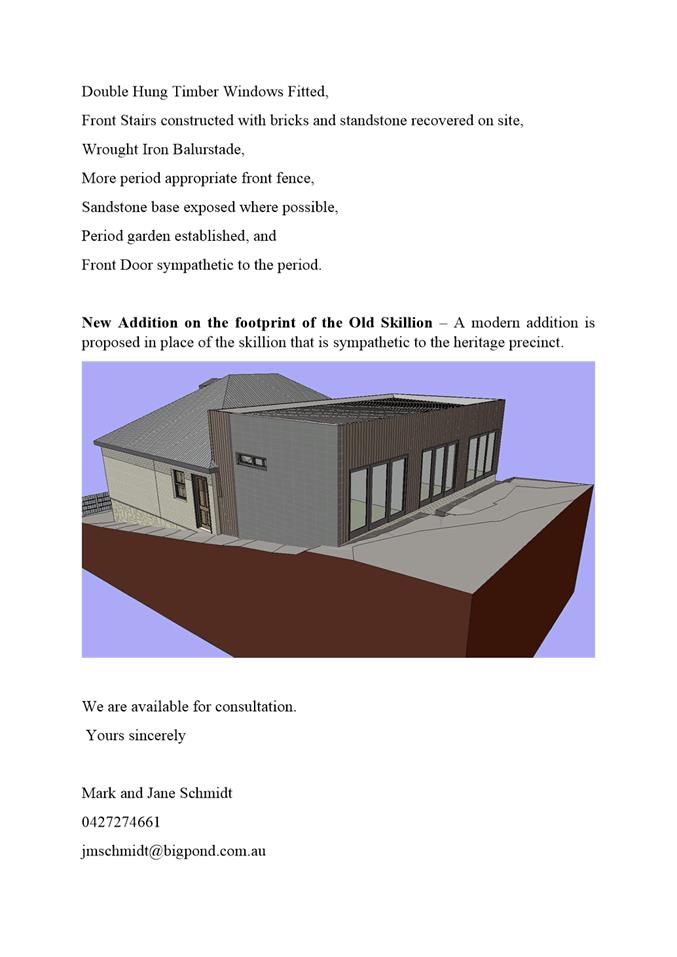
|
Item No. 7.1.3 |
Agenda (Open Portion) City Planning Committee Meeting - 13/11/2017 |
Page 281 ATTACHMENT b |
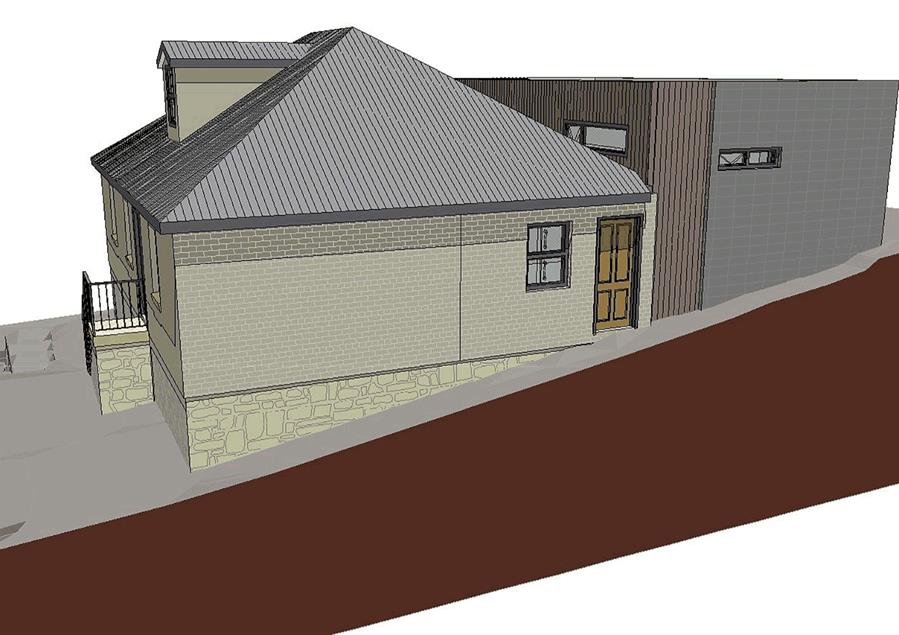
|
Item No. 7.1.3 |
Agenda (Open Portion) City Planning Committee Meeting - 13/11/2017 |
Page 283 ATTACHMENT b |
|
Item No. 7.1.3 |
Agenda (Open Portion) City Planning Committee Meeting - 13/11/2017 |
Page 286 ATTACHMENT c |
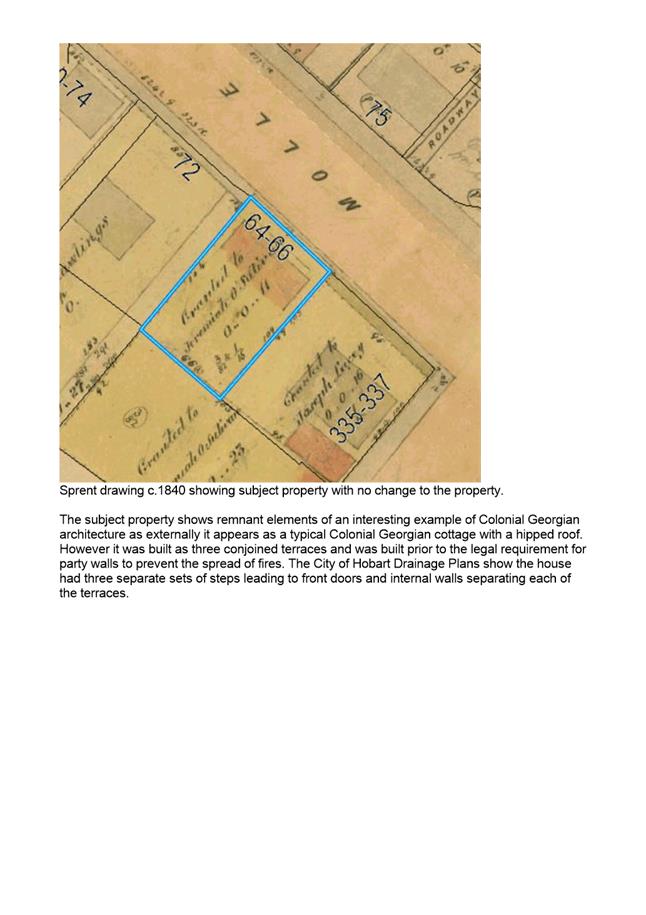
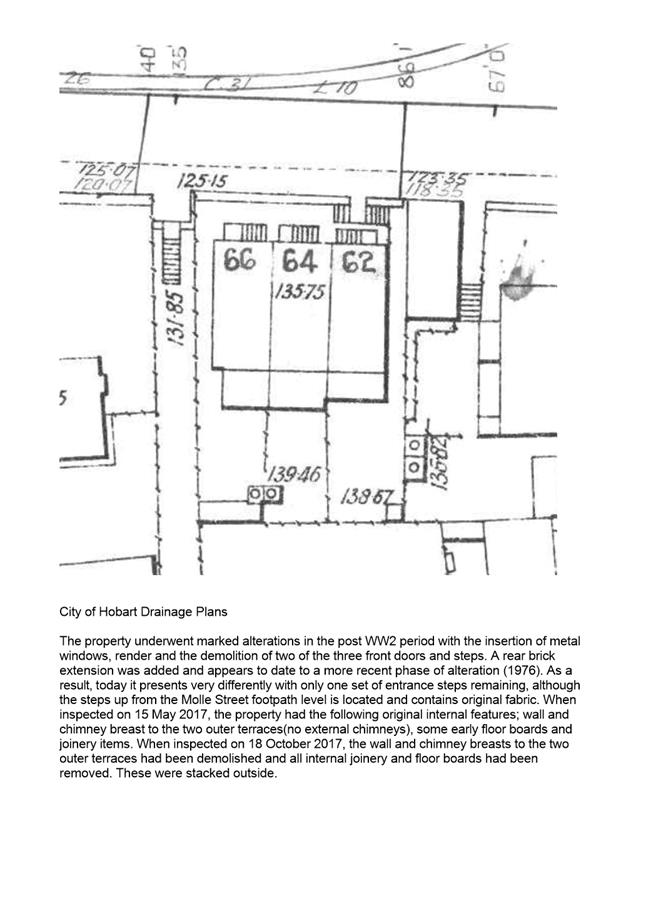
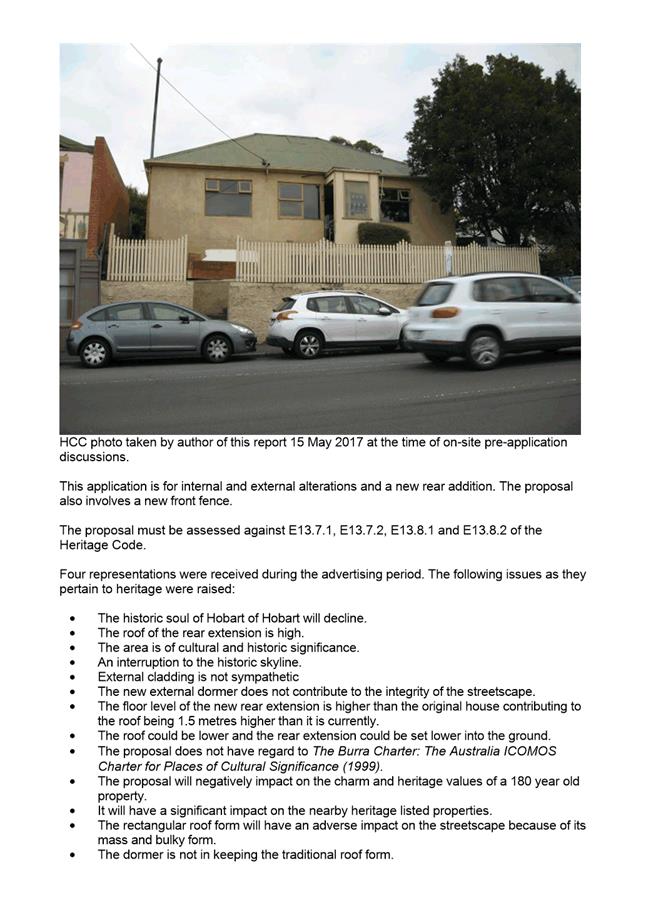
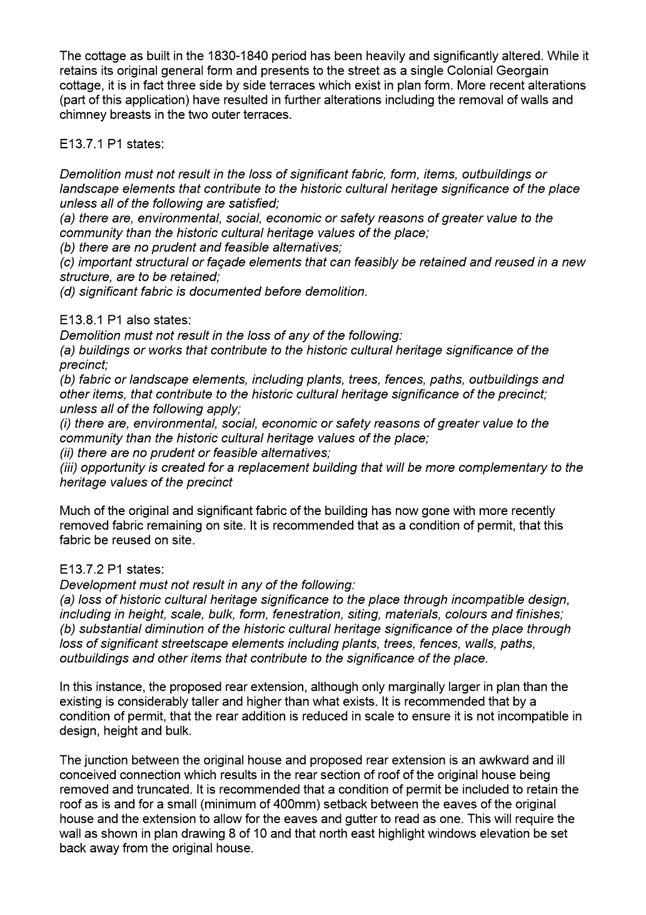
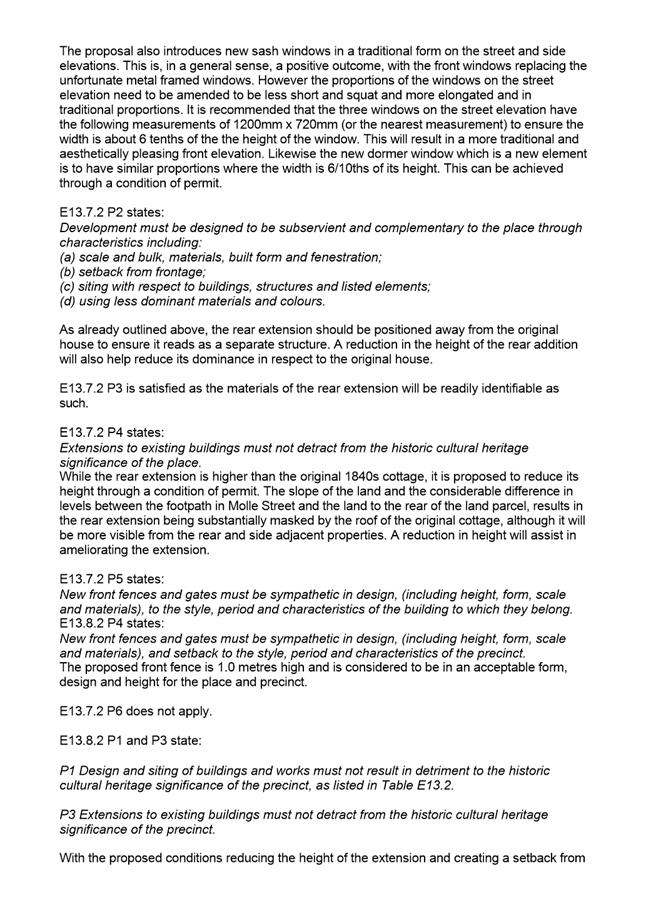

|
Agenda (Open Portion) City Planning Committee Meeting |
Page 293 |
|
|
|
13/11/2017 |
|
7.1.4 233 - 235 Liverpool Street, Hobart - Multiple Dwellings and Business and Professional Services
Address: 233 - 235 Liverpool Street, Hobart
Proposal: Multiple Dwellings and Business and Professional Services
Expiry Date: 4 December 2017
Extension of Time: Not applicable
Author: Adam Smee
|
REcommendation That: Pursuant to the Hobart Interim Planning Scheme 2015, the Council approve the application for Multiple Dwellings and Business and Professional Services at 233 235 Liverpool Street, Hobart for the reasons outlined in the officer’s report and a permit containing the following conditions be issued:
GEN
The use and/or development must be substantially in accordance with the documents and drawings that comprise PLN17703 233235 LIVERPOOL STREET HOBART TAS 7000 Final Planning Documents except where modified below.
Reason for condition
To clarify the scope of the permit.
TW
The use and/or development must comply with the requirements of TasWater as detailed in the form Submission to Planning Authority Notice, Reference No. TWDA 2017/01516HCC dated 28 September 2017 as attached to the permit.
Reason for condition
To clarify the scope of the permit.
PLN 17
Prior to first occupation, external lighting to illuminate car parking areas and pedestrian paths must be provided in accordance with AS/NZS 1158.3.1:2005 Lighting for Roads and Public Spaces. Prior to the first occupation, the external lighting must operate in accordance with Australian Standard AS4282 Control of the Obtrusive Effects of Outdoor Lighting.
Reason for condition
To ensure that building design provides for the safety of the public and to ensure that parking and vehicle circulation roadways and pedestrian paths used outside daylight hours are provided with lighting to a standard which
(a) enables easy and efficient use;
(b) promotes the safety of users;
(c) minimises opportunities for crime or antisocial behaviour; and
(d) prevents unreasonable light overspill impacts.
ENG sw4
The new stormwater connection must be constructed at the owner’s expense and all existing connections abandoned and sealed by Council at the owner’s expense, prior to the issue of any approval under the Building Act 2016.
Advice:
A stormwater service connection must be approved by Council's City Infrastructure Unit prior to construction of the stormwater service connection. A road opening permit may also be required if the stormwater service connection works will be undertaken within the highway reservation. Please contact Council’s City Infrastructure Unit to initiate an application for a stormwater service connection and obtain a Road Opening Permit (if required).
Reason for condition
To ensure the site is drained adequately.
ENG sw6
All stormwater from the proposed development (including but not limited to: roofed areas, ag drains, retaining wall ag drains and impervious surfaces such as driveways and paved areas) must be drained to the Council’s stormwater infrastructure prior to first occupation.
Reason for condition
To ensure that stormwater from the site will be discharged to a suitable Council approved outlet.
ENG 5
The number of car parking spaces approved on the site is five (5). Car parking space P01 must be 2.4m wide. All parking spaces must be delineated by means of white or yellow lines 80mm to 100mm wide, or white or yellow pavement markers in accordance with Australian Standards AS/NZS 2890.1 2004, prior to first occupation.
Reason for condition
To ensure the provision of parking for the use is safe and efficient.
ENG 8
The use of the car parking spaces is restricted to User Class 1A (residential, domestic and employee parking) in accordance with Australian Standards AS/NZS2890.1:2004 Table 1.1.
Prior to first occupation, a sign approved by the Council and in accordance with Australian Standards AS/NZS1742.11:2016, must be erected at the entry of the parking access to indicate the parking area is for residents only.
Reason for condition
In the interests of vehicle user safety and the amenity of the development.
ENG 1
The cost of repair of any damage to the Council's infrastructure resulting from the implementation of this permit, must be met by the owners within 30 days of the completion of the development or as otherwise determined by the Council.
A photographic record of the Council's infrastructure adjacent to the subject site must be provided to the Council prior to any commencement of works.
A photographic record of the Council’s infrastructure (e.g. existing property service connection points, roads, buildings, stormwater, footpaths, driveway crossovers and nature strips, including if any, preexisting damage) will be relied upon to establish the extent of damage caused to the Council’s infrastructure during construction. In the event that the owner/developer fails to provide to the Council a photographic record of the Council’s infrastructure, then any damage to the Council's infrastructure found on completion of works will be deemed to be the responsibility of the owner.
Reason for condition
To ensure that any of the Council's infrastructure and/or siterelated service connections affected by the proposal will be altered and/or reinstated at the owner’s full cost.
ENG s1
The burdening stormwater easement shown on drawing 1714202 must be expunged from title 9273/2 prior to commencement of works.
Advice:
Approval for alternative stormwater disposal from title 9273/1 is likely to be required under the Building Act 2016 in order to obtain the relevant consent to allow the stormwater easement to be expunged.
Reason for condition
To ensure that the site is adequately drained
ENV 1
Sediment and erosion control measures sufficient to prevent sediment from leaving the site must be installed prior to any disturbance of the site. Sediment controls must be maintained until all areas of disturbance have been stabilized or revegetated.
Advice: For further guidance in preparing a Soil and Water Management Plan – in accordance with Fact sheet 3 Derwent Estuary Program click here.
Reason for condition
To avoid the sedimentation of roads, drains, natural watercourses, Council land that could be caused by erosion and runoff from the development, and to comply with relevant State legislation.
HER 6
The removal of the existing hard standing and any associated concrete slab must be monitored by a suitably qualified archaeologist. Should any features or deposits of an archaeological nature be discovered on the site prior to or during excavation or disturbance, all excavation and/or disturbance must stop immediately; and:
1. A qualified archaeologist must be engaged to attend the site and provide advice and assessment of the features and/or deposits discovered and make recommendations on further excavation and/or disturbance; and,
2. All and any recommendations made by the archaeologist engaged in accordance with (1) above must be complied with in full; and,
3. All features and/or deposits discovered must be reported to the Council with three (3) days of the discovery; and,
4. A copy of the archaeologist's advice, assessment and recommendations obtained in accordance with paragraph (1) above must be provided to the Council within 15 days of receipt of the advice, assessment and recommendations.
Excavation and/or disturbance must not recommence unless and until approval is granted from the Council.
Reason for condition
To ensure that work is planned and implemented in a manner that seeks to understand, retain, protect, preserve and manage significant archaeological evidence.
ADVICE
The following advice is provided to you to assist in the implementation of the planning permit that has been issued subject to the conditions above. The advice is not exhaustive and you must inform yourself of any other legislation, bylaws, regulations, codes or standards that will apply to your development under which you may need to obtain an approval. Visit the Council's website for further information.
Prior to any commencement of work on the site or commencement of use the following additional permits/approval may be required from the Hobart City Council.
USE
This permit gives approval for the area marked as "commercial tenancy" on the approved floor plan to be used for a use within the Business and Professional Services Use Class of the Hobart Interim Planning Scheme 2015. The permit is issued on the basis that the use of this part of the building would comply with the acceptable solutions for the relevant Use Standards for the Central Business Zone. These standards include hours of operation, noise, external lighting, and commercial vehicle movements. Any use of the site that does not comply with the acceptable solutions for the Use Standards requires further approval. Any use of the site other than that within the Residential Use Class or the Business and Professional Services Use Class may require further approval. It is recommended that any potential users of the site check with the Council regarding the requirement for further approval before commencement of use.
FRONT FACADE
The developer is encouraged to consider incorporating a greater degree of articulation, detailing, range of materials and outward expression of each floor level within the building's front facade, and to consider an alternative finish, materials or colouration to the building's north east facing return elevation within 15m of the front boundary line. For further advice, please contact the Council's Cultural Heritage Officer on 6238 2457.
BUILDING PERMIT
Building approval in accordance with the Building Act 2016. Click here for more information.
Discretionary Planning Permit issued in accordance with section 57 of the Land Use Planning and Approvals Act 1993.
PLUMBING PERMIT
Plumbing approval in accordance with the Building Act 2016, Building Regulations 2016 and the National Construction Code. Click here for more information.
OCCUPATION OF THE PUBLIC HIGHWAY
Permit for the occupation of the public highway for construction or special event (e.g. placement of skip bin, crane, scissor lift etc). Click here for more information.
Occupational license for structures in the Hobart City Council highway reservation, in accordance with conditions to be established by the Council. Click here for more information.
Road closure permits for construction or special event. Click here for more information.
Permit to Open Up and Temporarily Occupy a Highway (for work in the road reserve). Click here for more information.
GENERAL EXEMPTION (TEMPORARY) PARKING PERMITS
General Exemption permits for construction vehicles i.e. residential or meter parking/loading zones. Click here for more information.
BUILDING OVER AN EASEMENT
In order to build over the service easement, you will require the consent in accordance with section 74 of the Building Act 2016.
NEW SERVICE CONNECTION
New service connection (please contact the Hobart City Council's City Infrastructure Division to initiate the application process).
STORM WATER
Please note that in addition to a building and/or plumbing permit, development must be in accordance with the Hobart City Council’s Hydraulic Services By law. Click here for more information.
WORK WITHIN THE HIGHWAY RESERVATION
Please note development must be in accordance with the Hobart City Council’s Highways By law. Click here for more information.
WEED CONTROL
Effective measures are detailed in the Tasmanian Washdown Guidelines for Weed and Disease Control: Machinery, Vehicles and Equipment (Edition 1, 2004). The guidelines can be obtained from the Department of Primary Industries, Parks, Water and Environment website.
WORK PLACE HEALTH AND SAFETY
Appropriate occupational health and safety measures must be employed during the works to minimise direct human exposure to potentiallycontaminated soil, water, dust and vapours. Click here for more information.
PROTECTING THE ENVIRONMENT
In accordance with the Environmental Management and Pollution Control Act 1994, local government has an obligation to "use its best endeavours to prevent or control acts or omissions which cause or are capable of causing pollution." Click here for more information.
NOISE REGULATIONS
Click here for information with respect to noise nuisances in residential areas.
FEES AND CHARGES
Click here for information on the Council's fees and charges.
DIAL BEFORE YOU DIG
Click here for dial before you dig information.
|
Attachment a: PLN-17-703
- 233-235 LIVERPOOL STREET HOBART TAS 7000 - Planning Committee or Delegated
Report ⇩ ![]()
Attachment
b: PLN-17-703
- 233-235 LIVERPOOL STREET HOBART TAS 7000 - Attachment B - CPC Agenda
Documents ⇩ ![]()
Attachment
c: PLN-17-703
- 233-235 LIVERPOOL STREET HOBART TAS 7000 - Attachment C - Referral Officer
Report - Cultural Heritage Officer ⇩ ![]()
Attachment
d: PLN-17-703
- 233-235 LIVERPOOL STREET HOBART TAS 7000 - Attachment D - CPC Supporting
Documents (Supporting information) ![]()
|
Item No. 7.1.4 |
Agenda (Open Portion) City Planning Committee Meeting - 13/11/2017 |
Page 302 ATTACHMENT a |
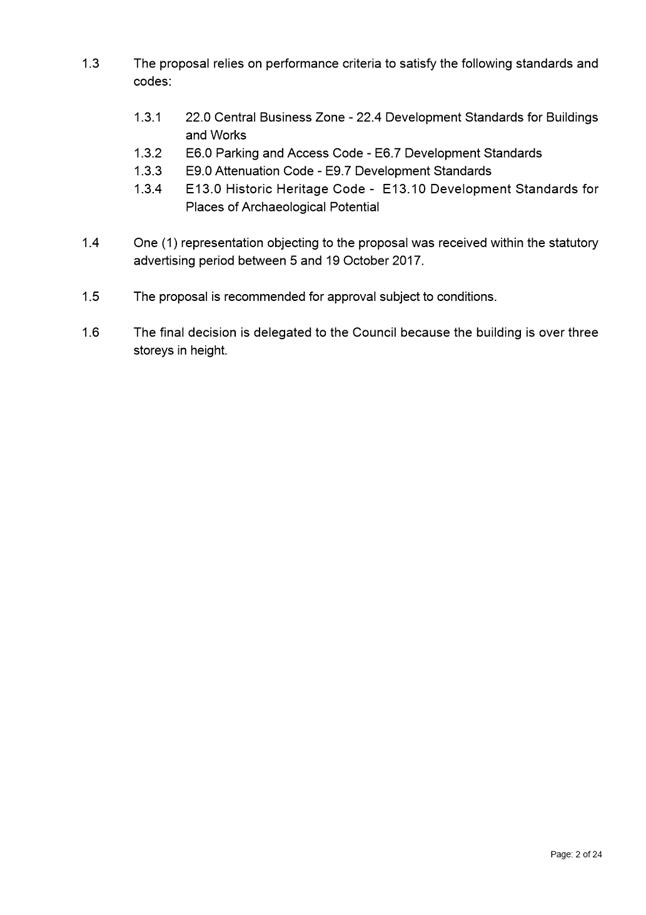
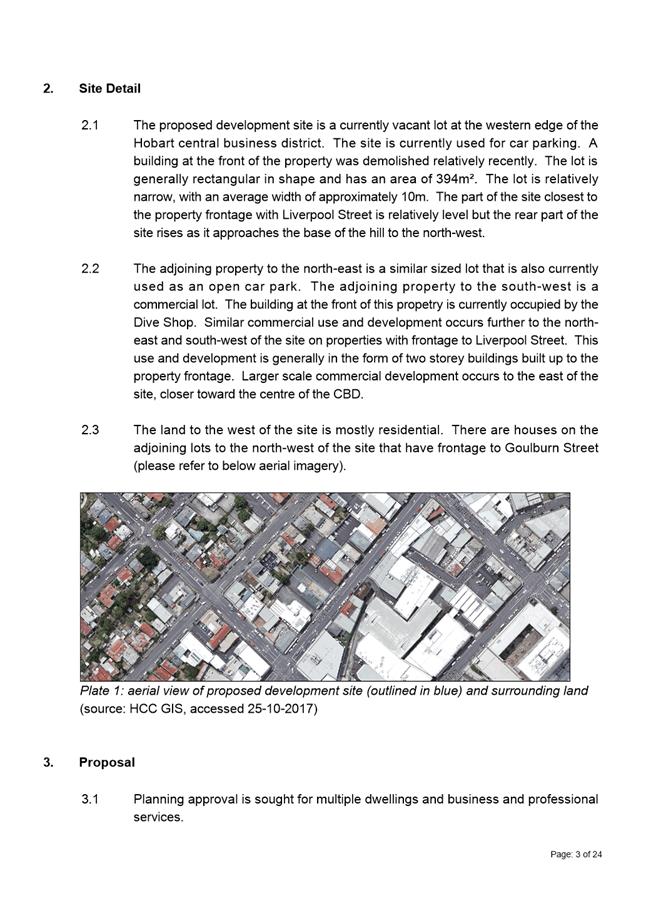
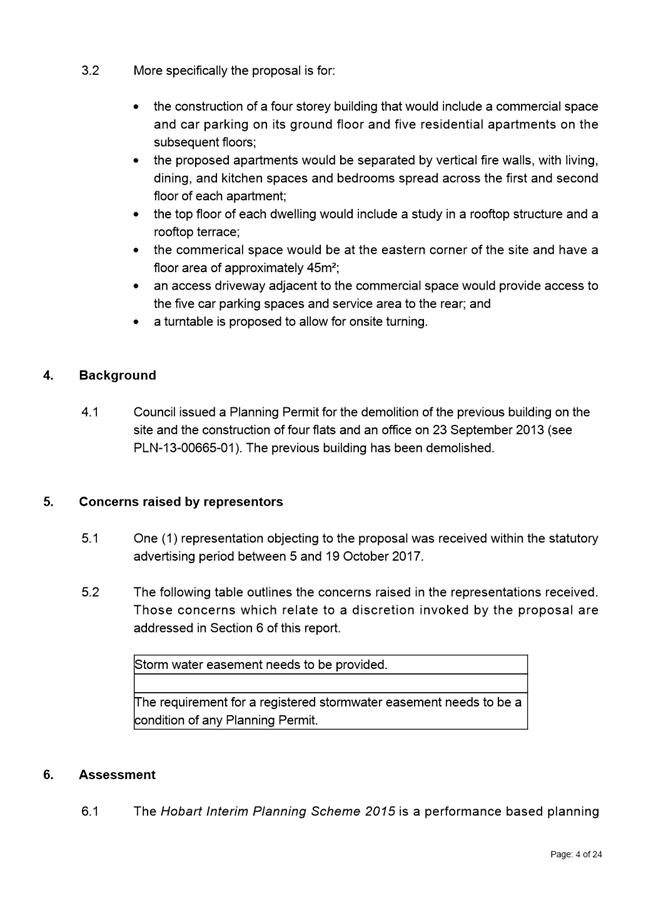
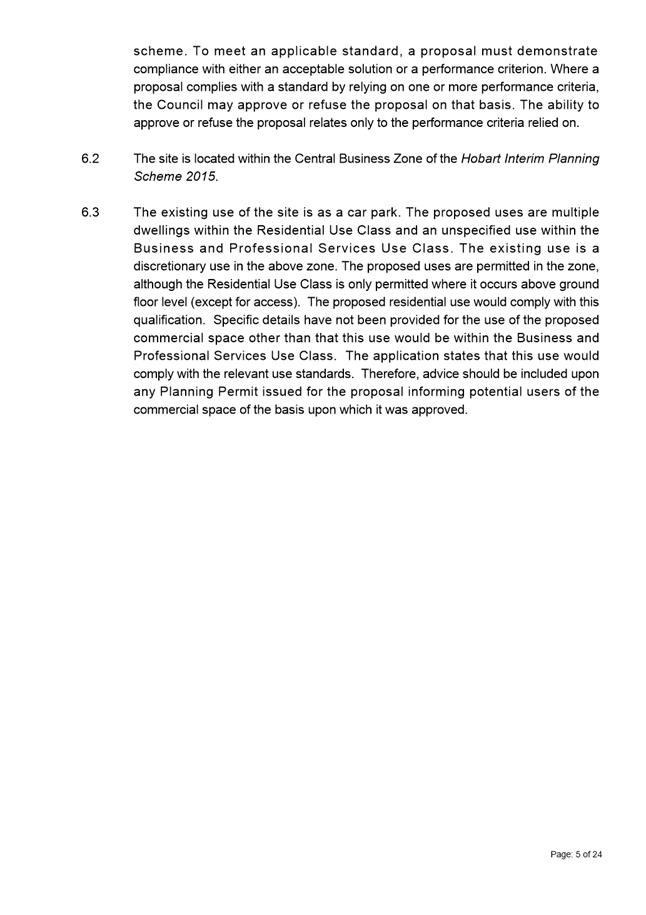
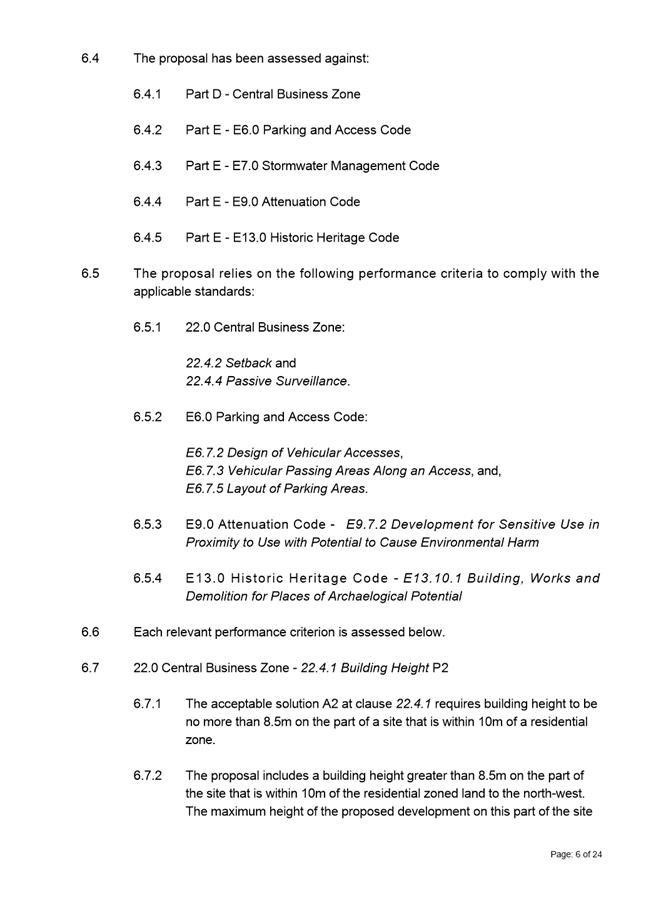
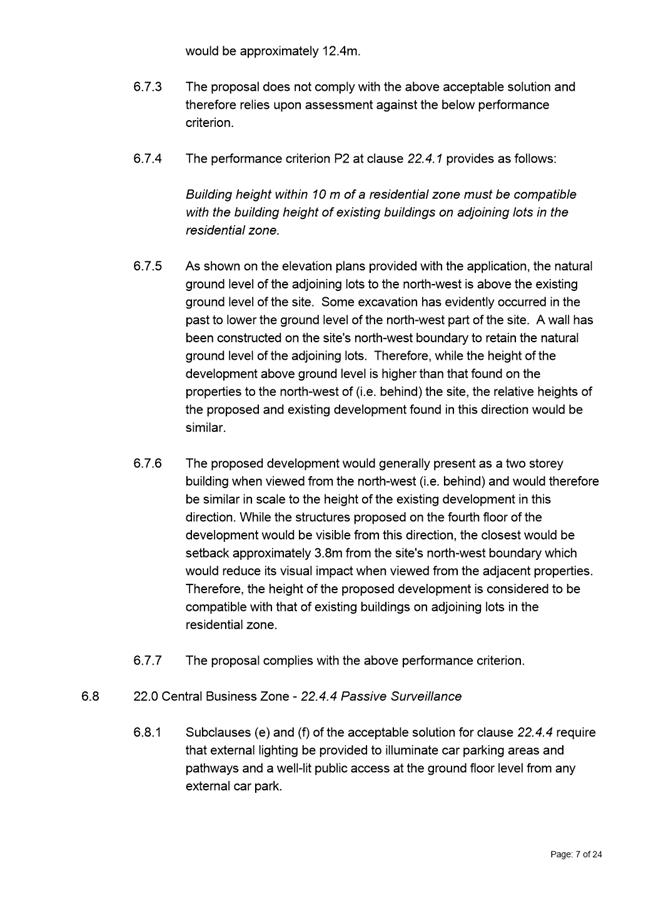
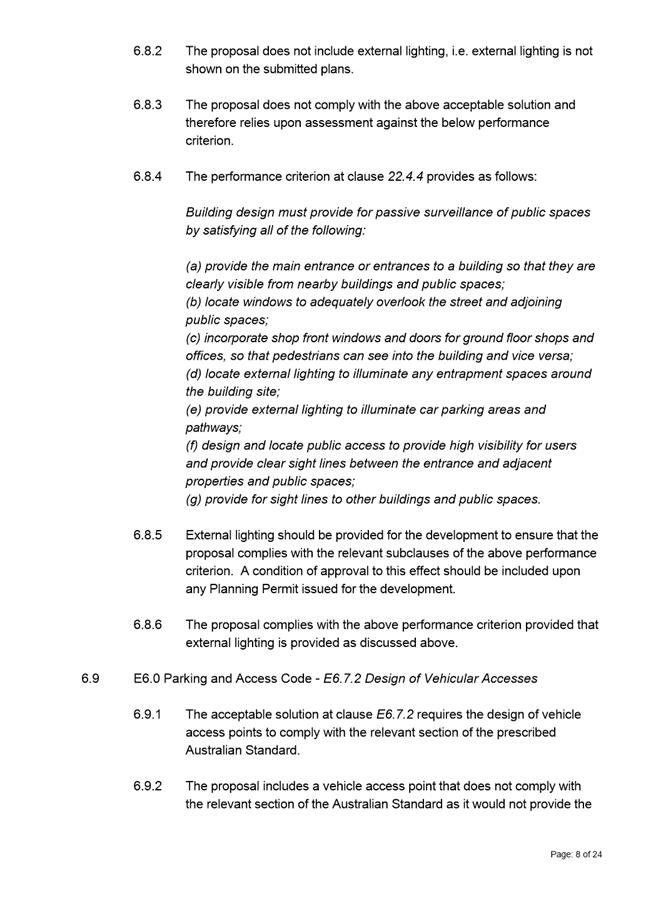
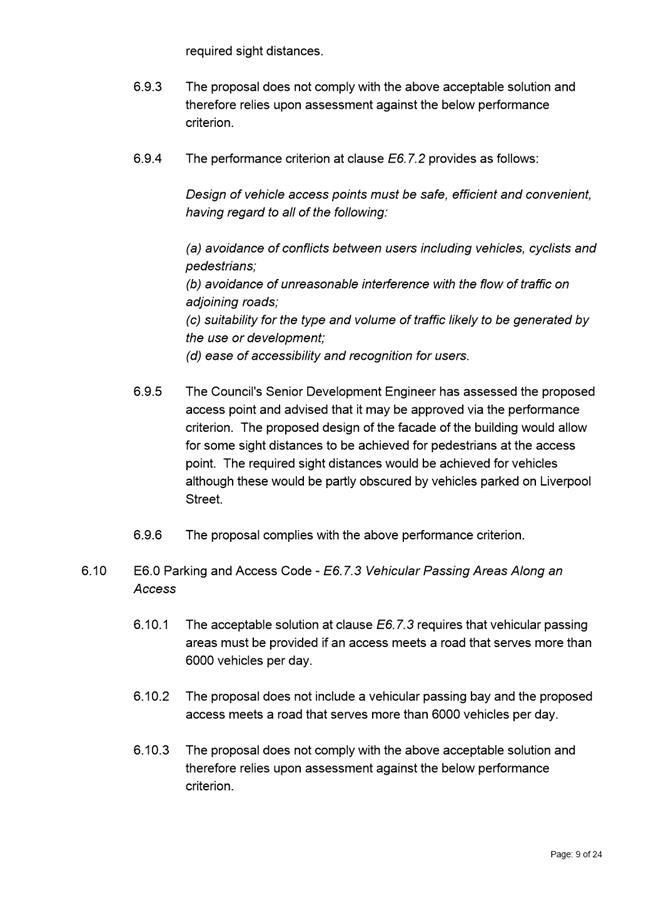
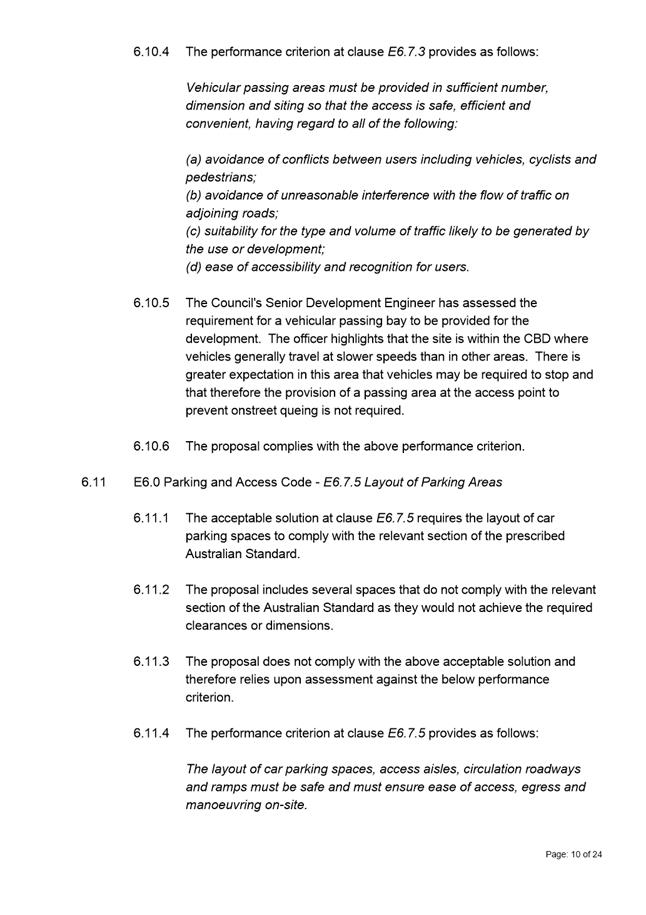
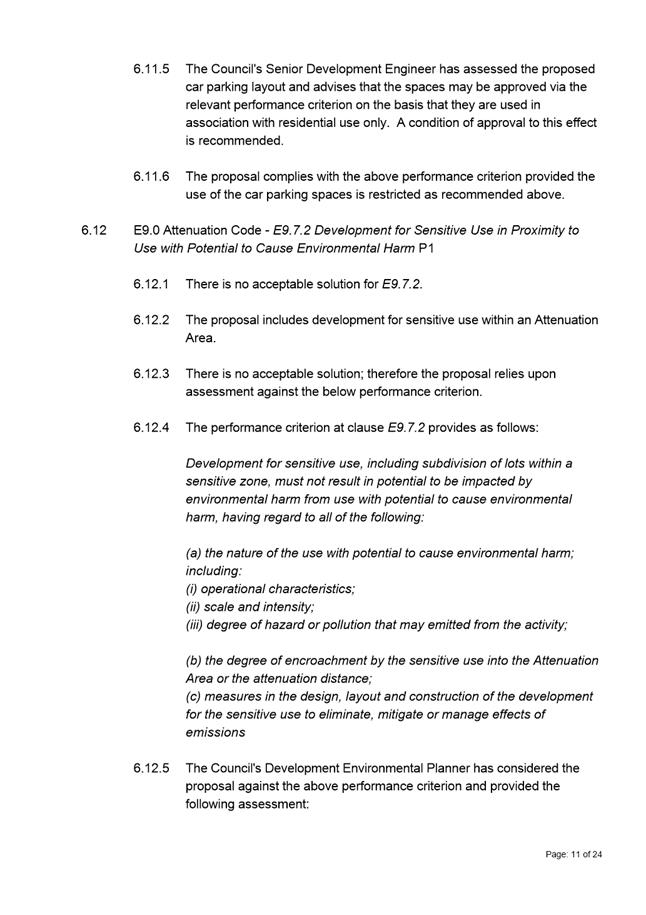
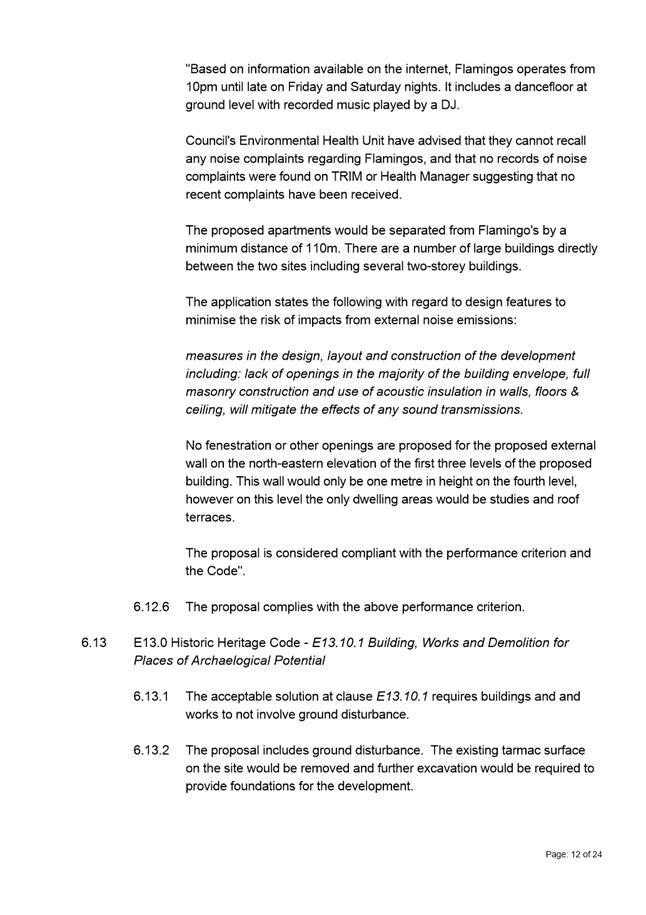
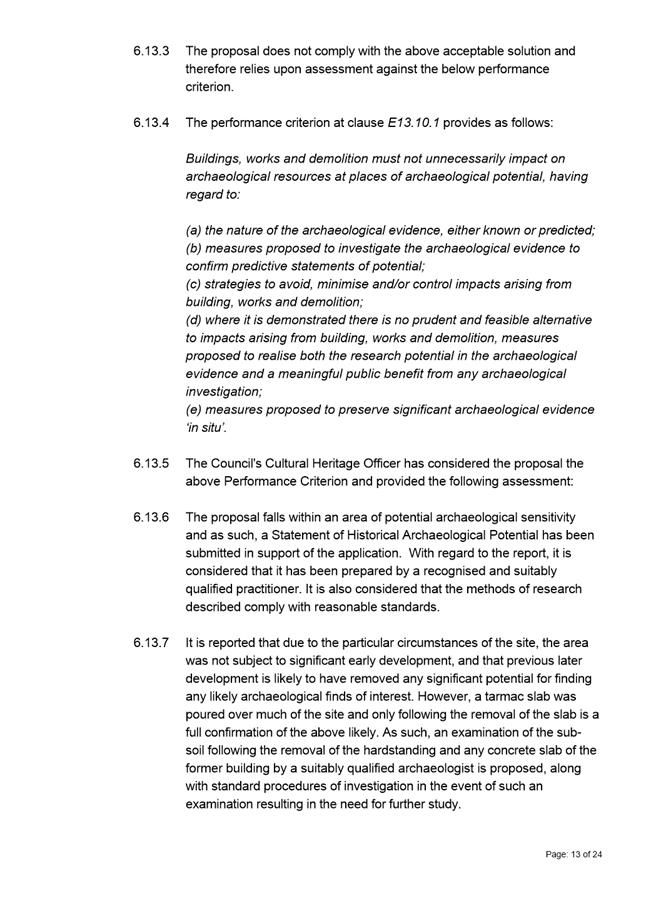
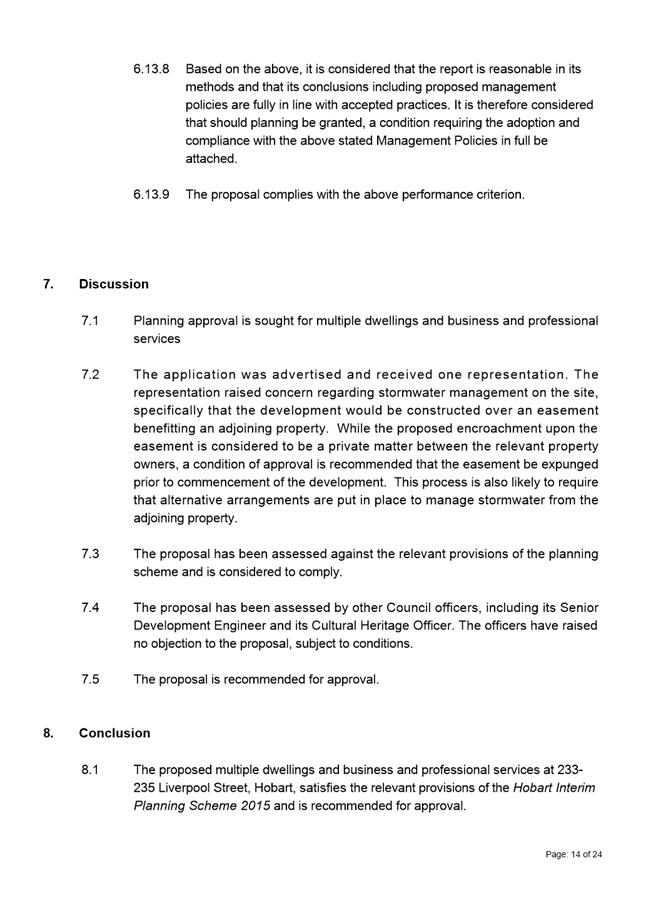

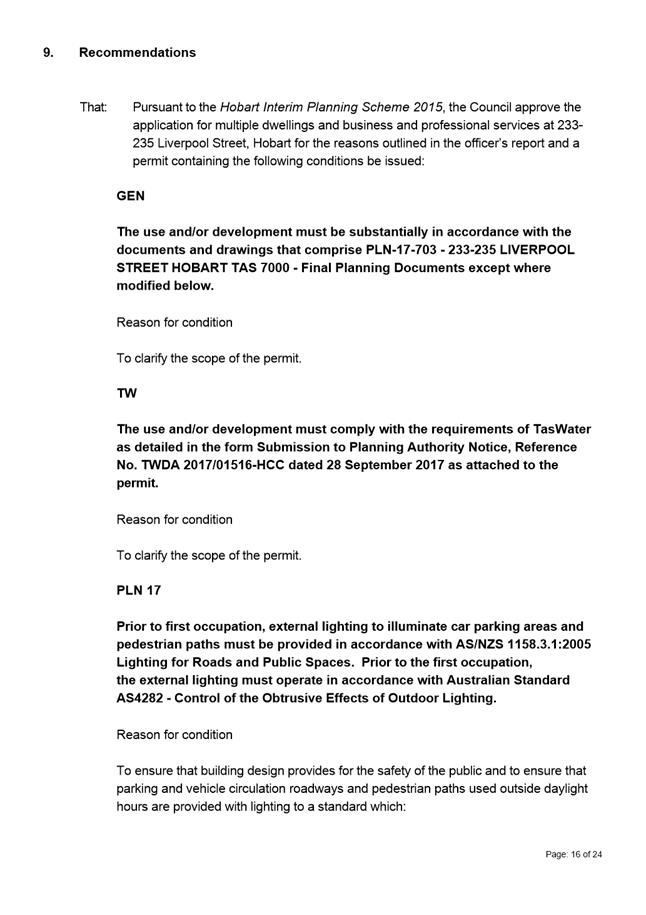
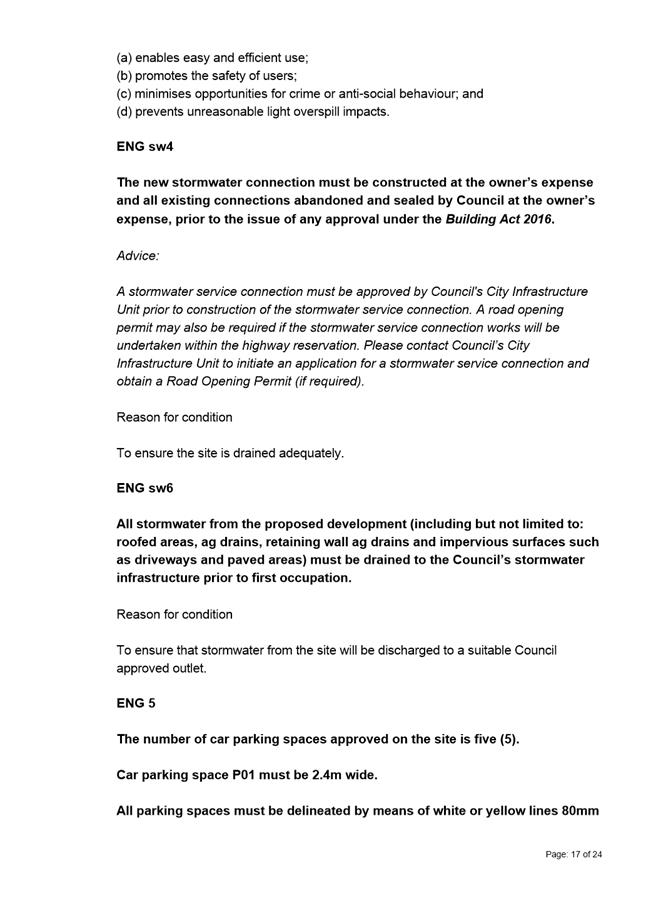
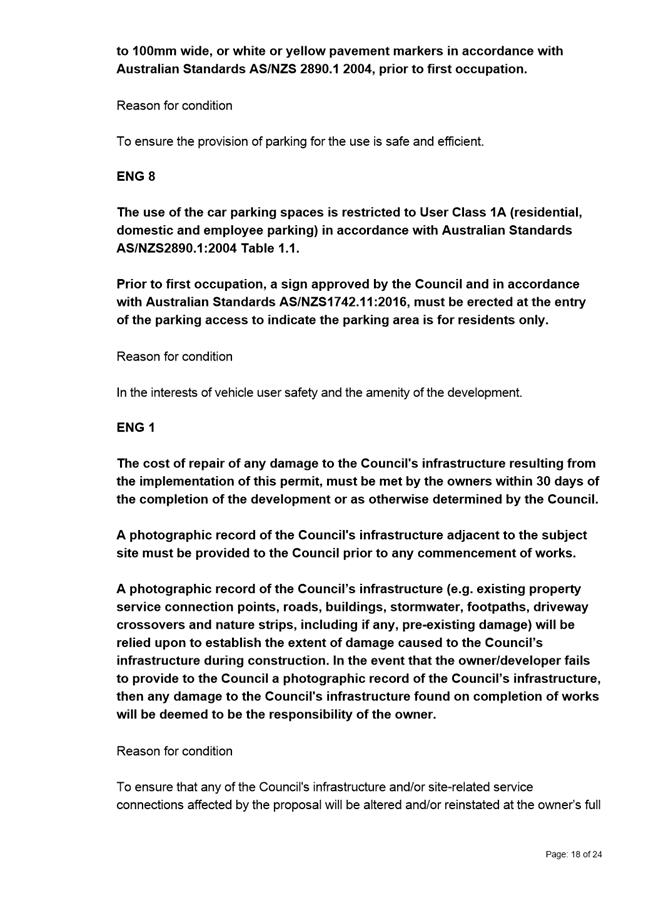
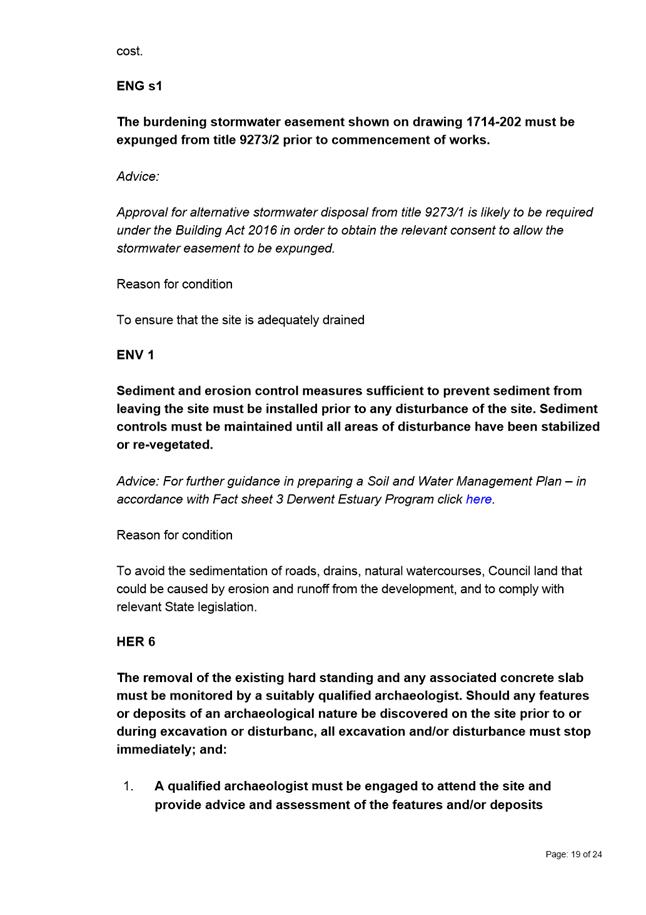
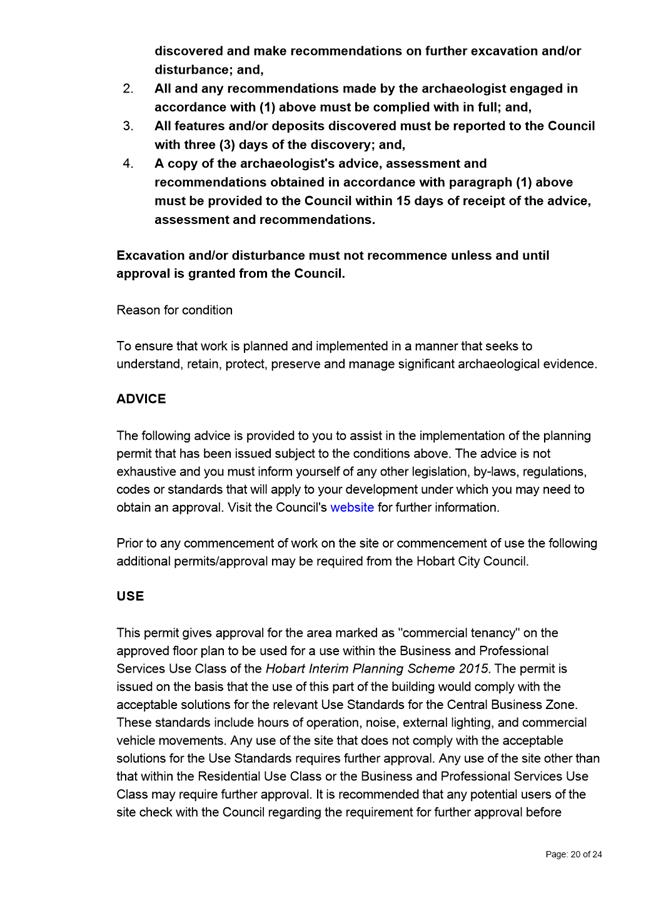
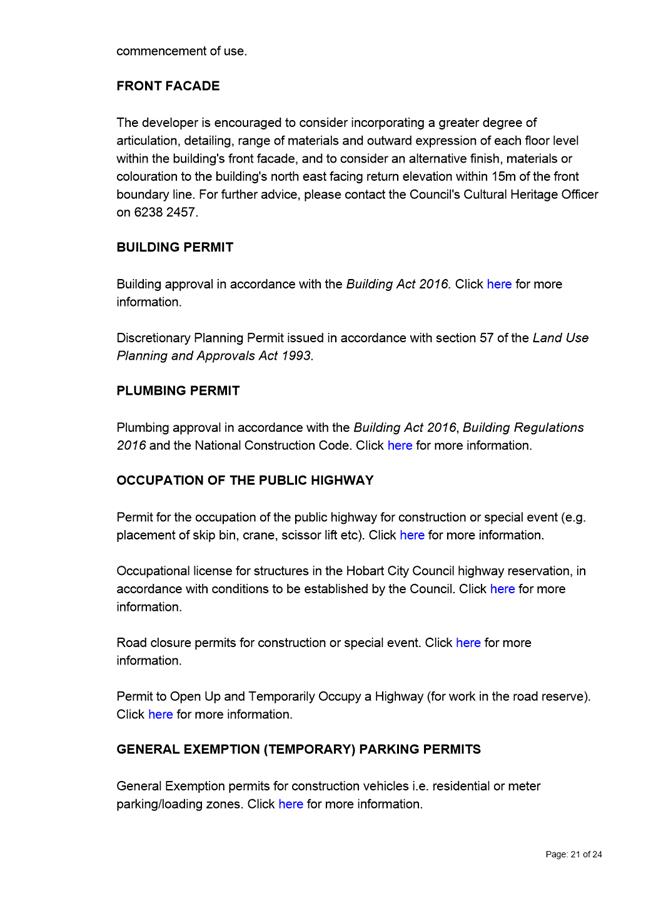
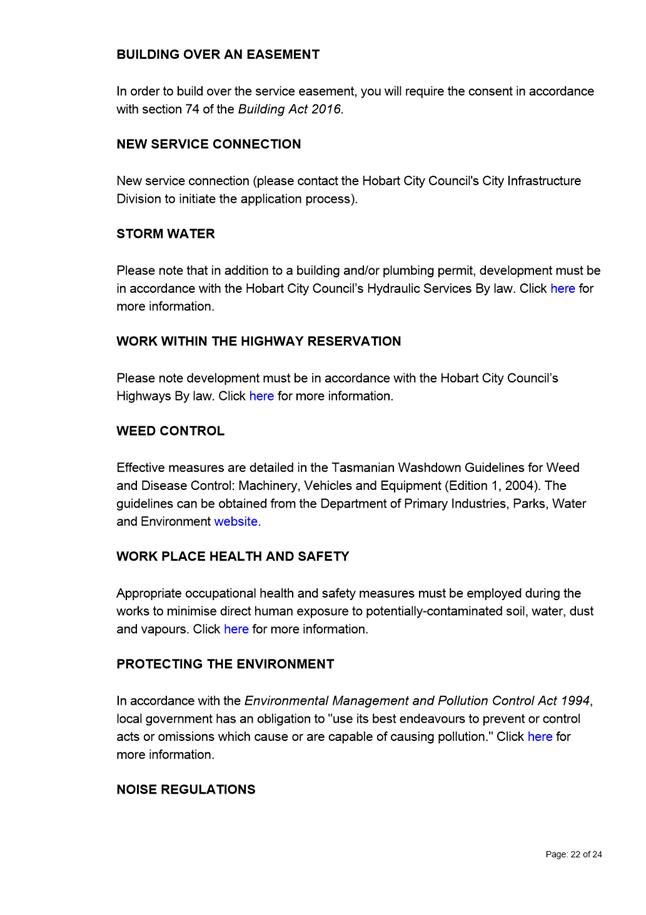
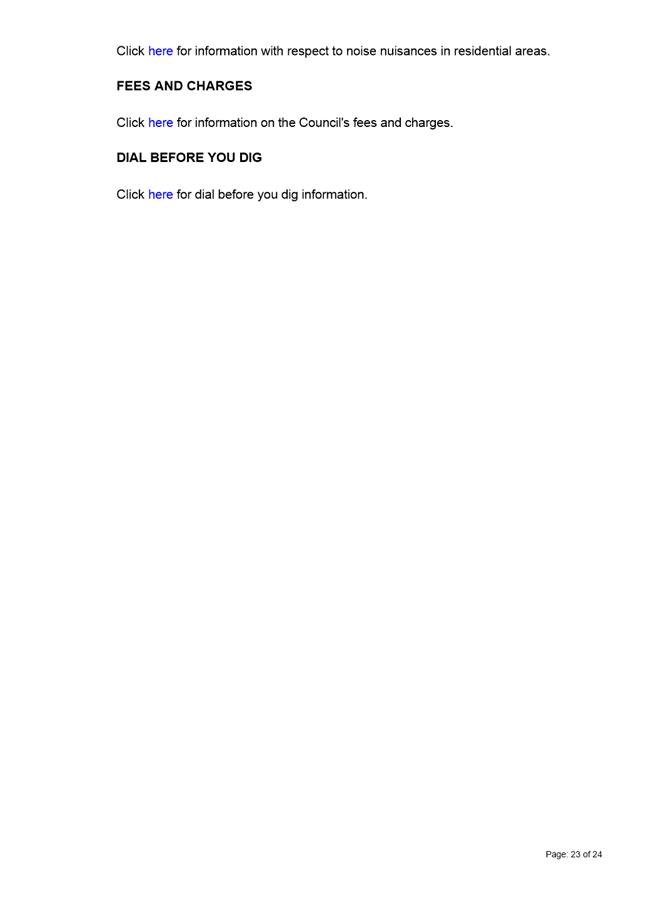
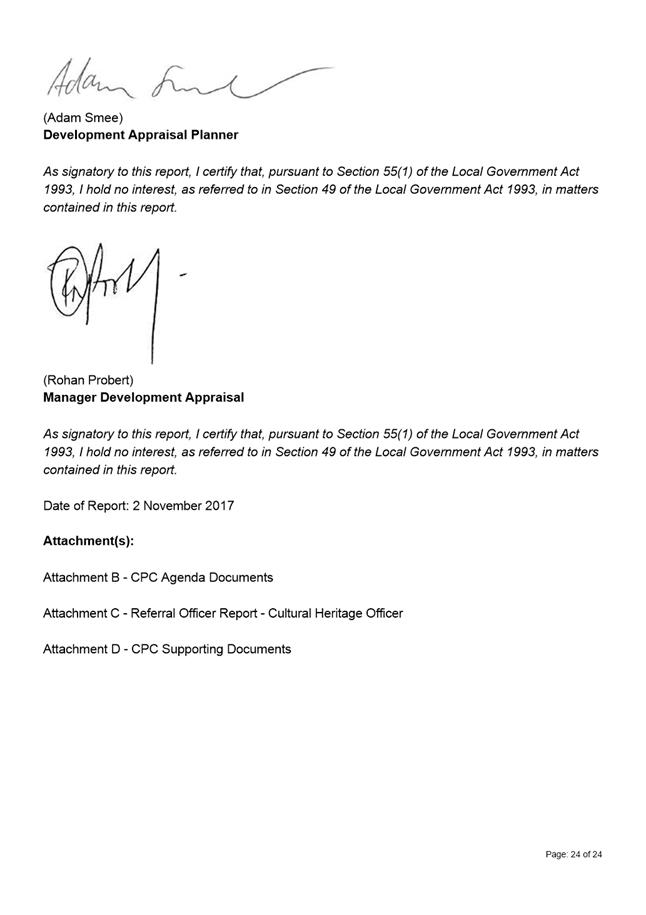
|
Agenda (Open Portion) City Planning Committee Meeting - 13/11/2017 |
Page 326 ATTACHMENT b |
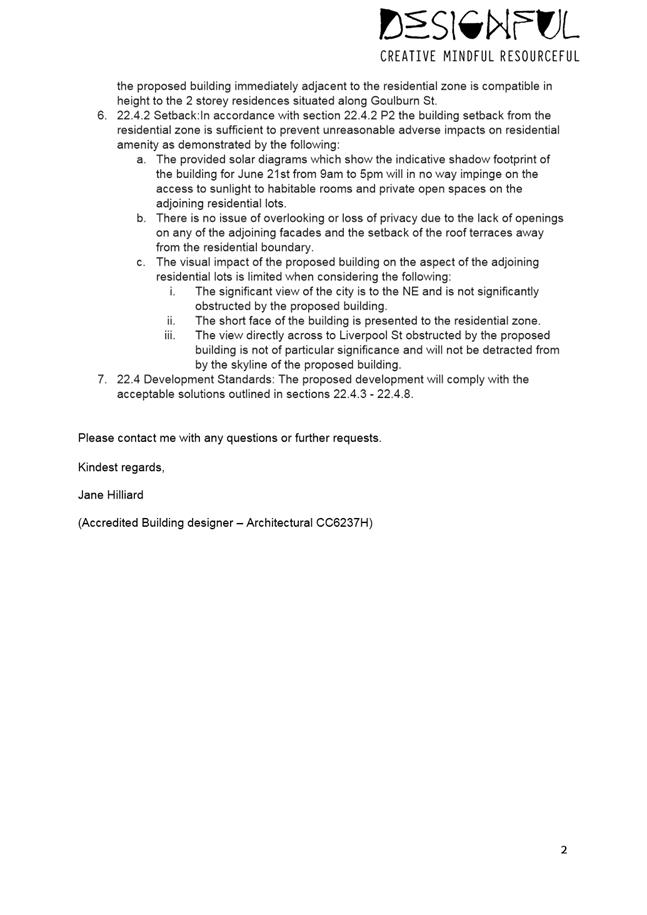
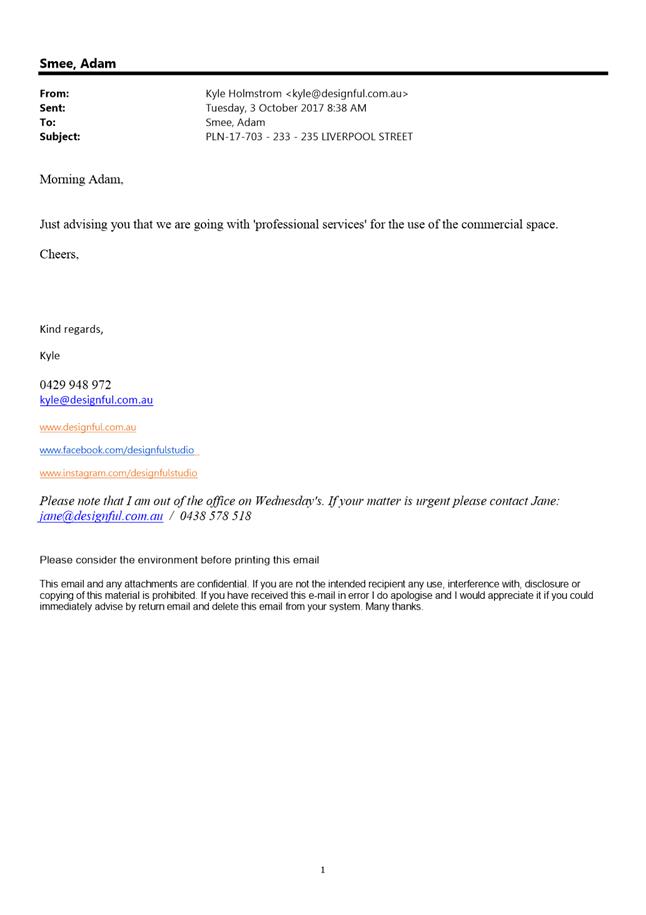
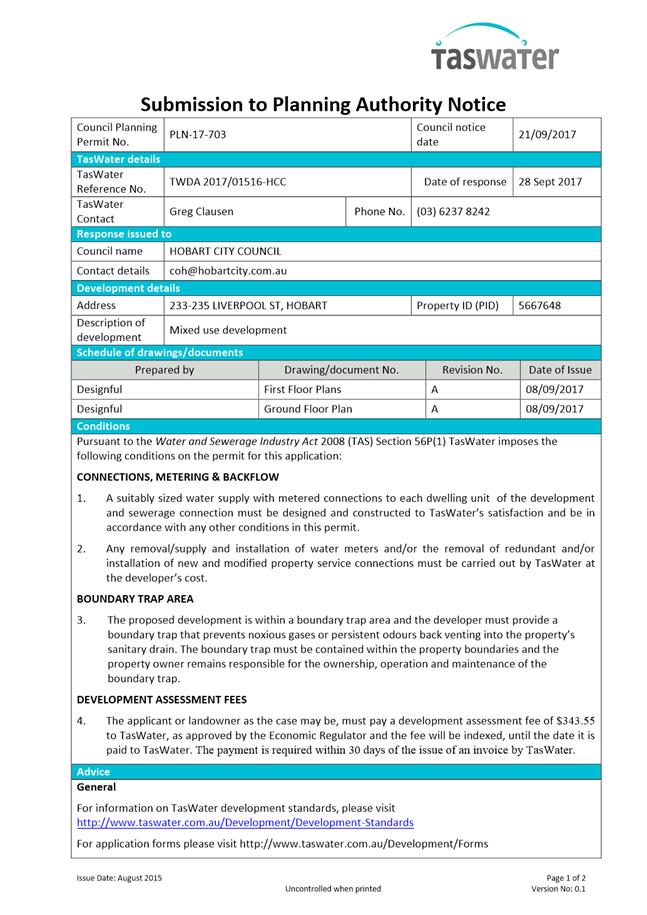
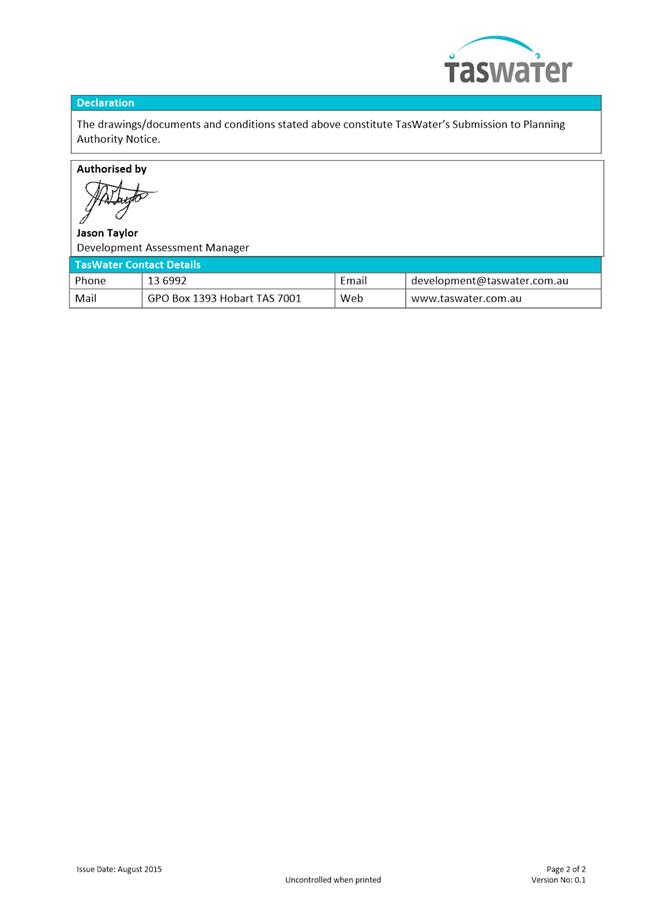
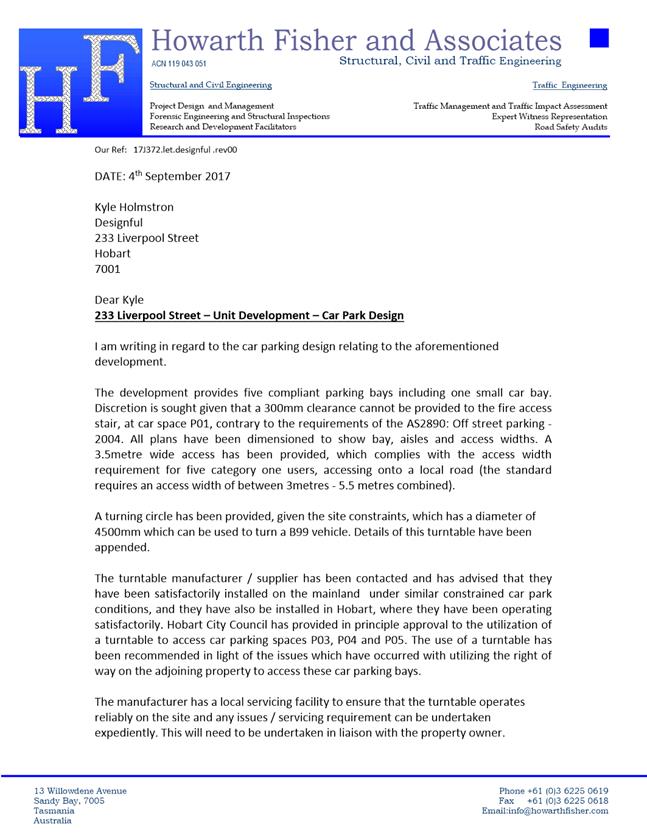
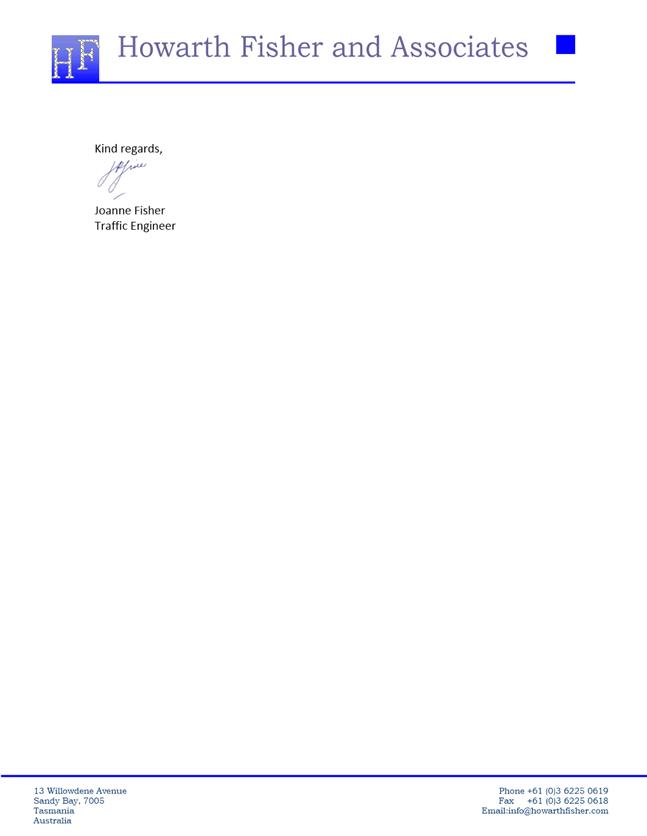
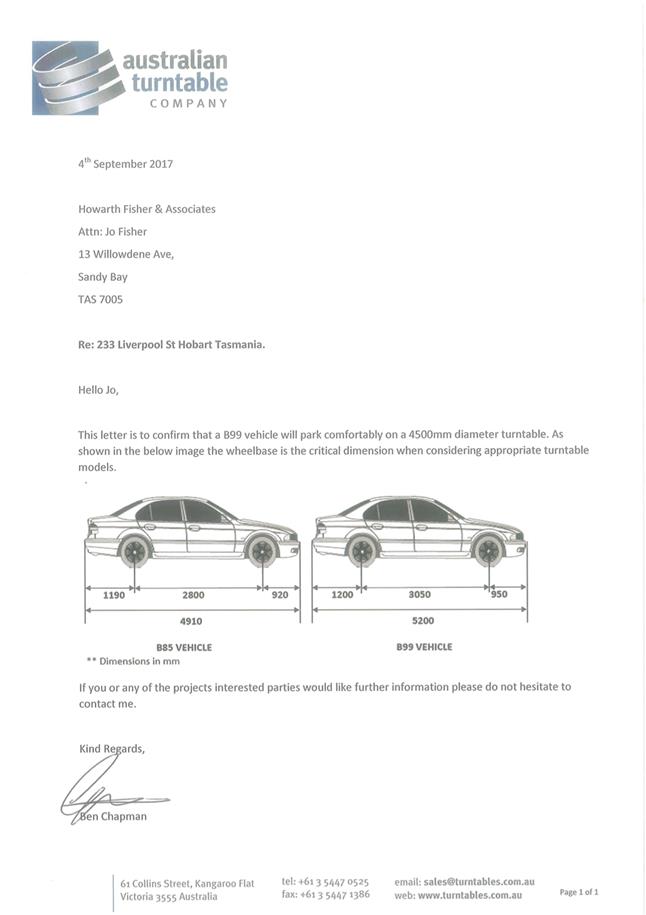
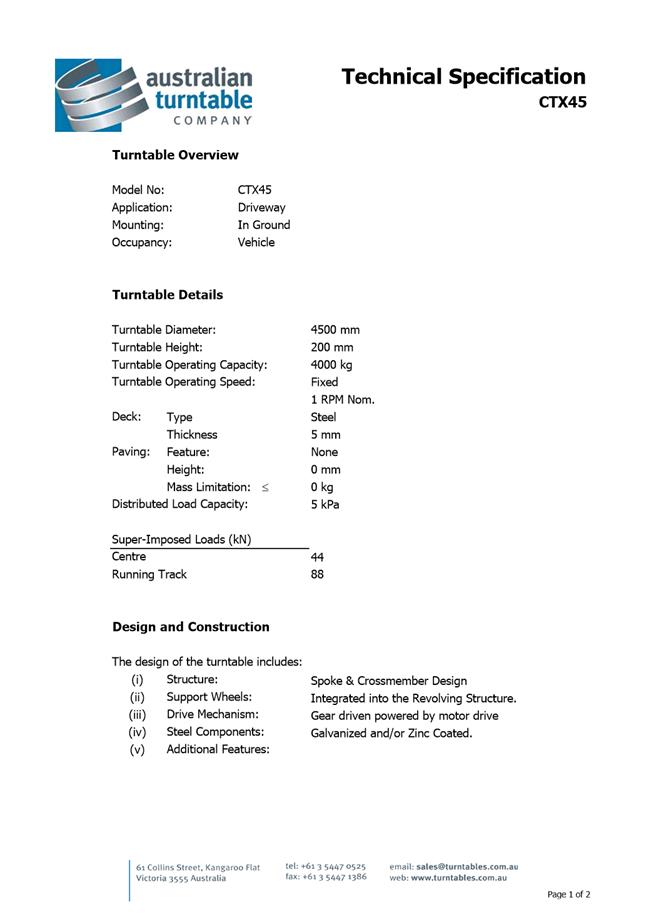
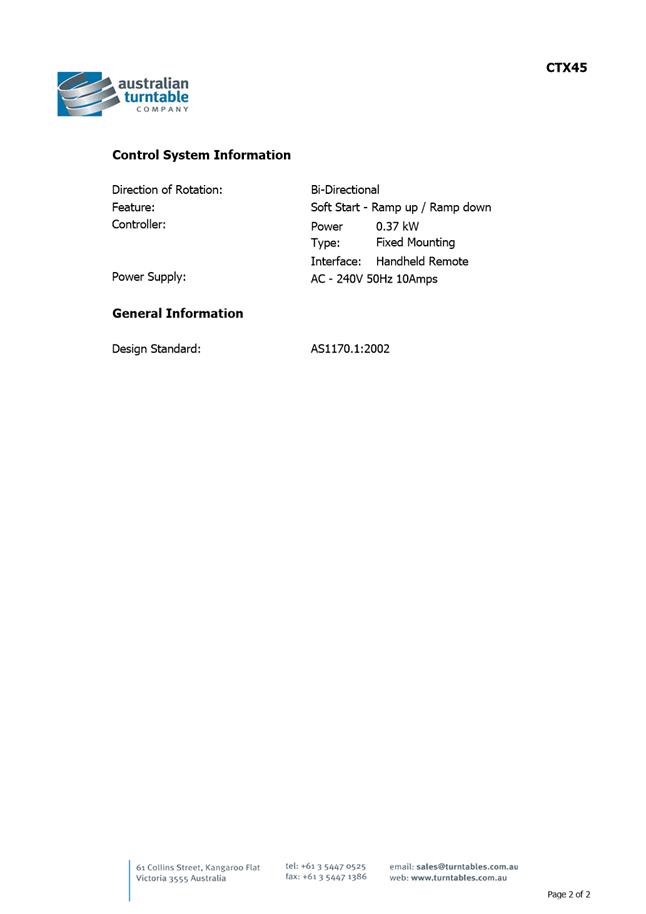
|
Item No. 7.1.4 |
Agenda (Open Portion) City Planning Committee Meeting - 13/11/2017 |
Page 336 ATTACHMENT b |
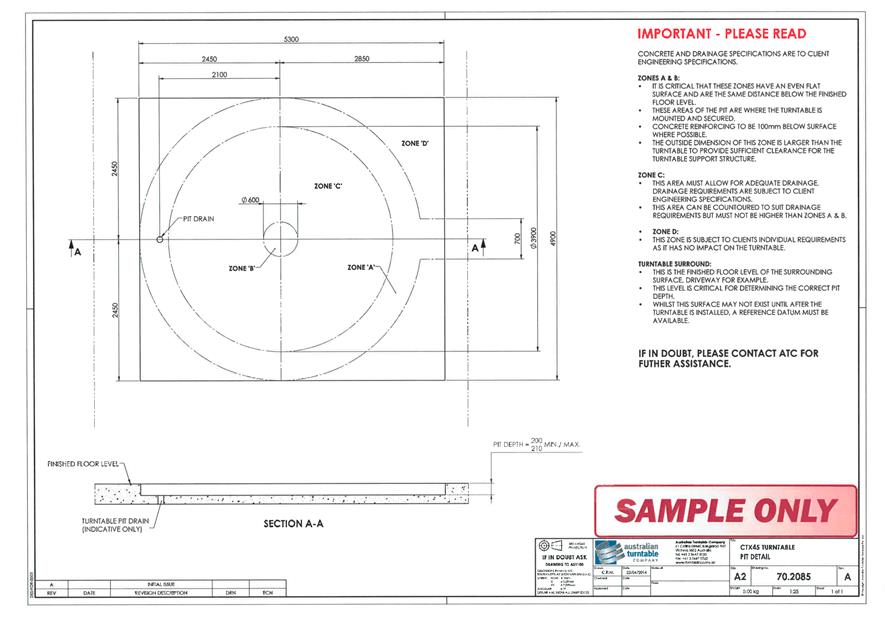
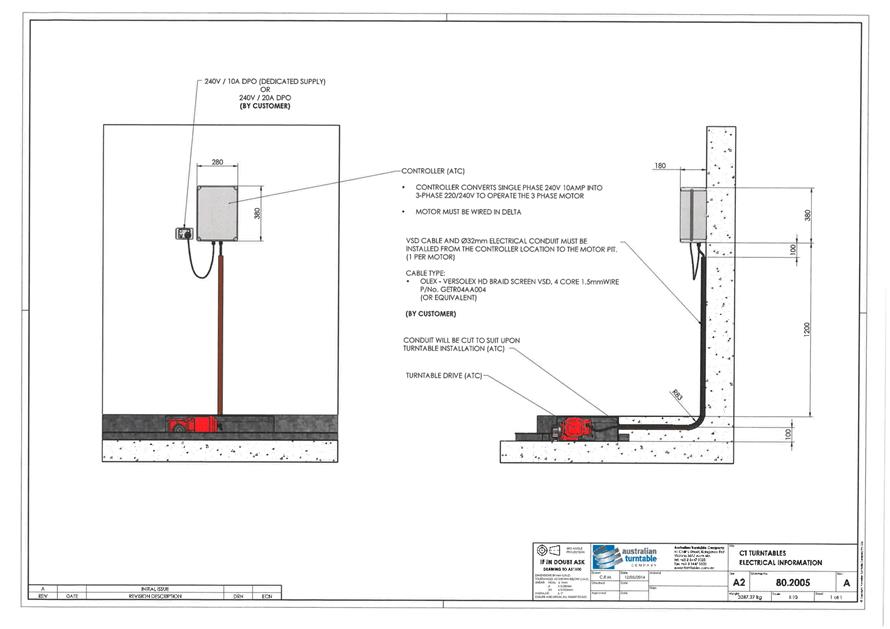
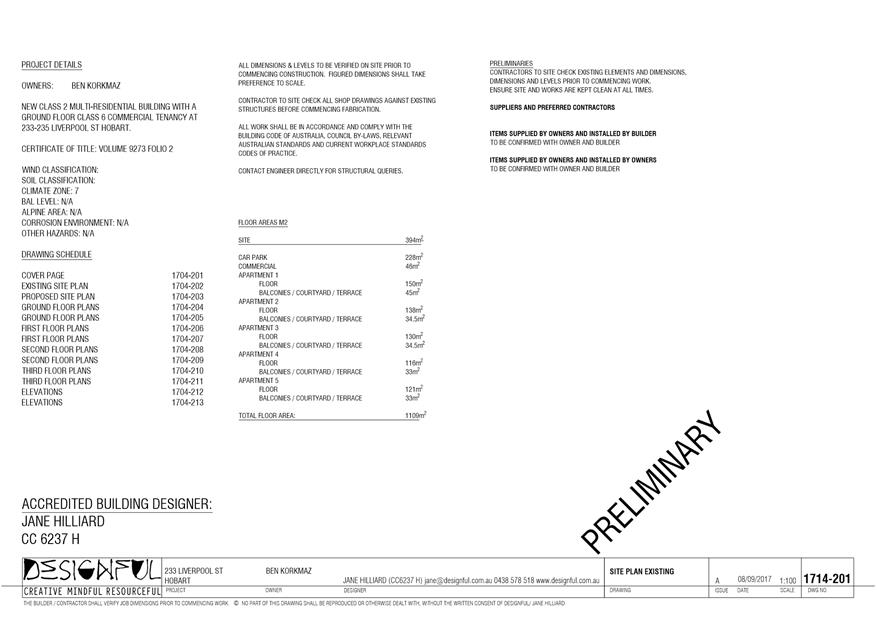
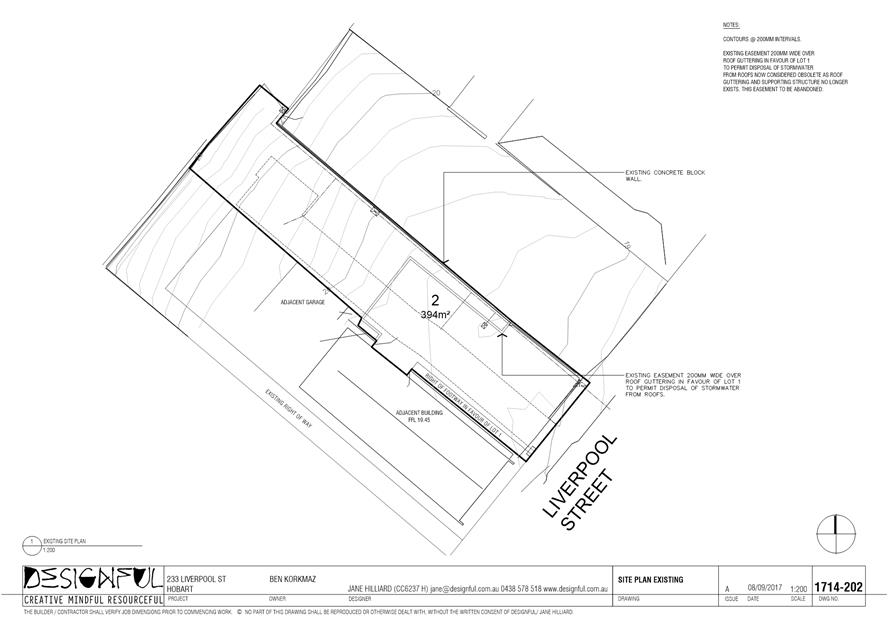
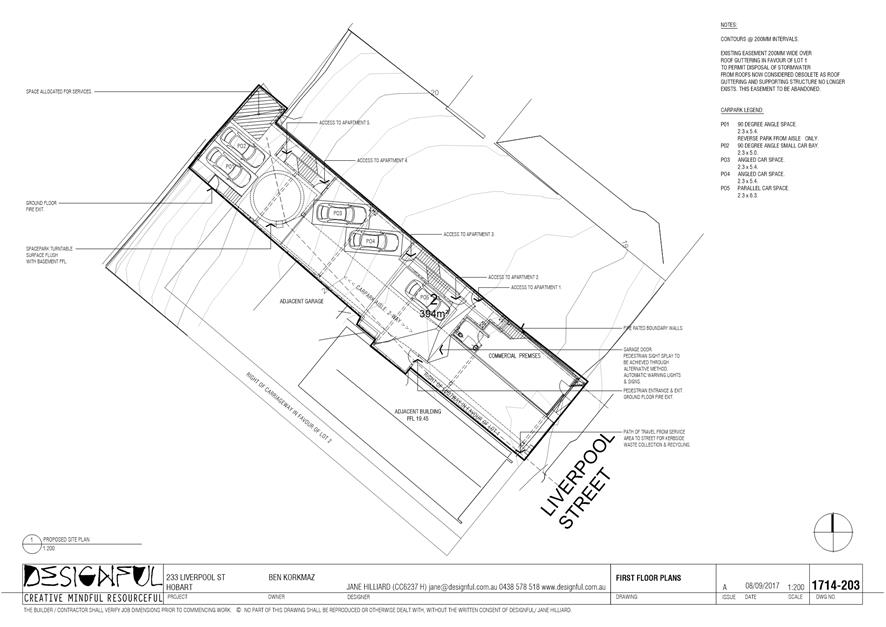
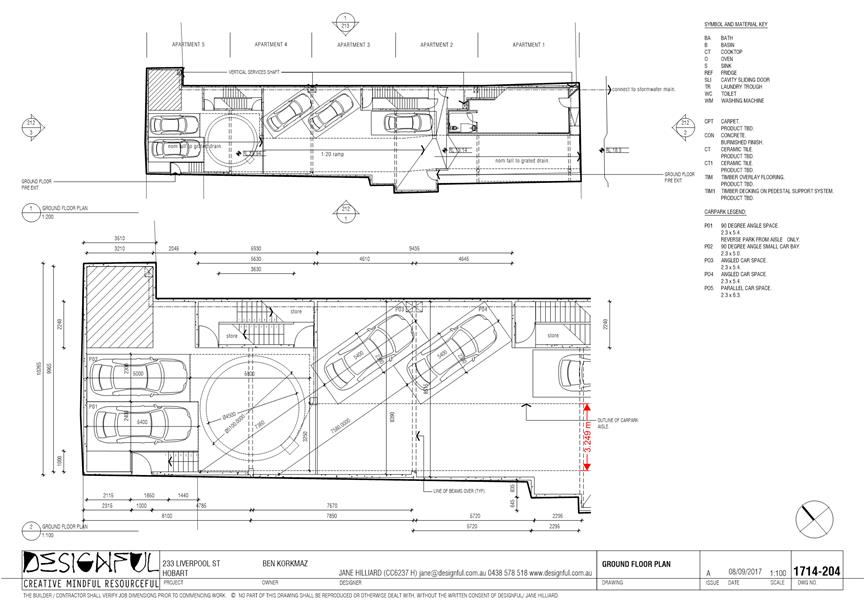
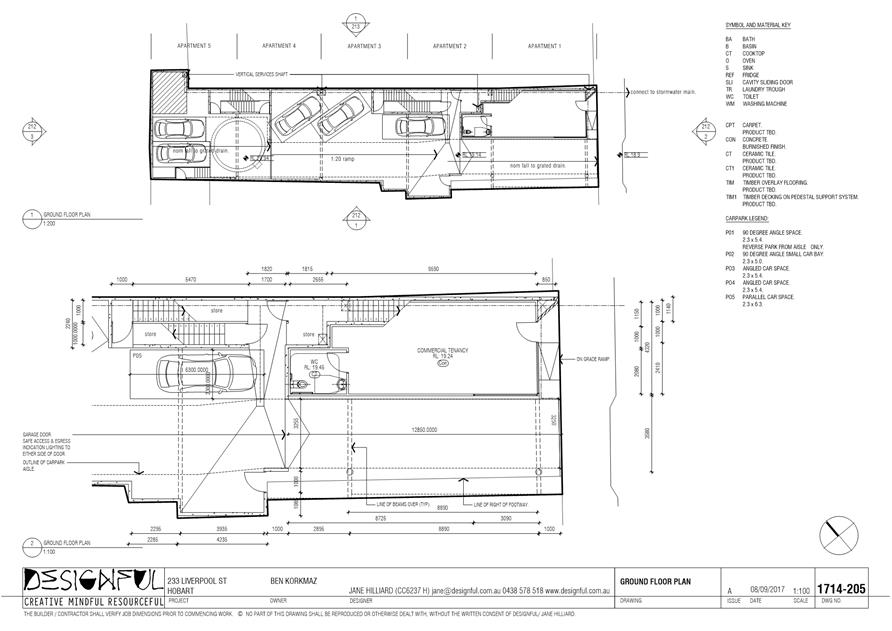
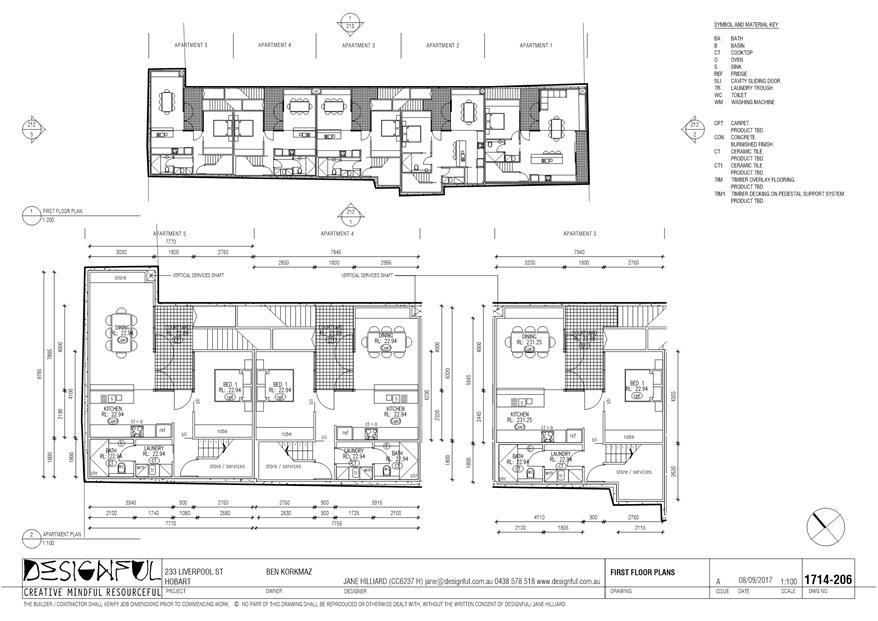
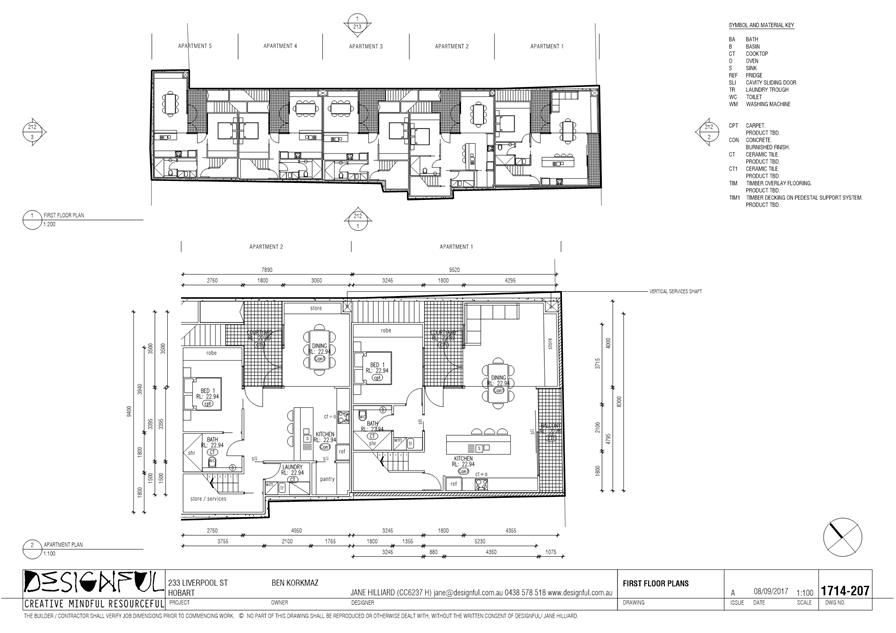
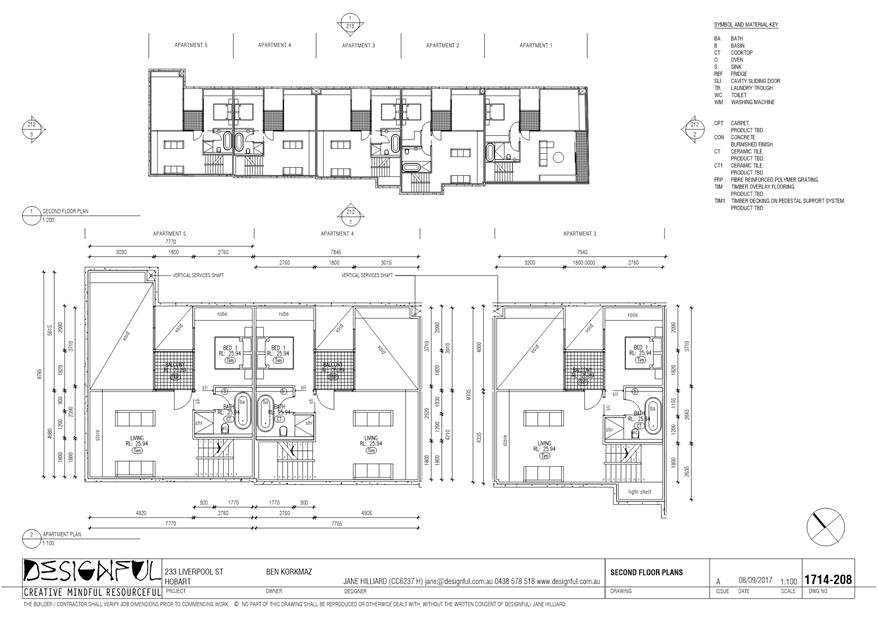
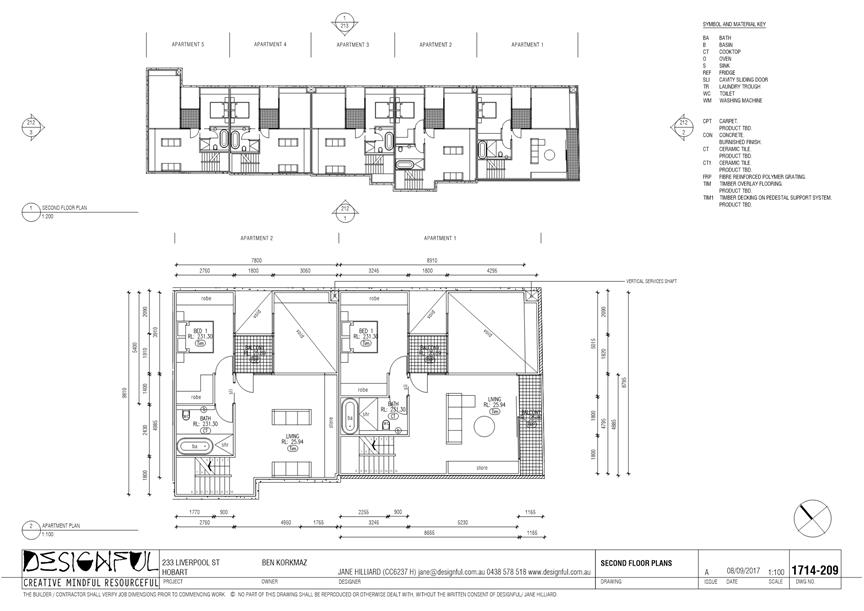
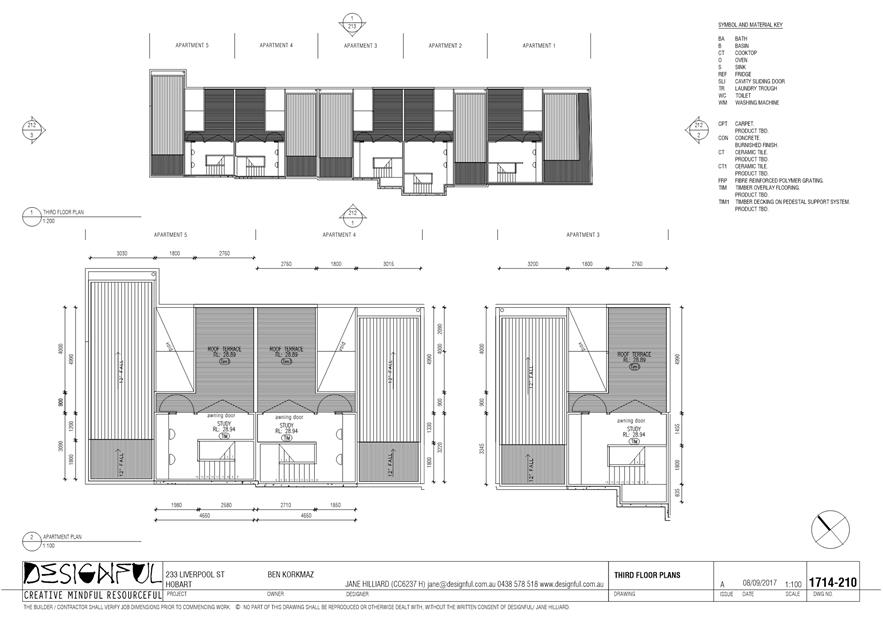
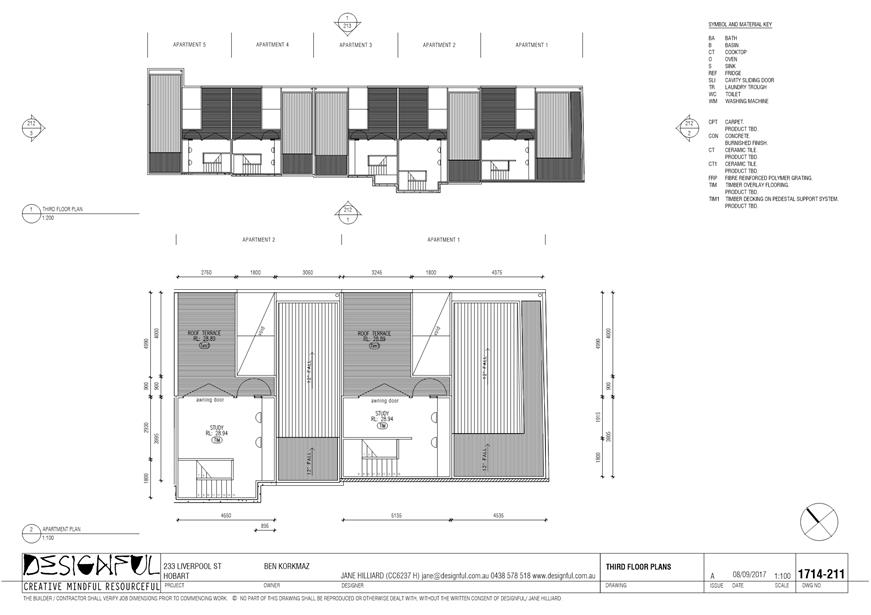
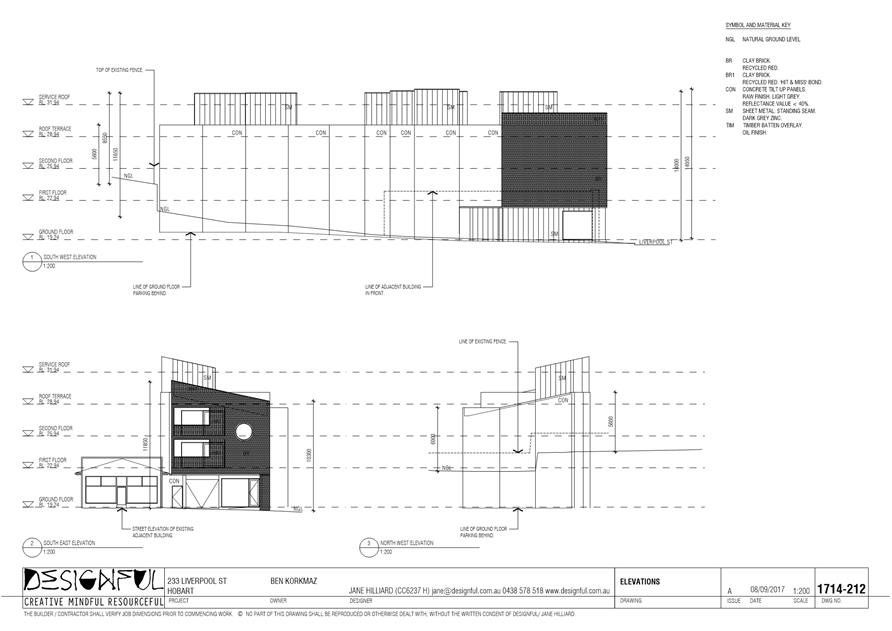
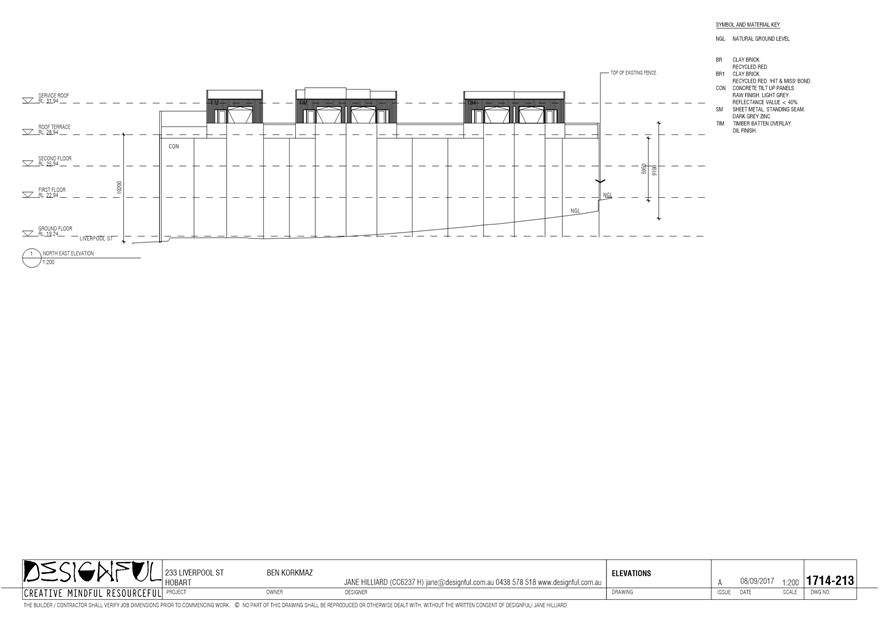
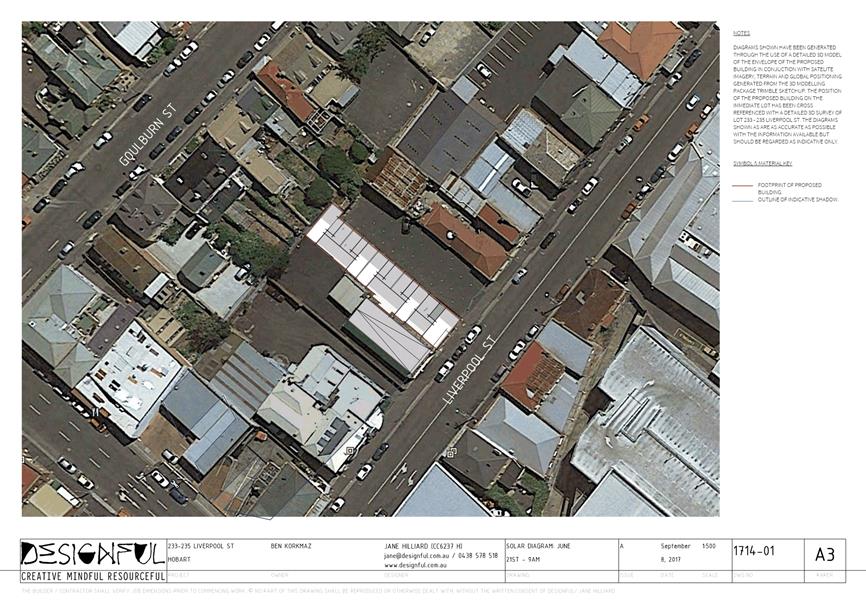
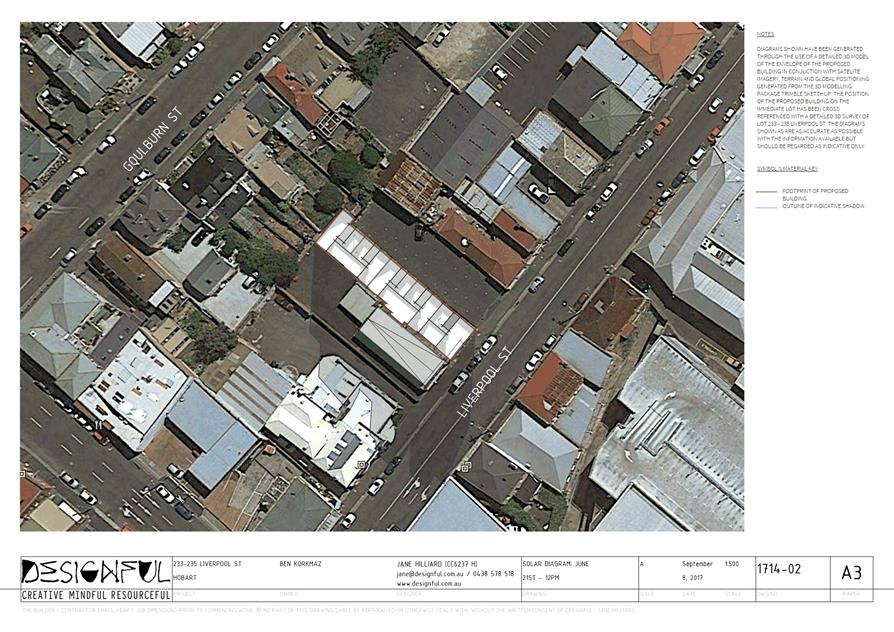
|
Item No. 7.1.4 |
Agenda (Open Portion) City Planning Committee Meeting - 13/11/2017 |
Page 356 ATTACHMENT c |
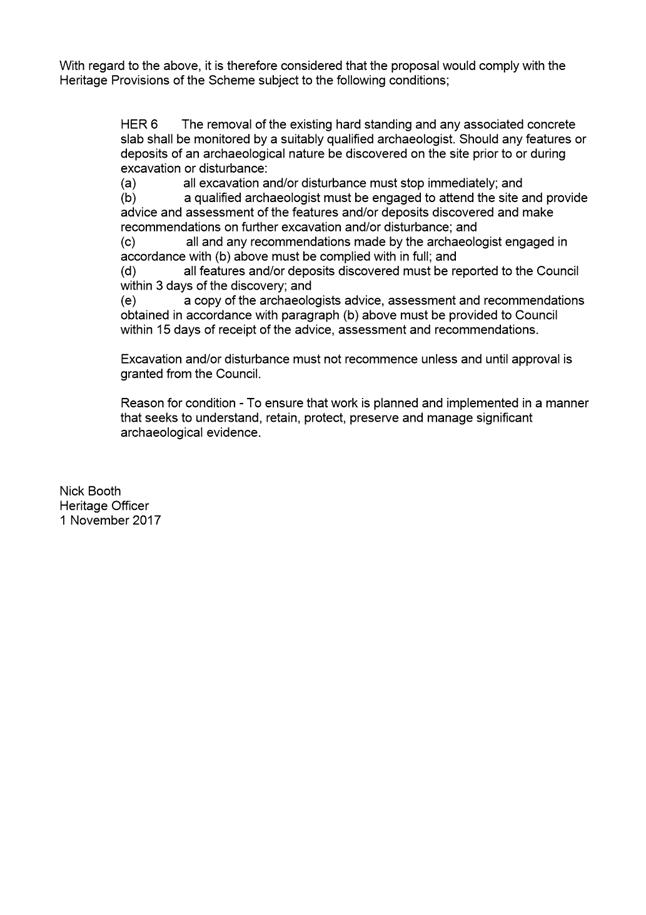
|
Agenda (Open Portion) City Planning Committee Meeting |
Page 358 |
|
|
|
13/11/2017 |
|
7.1.5 22 Norfolk Crescent - Multiple Dwelling - PLN-17-272
Memorandum of the Manager Development Appraisal of 8 November 2017 and attachments.
Delegation: Council
|
Item No. 7.1.5 |
Agenda (Open Portion) City Planning Committee Meeting |
Page 359 |
|
|
13/11/2017 |
|

Memorandum: City Planning Committee
22 Norfolk Crescent - Multiple Dwelling - PLN-17-272
Introduction
Planning application PLN-17-272 proposes an additional two-storey dwelling (classified as a multiple dwelling under the Hobart Interim Planning Scheme 2015) at 22 Norfolk Crescent, Sandy Bay. The property is a corner lot, and the proposed additional dwelling would be accessed from the property’s Manresa Court frontage.
The proposal would result in there being two dwellings on the 599 square metre site, resulting in a site area of 299 square metres per dwelling. The acceptable solution for density at clause 10.4.1 A1 of the planning scheme requires a site area of 325 square metres per dwelling. The proposal therefore requires assessment against the corresponding performance criteria.
That criteria includes a requirement that the proposed density be compatible with the density in the surrounding area. A recent Resource Management and Planning Appeal Tribunal decision (Henry Design and Consulting v Clarence City Council & Ors [2017] TASRMPAT 11) determined that:
· the 'surrounding area' means within 100m of any point of the site;
· 'compatible' means consistent with, in harmony with, not divergent from;
· density means site area per dwelling; and
· the density to be compared is the prevailing density not a possible future density.
The officer assessment of this application presented to the City Planning Committee and Council meetings of 28 August 2017 and 4 September 2017 forms Attachment A to this memorandum. That assessment concluded that the mean (average) site area per dwelling in the ‘surrounding area’ is 615 square metres per dwelling, and the median (midpoint) site area per dwelling is 617 square metres per dwelling. As such, the officer assessment is that the proposed density and prevailing density of the surrounding area cannot be said to be similar to, or in harmony, or in broad correspondence with each other, and that as a result, the proposed density is not compatible with the density of the surrounding area.
The proposal was therefore recommended for refusal on this basis.
The Council’s City Planning Committee supported that recommendation.
At its meeting of 4 September 2017, Council resolved as follows in relation to the above mentioned planning application:
That the matter be deferred to enable the General Manager to consult with the applicant regarding the granting of an extension of time for the application.
Discussion
Following the Council’s deferral, the applicant has granted extensions of time in relation to the application.
After having considered their options, the applicant has now advised that their preference is to not make any changes to the proposal and for the application to be determined by Council as proposed and publicly advertised. The previous officer recommendation that the application be refused therefore remains.
The applicant has provided a submission in support of the proposal, which forms Attachment B to this memorandum.
Conclusion
The proposed multiple dwelling at 22 Norfolk Crescent, Sandy Bay does not satisfy the relevant provisions of the Hobart Interim Planning Scheme 2015, and as such is recommended for refusal.
|
That: 1. That the information be received and noted. 2. Pursuant to the Hobart Interim Planning Scheme 2015, the Council refuse the application for a multiple dwelling
at 22 Norfolk Crescent Sandy Bay for the reasons outlined in the
officer’s report dated 17 August 2017 and on the following ground: 1. The proposal does not meet the acceptable solution or the performance criterion with respect to clause 10.4.1 A1 and P1 of the Hobart Interim Planning Scheme 2015 because (a) the proposed density is not compatible with the density of the surrounding area; and (b) the proposed multiple dwelling does not provide for a significant social or community housing benefit.
|
As signatory to this report, I certify that, pursuant to Section 55(1) of the Local Government Act 1993, I hold no interest, as referred to in Section 49 of the Local Government Act 1993, in matters contained in this report.
|
Rohan Probert Manager Development Appraisal |
|
Date: 8 November 2017
File Reference: F17/147501
Attachment a: PLN-17-272
- 22 NORFOLK CRESCENT SANDY BAY TAS 7005 ⇩ ![]()
Attachment
b: PLN-17-272
- 22 Norfolk Crescent - Applicant submission of 011117
⇩ ![]()
|
Item No. 7.1.5 |
Agenda (Open Portion) City Planning Committee Meeting - 13/11/2017 |
Page 362 ATTACHMENT a |
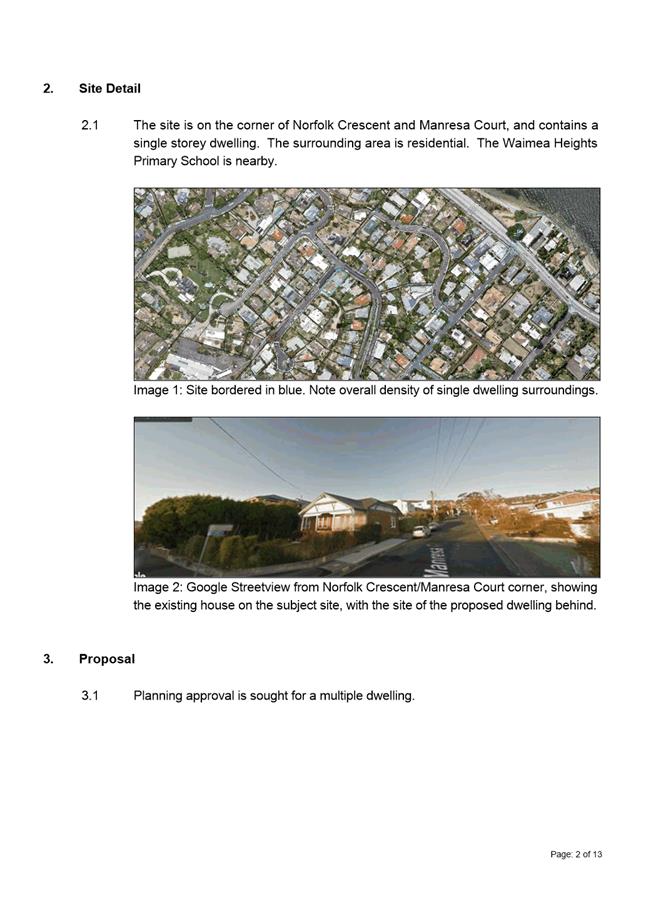
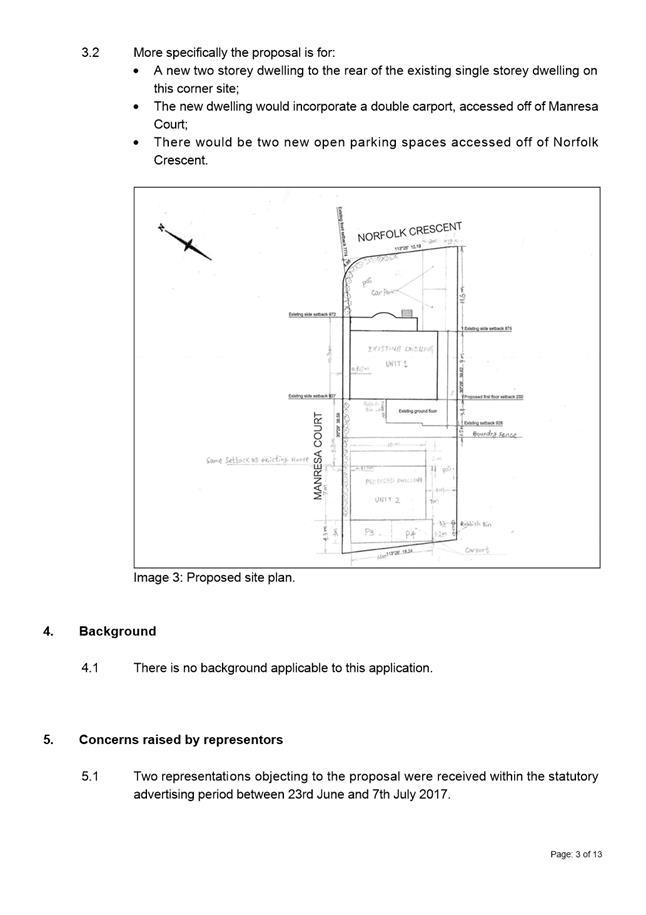
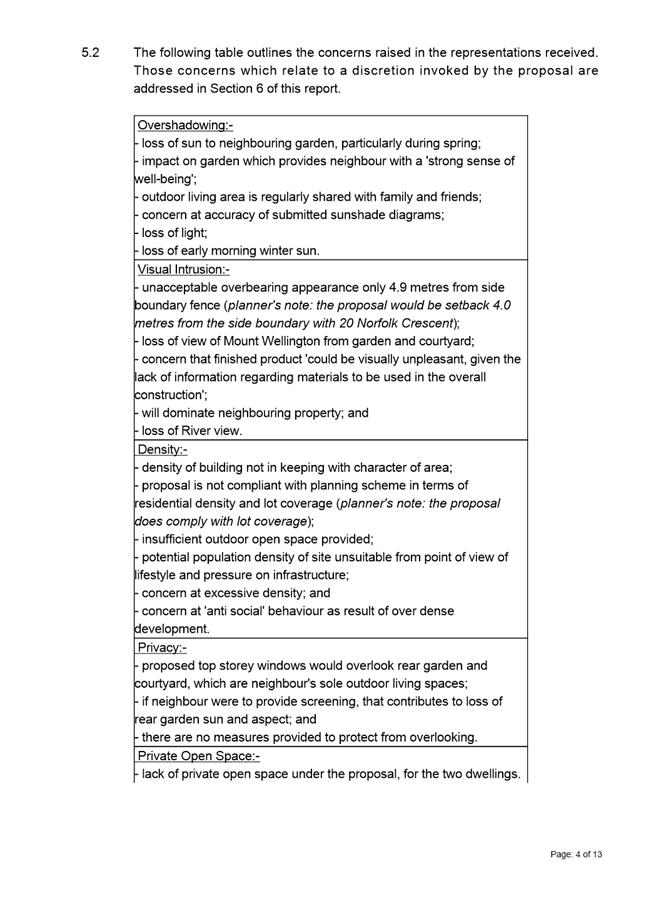
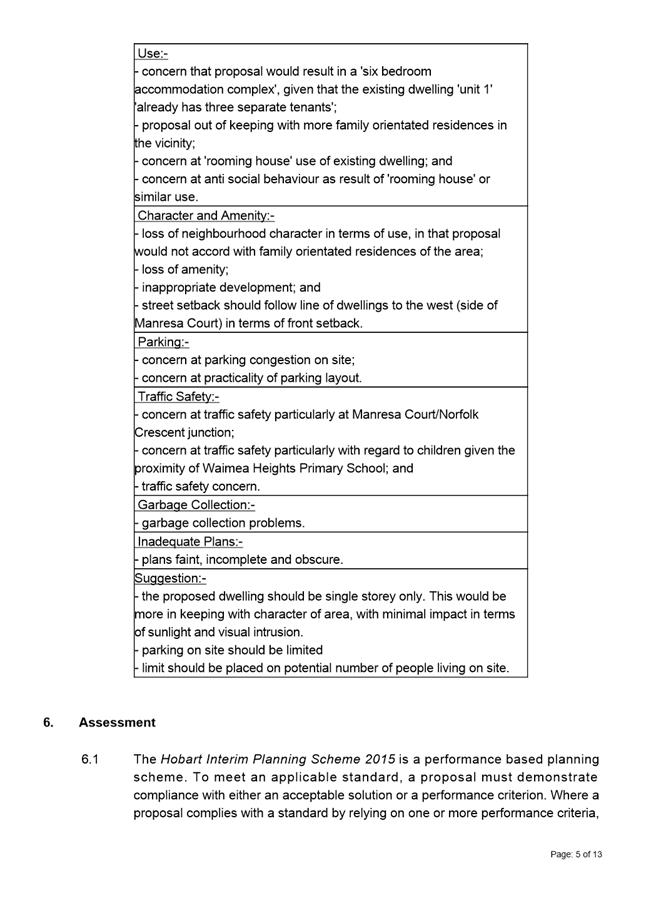
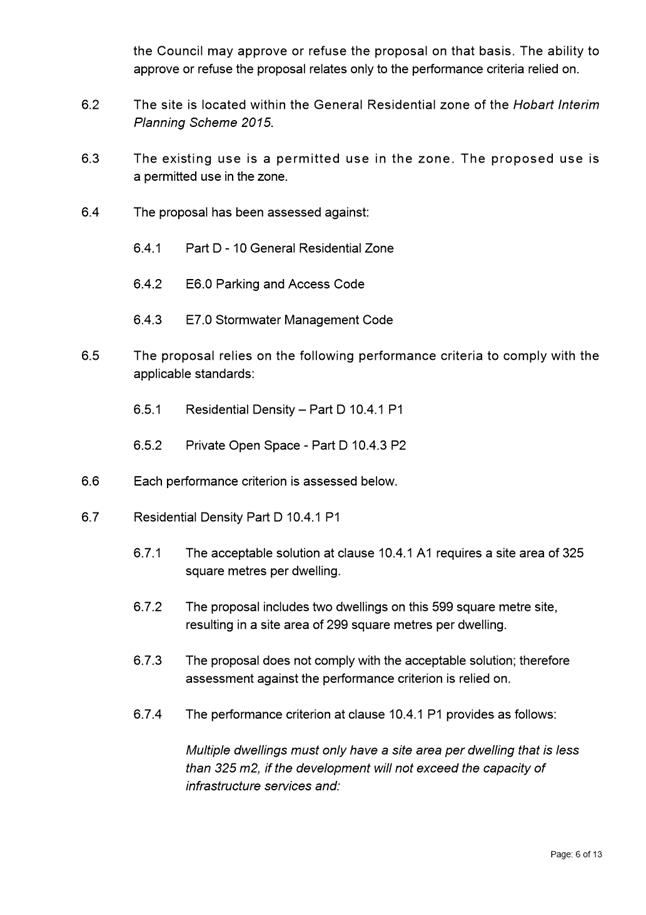
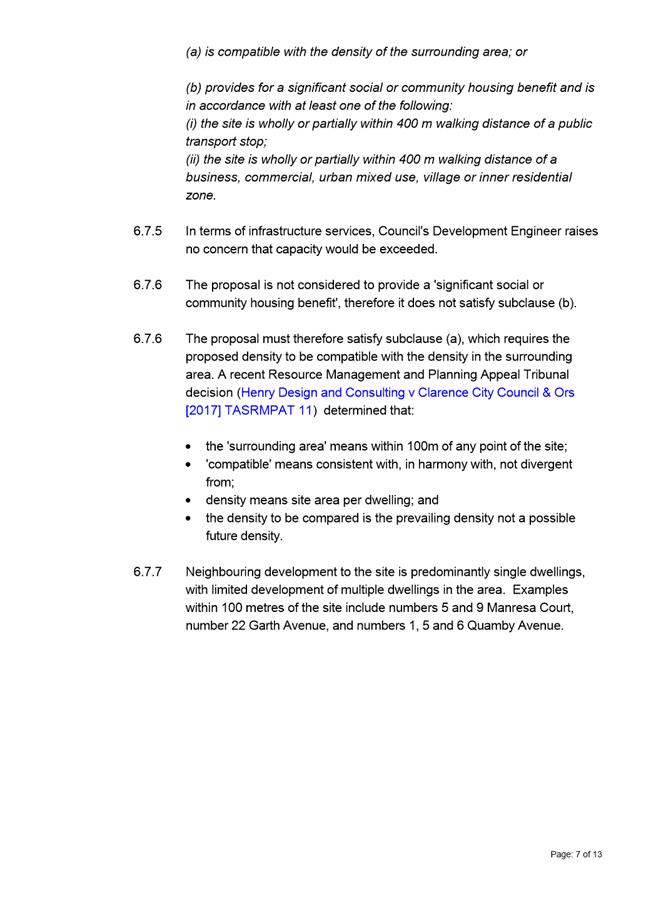
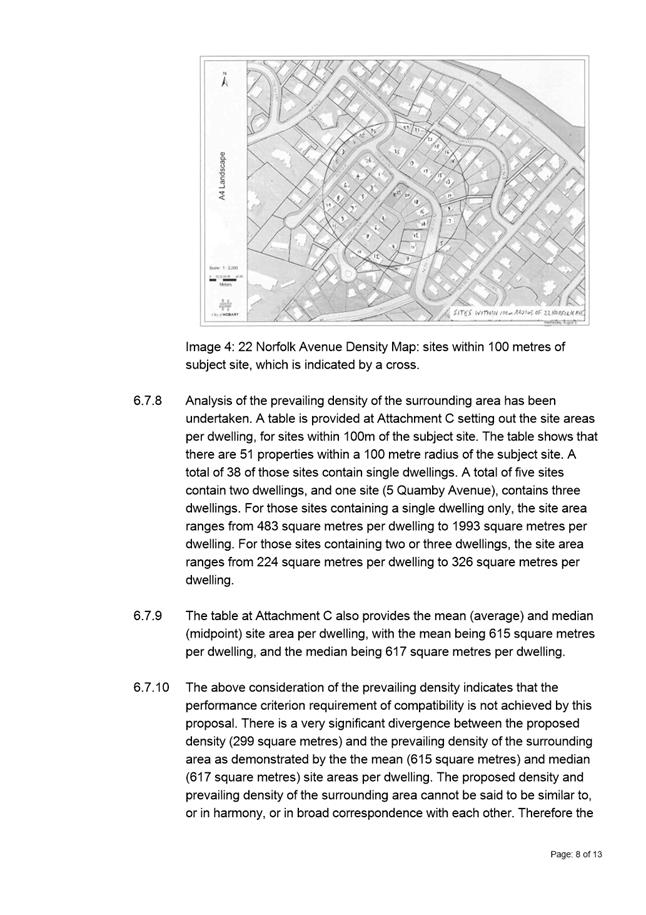
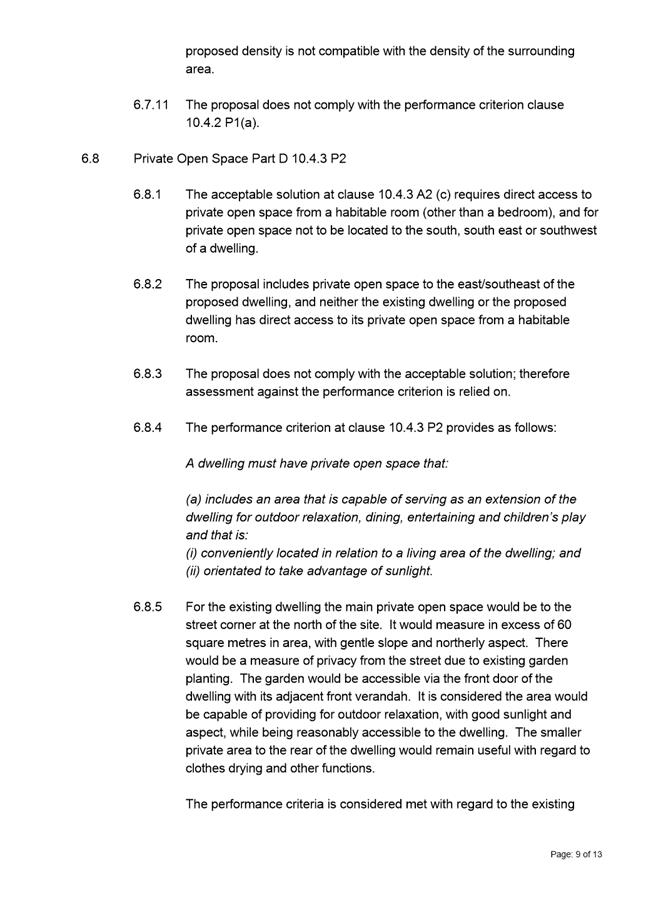
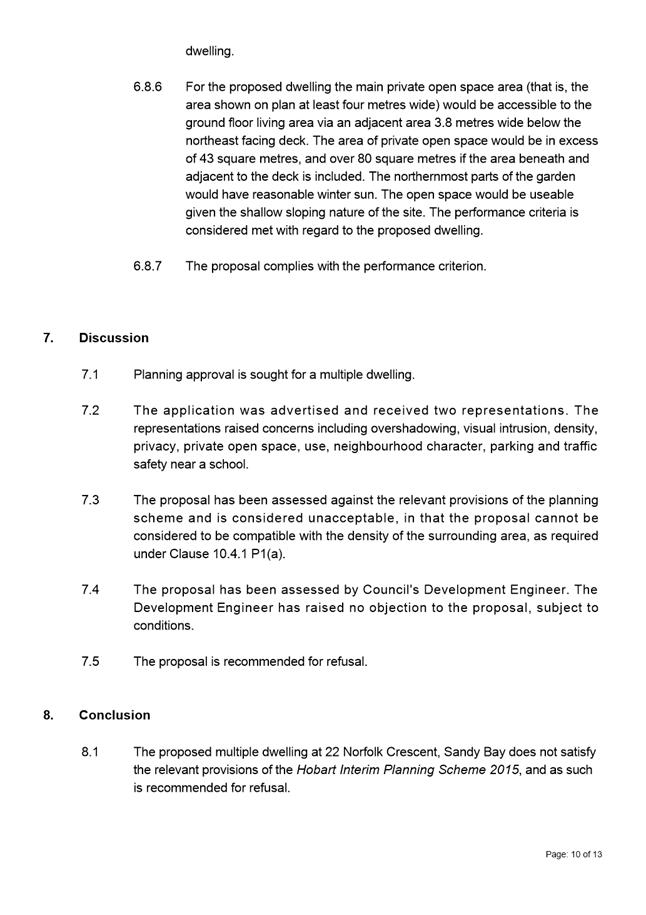

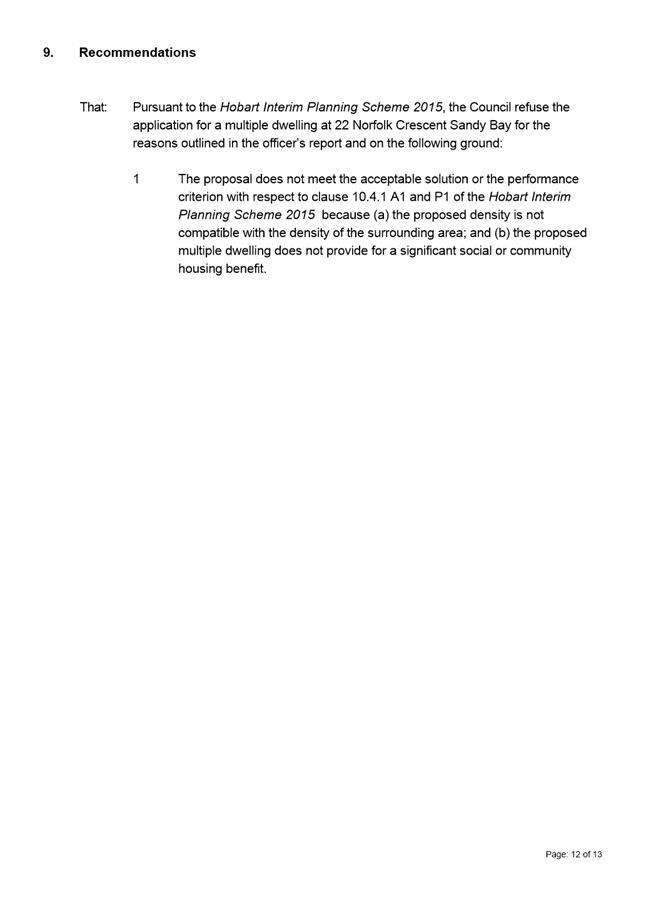
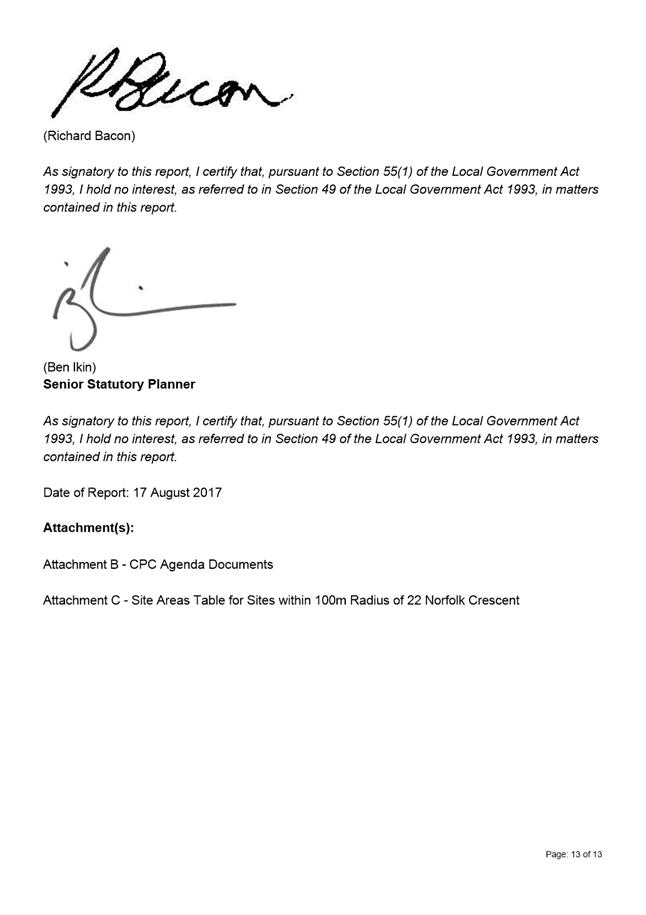
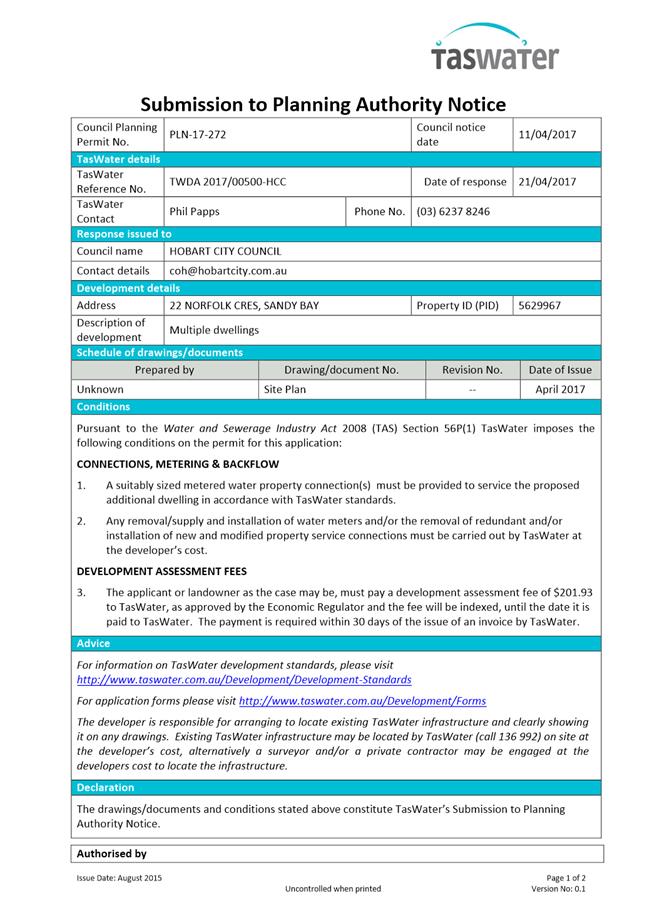
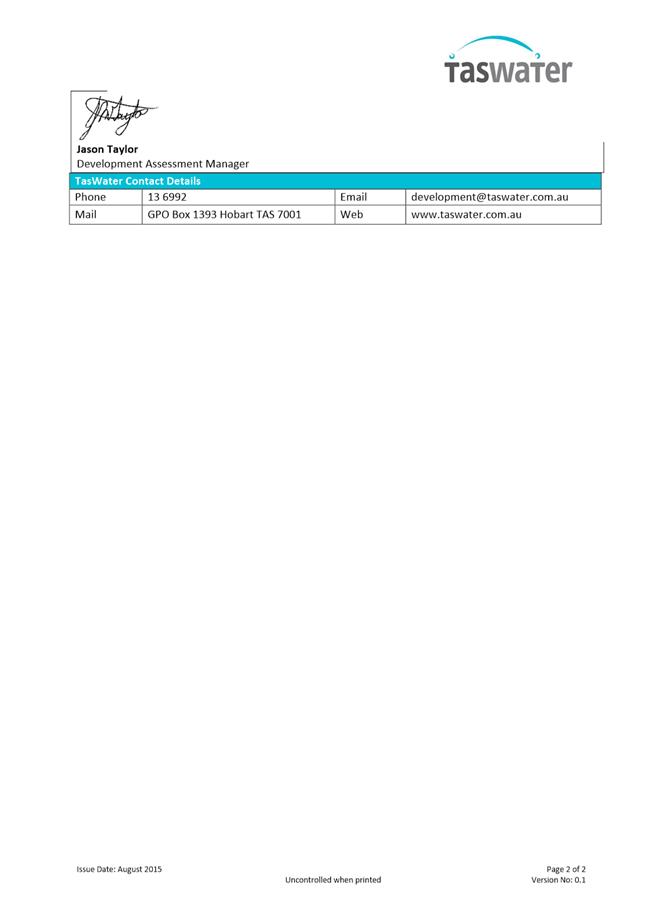
|
Item No. 7.1.5 |
Agenda (Open Portion) City Planning Committee Meeting - 13/11/2017 |
Page 377 ATTACHMENT a |
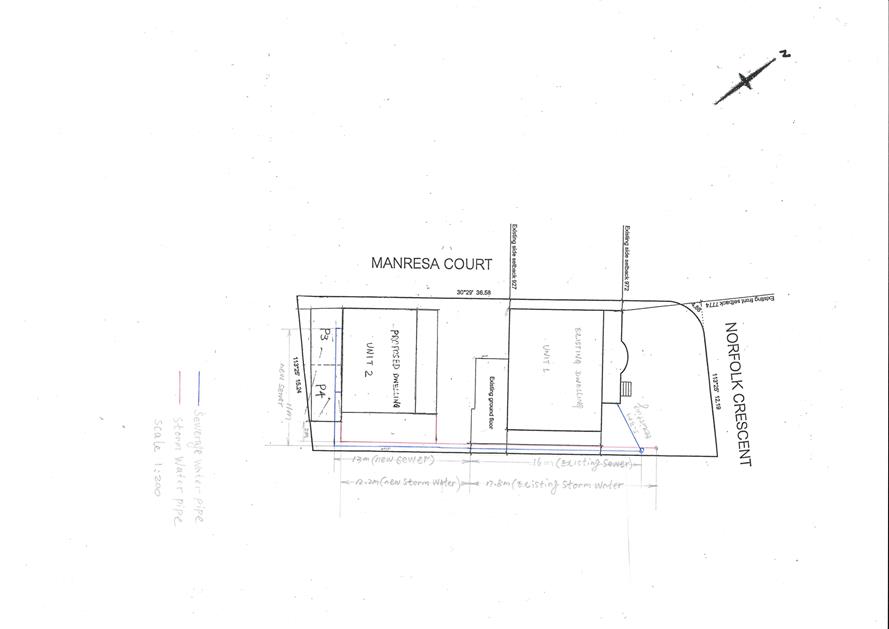

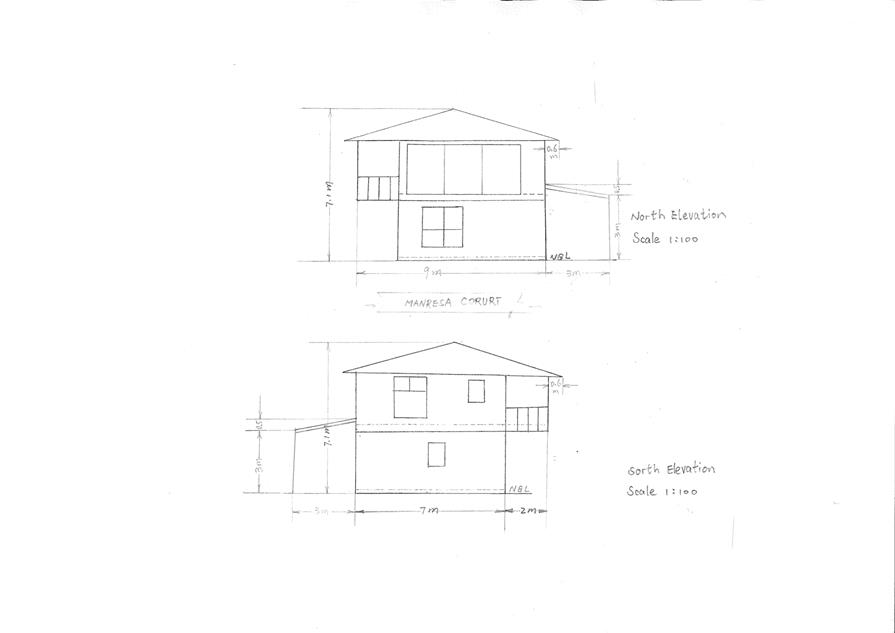
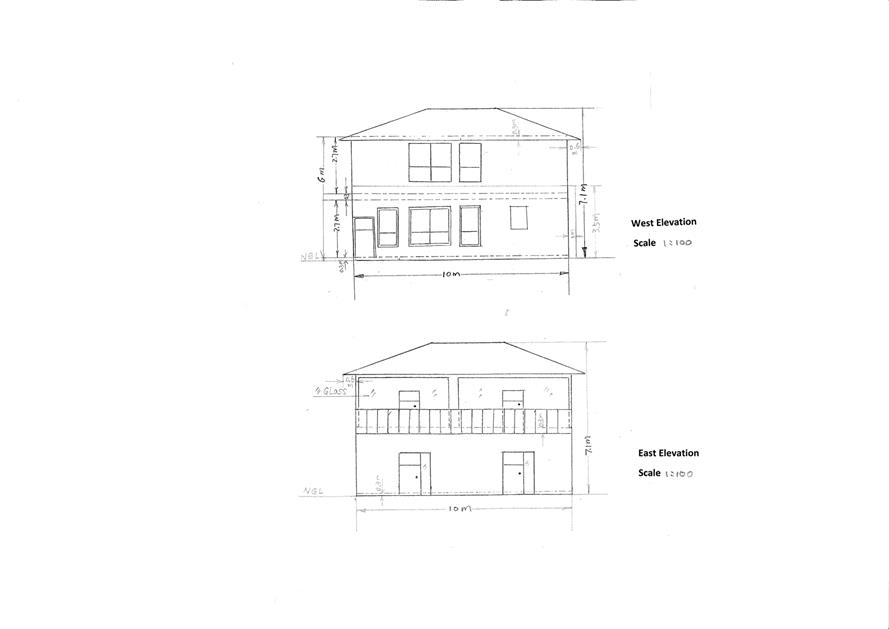
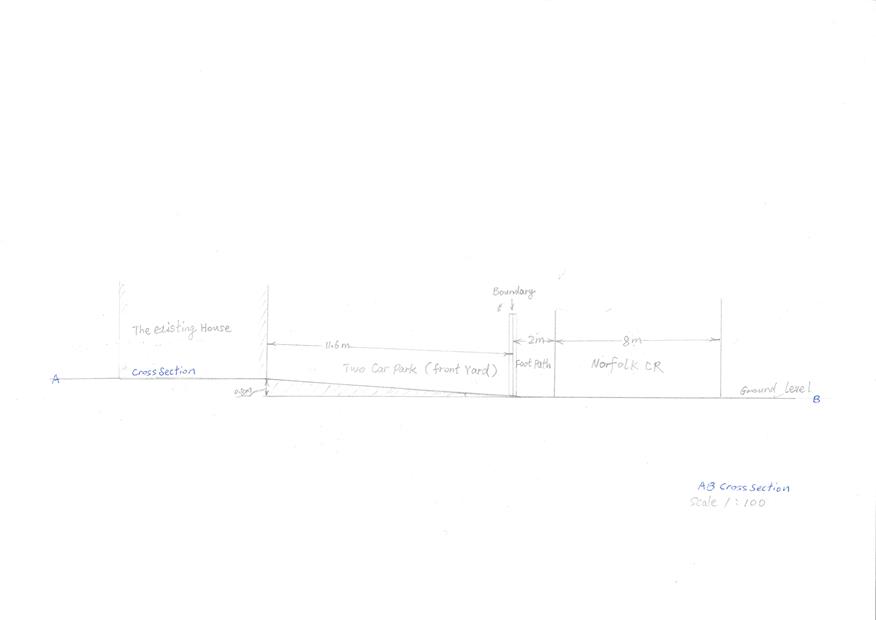
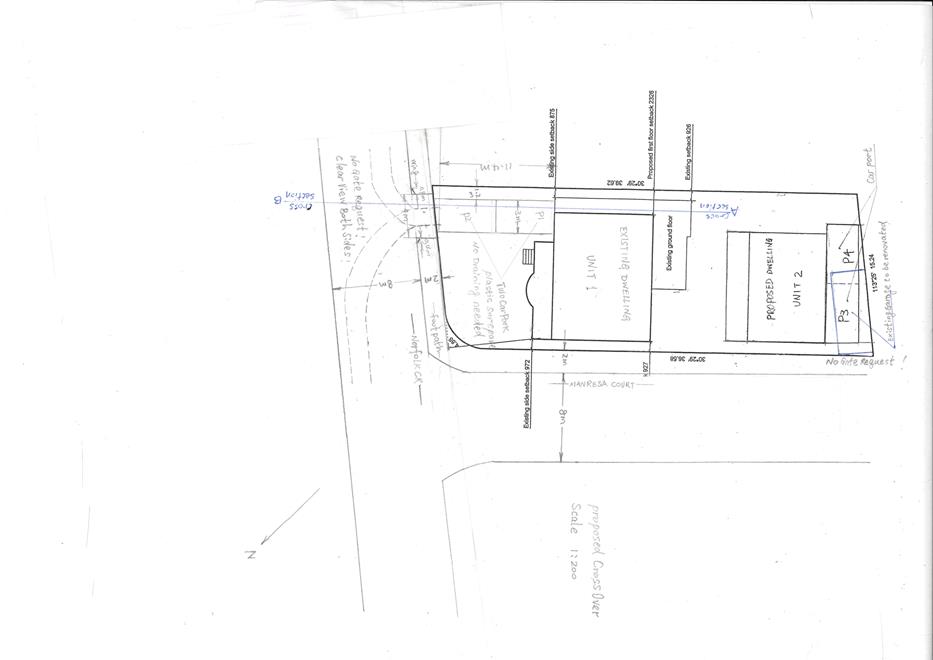
|
Item No. 7.1.5 |
Agenda (Open Portion) City Planning Committee Meeting - 13/11/2017 |
Page 385 ATTACHMENT a |
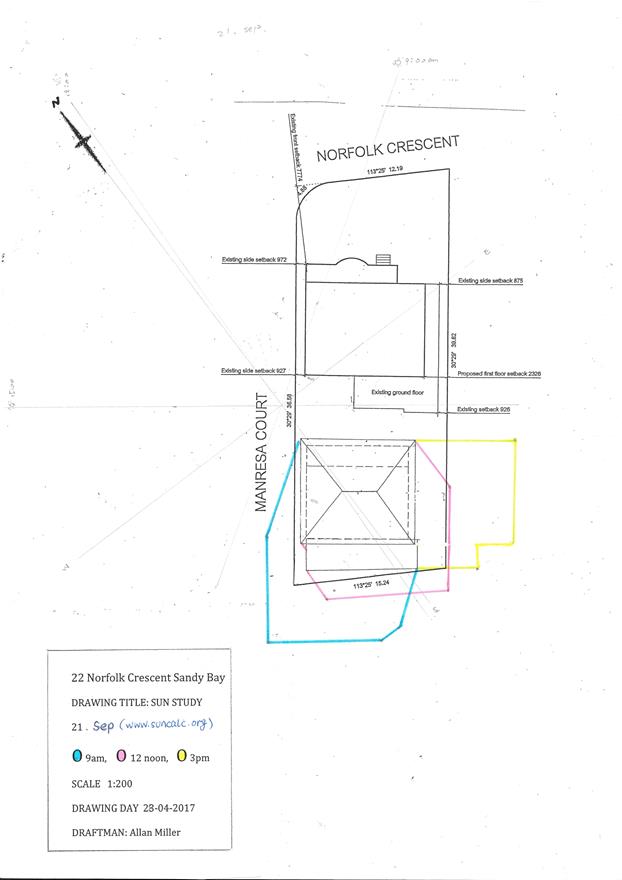
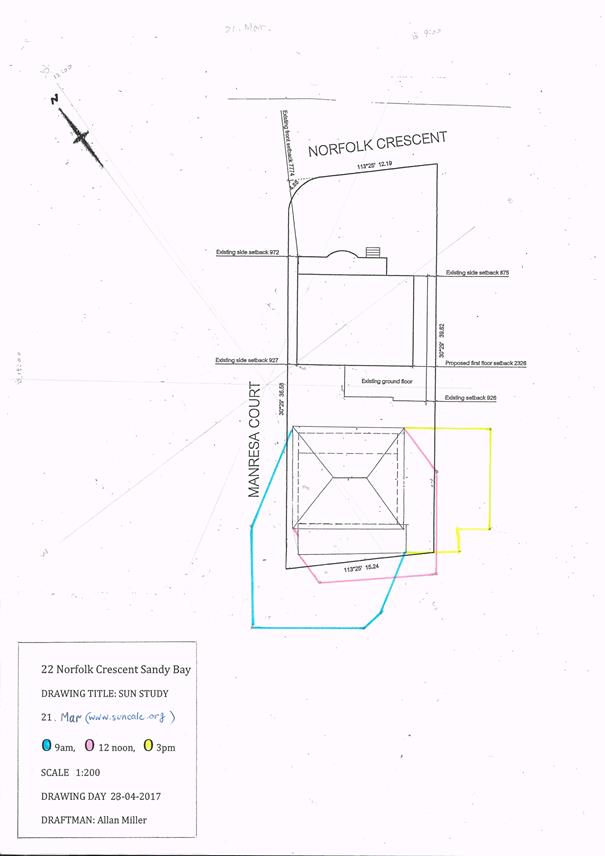

|
Item No. 7.1.5 |
Agenda (Open Portion) City Planning Committee Meeting - 13/11/2017 |
Page 389 ATTACHMENT a |
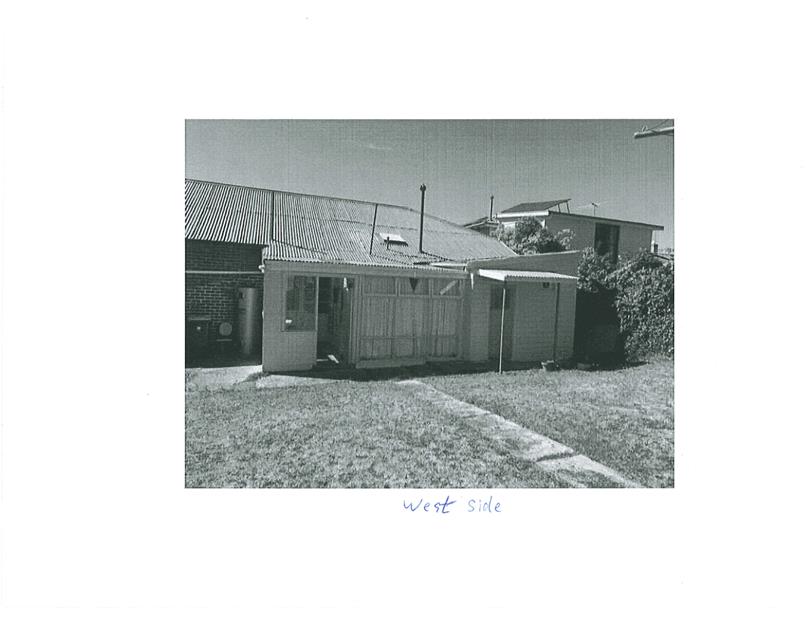
|
Item No. 7.1.5 |
Agenda (Open Portion) City Planning Committee Meeting - 13/11/2017 |
Page 392 ATTACHMENT a |
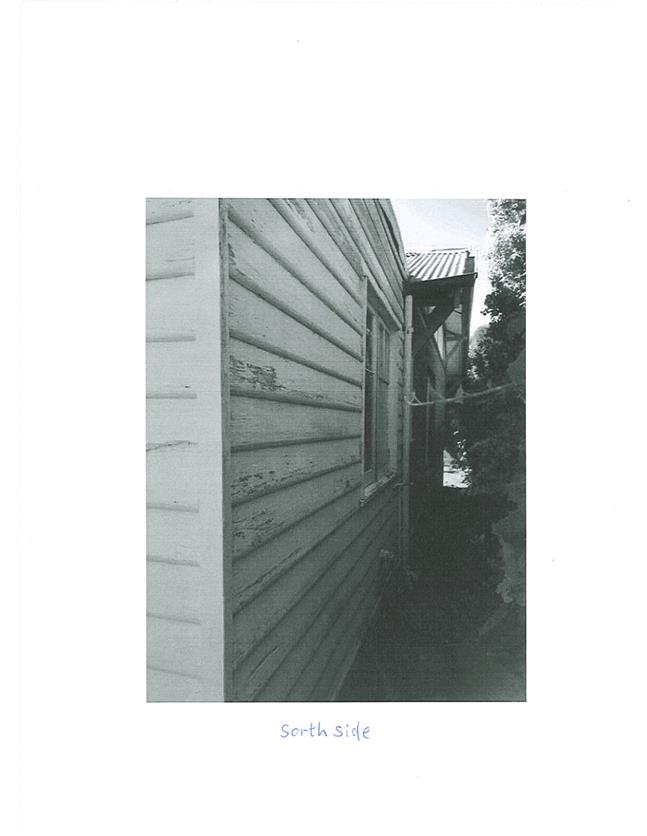
|
Item No. 7.1.5 |
Agenda (Open Portion) City Planning Committee Meeting - 13/11/2017 |
Page 394 ATTACHMENT a |
|
Item No. 7.1.5 |
Agenda (Open Portion) City Planning Committee Meeting - 13/11/2017 |
Page 395 ATTACHMENT a |
|
Item No. 7.1.5 |
Agenda (Open Portion) City Planning Committee Meeting - 13/11/2017 |
Page 397 ATTACHMENT b |
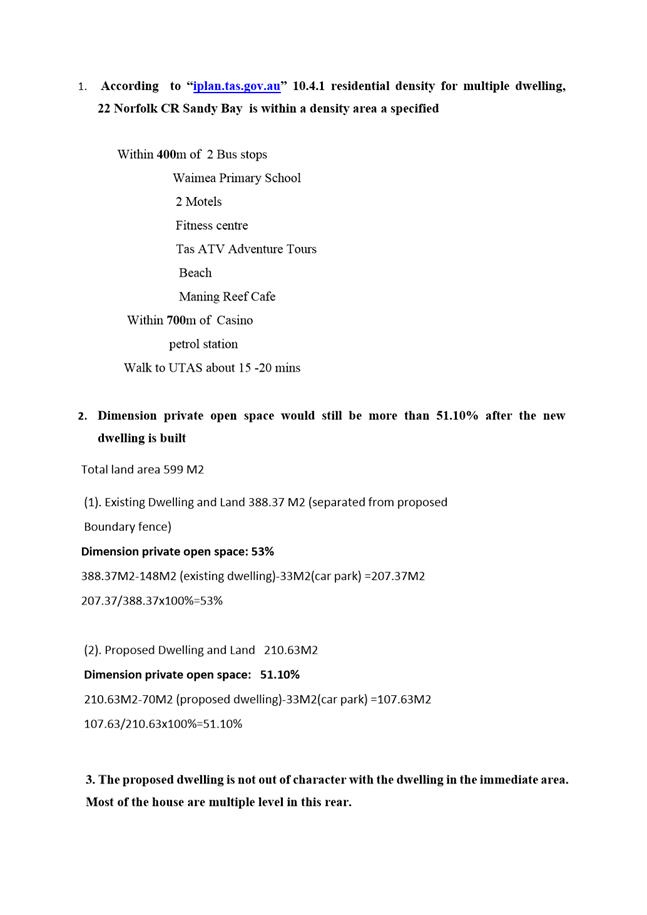
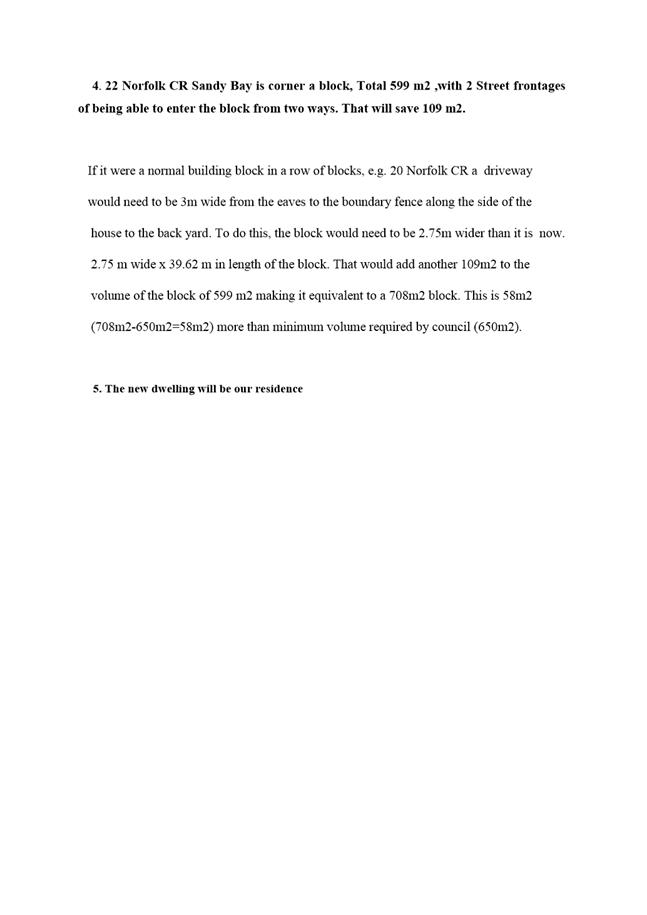
|
Agenda (Open Portion) City Planning Committee Meeting |
Page 400 |
|
|
|
13/11/2017 |
|
7.2 Committee Acting as Planning Authority
7.2.1 Hobart Interim Planning Scheme 2015 - Sullivans Cove Planning Scheme 1997 - Royal Hobart Hospital Helipad Airspace - Proposed Amendments
Memorandum of the Manager Planning Policy & Heritage and the Director City Planning of 7 November 2017 and attachments.
Delegation: Council
|
Item No. 7.2.1 |
Agenda (Open Portion) City Planning Committee Meeting |
Page 401 |
|
|
13/11/2017 |
|
Memorandum: City Planning Committee
Hobart Interim Planning Scheme 2015 - Sullivans Cove Planning Scheme 1997 - Royal Hobart Hospital Helipad Airspace - Proposed Amendments PSA-17-6 and PSA-17-7
The purpose of this memorandum is to consider recommendations to the Tasmanian Planning Commission (TPC) regarding the need for any modifications to the above amendments prior to final approval.
At its meeting on 18 September 2017, Council initiated amendments to the Hobart Interim Planning Scheme 2015 (HIPS) and the Sullivans Cove Planning Scheme 1997 (SCPS) to insert a Specific Area Plan (SAP) into each Scheme to ensure that development in the vicinity of the proposed Royal Hobart Hospital (RHH) helipad does not obstruct safe air navigation. The amendments and Council report are provided in Attachment D.
The amendments were placed on public exhibition on 23 September 2017 and the exhibition period ended on 23 October 2017. No representations were received during that period.
Following its preliminary assessment of the amendments, the TPC requested that Council provide an assessment of which properties may be impacted by the proposed height standards; i.e. where the standards will result in a reduced height limit compared to that which is allowed by the zone standards.
In response the map provided in Attachment A was prepared. This shows there are a number of properties on the Glebe where building to the permitted 9.5m height in the Inner Residential Zone will be discretionary under the SAP.
The implications of this were discussed with the consultants acting for the RHH and they have advised that it would be appropriate to modify the boundary between the Inner and Outer areas so that it follows Brooker Ave and Davenport Street as indicated on the map provided in Attachment B. The proposed modification will avoid the need for unnecessary applications to be submitted.
The helicopter flight path is actually an incline of 4.5% rising from the helipad level of 64.5m AHD. It is therefore not technically necessary for the Inner Area height of 64.5m AHD to extend and affect the residential height standards for the Glebe. The amendment was drafted in 2D rather than a 3D format in the interests of simplicity. Advice from the RHH consultants is provided in Attachment C.
No modifications to the Sullivans Cove Planning Scheme Amendment PSA-17-7 are considered necessary.
|
That: 1. Pursuant to Section 39(2) of the Land Use Planning and Approvals Act 1993, the Council recommend to the Tasmanian Planning Commission that the PSA-17-6 Amendment to the Hobart Interim Planning Scheme 2015 be modified as shown in Attachment B prior to final approval. 2. Pursuant to Section 39(2) of the Land Use Planning and Approvals Act 1993, the Council recommend to the Tasmanian Planning Commission that the PSA-17-7 Amendment to the Sullivans Cove Planning Scheme 1997 be approved as certified.
|
As signatory to this report, I certify that, pursuant to Section 55(1) of the Local Government Act 1993, I hold no interest, as referred to in Section 49 of the Local Government Act 1993, in matters contained in this report.
|
James McIlhenny Manager Planning Policy & Heritage |
Neil Noye Director City Planning |
Date: 7 November 2017
File Reference: F17/145163; 17/167
Attachment a: Contour
Map Glebe ⇩ ![]()
Attachment
b: Modified
Boundary ⇩ ![]()
Attachment
c: RHH
Consultants Advice ⇩ ![]()
Attachment
d: Council
Report and Amendments ⇩ ![]()
|
Item No. 7.2.1 |
Agenda (Open Portion) City Planning Committee Meeting - 13/11/2017 |
Page 403 ATTACHMENT a |
|
Agenda (Open Portion) City Planning Committee Meeting - 13/11/2017 |
Page 404 ATTACHMENT b |
|
Agenda (Open Portion) City Planning Committee Meeting - 13/11/2017 |
Page 405 ATTACHMENT c |
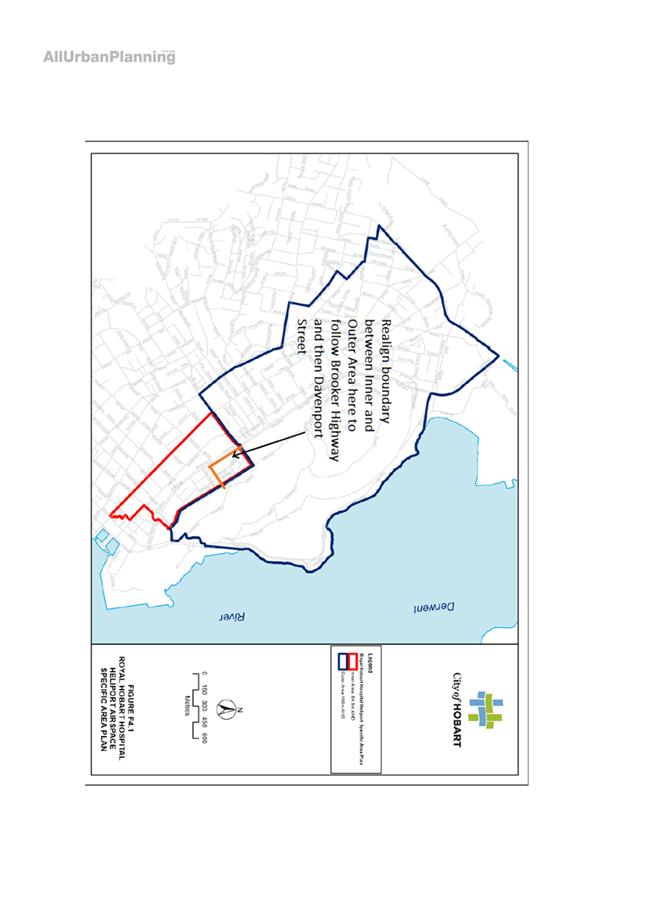
|
Agenda (Open Portion) City Planning Committee Meeting - 13/11/2017 |
Page 407 ATTACHMENT d |
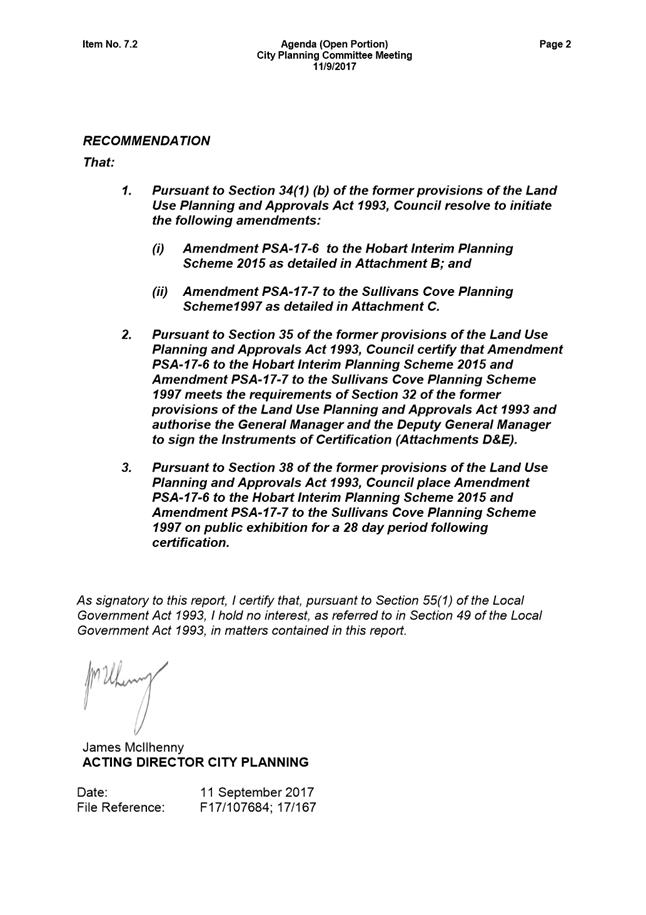
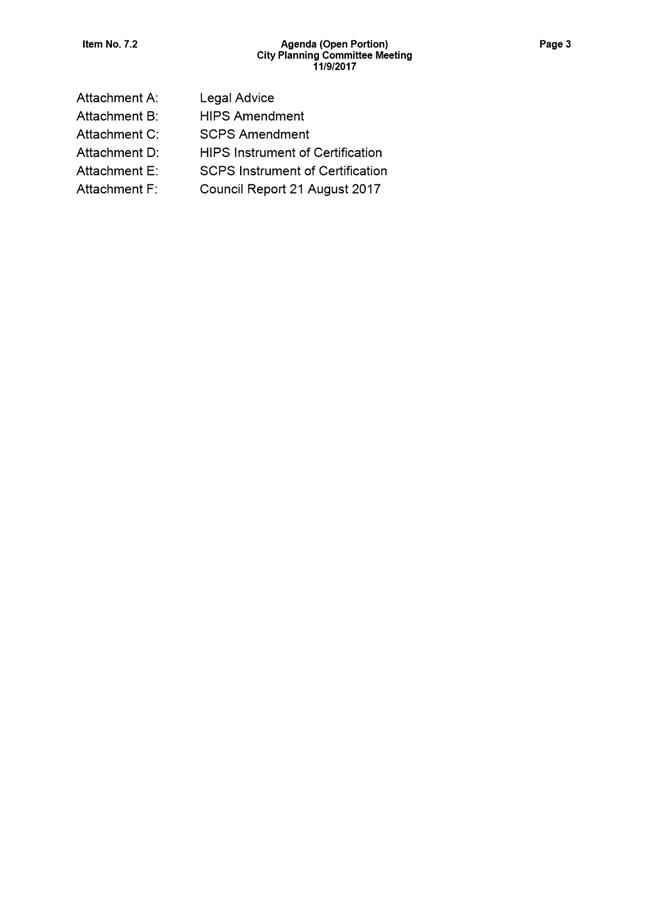
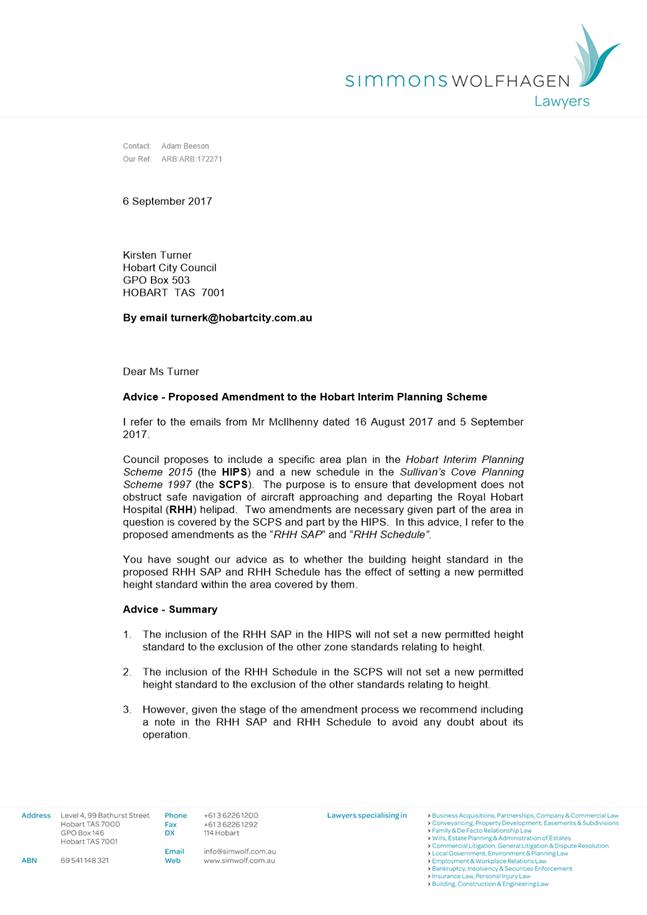
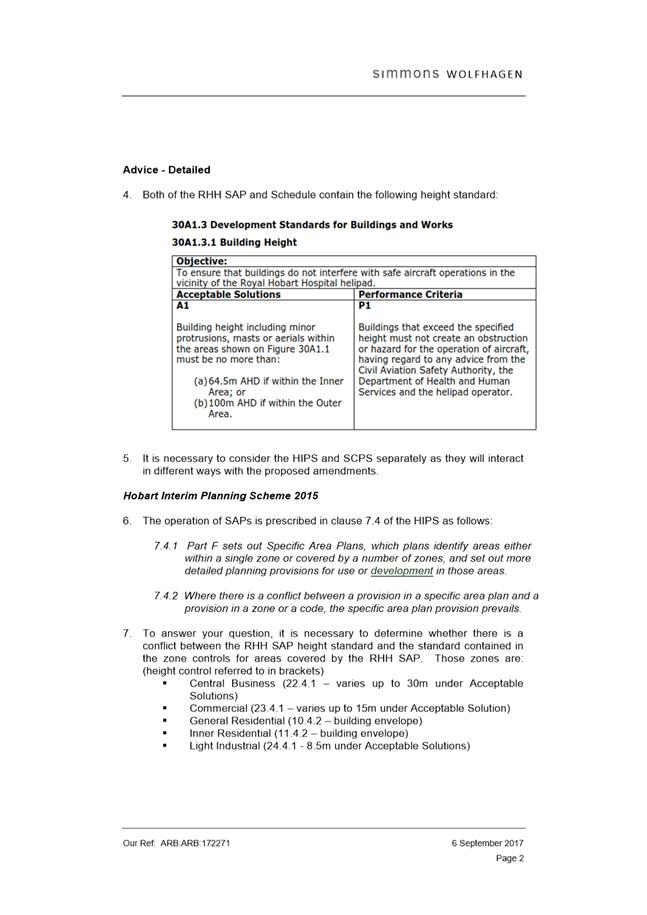
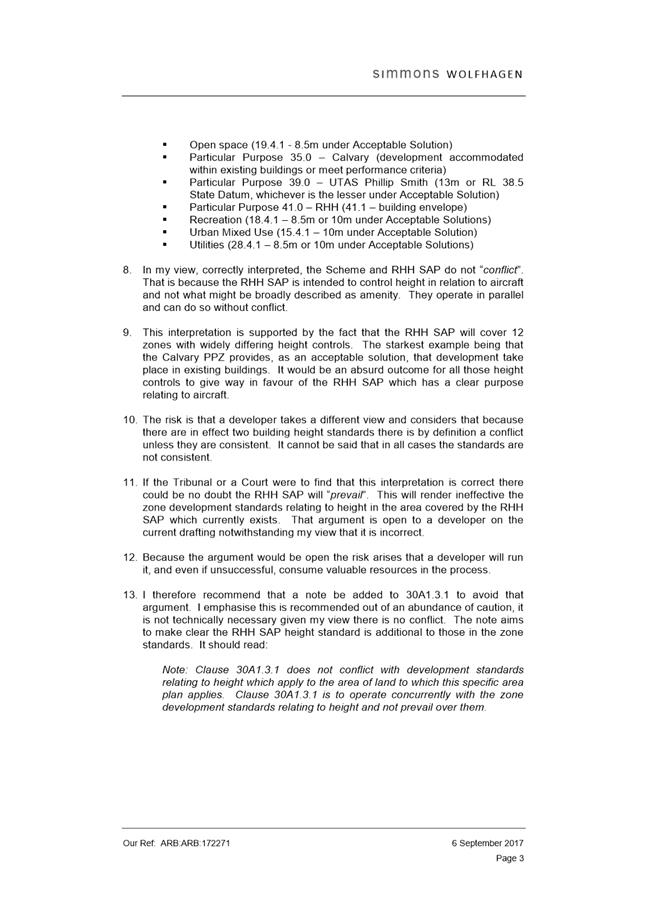
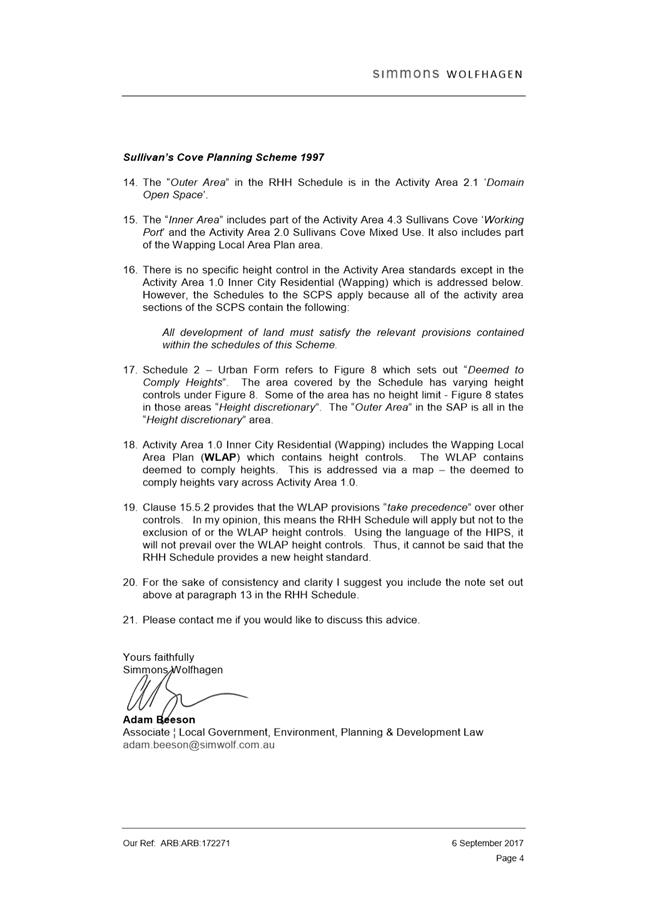
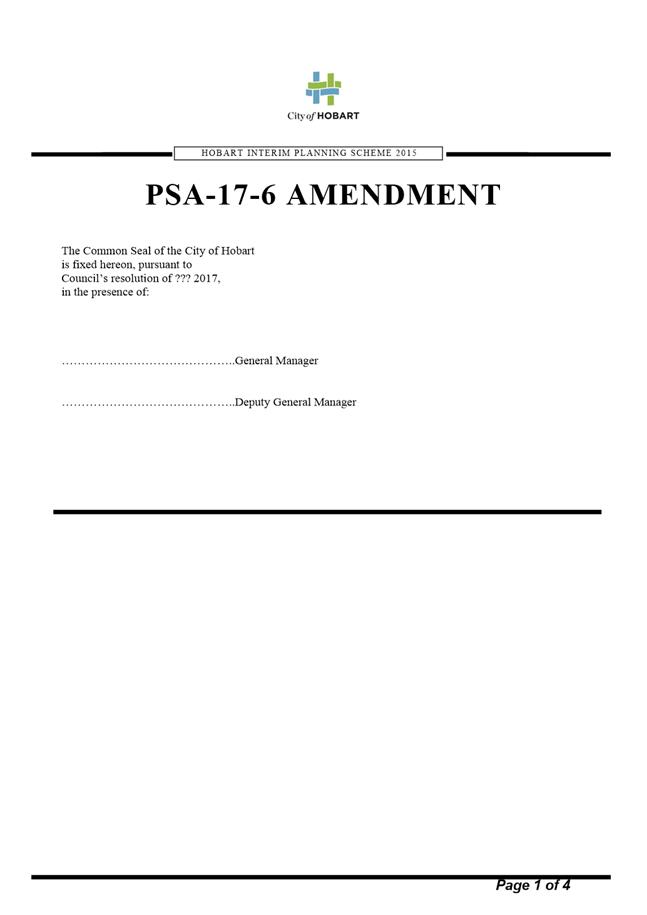
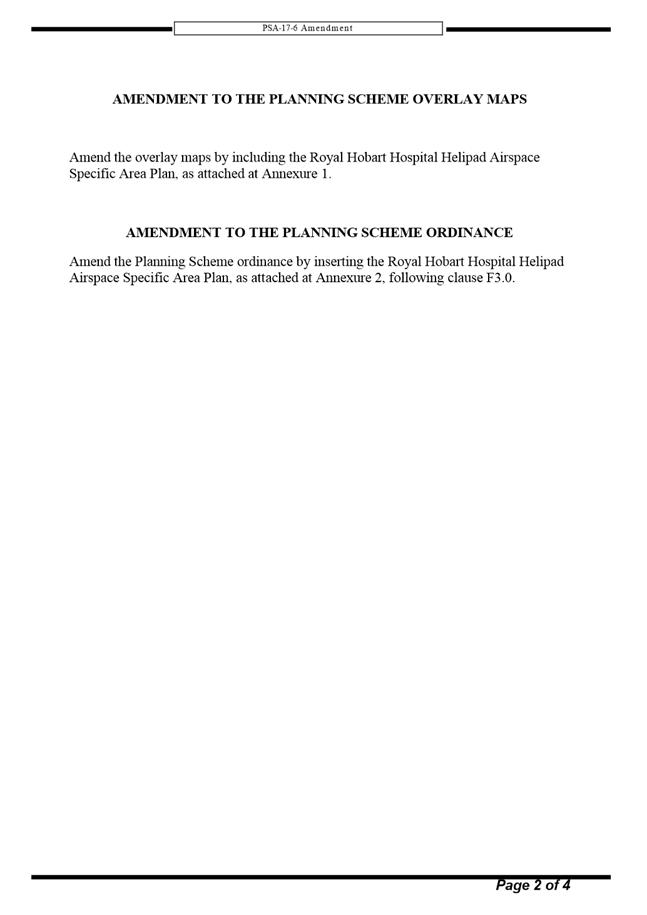
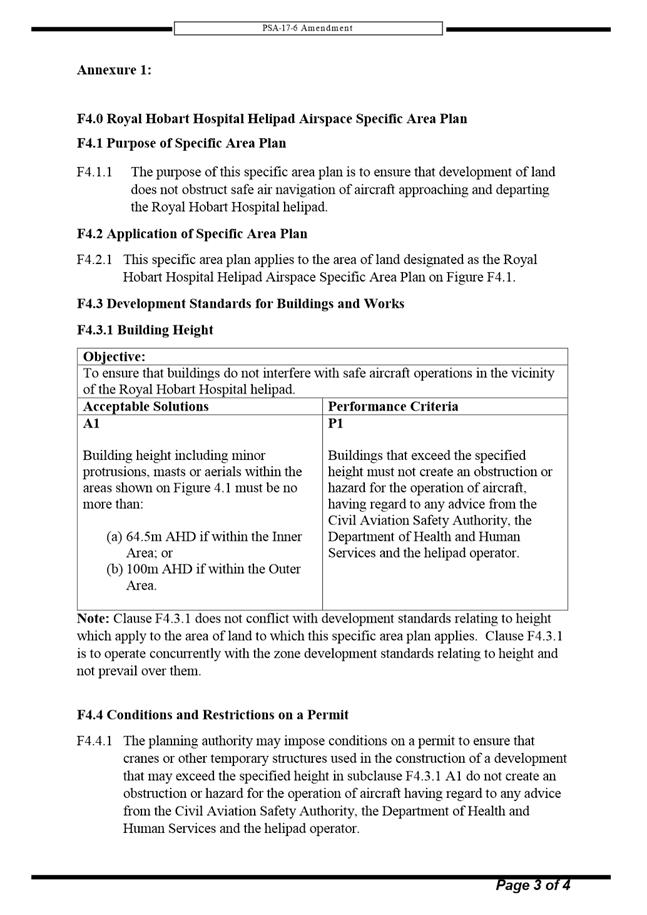
|
Item No. 7.2.1 |
Agenda (Open Portion) City Planning Committee Meeting - 13/11/2017 |
Page 417 ATTACHMENT d |
|
Item No. 7.2.1 |
Agenda (Open Portion) City Planning Committee Meeting - 13/11/2017 |
Page 418 ATTACHMENT d |
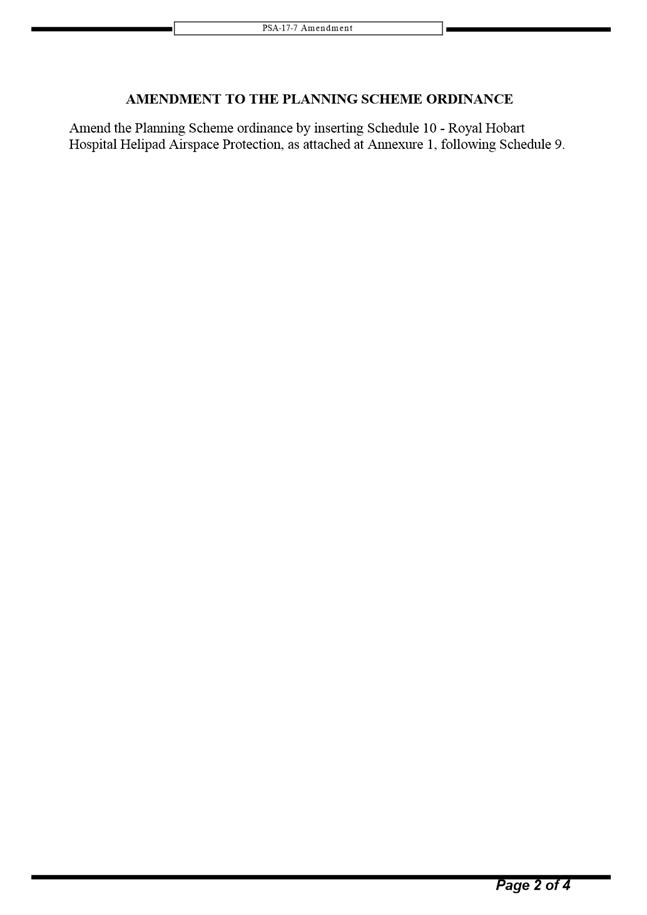
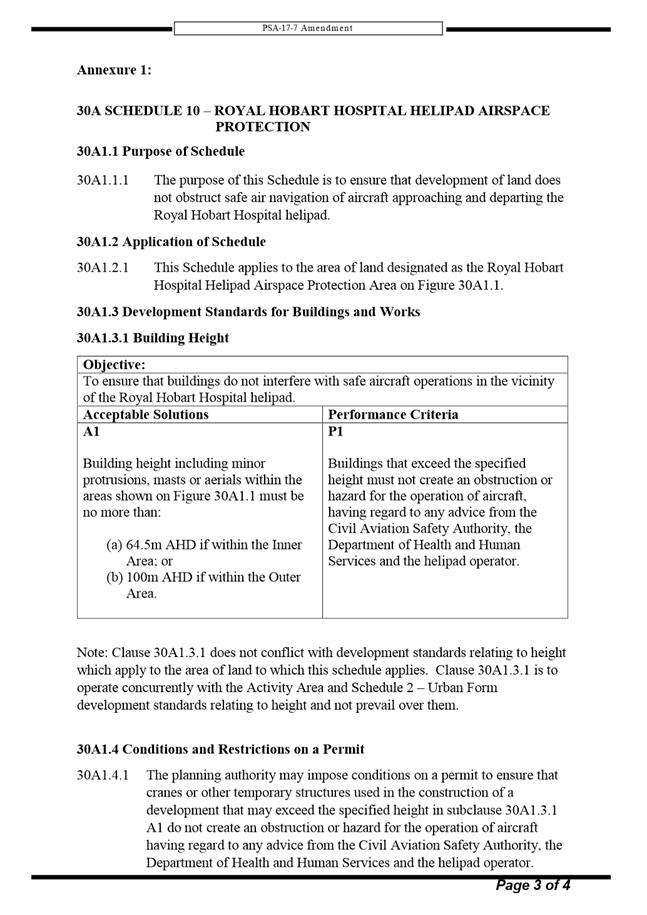
|
Item No. 7.2.1 |
Agenda (Open Portion) City Planning Committee Meeting - 13/11/2017 |
Page 421 ATTACHMENT d |
|
Item No. 7.2.1 |
Agenda (Open Portion) City Planning Committee Meeting - 13/11/2017 |
Page 422 ATTACHMENT d |
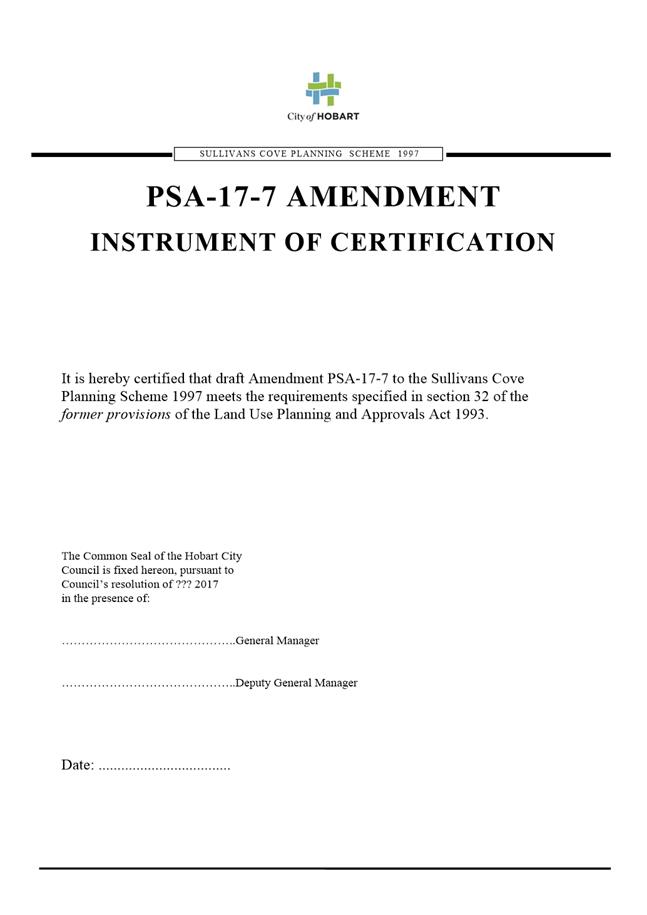
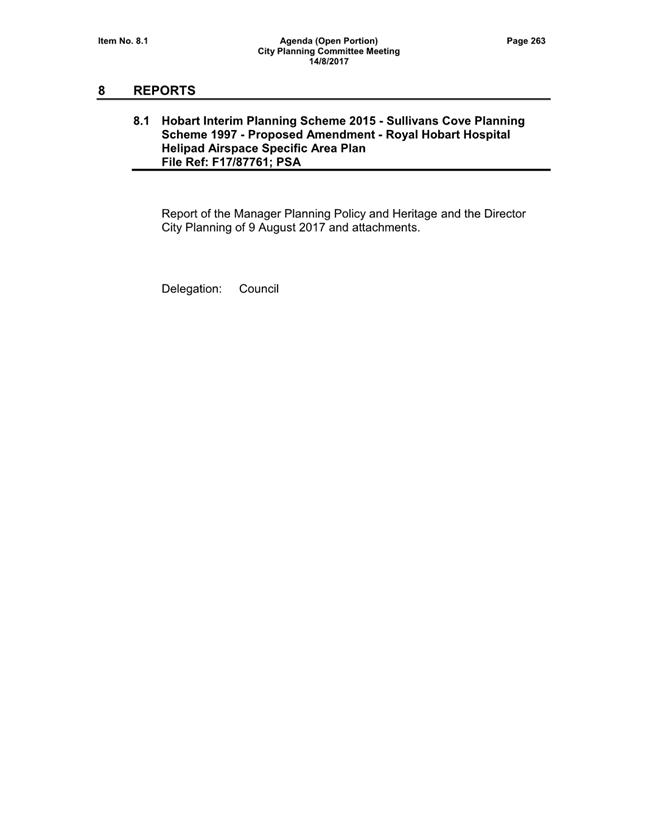
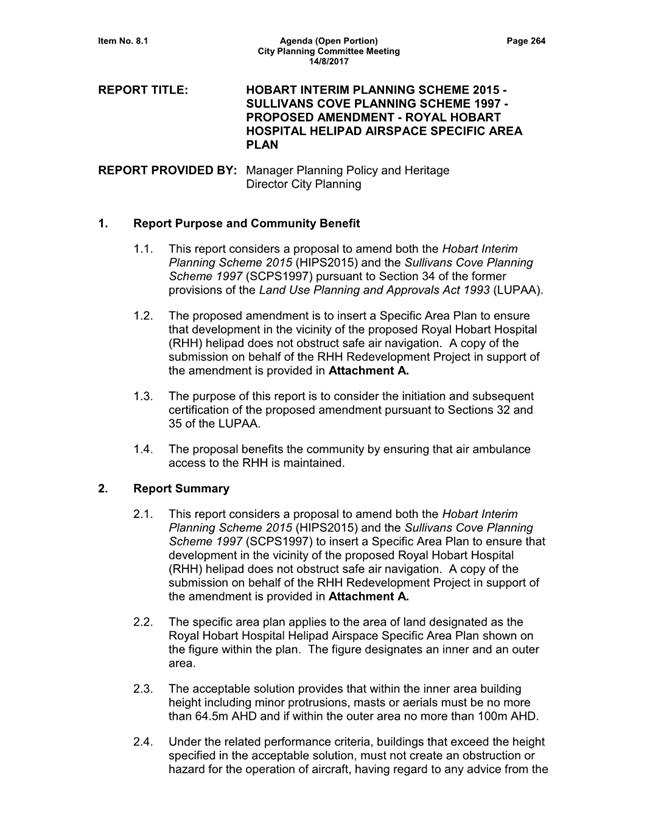
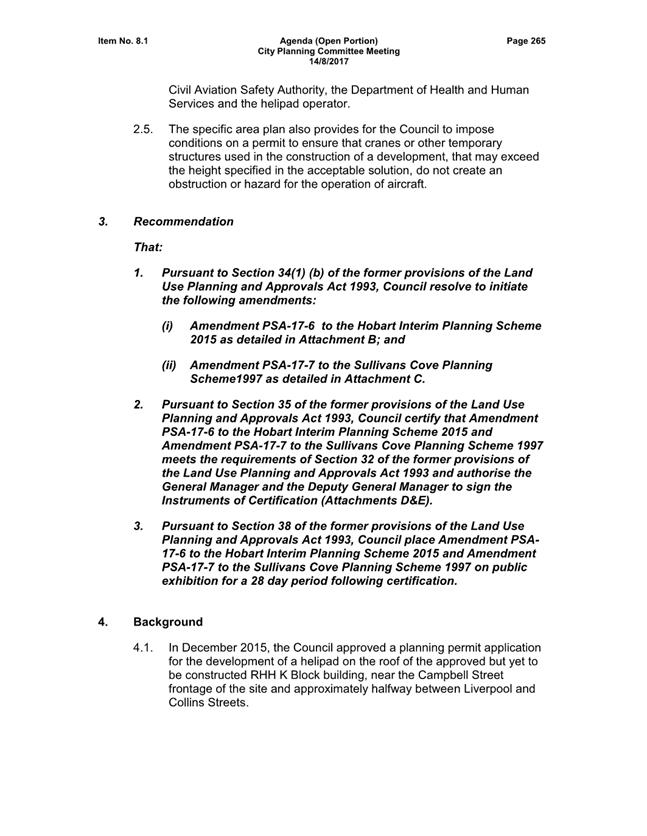
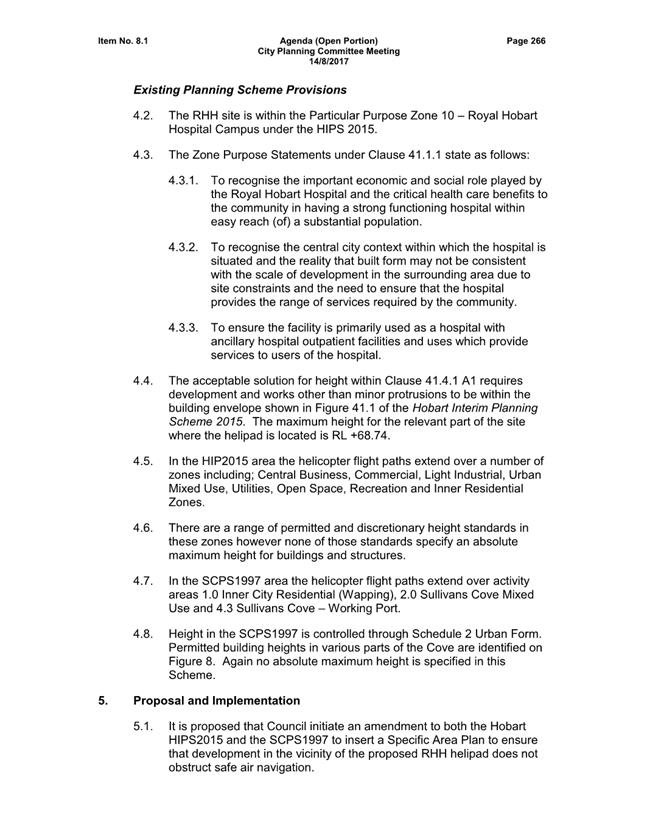
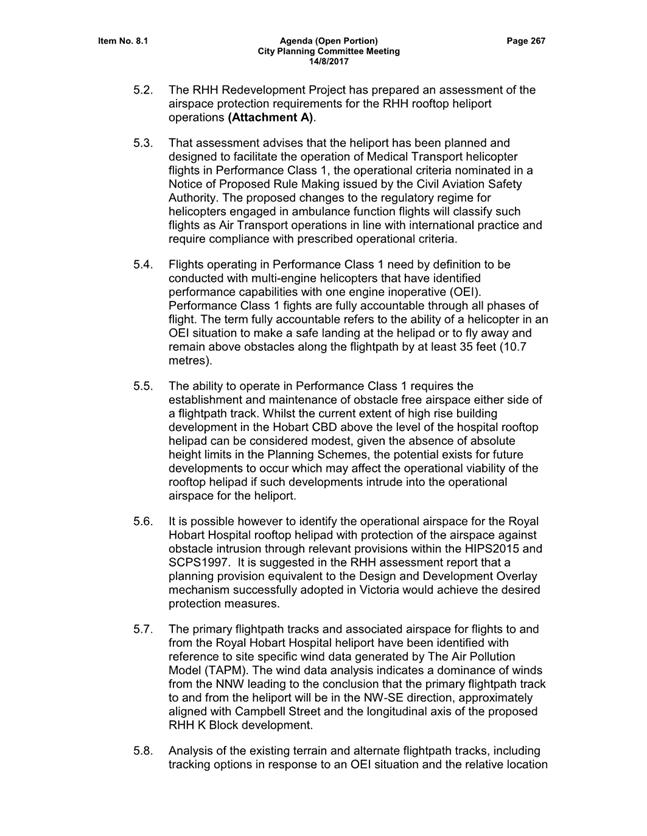
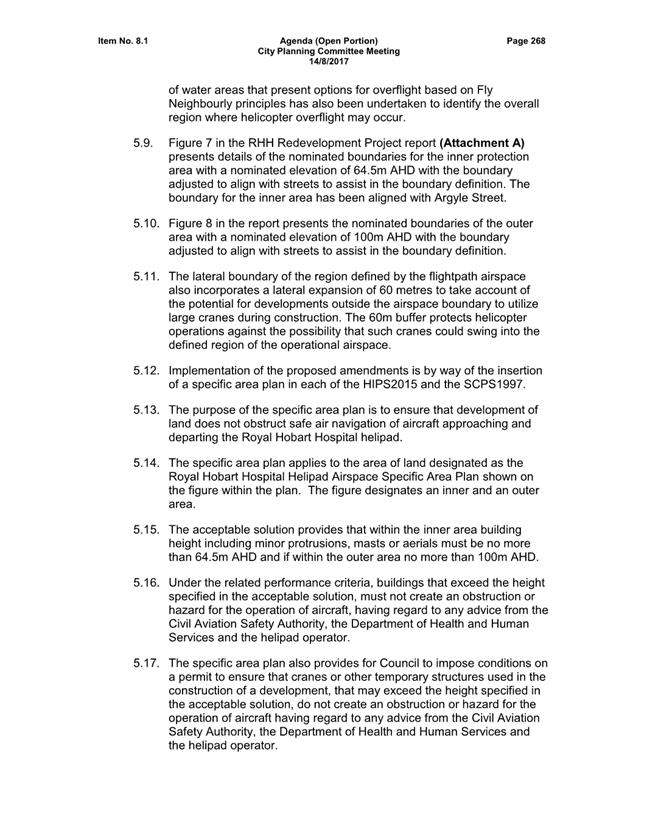
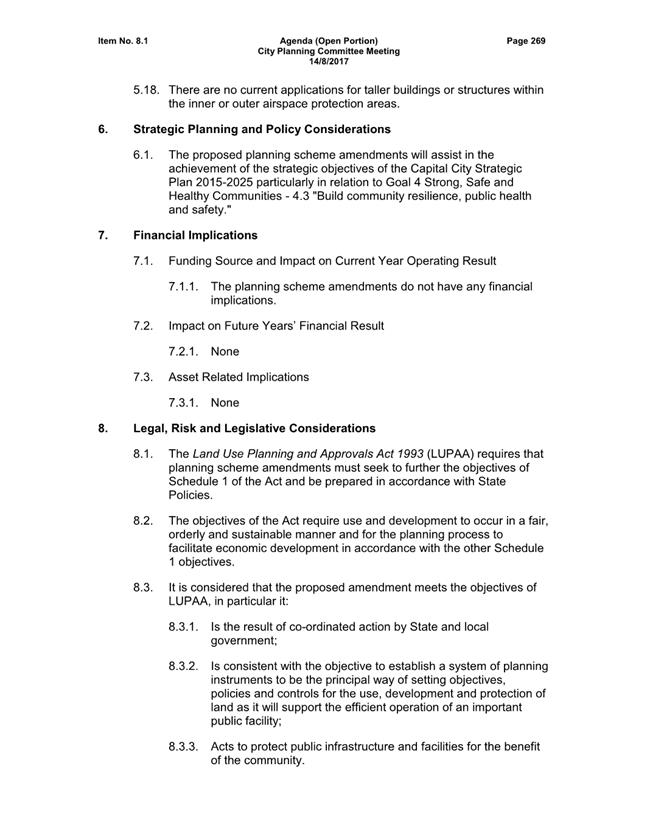
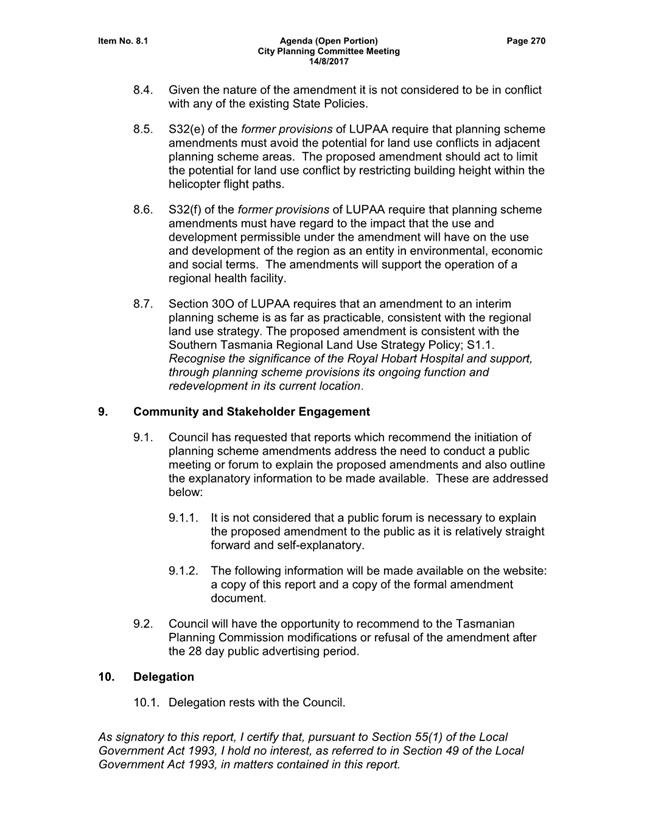
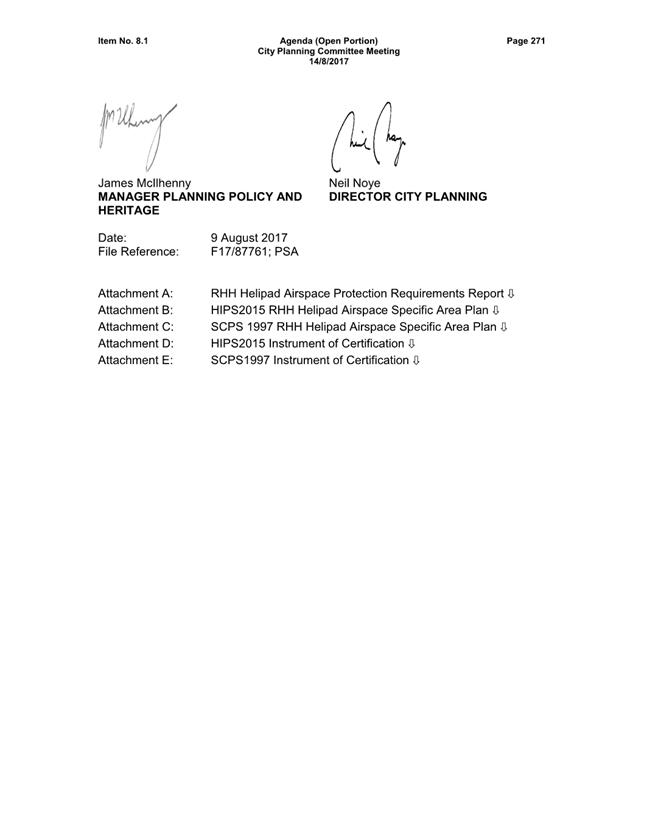
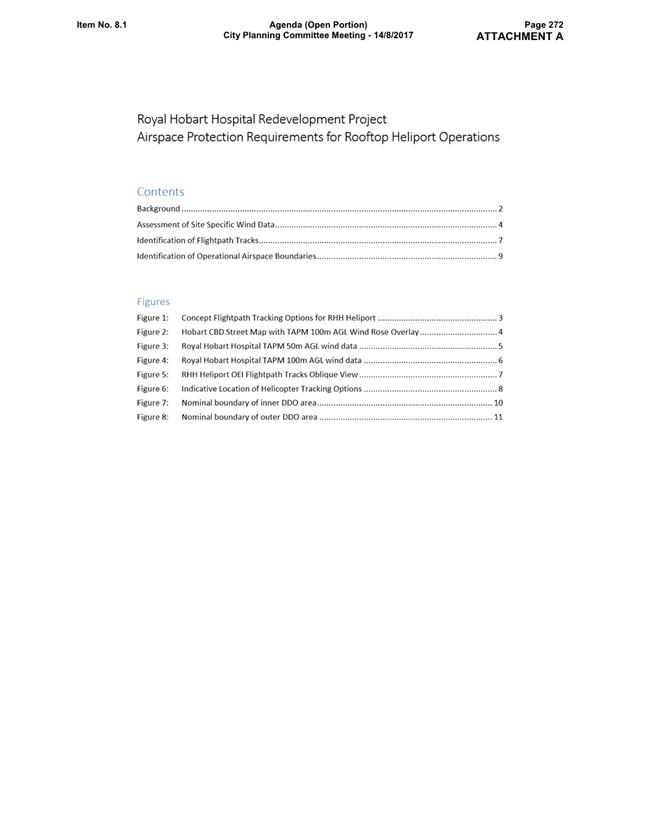
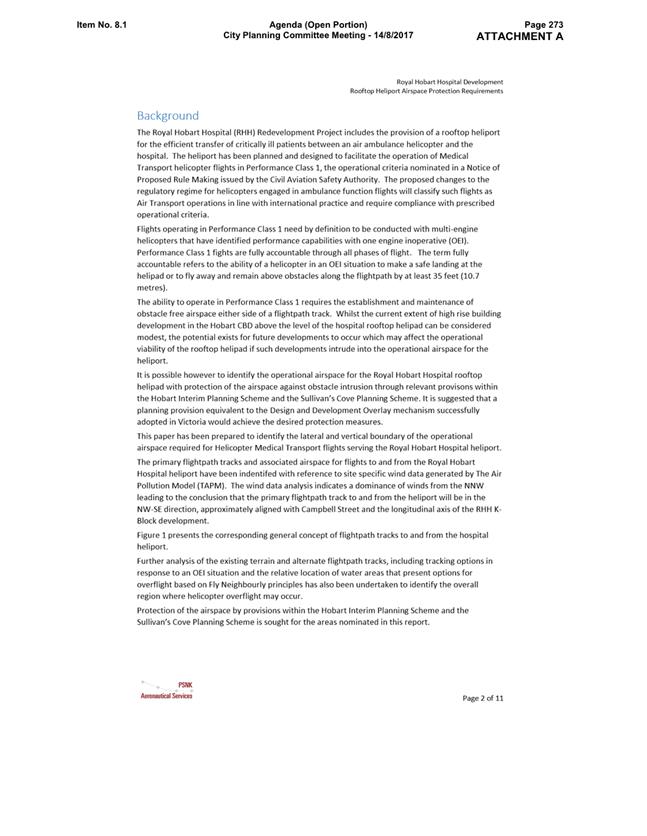
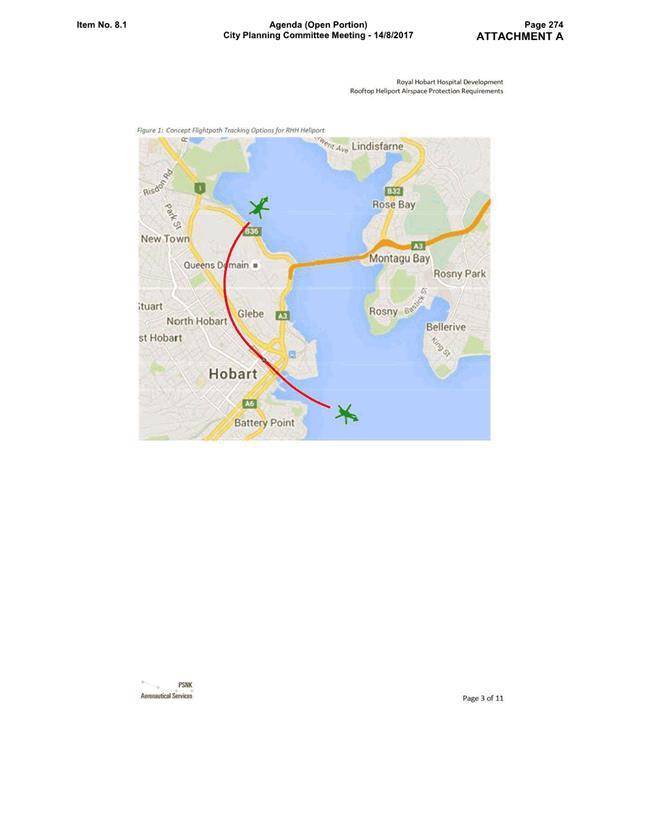
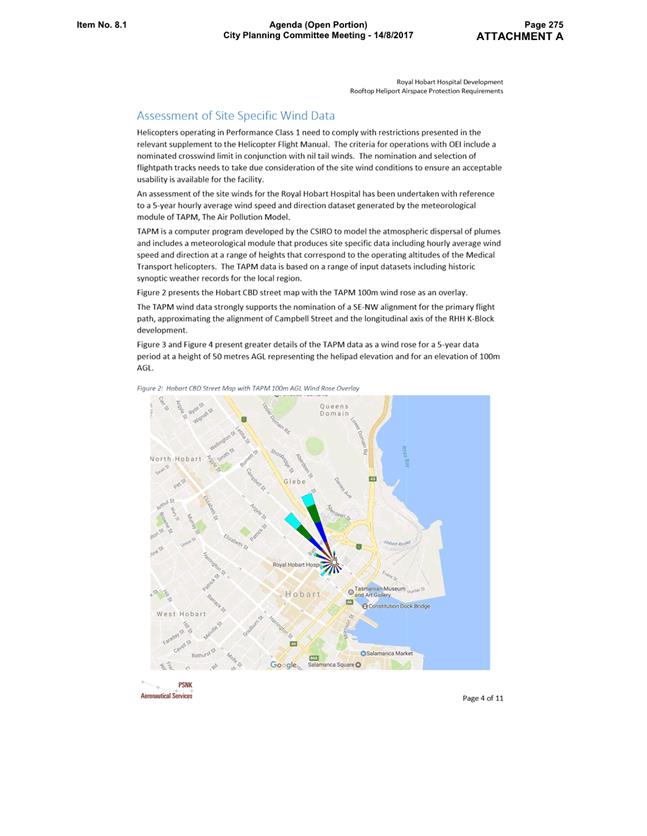
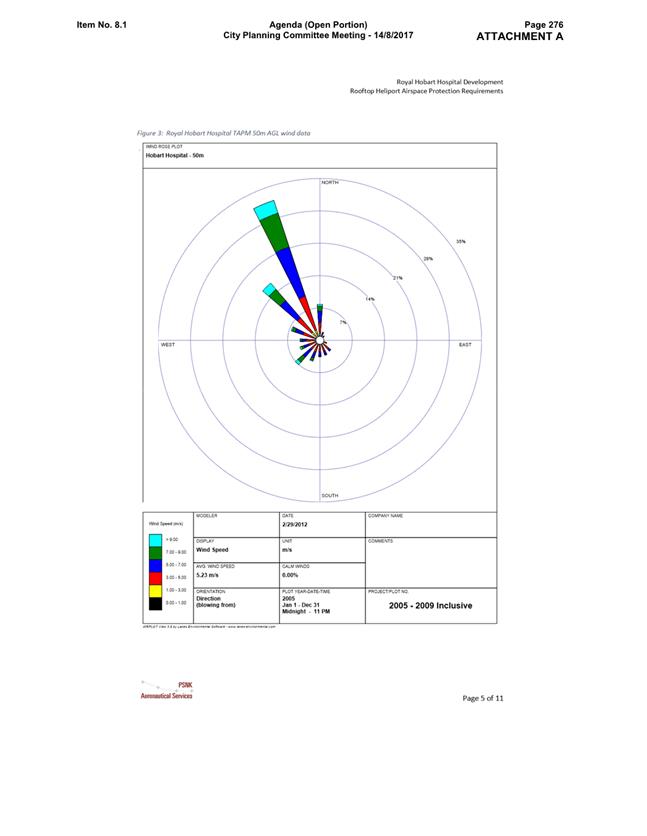
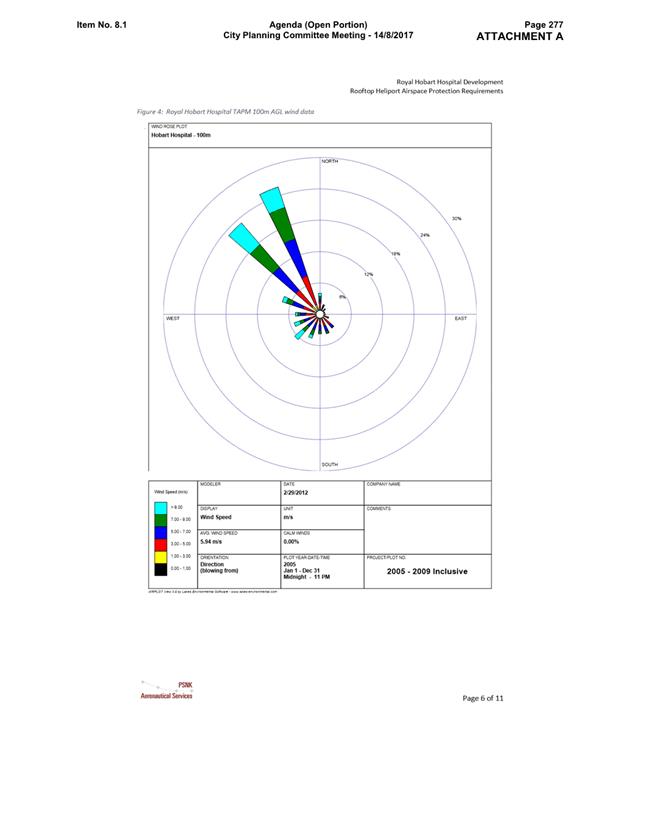
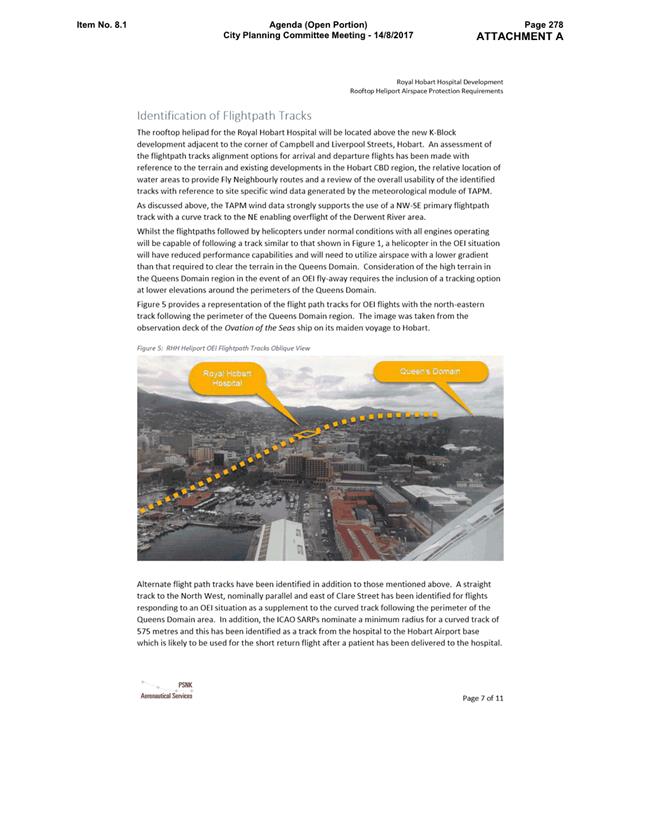
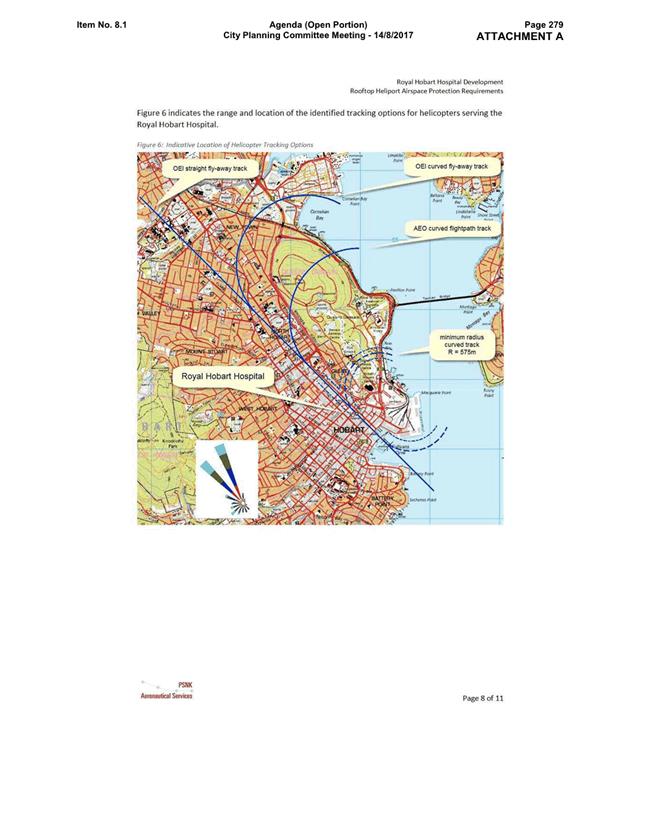
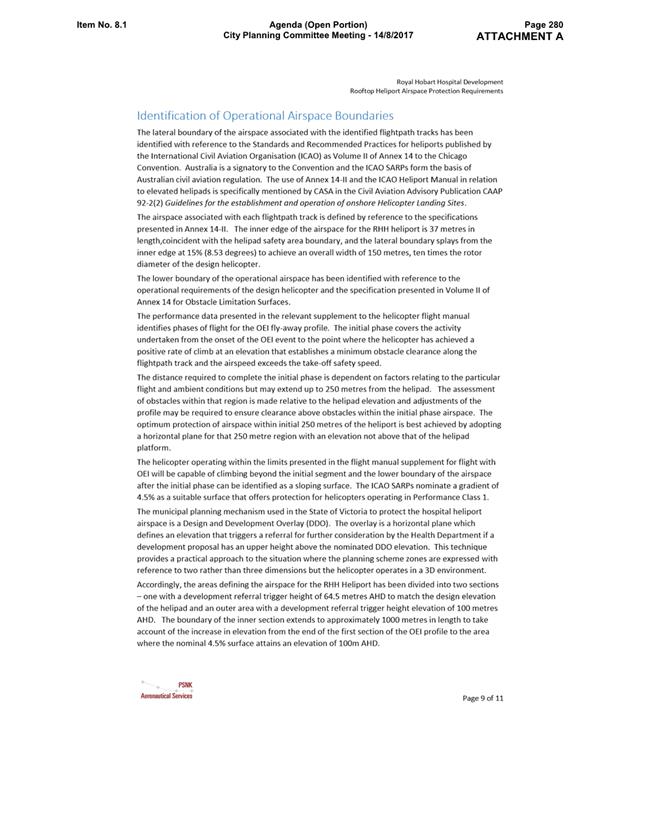
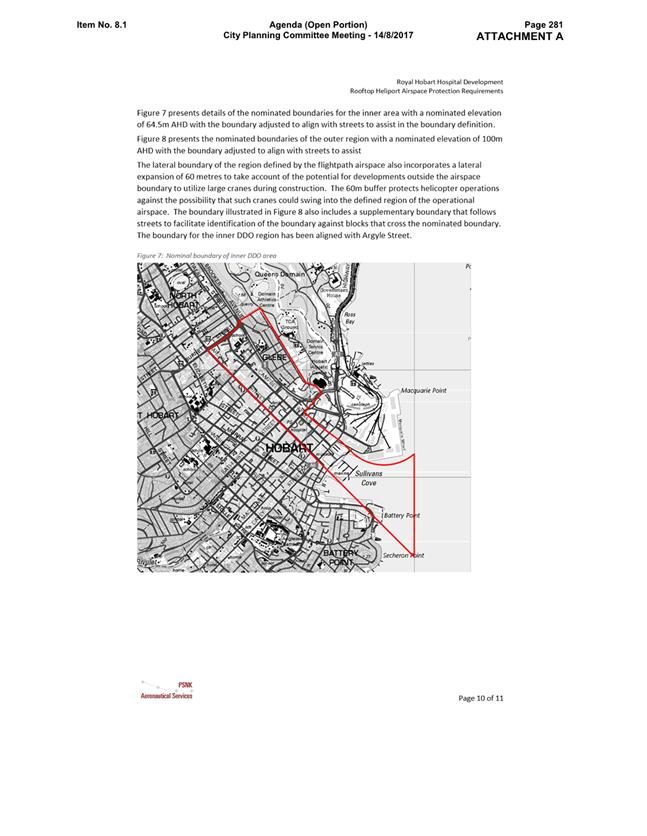
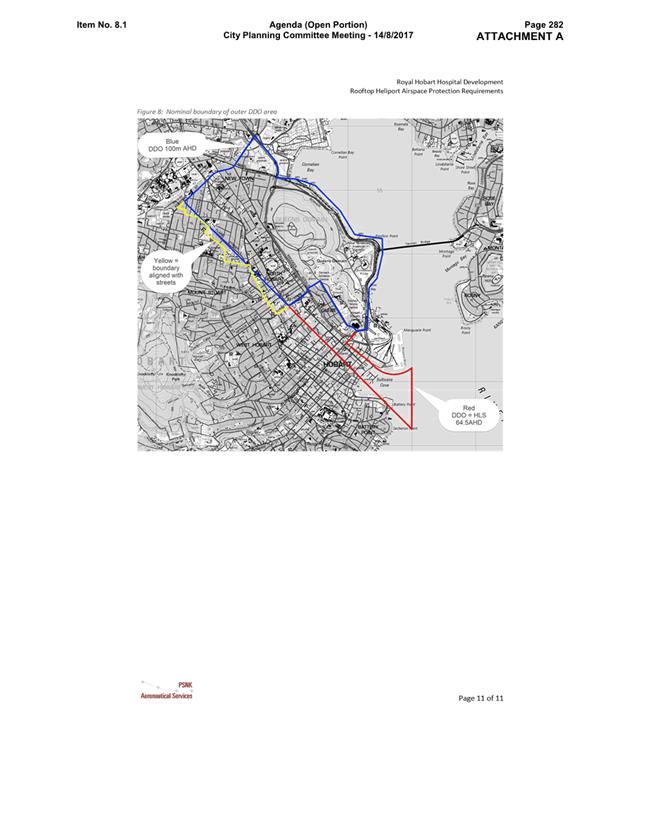
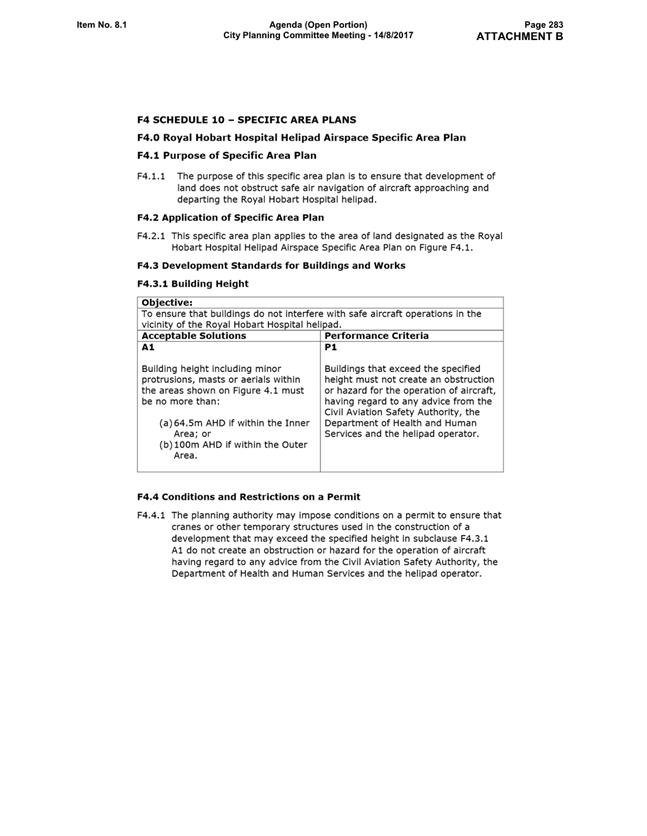
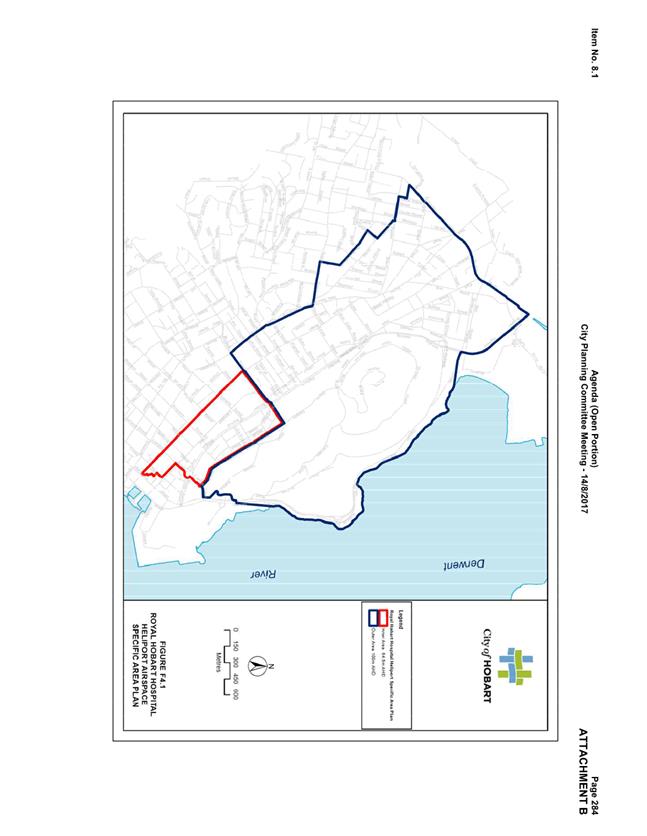
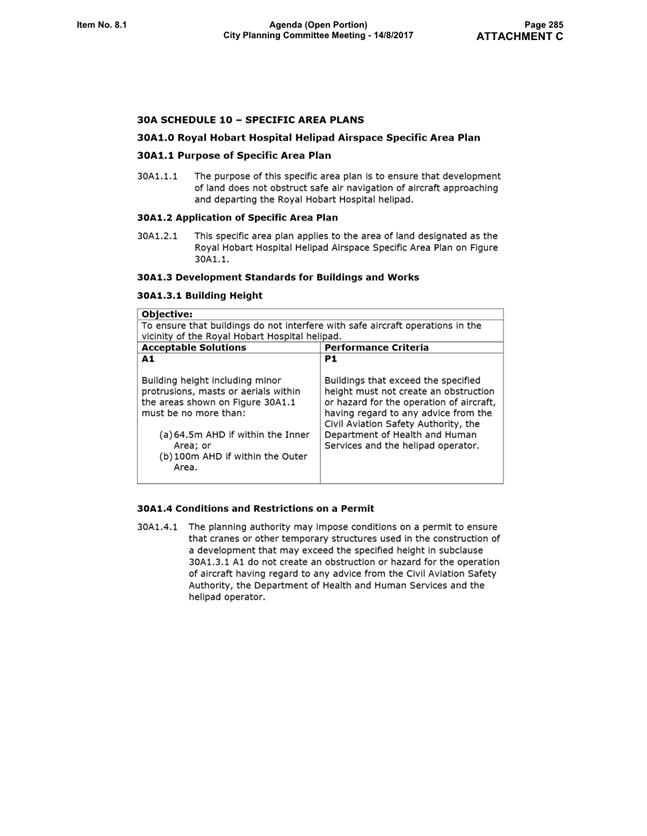
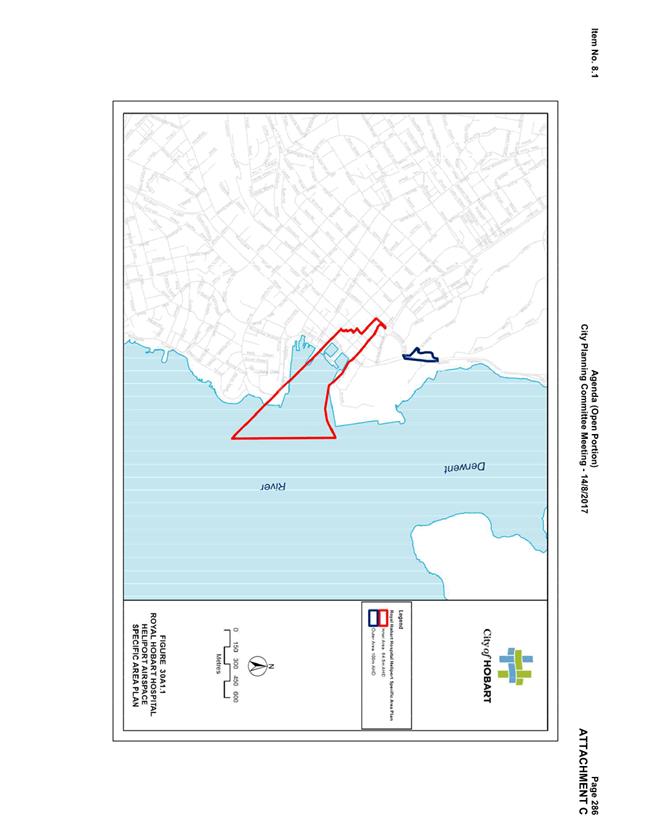
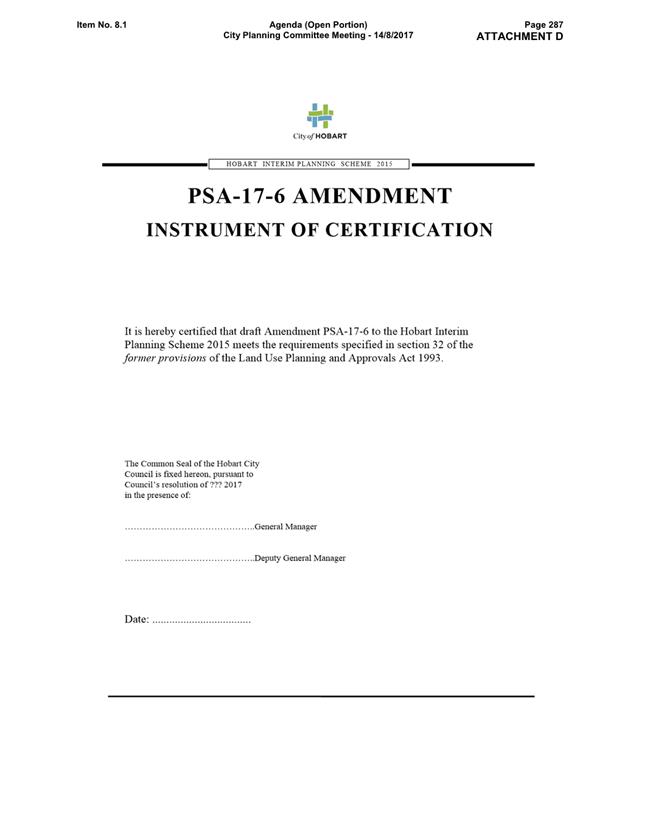
|
Agenda (Open Portion) City Planning Committee Meeting |
Page 450 |
|
|
|
13/11/2017 |
|
8 Reports
8.1 Visitor Accommodation - Residential Research - Residential Development Incentives
Report of the Manager Planning Policy & Heritage and the Director City Planning of 8 November 2017 and attachments.
Delegation: Council
|
Item No. 8.1 |
Agenda (Open Portion) City Planning Committee Meeting |
Page 451 |
|
|
13/11/2017 |
|
REPORT TITLE: Visitor Accommodation - Residential Research - Residential Development Incentives
REPORT PROVIDED BY: Manager Planning Policy & Heritage
Director City Planning
1. Report Purpose and Community Benefit
1.1. The purpose of this report is to consider a number of issues related to; visitor accommodation and the supply of housing, ways to encourage residential development, the potential for residential development of Council owned properties and the ability of body corporates to protect residential uses.
1.2. The report is in response to a Council resolution on 20 March 2017.
2. Report Summary
Residential supply and demand research
2.1. There is a growing body of evidence from a number of cities that the supply of self-contained visitor accommodation, available through online booking platforms such as Airbnb, Stayz or Gumtree, also referred to as peer-to-peer accommodation, has seen the extensive conversion of properties from long term rental to visitor accommodation properties which has had implications for the supply and cost of housing for permanent residents.
2.2. Discussions have been held with the University of Tasmania (UTAS) in relation to research that could inform the Council on demand and supply and pricing with a view to understanding the housing market and in particular rental needs and demand.
2.3. Dr Anne Hardy, Director, Tourism Research and Education Network, University of Tasmania has submitted a research proposal (Attachment A).
2.4. In relation to assessing the costs and benefits of conducting such research, it should be noted that there is already publicly available data on the supply and cost of housing in Hobart and rental vacancy rates, this information is outlined in section 5 of this report. It should also be noted that the Council has limited ability to effect change in this space even if a direct link between the increase in peer-to-peer accommodation numbers and housing supply and costs can be demonstrated by the research.
Differential rating for visitor accommodation
2.5. The Council currently has a pure rating system using the Assessed Annual Value (AAV) valuation method. With the exception of the waste management service charge and landfill rehabilitation service charge, which are flat charges, property valuations alone determine rates paid.
2.6. At present, Council uses a single rate, that is, the same rate in the dollar applied to all properties no matter what the land is being used for or where it is located.
2.7. Differential rating is where the general rate, service rates or service charges are varied under Section 107 of the Local Government Act 1993 on the basis of the use or predominant use of the land, the non-use of the land, the locality of the land, any planning zone or any other prescribed factor.
2.8. Presently, the Council doesn’t know from a rating sense which properties offer short stay accommodation on sites like Airbnb or Stayz.
2.9. Short stay accommodation is not a property type or land use. There are therefore no current legislative provisions that would allow the Council to differentially rate land used for peer-to-peer accommodation.
Visitor accommodation compliance regimes
2.10. Visitor accommodation compliance regimes vary in different cities around the world from complete bans to no regulation. A number of examples are provided in section 5 of this report.
2.11. In Tasmania short term visitor accommodation is regulated by the provisions of Interim Planning Directive No. 2 Exemption and Standards for Visitor Accommodation in Planning Schemes which came into effect on 1 July 2017 when it was issued by the Minister for Planning and Local Government under section 12A(2)(a) of the former provisions of the Land Use Planning and Approvals Act 1993 (LUPAA).
2.12. Unlike other cities cited in the examples provided in section 5, Council has no ability to independently regulate short term visitor accommodation.
Residential development incentives
2.13. Planning Scheme - The use of rezonings or other planning scheme changes has limited potential in Hobart to encourage residential development as the Hobart Interim Planning Scheme 2015 (HIPS) has few impediments at present to residential development. Residential use is ‘no permit required’ or permitted in the residential and Urban Mixed Use Zones, and permitted above ground floor level in the General Business, Central Business and Commercial Zones.
2.14. In the Central Business and Commercial Zones there is an incentive for residential development by allowing a higher permitted height if the development provides at least 50% of the floor space above ground floor level for residential use.
2.15. The ability of the HIPS to facilitate infill residential development was demonstrated in the joint project with the Department of State Growth and the Glenorchy and Hobart City Councils to identify priority sites for infill development within the Cities of Hobart and Glenorchy and to undertake a strategic planning process around the development of these sites for infill development.
2.16. The 3 priority sites identified in Hobart did not require any changes to the Planning Scheme in order for the development concept to proceed, and there are no servicing or infrastructure constraints that would prevent development at the densities suggested. The market assessment concluded that for each of the sites there would be interest in the private market given the potential for development profit.
2.17. The Light Industrial Zone, which is found in a few locations in North Hobart, does prohibit normal residential development and it is appropriate in this area to consider applications for rezoning to allow residential use on a site by site basis. The recent application for rezoning and S43A Permit for 12 units at 286 Argyle Street being an example of this.
2.18. Differential Rating – The Council in 2014 and 2015 considered applying a differential rate for vacant land as a method of encouraging its development, approximately 6 reports were prepared in relation to this matter. The latter reports dealt with different rating vacant land for the purposes of dealing with dilapidated buildings. The Council ultimately decided not to adopt a differential rate for vacant land.
2.19. The Council could, however, introduce differential rating to encourage the development of vacant land by applying a different rate in the dollar to land classified as Vacant – Residential as an example.
2.20. In relation to financial incentives such as ‘rates holidays’ it may be difficult to justify Council providing financial assistance for residential development when there is already the potential for reasonable profits to be made by the private sector as was demonstrated in the Infill Development Pilot Project – Stage 2 (Attachment D).
Council properties – potential for residential development
2.21. A review of the Council’s property holdings has been undertaken through the Council Land Review which was completed in 2008. It has revealed that whilst the Council owns a large number of properties, few have the potential for residential development.
2.22. Council owned properties which may have potential for residential use are listed in Attachment E along with comments as to likely issues and constraints to their development.
2.23. It should be noted that whilst these properties have been identified as having some potential for utilising them for residential development no analysis has been carried out with respect to the viability of doing so. Nor has the desirability of redeveloping these parcels of land been considered.
2.24. If the Council were minded to proceed then detailed feasibility would need to be undertaken with respect to each of them in addition to making the threshold decision that utilising them for residential development was a higher priority than their current use (e.g. public open space).
2.25. The potential dwelling yield of the properties identified is in the order of 100 to 200 dwellings. For a number of the properties it is not possible to determine possible dwelling yield without more detailed site assessment or feasibility analysis by building designers and expert property consultants. The likely dwelling yield identified is unlikely to make any significant impact on the availability or cost of housing in the city or the current rental vacancy rate given it is only 0.5 to 1.0% of the existing housing stock.
2.26. If the Council did wish to pursue the sale and redevelopment of one or more of its properties, it may wish to consider starting with the properties with higher dwelling yield potential such as the Hockey Centre car park. This site has the added benefit of being adjacent to the Glenorchy to Hobart Transit Corridor. A feasibility assessment by a qualified property consultant is recommended before any decision is made in relation to its sale for redevelopment.
Roles and powers of body corporates
2.27. Under the Strata Titles Act 1998 (Tas) (s 90(1)) body corporates are provided with the power to make by-laws in relation to the administration, management and control of the common property, and the use and enjoyment of the lots and common property. Section 90(2) stipulates that a by-law may adopt with or without modification the by-laws set out in Schedule 1 of the Act.
2.28. Whilst s91 provides some limitations on the by-law making power, s91(2) stipulates that by-laws can impose a minimum term (not exceeding 6 months) for the letting of lots. This section therefore indicates that whilst the minimum term that can be imposed cannot exceed 6 months, body corporates do have the power to impose some limitations on the term for the letting of lots. This power can therefore be used to protect residential uses by imposing minimum terms which exclude ‘short stay’ occupants.
2.29. Despite these provisions in the Strata Titles Act it is often difficult for body corporates to address the issues arising from visitor accommodation in dwelling complexes as one owner may own a number of units and have greater voting rights for example. In its representation on the Visitor Accommodation Planning Directive, the Council submitted that it was appropriate that the planning standards act to protect residential amenity.
2.30. The Council has submitted to the Tasmanian Planning Commission that the permitted standard in residential zones should provide that self-contained visitor accommodation must not be located on the same site as a dwelling providing long term residential accommodation.
|
That:
1. The Council determine whether it wishes to
commission the University of Tasmania to undertake research in accordance
with the proposal provided in Attachment A. 2. The Council determine whether it wishes to pursue
the sale and redevelopment of one or more the Council properties identified
on Attachment E and if so feasibility assessments by suitably qualified
consultants be commissioned. 3. The Council provide a summary of the issues discussed in this report to the major political parties in Tasmania for consideration.
|
4. Background
4.1. At its meeting on 20 March 2017, the Council adopted the following motion:
“That a report be prepared:
1. In light of the potential growth of Air BnB and similar accommodation properties in the city of Hobart and as part of the ongoing MOU with UTAS, the council initiate discussions with the University of Tasmania to undertake a joint research project that will identify housing (home owner) and rental housing demand and prices. The project will inform council on demand and supply and pricing with a view to understanding the housing market and in particular rental needs and demand. The project would provide annual updates to inform Council policy and to be shared with stakeholders.
2. That in light of the importance of adequate rental properties in Hobart, the Council investigate the potential for differential rating for Air Bnb properties and look at different compliance regimes being applied around the world.
3. That the Council examine ways of encouraging residential development including rezonings, rate differentials, and rate holidays.
4. The HCC examine its current property holdings to explore any potential for utilising them for residential development.
5. The report examines the roles and powers available to body corporates to protect residential uses.
6. That Officers consider round table discussions with key stakeholders following the production of any research.”
5. Proposal and Implementation
5.1. It is proposed that the Council consider the issues discussed below in response the Council resolution of 20 March 2017:
Residential supply and demand research
5.2. There is a growing body of evidence from a number of cities that the supply of self-contained visitor accommodation, available through online booking platforms such as Airbnb, Stayz or Gumtree, also referred to as peer-to-peer accommodation, has seen the extensive conversion of properties from long term rental to visitor accommodation properties which has had implications for the supply and cost of housing for permanent residents.
5.3. Discussions have been held with the University of Tasmania (UTAS) in relation to research that could inform the Council on demand and supply and pricing with a view to understanding the housing market and in particular rental needs and demand.
5.4. Dr Anne Hardy, Director, Tourism Research and Education Network, University of Tasmania has submitted a research proposal (Attachment A) intended to provide answers to the following questions:
5.4.1. What is the quantifiable peer-to-peer accommodation product that is being offered, in terms of style, number, location and indicative pricing structure?
5.4.2. Does the location of housing shortages correlate with the location of peer-to-peer accommodation product? Has traditional long-term residential rental stock been converted to peer-to-peer accommodation?
5.4.3. Is peer-to-peer accommodation product long lived, or does changeover occur between products?
5.4.4. Do peer-to-peer accommodation guests visit a wider range of local attractions and businesses than non- peer-to-peer accommodation guests within the HCC region?
5.4.5. Are there positive impacts of peer-to-peer accommodation for the residents of Hobart or for Council (i.e. micro-entrepreneurship, increased visitation to retail outlets leading to reinvigoration of the city etc.)?
5.5. Two options are provided in the proposal, a short tem pilot or a longer term assessment of the impacts of peer-to-peer accommodation on the supply and demand for housing concluding in February 2021. The indicative cost of the first option is $62000 over 1 year and for the second option $92000 over 3 years.
5.6. There are anecdotal links between cause and effect i.e peer-to-peer accommodation and the issues in the Hobart rental market but as noted in the UTAS research proposal, the Airbnb website itself is designed in such a way that accessing current and regional specific data on property styles, locations, prices points, is extremely difficult to access and therefore hard to link in any robust way directly to the issues in the housing market (ownership or rental).
5.7. In relation to assessing the costs and benefits of conducting such research, it should be noted that there is already publicly available data on the supply and cost of housing in Hobart and rental vacancy rates, this information is outlined below. It should also be noted that the Council has limited ability to effect change in this space even if a direct link between the increase in peer-to-peer accommodation numbers and housing supply and costs can be demonstrated by the research.
5.8. The appendix to Attachment A, published by the Institute for the Study of Social Change, reports that Anglicare has found a 15 percent reduction in available longer term private rental accommodation in the last year. This continues the trend of a shrinking rental market in the south of the State, with a 60 percent drop in supply from five years ago. Even fewer of those homes are considered affordable, with Hobart last year rated second worst in the country for rental affordability.
5.9. The most recent Anglicare Tasmania’s Social Action and Research Centre Rental Affordability Snapshot 2017 – Southern Tasmania is provided in Attachment B.
5.10. As can be seen in the chart below, SQM research (www.sqmresearch.com.au) is reporting that the rental vacancy rate in Hobart is now 0.4%, from a peak of just under 4% in 2013.
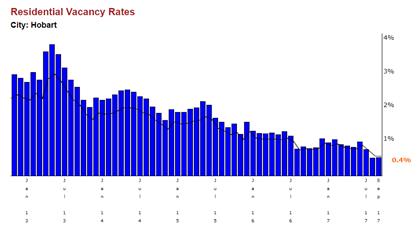
5.11. The latest figures from the ABS Census 2016 shows that rent per week since 2011 has increased on average $30 p/w in Hobart.
5.12. The availability of affordable rental accommodation is also a key issue for the university sector with the media recently reporting that students in Hobart were being forced to live in hostels and other temporary accommodation.
5.13. While a direct link between the increase in the number of self-contained visitor accommodation places and the residential rental vacancy rate and increased housing costs has not yet been proven, it is obvious that the impacts need to be closely monitored.
5.14. In response to a letter from the Council in June 2017, the Minister for Planning and Local Government advised that the Government is aware of concerns that some housing stock will be removed from the longer term rental market to provide for the more lucrative short-term visitor accommodation use. He further advised that the operation of the new home-sharing accommodation policy will be reviewed periodically to assess its impact.
5.15. In its representation on Planning Directive No. 6 Exemption and Standards for Visitor Accommodation, Council submitted that the State Government should be encouraged to commence this review as a matter of priority.
Differential rating for visitor accommodation
5.16. The Council currently has a pure rating system using the Assessed Annual Value (AAV) valuation method. With the exception of the waste management service charge and landfill rehabilitation service charge, which are flat charges, property valuations alone determine rates paid.
5.17. At present, the Council uses a single rate, that is, the same rate in the dollar applied to all properties no matter what the land is being used for or where it is located.
5.18. Differential rating is where the general rate, service rates or service charges are varied under Section 107 of the Local Government Act 1993 on the basis of the use or predominant use of the land, the non-use of the land, the locality of the land, any planning zone or any other prescribed factor.
5.19. Pursuant to section 107 of the Local Government Act 1993:
5.19.1. (1) A council, by absolute majority, may declare that the general rate, a service rate or a service charge varies within the municipal area or within different parts of the municipal area according to any or all, or a combination of any or all, of the following factors:
(a) the use or predominant use of the land;
(b) the non-use of the land;
(c) the locality of the land;
(d) any planning zone;
(e) any other prescribed factor.
5.20. Prescribed factors, as outlined in section 33 of the Local Government (General) Regulations 2015 (the Regulations) are:
5.20.1. (a) The division of land by the issue of a separate strata title to each parcel subject to the Strata Titles Act 1998 ; and
5.20.2. (b) If separately assessed land is predominantly used for residential dwelling, the number of residential dwellings on that land; and
5.20.3. (c) The relevant subcategories, of the use or predominant use of the land, set out as uses of land in the most recent Land Use Codes provided to the councils by the Valuer-General and published on the internet by the Tasmanian Government as part of the Land Information System Tasmania (the "LIST").
5.21. As outlined in Section 1.6 above, Regulation 22(c) allows councils to vary the general and service rates by the Valuer-General land use code i.e. property type.
5.22. Differential rates allow councils to address strategic objectives for funding and service delivery and provide flexibility for local rating issues, as well as manage property value fluctuations between different categories of land. A differential rate is generally levied where a council determines it would be inequitable and unfair to levy a single general rate on all land in a council’s area.
5.23. Differential rating can also be used as a rating strategy where the Council believes that:
5.23.1. Property valuations as determined by the Valuer-General do not in themselves provide an adequate measure and differentiation to determine relative amounts of rates paid; or
5.23.2. There are inequities within the community or municipal area that are not reflected in the property valuations and necessitate the use of differential rates.
5.24. In principle therefore and in accordance with the legislative requirements, the Council could adopt a differential rating strategy for peer-to-peer accommodation properties if Council could identify the properties and the legislation would allow differential rating on the basis of short stay accommodation.
5.25. All properties within the Hobart Municipal area are valued by the Valuer General to determine a property's land value, its capital value and its assessed annual value. The Council is provided with the land use and property type of each property in its municipal area. The value that is directly relevant to a property’s rates is the assessed annual value (AAV) which is the estimated yearly rental value of a property (net of GST, tax and Council rates).
5.26. Presently, the Council doesn’t know from a rating sense which properties offer short stay accommodation on sites like Airbnb or Stayz.
5.27. Short stay accommodation is not a property type or land use. There are therefore no current legislative provisions that would allow the Council to differentially rate land used for peer-to-peer accommodation.
5.28. Up until 30 June 2017, property owners contemplating a short-term letting or rent option such as peer-to-peer accommodation may have required a planning permit from the Council if the scenario represented a change of use of the land.
5.29. Through the normal change of use process, the Valuer-General would have conducted a revaluation for any change or alteration to a property. Therefore, once Council had been notified of the changes and approval has been given, the Valuer-General was notified and would undertake a revaluation of the property to determine whether the change of use required an amendment to the AAV, property type or land use. The Council was thereafter advised of any changes and an updated rates notice was issued where property values or land use was changed. A change from residential to commercial or an increase in AAV resulting from the change of use would have resulted in an increase in rates paid.
5.30. There are only a small number of properties in the Hobart municipal area classified by the Valuer-General with a property type of ‘Bed and Breakfast’, ‘Guest House’ or similar. Half have a land use of commercial and half have a land use of residential. B&Bs classified as commercial have an AAV around 6-7% of Capital Value whereas B&Bs classified as residential are valued at 4% of Capital Value. There is no ‘short stay accommodation’ property type in the Valuer-General Land Use Codes.
5.31. From 1 July 2017, the State Government Accommodation Sharing Policy took effect Statewide. From 1 July 2017, homeowners who want to let out up to four rooms of their homes or the whole home while the owner or occupier is on vacation or temporarily absent, for short-stay accommodation do not need a permit from the Council.
5.32. Therefore it has now become more difficult for the Council to identify from a rating sense any property being used for short stay accommodation and for land uses to be changed to reflect a change of use to short stay accommodation.
5.33. Therefore, differentially rating peer-to-peer accommodation properties is not an option open to the Council under current legislation.
Visitor accommodation compliance regimes
5.34. Visitor accommodation compliance regimes vary in different cities around the world from complete bans to no regulation. Some examples are set out below:
5.35. Berlin - in May 2016, Berlin banned hosts from renting out their homes to short-term visitors unless the hosts occupied at least 50% of the homes themselves. The fine for listing entire homes on Airbnb and other online booking platforms is significant.
5.36. Barcelona - all holiday rentals in Barcelona require a tourist license. In the past, the council has taken to freezing the issuing of tourist licenses in an attempt to control numbers. In March 2016, a new development plan was published and included a complicated set of licensing restrictions by city zones.
5.37. San Francisco - short-term rentals are allowed subject to a number of conditions. Properties have to be: offered by permanent residents, registered with the city, pay a hotel tax and carry liability insurance. Entire home rentals are capped at 90 days per year, but owner-occupied rentals, hosts that rent out a private or a shared room are not limited.
5.38. Santa Monica - in 2015, the short-term rental of entire homes was banned. The council also restricted home-sharing to hosts that obtain a business license and pay a 14% hotel tax.
5.39. New York – prohibits owners from listing properties for terms less than 30 days if a permanent resident will not be present.
5.40. New Orleans - allows two types of permits in residential areas. The holder of an accessory permit can offer rentals for as many nights a year as they want, in rooms within homes where the owner also lives. The accessory permit is $200.
5.41. Second homes can obtain a temporary permit, which costs $150 and allows a person to rent out an entire home, for up to 90 days per year. There’s no limit on how many temporary permits one person can obtain. Owners do not need to live on the premises.
5.42. Properties in areas zoned commercial are not subject to the 90-day cap and do not have to be owner-occupied. There is, however, an outright ban on short-term rentals in most of the French Quarter, the city’s main tourist destination.
5.43. Vancouver - is proposing to bring in regulations which allow short term rental of a principal residence short-term with a valid business licence and prohibit short term letting of a dwelling that is not a principal residence. Vancouver Council has published a detailed report on regulating short term rentals, this is provided in Attachment C.
5.44. Tasmania - short term visitor accommodation is regulated by the provisions of Interim Planning Directive No. 2 Exemption and Standards for Visitor Accommodation in Planning Schemes which came into effect on 1 July 2017 when it was issued by the Minister for Planning and Local Government under section 12A(2)(a) of the former provisions of the Land Use Planning and Approvals Act 1993 (LUPAA).
5.45. Unlike other cities cited in the above examples, Council has no ability to independently regulate short term visitor accommodation.
5.46. The effect of the Interim Planning Directive was to provide an exemption from requiring a planning permit for visitor accommodation if:
5.46.1. The dwelling is used by the owner or occupier as their main place of residence, and only let while the owner or occupier is on vacation or temporarily absent; or
5.46.2. The dwelling is used by the owner or occupier as their main place of residence, and visitors are accommodated in not more than 4 bedrooms.
5.47. The Directive made other forms of visitor accommodation permitted in all of the residential zones and the Rural Living, Environmental Living and Village Zones subject to the following acceptable solutions:
5.47.1. Guests are accommodated in existing buildings; and
5.47.2. The accommodation has a gross floor area of not more than 300m2.
5.48. If these acceptable solutions are not met, visitor accommodation must demonstrate compliance with the following performance criteria:
5.48.1. Not cause an unreasonable loss of privacy to adjoining properties;
5.48.2. Be of a scale that respects the character and use of the area;
5.48.3. Not adversely impact the safety and efficiency of the local road network; and
5.48.4. Not unreasonably disadvantage owners and users of rights of way.
5.49. The Council has made a representation to the Tasmanian Planning Commission in relation to the Planning Directive addressing a number including residential amenity impacts and implications for the supply and cost of housing. The Commission will hold hearings in relation to the representations received in late November 2017.
Residential development incentives
5.50. Planning Scheme - The use of rezonings or other planning scheme changes has limited potential in Hobart to encourage residential development as the Hobart Interim Planning Scheme 2015 (HIPS) has few impediments at present to residential development. Residential use is ‘no permit required’ or permitted in the residential and Urban Mixed Use Zones, and permitted above ground floor level in the General Business, Central Business and Commercial Zones.
5.51. In the Central Business and Commercial Zones there is an incentive for residential development by allowing a higher permitted height if the development provides at least 50% of the floor space above ground floor level for residential use.
5.52. The ability of the HIPS to facilitate infill residential development was demonstrated in the joint project with the Department of State Growth and the Glenorchy and Hobart City Councils to identify priority sites for infill development within the Cities of Hobart and Glenorchy and to undertake a strategic planning process around the development of these sites for infill development.
5.53. That project stemmed from the recommended actions in the Infill Development within Greater Hobart Report commissioned by the Department of State Growth as part of the Transit Corridor Project in 2011.
5.54. The project was conducted in 2 stages. Stage 1 identified 6 priority sites suitable for infill development including residential and/or mixed use in the Study Area based on a number of criteria. The priority sites were to represent realistic, achievable infill development opportunities as well as a variety in the type and scale of development outcomes.
5.55. Stage 2 of the project involved the development of high level structure plans for the 6 priority sites to provide some development certainty. The structure plans take into account site context, site characteristics including land capability, site opportunities and infrastructure. They also detail desired future use and outline appropriate levels of development form, e.g. density, height and siting.
5.56. The Stage 2 report (Attachment D) also identifies the need for changes to planning controls and provides advice on the feasibility of developing sites including market advice on the type of development and development options. It also aims to encourage land owners to consider redevelopment of their land for infill residential purposes.
5.57. The 3 priority sites identified in Hobart did not require any changes to the Planning Scheme in order for the development concept to proceed, and there are no servicing or infrastructure constraints that would prevent development at the densities suggested. The market assessment concluded that for each of the sites there would be interest in the private market given the potential for development profit.
5.58. The Light Industrial Zone, which is found in a few locations in North Hobart, does prohibit normal residential development and it is appropriate in this area to consider applications for rezoning to allow residential use on a site by site basis. The recent application for rezoning and S43A Permit for 12 units at 286 Argyle Street being an example of this.
5.59. Differential Rating - Council in 2014 and 2015 considered applying a differential rate for vacant land as a method of encouraging its development, approximately 6 reports were prepared in relation to this matter. The latter reports dealt with different rating vacant land for the purposes of dealing with dilapidated buildings. The Council ultimately decided not to adopt a differential rate for vacant land.
5.60. The Council could, however, introduce differential rating to encourage the development of vacant land by applying a different rate in the dollar to land classified as Vacant – Residential as an example.
5.61. At present, the Council uses a single rate, that is, the same rate in the dollar applied to all properties no matter what the land is being used for or where it is located. As a result, properties classified as Vacant enjoy lower rates due to having lower valuations. The AAV of the property is always 4% of the Land Value due to the 4% Minimum Rule and because there are no capital improvements on the land. Vacant properties do not pay the Waste Management Service Charge or contribute to the Landfill Rehabilitation Levy. There is, therefore, from a rating perspective, little incentive for the land to be developed or improved.
5.62. Hobart has 722 properties with a land use category of vacant according to the Office of the Valuer-General (OVG), classified as follows:
5.62.1. Vacant – Residential - 628 properties.
5.62.2. Vacant - Commercial – 13 properties.
5.62.3. Vacant - Industrial – 5 properties.
5.62.4. Vacant – Broad Hectares – 37 properties.
5.62.5. Vacant – Rural Residential – 39 properties.
5.63. 86% are rateable the remainder are Council owned. Vacant properties represent 3% of all properties in the Hobart municipality but contribute only 1% of the rate burden due to paying lower rates. Vacant land is located throughout the municipality.
5.64. Some councils in Australia apply a strategy of differentially rating vacant land. That is, applying a different rate in the dollar for land classified as vacant from other land categories. From a review of those councils the reasoning behind a vacant land differential is:
5.64.1. To encourage development of vacant land.
5.64.2. To promote the development of all properties to their full potential thereby stimulating economic growth and development in all areas of the municipality.
5.64.3. To discourage the holding of land.
5.64.4. To ensure vacant land owners contribute an equitable share of the rate burden compared to other types of land owners.
5.65. The application of a differential rate means that one class of property is treated differently from another – either paying a higher or lower rate in the dollar. For each effect a differential has, it will have the opposite effect for other property classes. A rate discount given to one class of property can only be covered by higher rates paid by other classes and vice-a-versa.
5.66. Differentially rating vacant land is an option open to the Council under section 107 of the LG Act. Introducing a differential rate for vacant land is a policy decision for the Council.
5.67. The Council may wish to promote the development of land to its full potential via the rating system thereby stimulating economic growth and development in all areas of the municipality including residential development.
5.68. It should be noted that not all land in the municipality can be equally developed. In some parts of the municipality services such as water and sewerage are not connected so land cannot be subdivided to its full potential. However, under most circumstances in the Hobart municipality vacant land can have at least one dwelling constructed.
5.69. Furthermore, in bushland and rural areas there may be little benefit to Council in encouraging development. These areas are usually environmentally sensitive with landscape value, high bushfire risk and limited services.
5.70. It is considered that if there was a differential rate for vacant land it should only apply to general rates, which constitute the largest proportion of Council’s total rates levied. It is not considered that a differential rate should apply to the Stormwater Service Removal Rate, the Fire Service Rate, the Waste Management Service Charge or the Landfill Rehabilitation Service Charge, despite this being an option available to Council under the LG Act. The main reason for this is the complexity of doing so. Furthermore, as vacant landowners do not pay service charges there is no reason to apply a differential to service charges.
5.71. Applying the differential to general rates only would ensure Council’s rates resolution remains simple, easy to understand and easy for Council to administer and maintain through its Property and Rating system.
5.72. If the Council wished to adopt a differential rate in this way, the quantum of the differential, timing and implementation implications would need to be considered further. It should be noted that other councils reviewed charge a differential between 2x and 4x the normal general rate to ensure sufficient incentive to develop land.
5.73. Should the Council decide to introduce a differential rate for vacant land, the Council would need to calculate two separate general rates for 2018-19 – one for vacant land set at the desired level and one for all other land categories.
5.74. The Council’s rates resolution would need to be amended to reflect two separate general rates, one for vacant land and one for all other land use classifications - residential, commercial, primary production, quarry and mining, public enterprise, sport & recreation and industrial.
5.75. Council’s Rates and Charges Policy would need to be updated to reflect the change to Council’s current rating strategy. This is a requirement pursuant to section 86B(4)(c) of the LG Act, which states that:
5.75.1. A council must review its rates and charges policy at the same time, or before, making under section 107 a variation of a rate or charge in respect of a financial year, if such a variation of that rate or charge was not made in respect of the previous financial year.
5.76. Council’s Property and Rating system would need to be modified to cater for differential rating. Advice from Council’s IT area is that this can be achieved in-house. However, adequate time would be required to make the changes, test the changes and the rates would be raised correctly.
5.77. A plan to explain and communicate the changes to ratepayers would need to be developed and implemented prior to the change taking effect.
5.78. With respect to a rating holiday, the Council has the power to remit rates under section 129 of the Local Government Act 1993, as follows:
5.78.1. 129. Remission of rates
5.78.2. (1) A ratepayer may apply to the council for remission of all or part of any rates paid or payable by the ratepayer or any penalty imposed or interest charged under section 128.
5.78.3. (2) An application is to be –
(a) Made in writing; and
(b) Lodged with the General Manager.
5.78.4. (3) A council, by absolute majority, may grant a remission of all or part of any rates, penalty or interest paid or payable by the ratepayer.
5.78.5. (4) A council, by absolute majority, may grant a remission of any rates, penalty or interest paid or payable by a class of ratepayers.
5.78.6. (5) The General Manager is to keep a record of the details of any remission granted under this section.
5.79. The Act is silent as to the grounds for granting a rates remission. Council has not in the past made a decision to grant a remission of all rates.
5.80. The Council has previously made a decision to ‘freeze’ rates for specific developments.
5.81. The Council has also in the past deferred rates for specific developments. However, a deferral is not a remission and these developments still had to pay the deferred rates at a later date.
5.82. It may be difficult to justify the Council providing financial assistance for residential development when there is already the potential for reasonable profits to be made by the private sector as was demonstrated in the Infill Development Pilot Project – Stage 2 (Attachment D).
Council properties – potential for residential development
5.83. A review of the Council’s property holdings has been undertaken through the Council Land Review which was completed in 2008. It has revealed that whilst the Council owns a large number of properties, few have the potential for residential development.
5.84. Council owned properties which may have potential for residential use are listed in Attachment E along with comments as to likely issues and constraints to their development.
5.85. It should be noted that whilst these properties have been identified as having some potential for utilising them for residential development no analysis has been carried out with respect to the viability of doing so. Nor has the desirability of redeveloping these parcels of land been considered.
5.86. If the Council were minded to proceed then detailed feasibility would need to be undertaken with respect to each of them in addition to making the threshold decision that utilising them for residential development was a higher priority than their current use (e.g. public open space).
5.87. The Council does have a number of other properties (not listed in Attachment E) with potential for 1 to 4 dwellings however most of these are zoned for open space and the sale of many of these is likely to attract community opposition. Given their relatively small size and limited scope for residential development, the costs and benefits involved in their sale needs to be considered.
5.88. The potential dwelling yield of the properties identified is in the order of 100 to 200 dwellings. For a number of the properties it is not possible to determine possible dwelling yield without more detailed site assessment or feasibility analysis by building designers and expert property consultants. The likely dwelling yield identified is unlikely to make any significant impact on the availability or cost of housing in the city or the current rental vacancy rate given it is only 0.5 to 1.0% of the existing housing stock.
5.89. If the Council did wish to pursue the sale and redevelopment of one or more of its properties, it may wish to consider starting with the properties with higher dwelling yield potential such as the Hockey Centre car park. This site has the added benefit of being adjacent to the Glenorchy to Hobart Transit Corridor. A feasibility assessment by a qualified property consultant is recommended before any decision is made in relation to its sale for redevelopment.
Roles and powers of body corporates
5.90. Under the Strata Titles Act 1998 (Tas) (s 90(1)) body corporates are provided with the power to make by-laws in relation to the administration, management and control of the common property, and the use and enjoyment of the lots and common property. Section 90(2) stipulates that a by-law may adopt with or without modification the by-laws set out in Schedule 1 of the Act.
5.91. The model by-laws set out in Schedule 1 are not exhaustive (dealing mainly only with issues of maintenance and nuisance), but as noted they can be modified by each individual body corporate. Whilst s 91 provides some limitations on the by-law making power, s 91(2) stipulates that by-laws can impose a minimum term (not exceeding 6 months) for the letting of lots. This section therefore indicates that whilst the minimum term that can be imposed cannot exceed 6 months, body corporates do have the power to impose some limitations on the term for the letting of lots. This power can therefore be used to protect residential uses by imposing minimum terms which exclude ‘short stay’ occupants.
5.92. Despite these provisions in the Strata Titles Act it is often difficult for body corporates to address the issues arising from visitor accommodation in dwelling complexes as one owner may own a number of units and have greater voting rights for example. In its representation on the Visitor Accommodation Planning Directive, Council submitted that it was appropriate that the planning standards act to protect residential amenity.
5.93. The Planning Directive did not address the amenity issues involved with the mixing of permanent residents and short term residents in dwelling complexes. This was a significant issue with the Sullivans Cove Planning Scheme 1997 and was addressed by the prohibition of visitor accommodation in dwelling complexes unless all dwellings were to be used for visitor accommodation.
5.94. The issue was also addressed in the HIPS2015 where the permitted standard in residential zones provides that self-contained visitor accommodation must not be located on the same site as a dwelling providing long term residential accommodation.
5.95. The provisions in the of the Sullivans Cove Planning Scheme 1997 relating to changes of use from Residential Accommodation to Visitor Accommodation in strata complexes were inserted in response to seven representations made when the draft Sullivans Cove Planning Scheme was placed on exhibition.
5.96. The representations were from residents of the Salamanca Mews complex in Gladstone Street who were concerned that changes of use from Residential Accommodation to Visitor Accommodation would result in a loss of community of interest and security and physical damage to property through there being a transient population intermingled with the owner occupied units.
5.97. The Council supported the representations and recommended a number of modifications to the draft of the Sullivans Cove Planning Scheme 1997 to restrict changes of use from Residential Accommodation to Visitor Accommodation in strata complexes.
5.98. In its decisions on representations, the then Resource Planning and Development Commission (RPDC) acknowledged the concerns of the residents and considered that it was reasonable for the planning scheme to protect residential amenity within purpose build residential buildings.
5.99. The RPDC also acknowledged that the provisions provide a greater degree of regulation for conversion of dwellings to another use than has been conventionally sought in planning schemes. It considered however that where there is a competing interest for changes of use, as in Salamanca Mews, then to achieve the objectives, values and strategic principles for residential land use such provisions are necessary.
5.100. The RPDC also considered that residential amenity should be protected within the context of the broader economic objectives for the Cove otherwise the residential component will not be sustainable.
5.101. As outlined below there are however some specific examples of issues in relation to the impacts of visitor accommodation use being identified:
5.102. In a Planning Appeal (J180/96) in relation to visitor accommodation use in an apartment block at 5-7 Gladstone Street, unit owners in their submissions identified their concerns as being; increased wear and tear of common areas, increased noise created by itinerant occupants, presence of strangers, movement of luggage, lack of neighbourliness and exclusiveness, and failure of body corporate regulations being observed.
5.103. Evidence from the occupants of 3/15 indicated that activities of Visitor Accommodation in the southern block (Nos. 15-17 Gladstone Street) had resulted in noisy parties, clothing and cigarette butts dropped from above units, rubbish in lifts and food spilt.
5.104. The Tribunal concluded in that case that: Because of the experiences of the occupants with Visitor Accommodation, and the evidence of the appellants and Mr Shield the Tribunal finds that the proposed use impacts upon the use of Private Residence. The intermixing of the proposed use with residential in the ad hoc manner proposed in apartment buildings has a greater potential impact than would be expected if the uses were established in adjacent single dwellings on separate lots.
5.105. In a Planning Appeal (199/09P) in relation to a visitor accommodation use at 13-15 Bath Street, Battery Point, amenity issues identified were: noise from visitors occupying the upstairs balcony late at night, balcony used more on weeknights for socialising compared to permanent resident who generally confine such activities to weekends, coming and going of taxis early morning and late at night and noise from baggage trolleys on the footpath.
5.106. A submission to the TPC in relation to the Hobart Interim Planning Scheme 2015 from unit owners at 82 Hampden Road stated that:
5.106.1. The majority of owners bought into a residential community and it has been a nightmare living in our strata complex this year with 2/15 units undertaking short term /holiday lets (without Council approval). Our electronic gates have been broken many times ‐ costing the body corporate many thousands of dollars along with common areas been used as parking ‐ blocking egress to unit owners garages and partying nightmare scenarios along with security issues and concerns. The owners live interstate and ignore body corporate communication on this matter.
5.107. A unit owner at 13 Battery Square has reported issues with increased common property wear and tear, difficulties with long term rental when prospective tenants find out about short term letting, increased traffic and parking and damage to supporting pillars in the car park caused by rental car drivers.
5.108. There is also significant evidence available from interstate experience in relation to the impacts of visitor accommodation in apartment complexes.
5.109. The following extracts from the Grattan Institute Report - Peer-to-peer pressure Policy for the sharing economy (April 2016) are relevant:
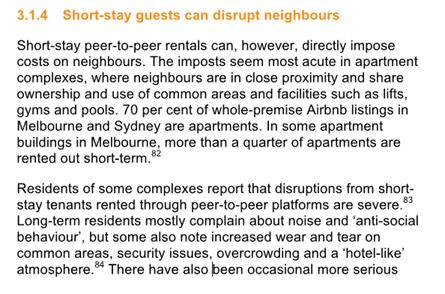

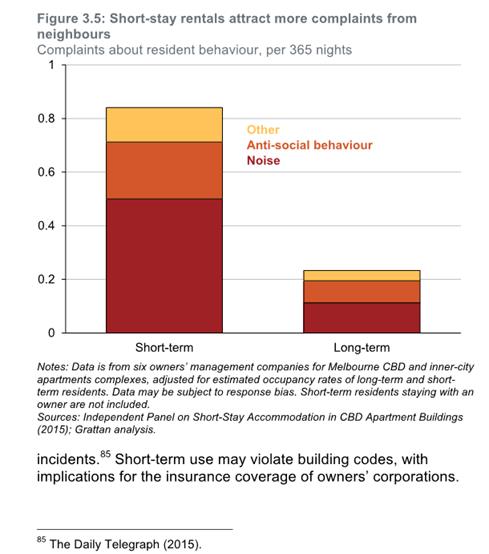
5.110. In a submission to the New South Wales inquiry (2015) on the regulation of short-term holiday accommodation, the Owners Corporation Network identified the following issues:
5.110.1. Different building standards for fire safety are needed in apartment buildings catering to visitors, who are unfamiliar with emergency exits and protocols;
5.110.2. Ever-changing strangers often have little regard for building security and etiquette;
5.110.3. Short-term letting of apartments is associated with excessive noise, drunken behaviour, garbage disposal issues, and violations of visitor parking restrictions.
5.111. Council has submitted to the Tasmanian Planning Commission that the permitted standard in residential zones should provide that self-contained visitor accommodation must not be located on the same site as a dwelling providing long term residential accommodation.
6. Strategic Planning and Policy Considerations
6.1. Consideration of the issues related to; visitor accommodation and the supply of housing, ways to encourage residential development, the potential for residential development of Council owned properties and the ability of body corporates to protect residential uses is consistent with the achievement of the strategic objectives of the Capital City Strategic Plan 2015-2025 particularly in relation to Goal 4 Strong, Safe and Healthy Communities.
6.2. This report relates to the City of Hobart Rates and Charges Policy.
7. Financial Implications
7.1. Funding Source and Impact on Current Year Operating Result
7.1.1. The indicative cost for the UTAS Research proposal is between $62,000 over 1 year or $92,000 over 3 years.
7.1.2. Feasibility assessment for larger sites with potential for residential development could cost in the vicinity of $20,000 per site.
7.1.3. Funds have not been allocated in the current year budget.
7.2. Impact on Future Years’ Financial Result
7.2.1. This will depend on the additional work Council decides to undertake if any.
7.3. Asset Related Implications
7.3.1. None at this stage.
8. Legal, Risk and Legislative Considerations
8.1. In making decisions concerning the making of rates, Council is required to comply with section 86A(1) of the LG Act, which states:
8.1.1. (a) Rates constitute taxation for the purposes of local government, rather than a fee for service; and
8.1.2. (b) The value of rateable land is an indicator of the capacity of the ratepayer in respect of that land to pay rates.
9. Community and Stakeholder Engagement
9.1. This report has been prepared in consultation with and input from: Group Manager Rates & Procurement, Manager Legal & Governance, Economic Development Project Officer, Group Manager Open Space and Senior Park Planner.
10. Social and Customer Considerations
10.1. There are implications for social inclusion when permanent residences are replaced by self-contained visitor accommodation places with a reduction in the supply of housing and increased costs.
11. Delegation
11.1. This matter is delegated to the Council.
As signatory to this report, I certify that, pursuant to Section 55(1) of the Local Government Act 1993, I hold no interest, as referred to in Section 49 of the Local Government Act 1993, in matters contained in this report.
|
James McIlhenny Manager Planning Policy & Heritage |
Neil Noye Director City Planning |
Date: 8 November 2017
File Reference: F17/145718; 32-13-4
Attachment a: UTAS
Research Proposal ⇩ ![]()
Attachment
b: Anglicare
Snapshot ⇩ ![]()
Attachment
c: Vancouver
Report ⇩ ![]()
Attachment
d: Infill
Report ⇩ ![]()
Attachment
e: Council
Property Potential ⇩ ![]()
|
Item No. 8.1 |
Agenda (Open Portion) City Planning Committee Meeting - 13/11/2017 |
Page 475 ATTACHMENT a |
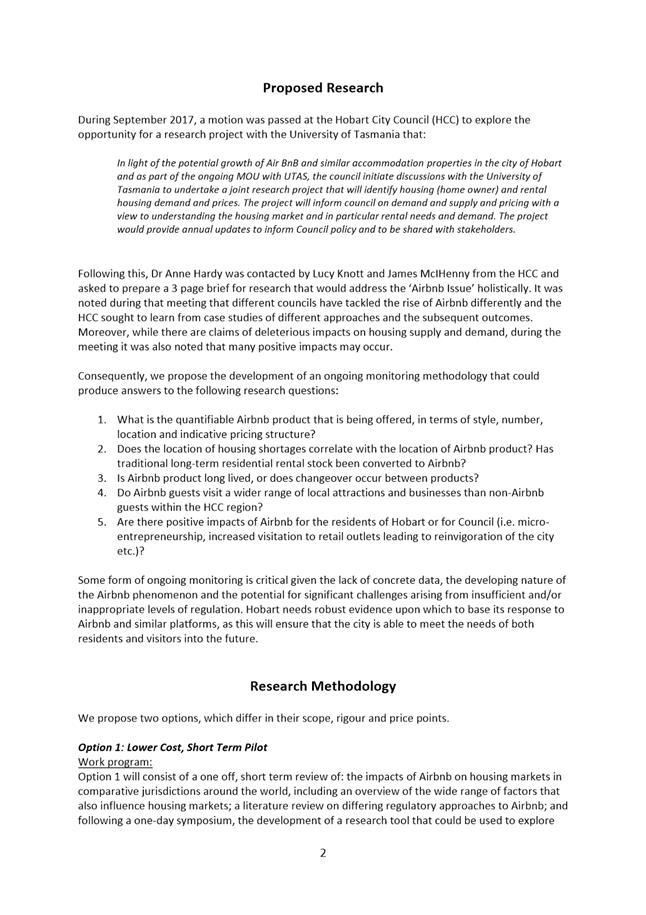
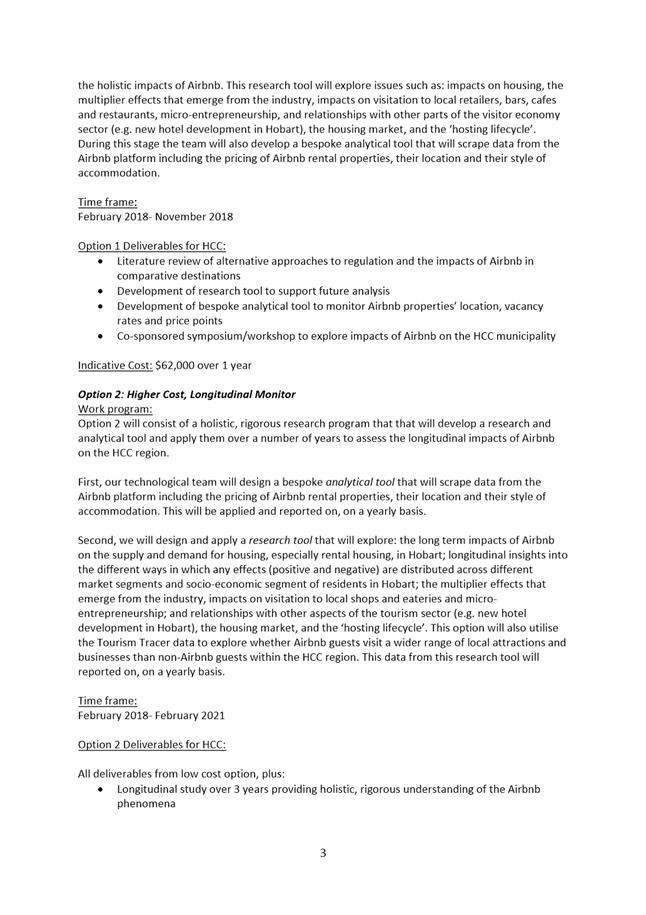
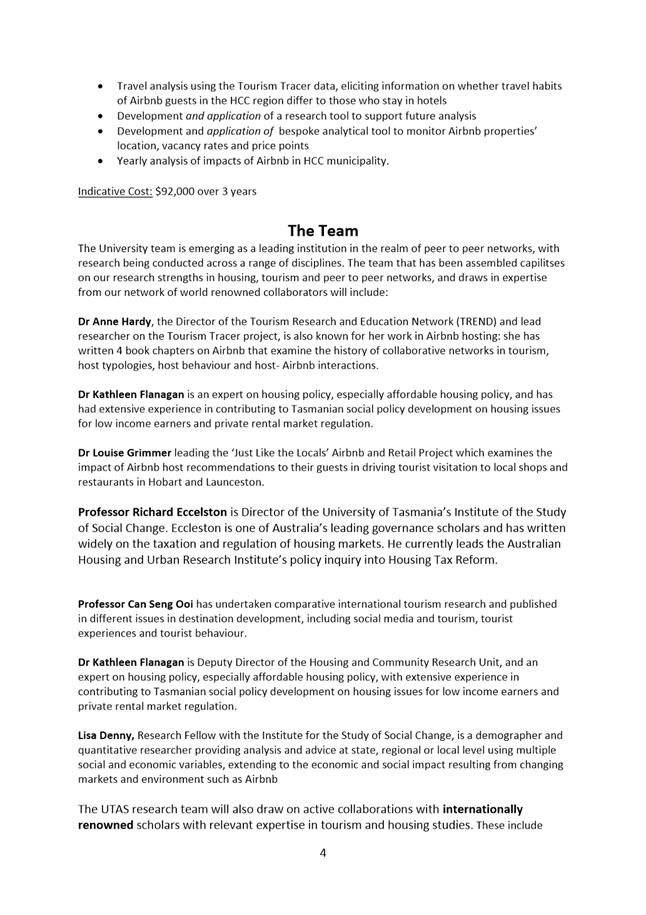
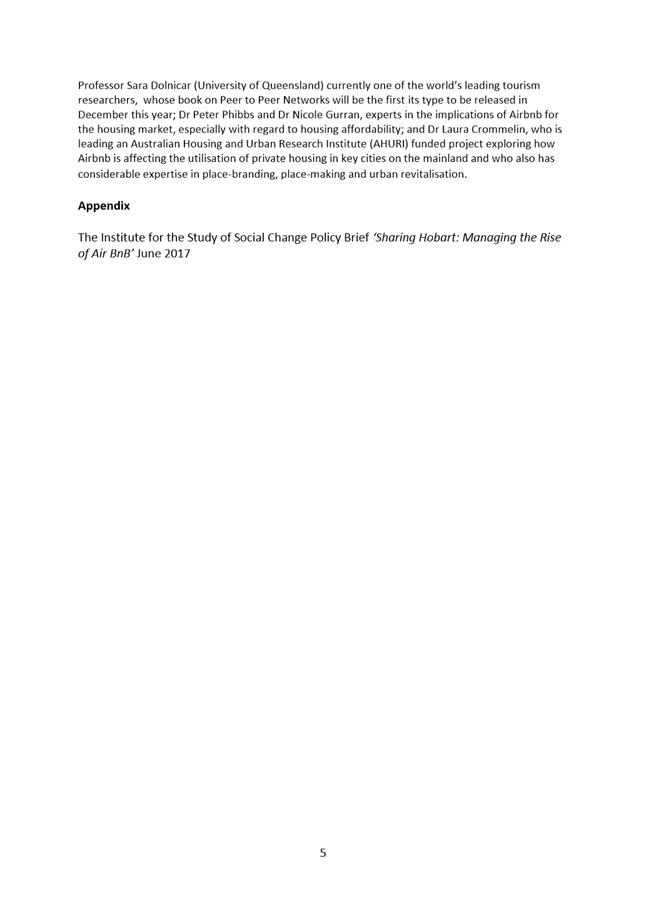
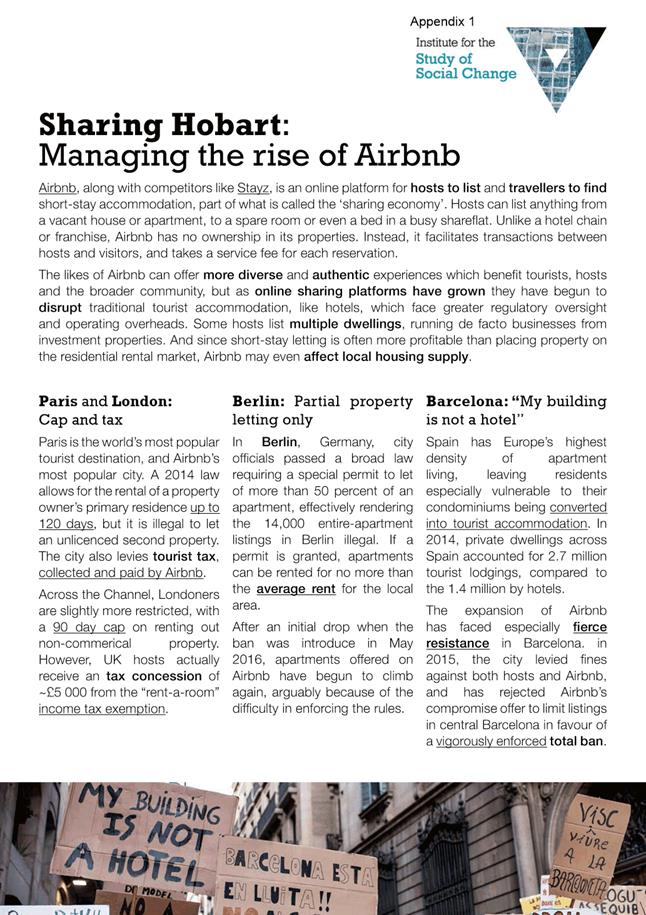
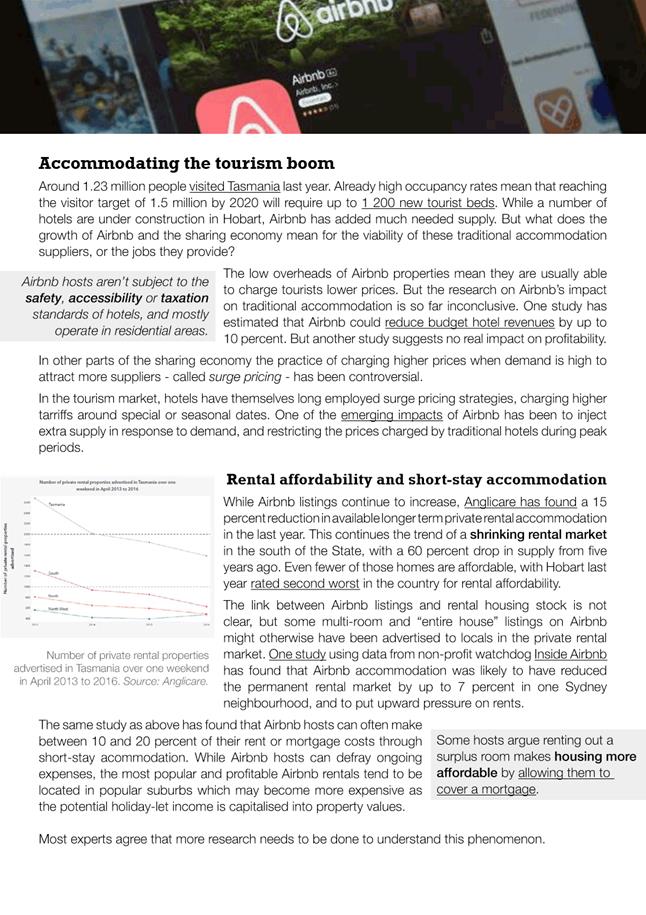
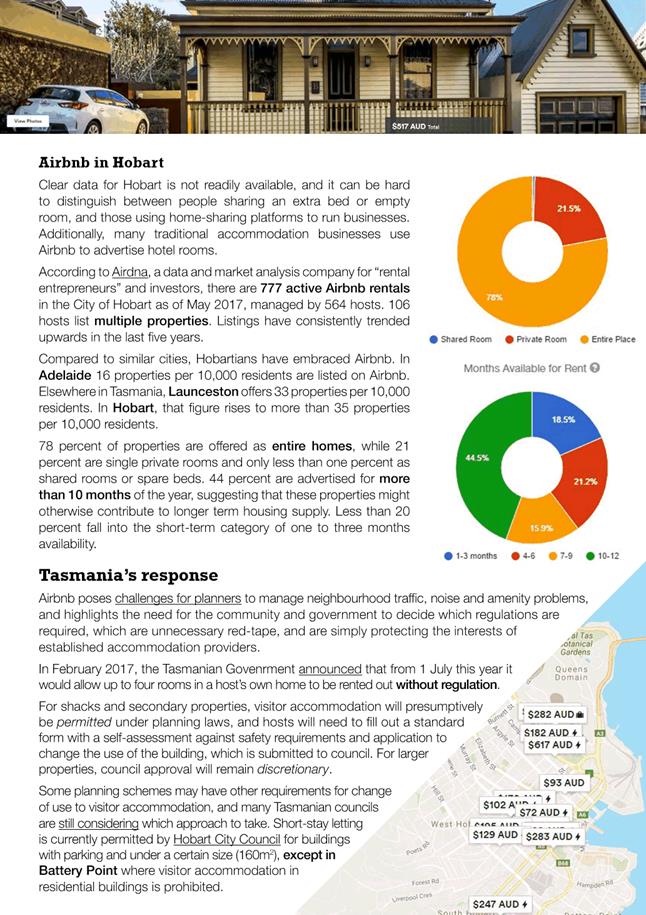
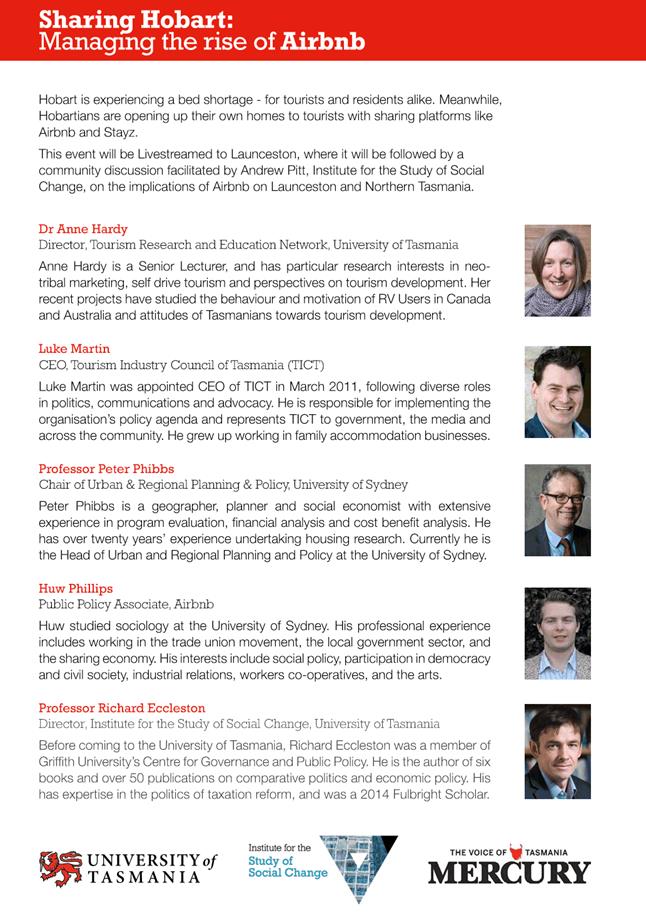
|
Agenda (Open Portion) City Planning Committee Meeting - 13/11/2017 |
Page 484 ATTACHMENT b |
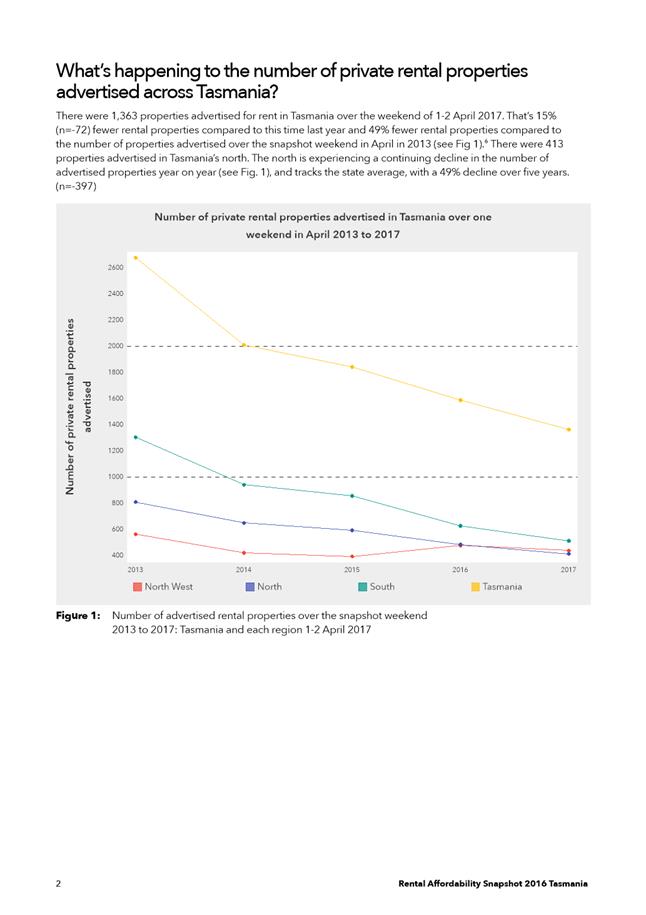
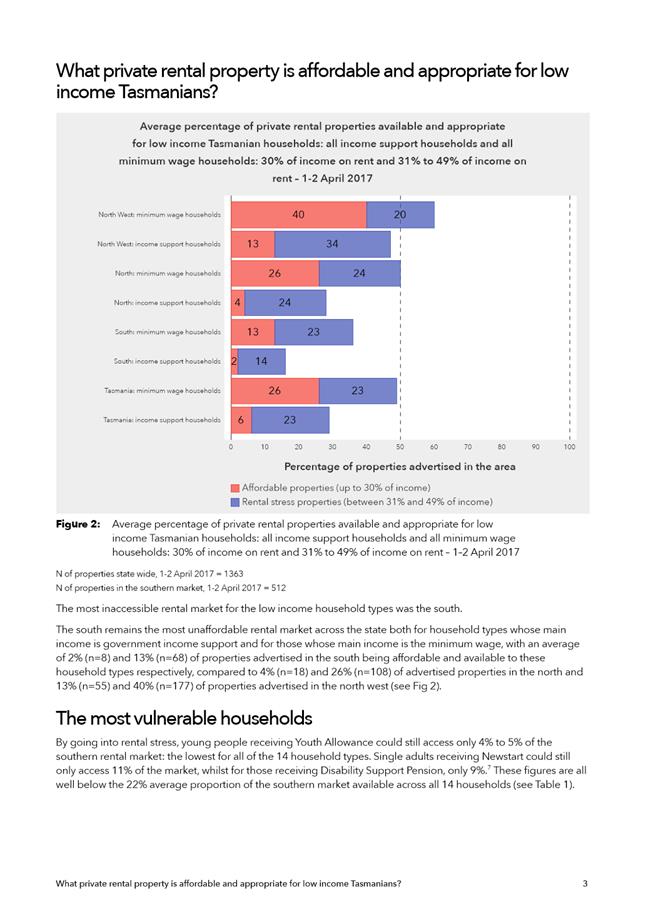
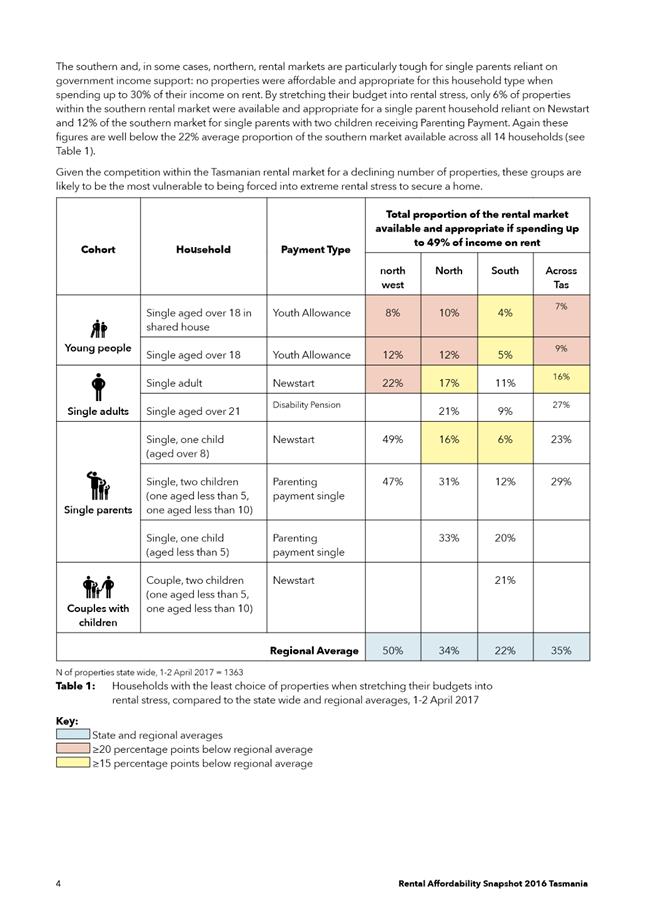
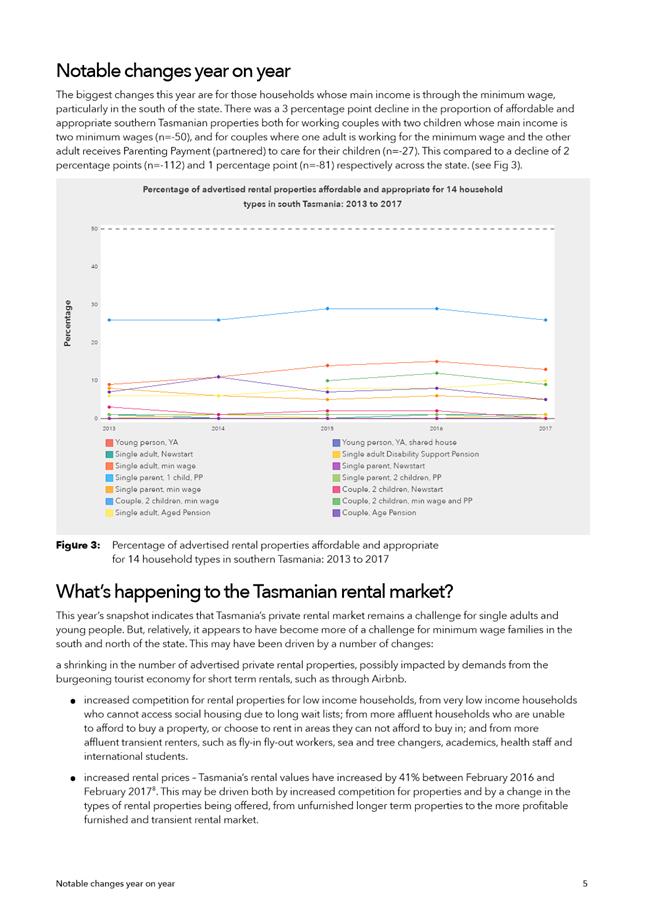
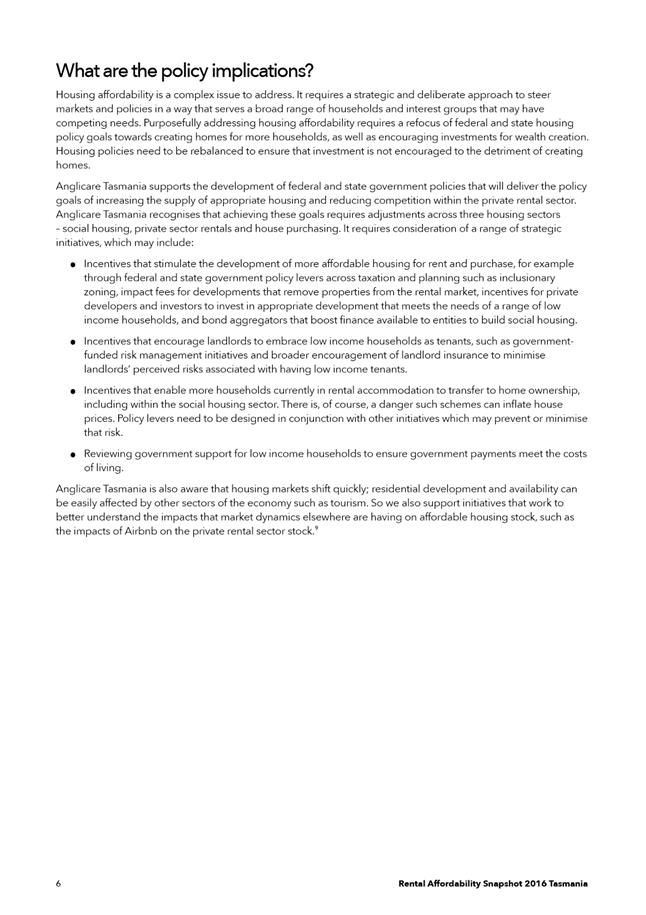
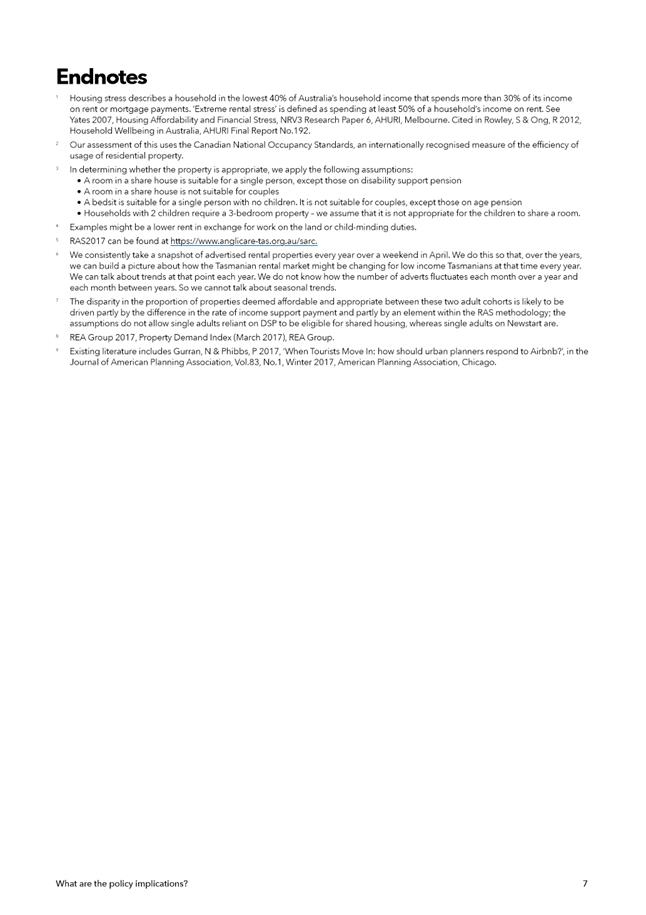
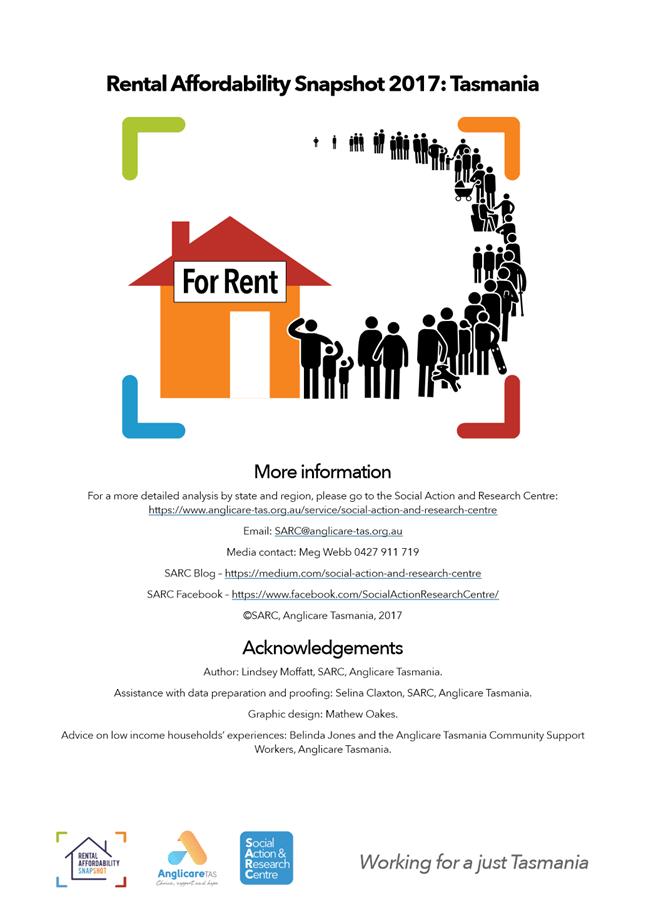
|
Agenda (Open Portion) City Planning Committee Meeting - 13/11/2017 |
Page 492 ATTACHMENT c |
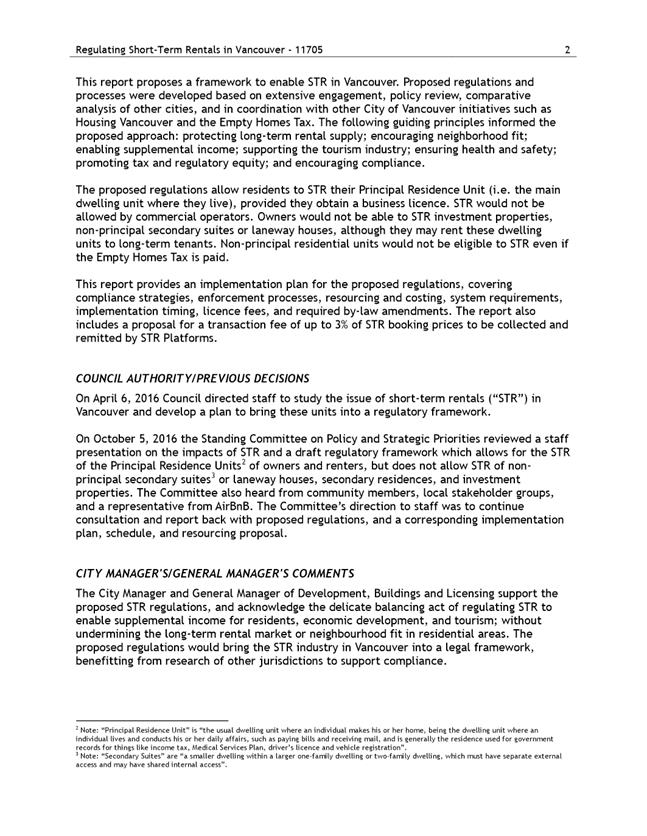
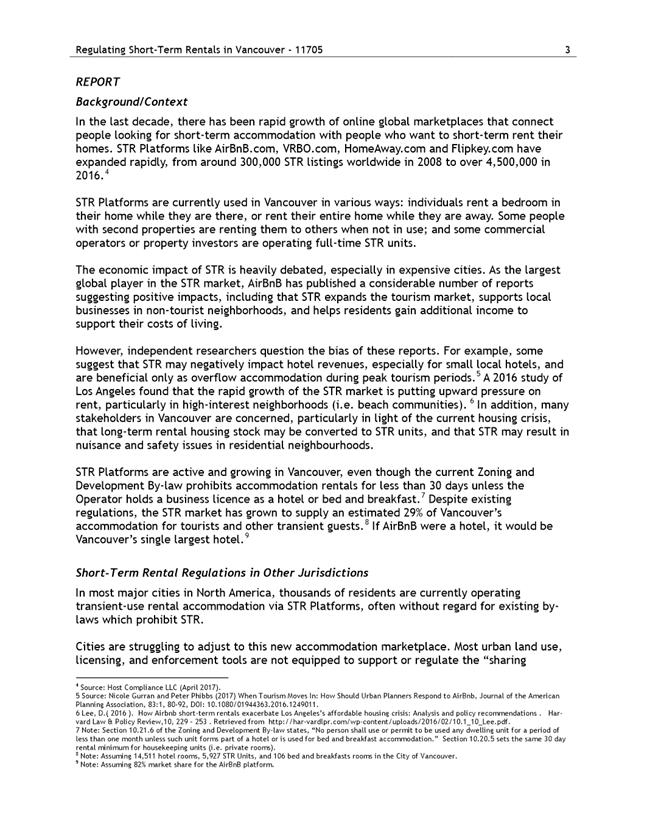
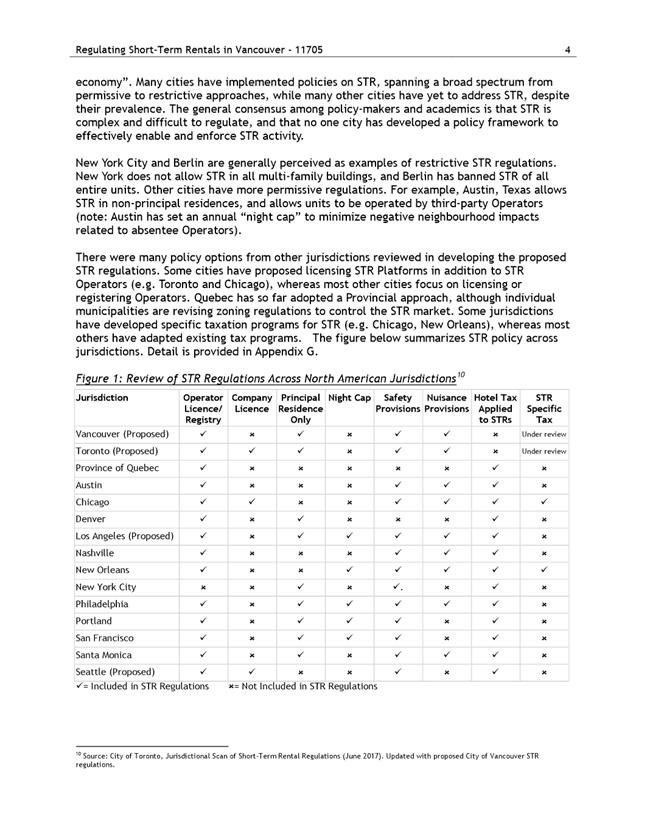
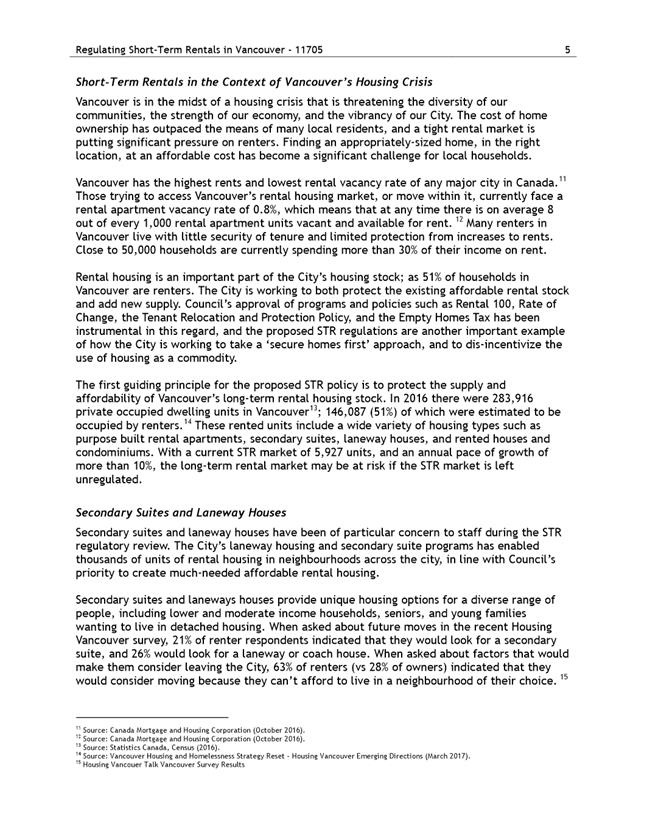
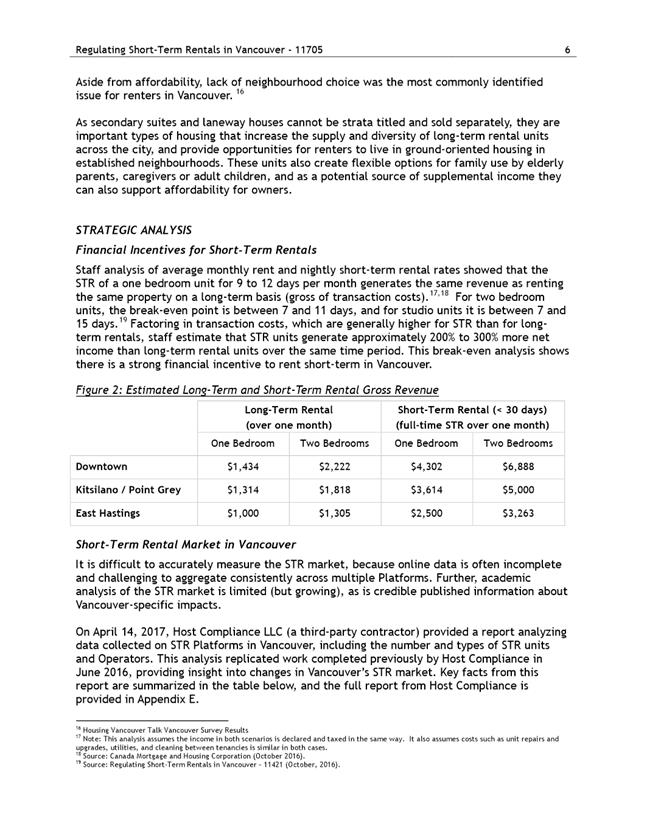
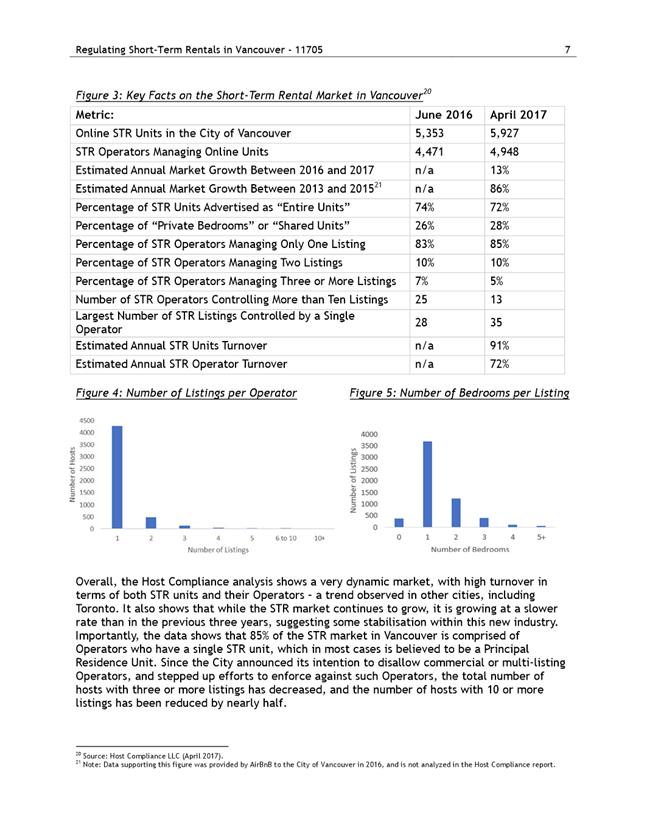
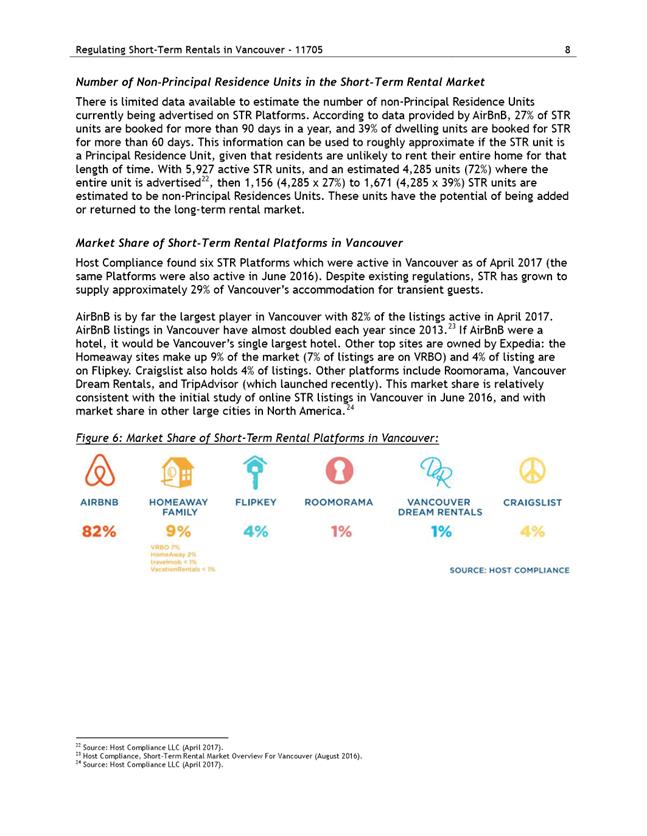
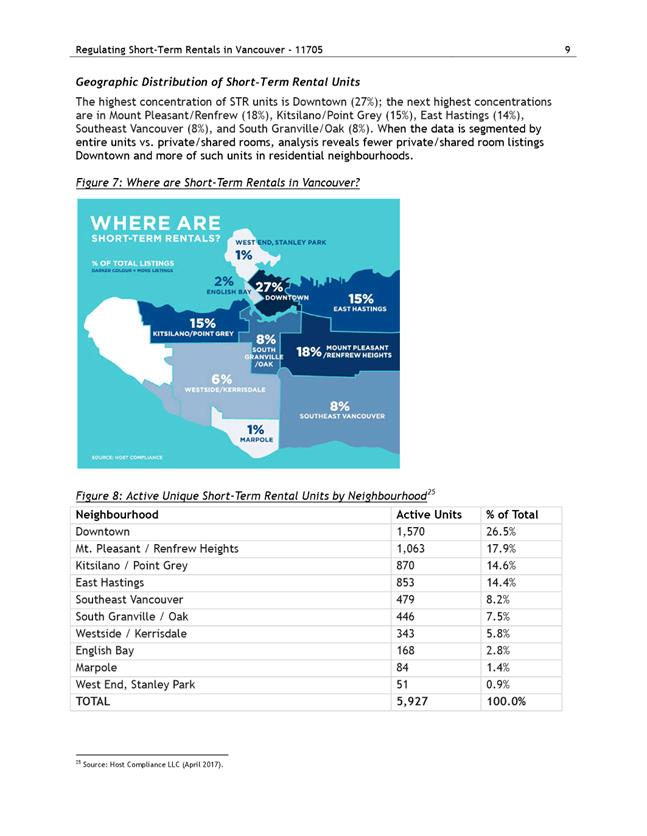
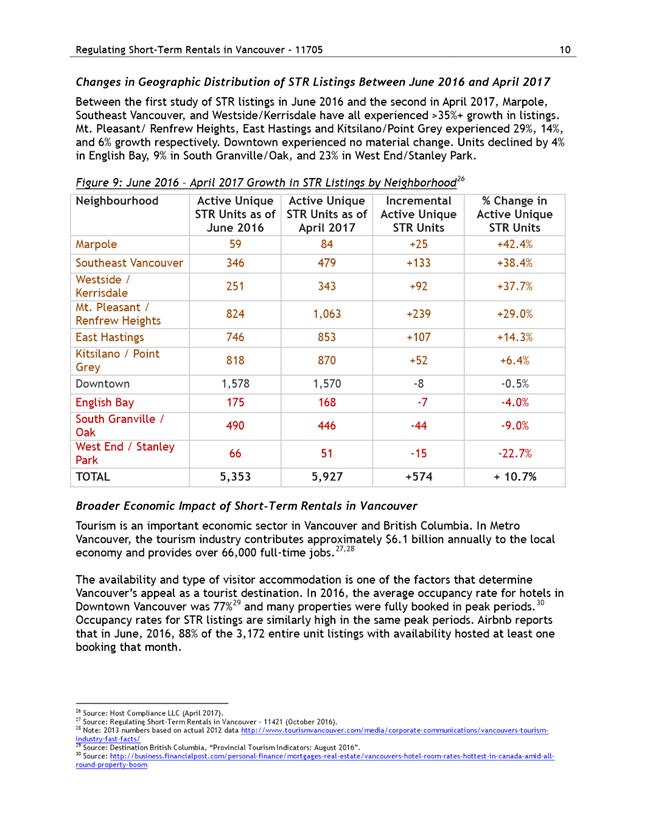
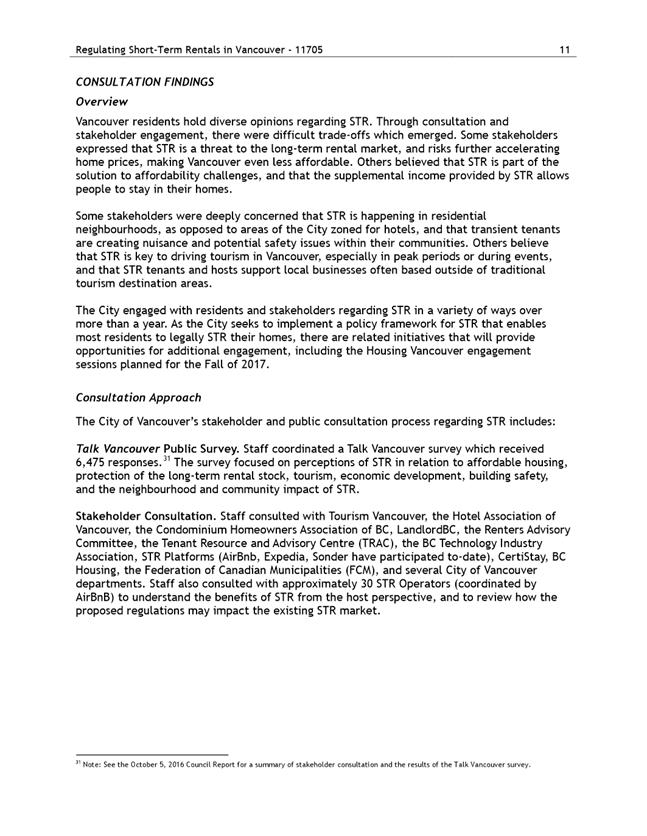
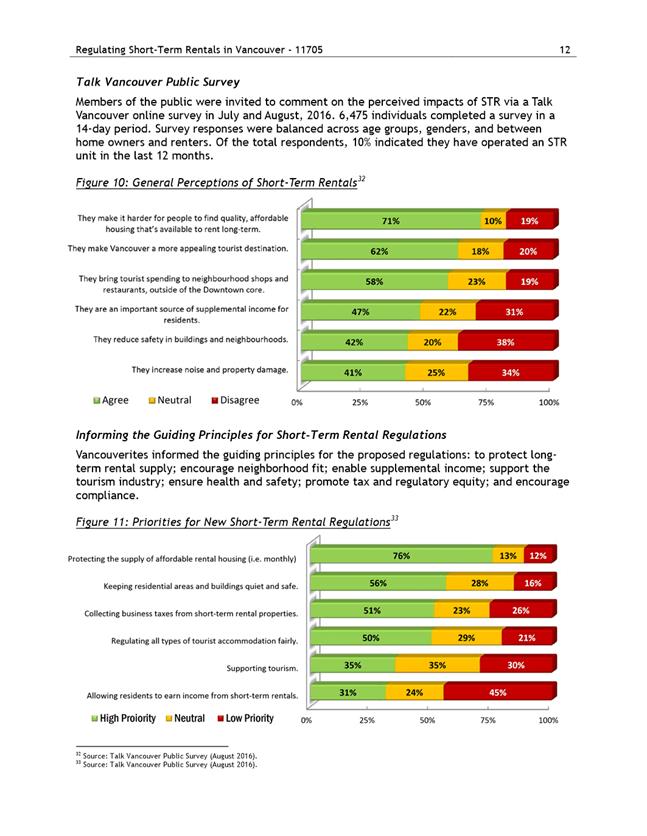
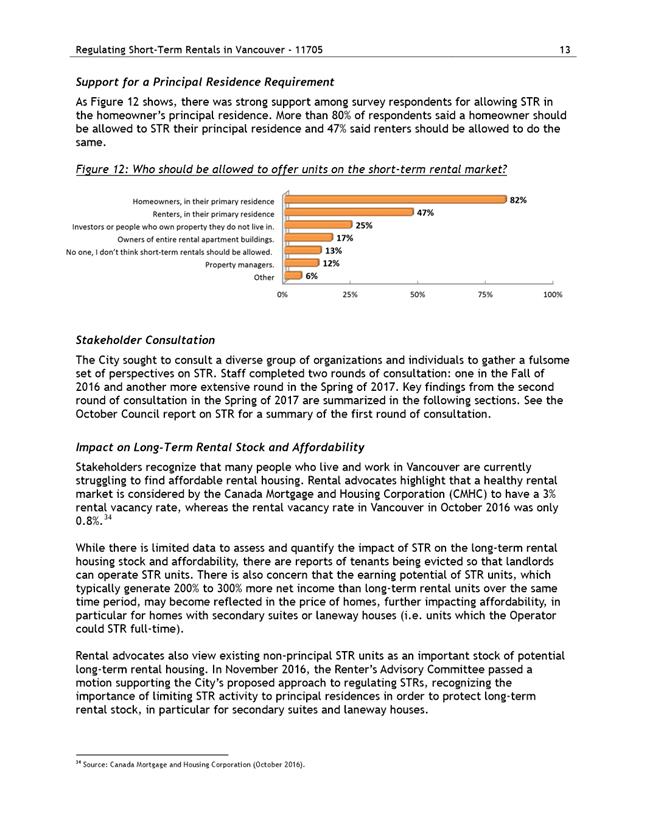
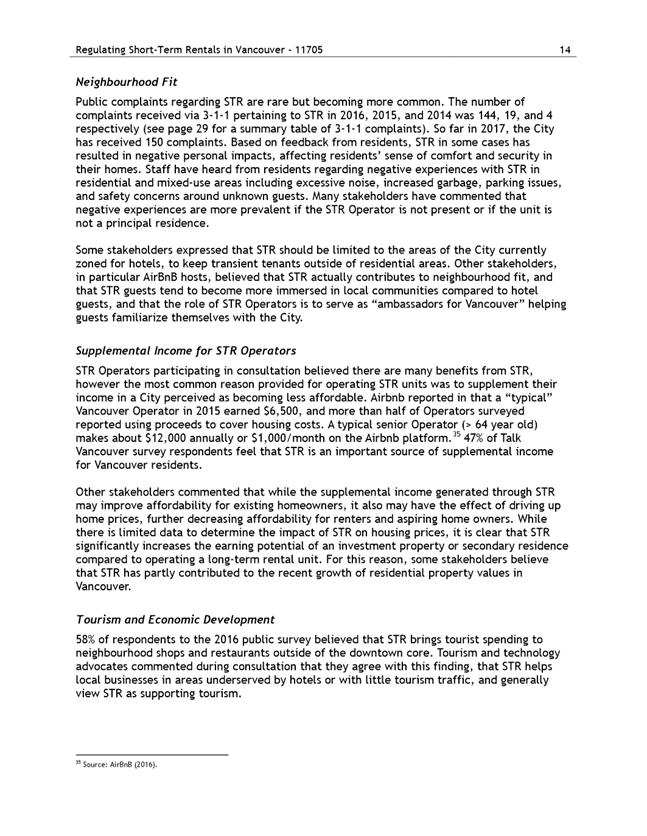
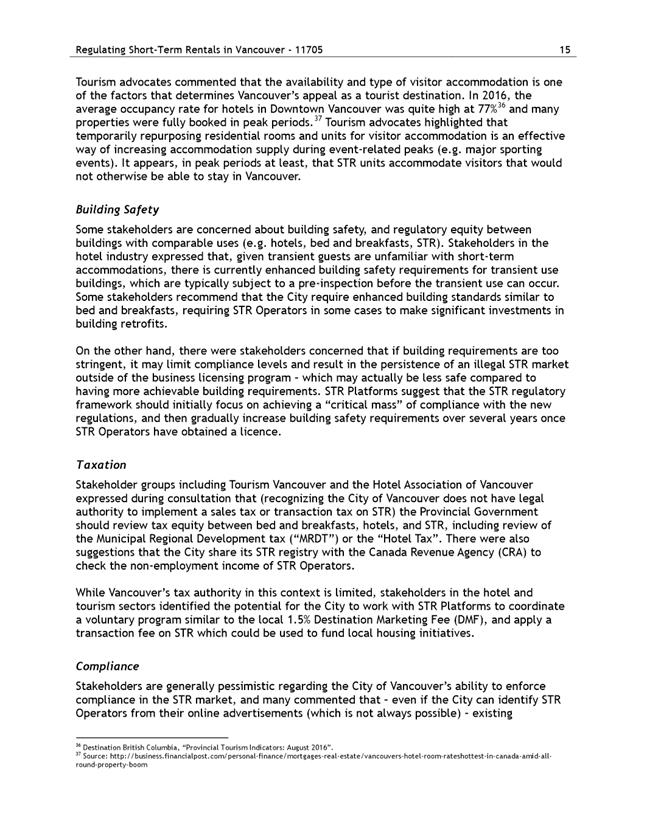
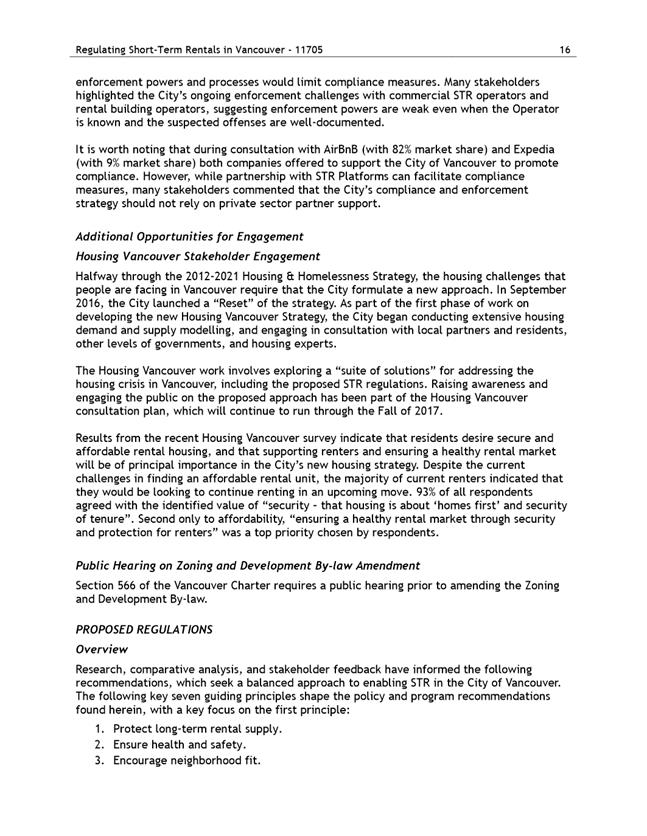
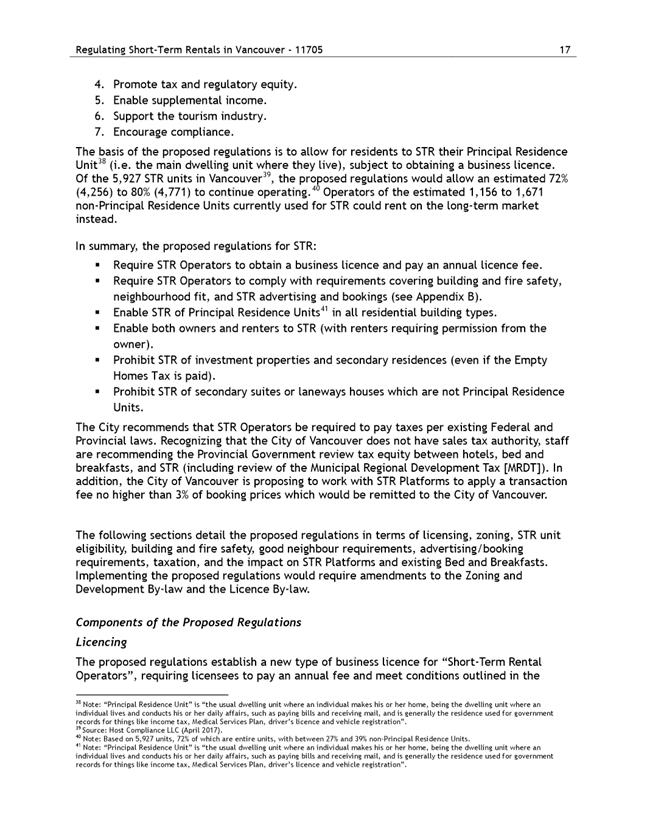
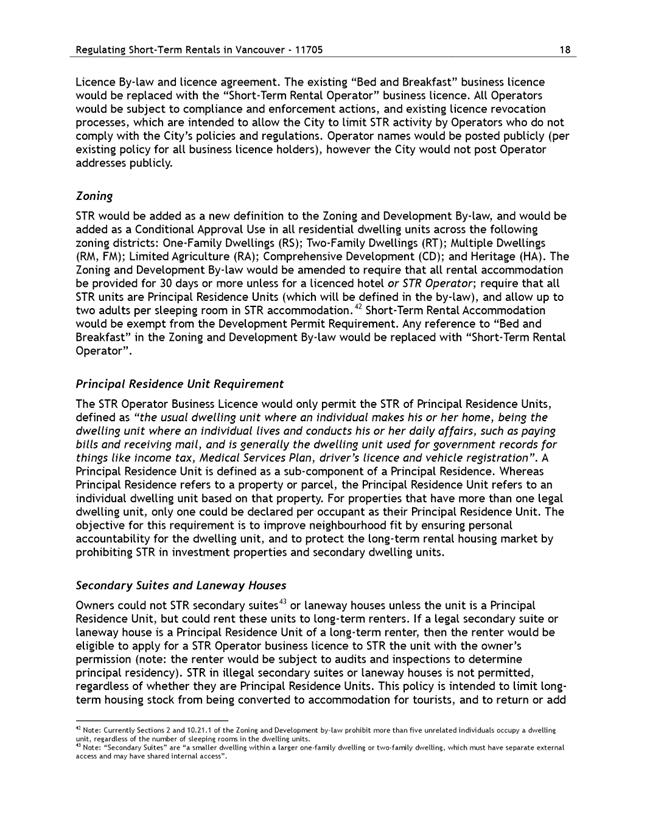
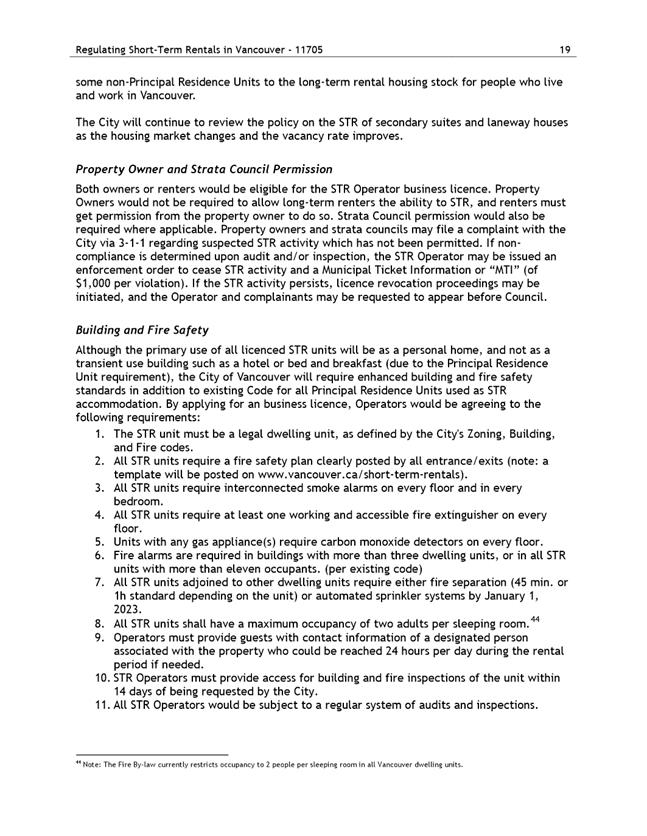
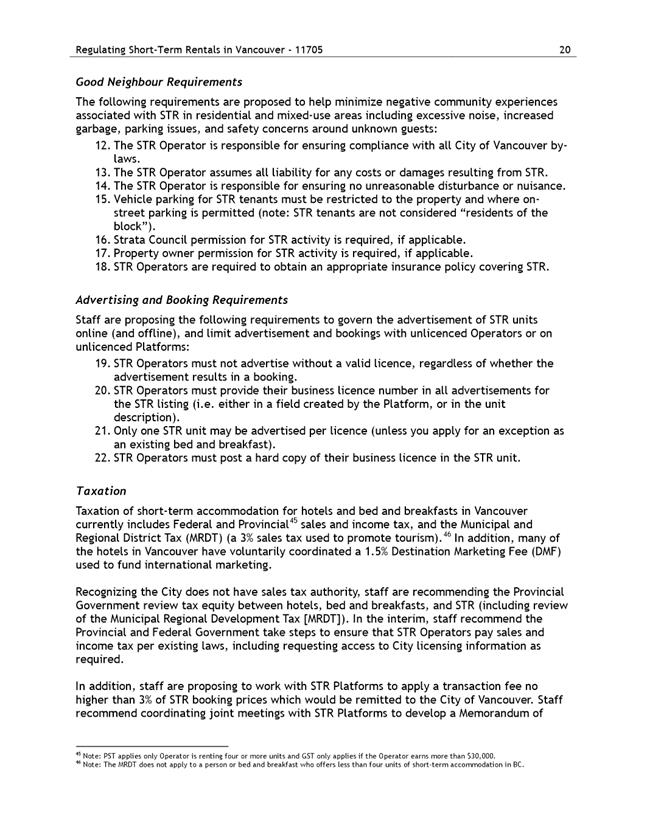
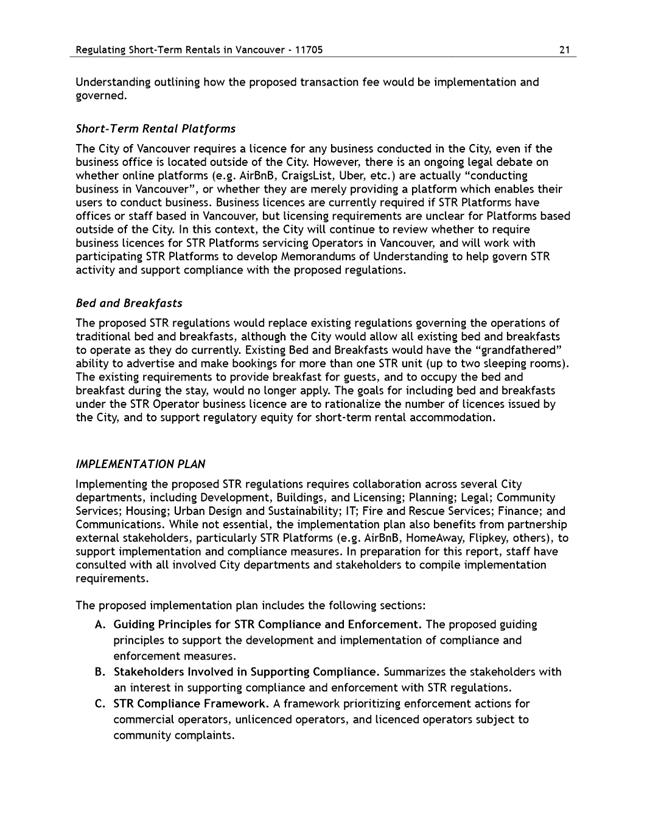
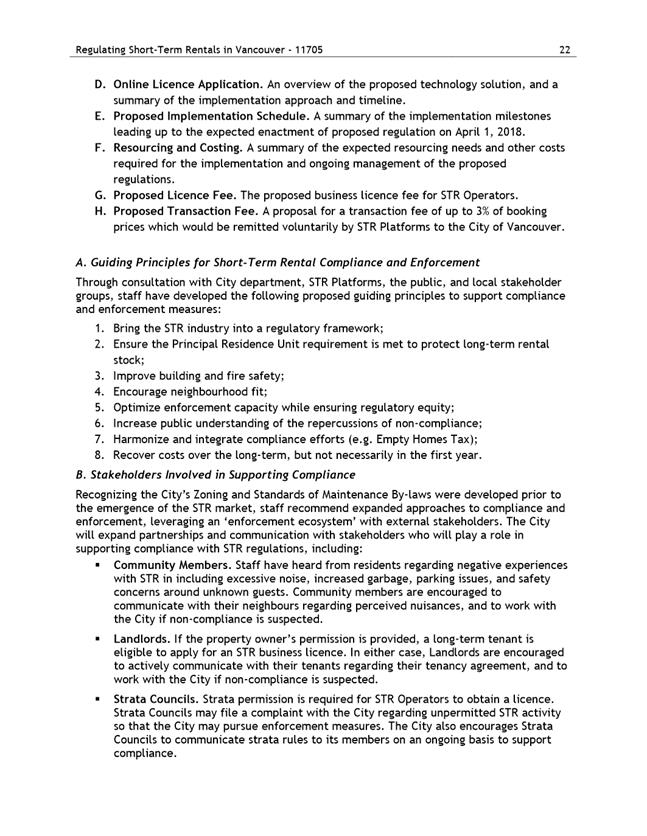
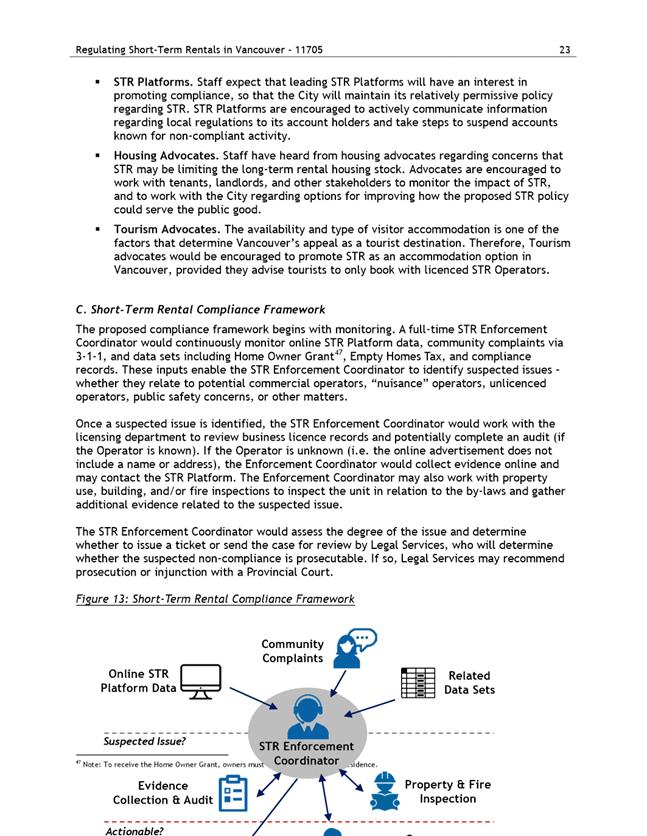
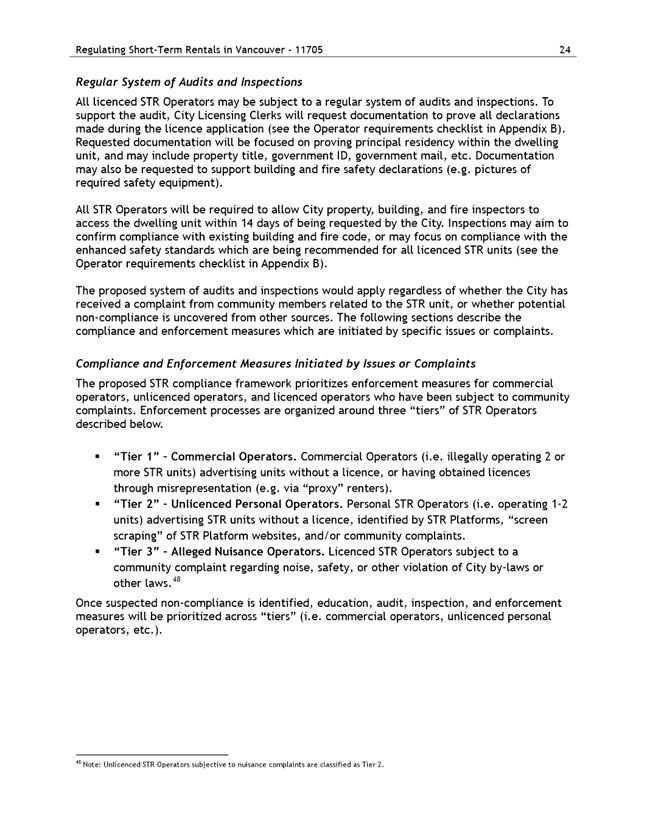
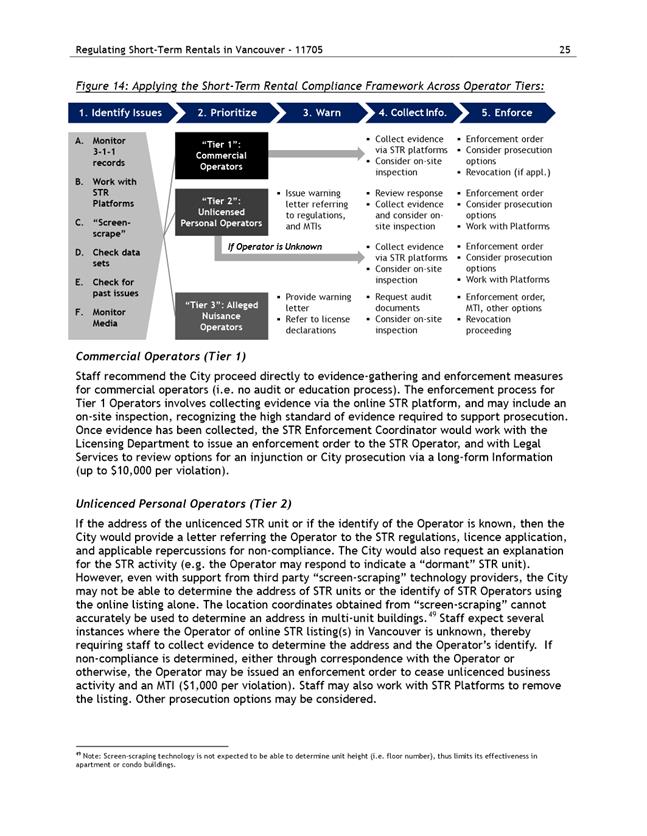
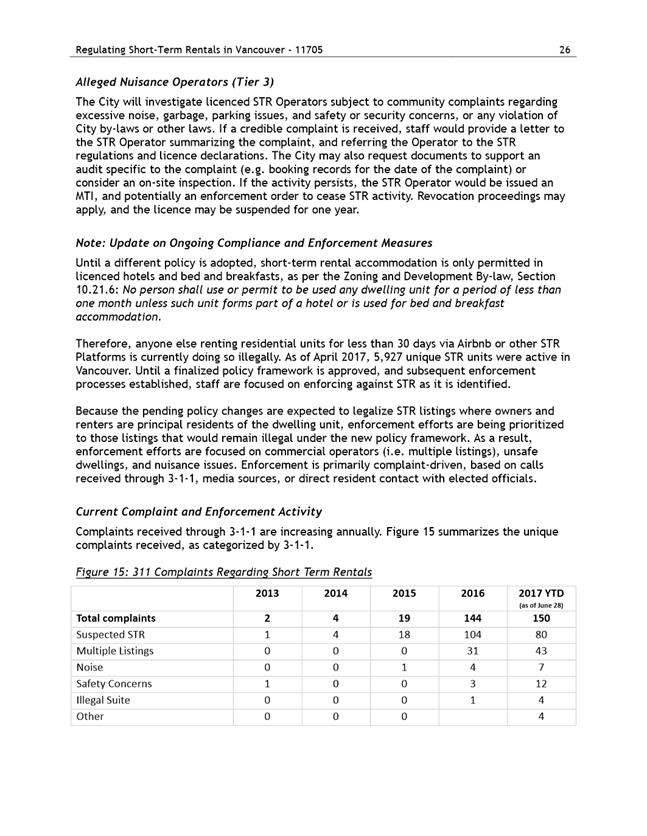
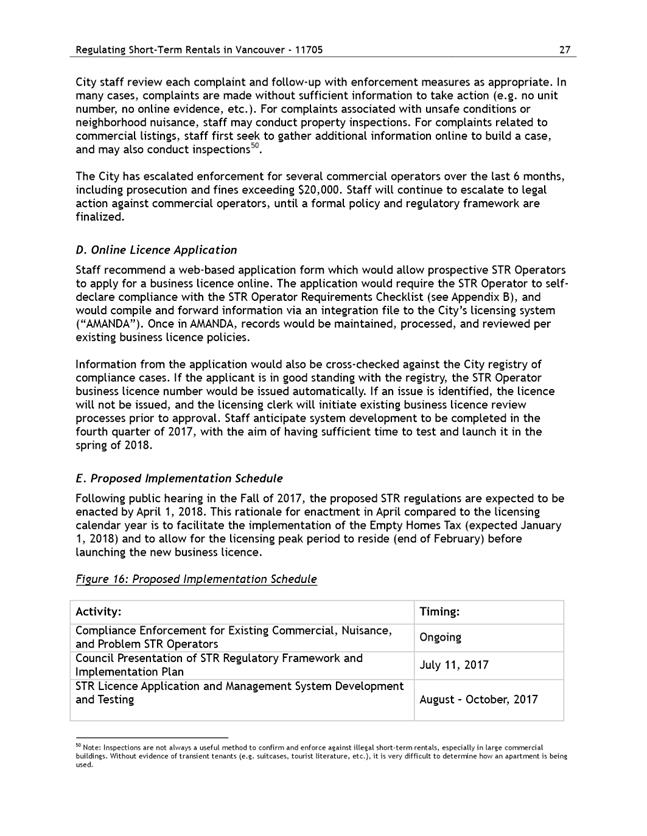
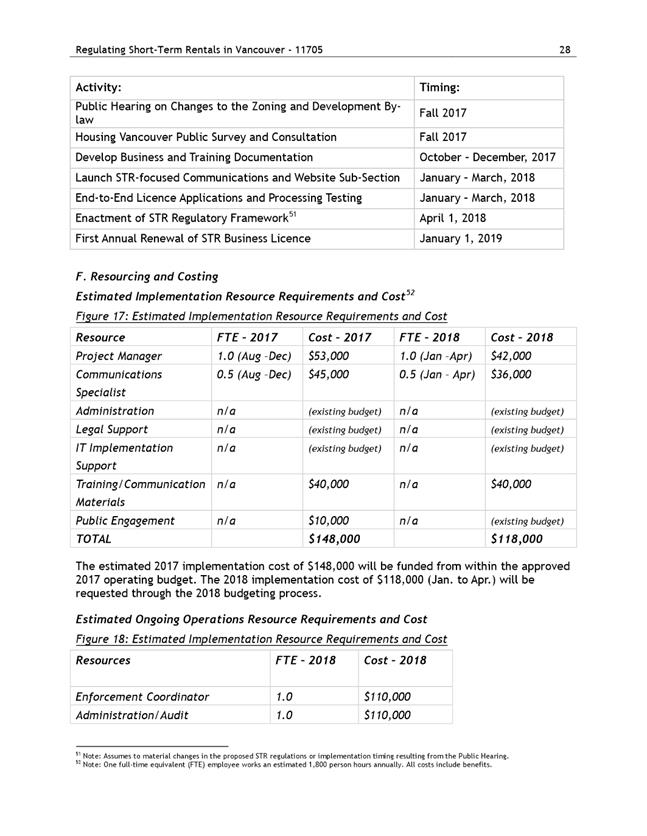
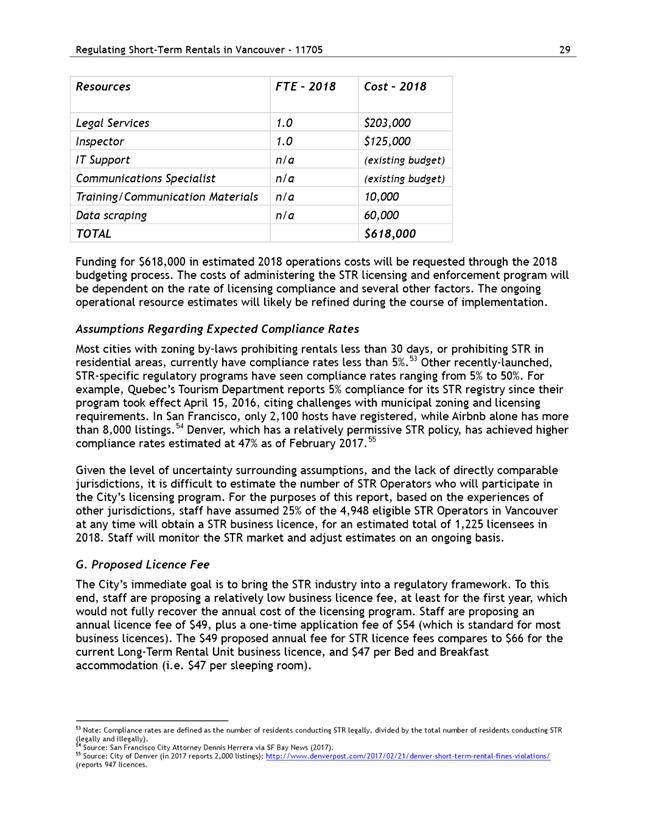
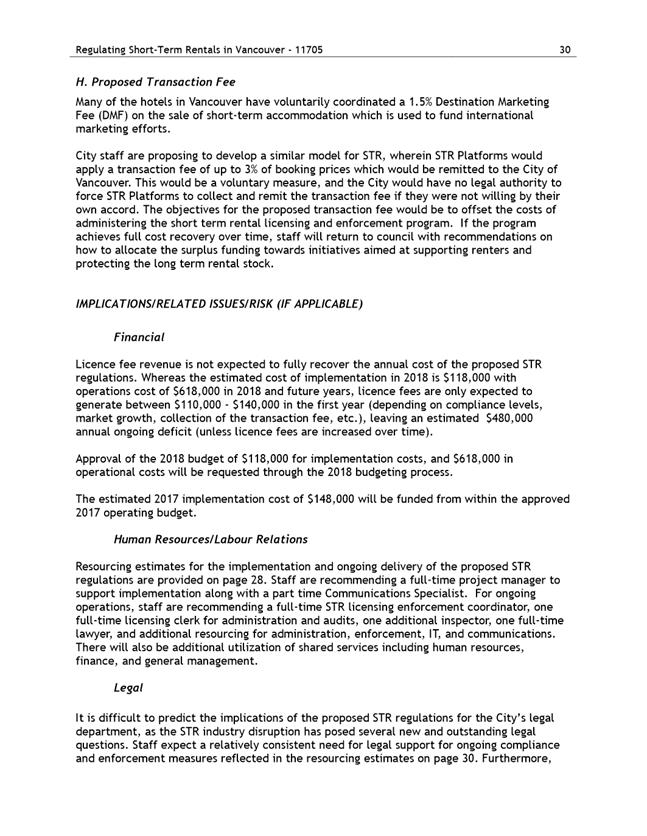
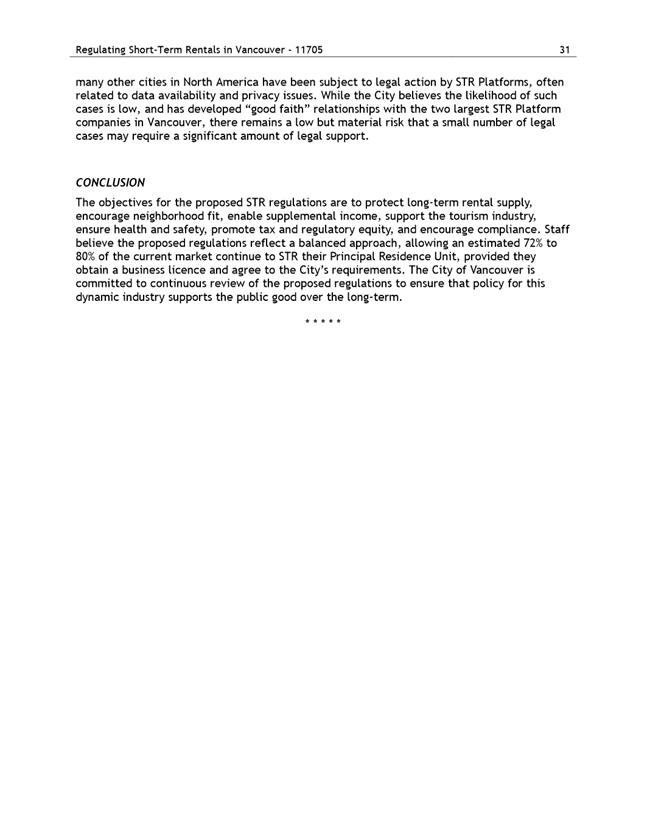
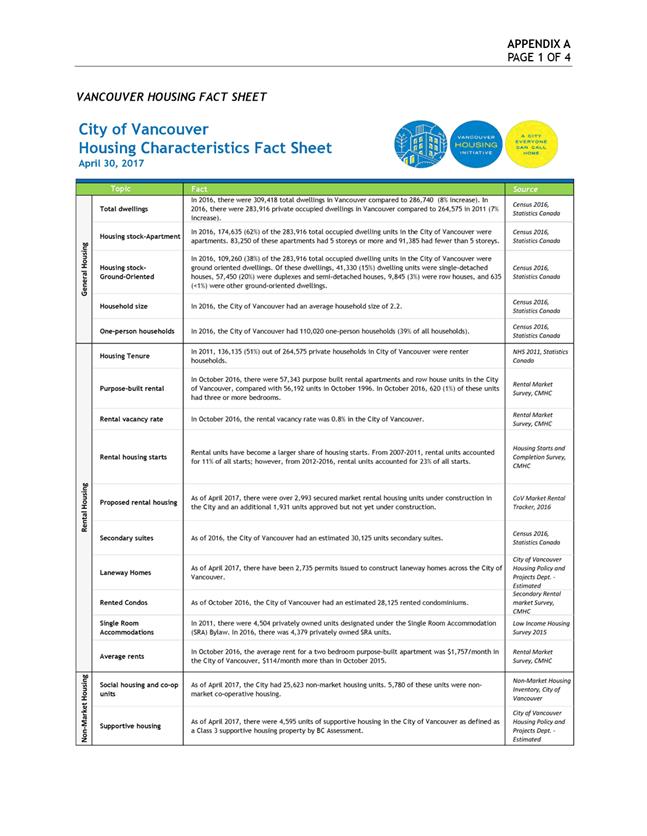
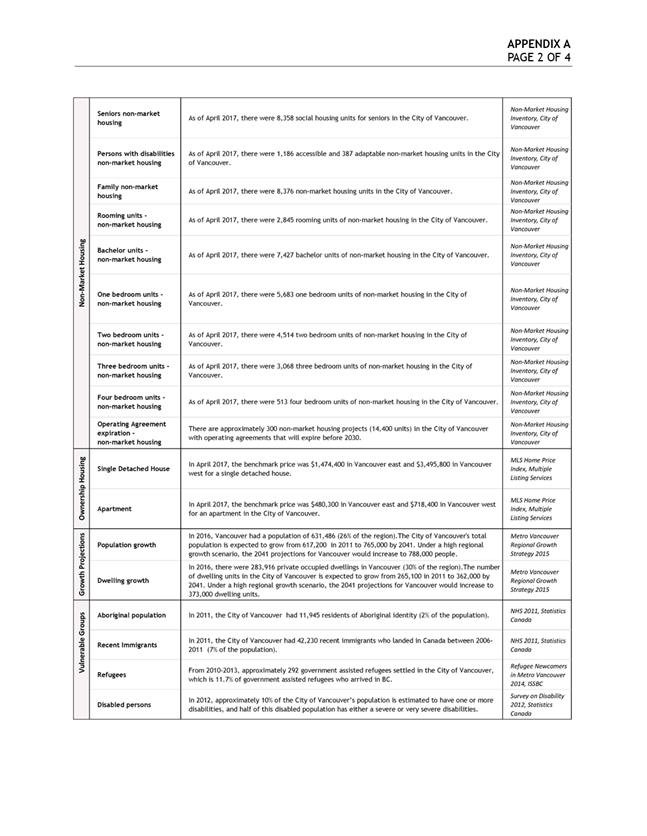
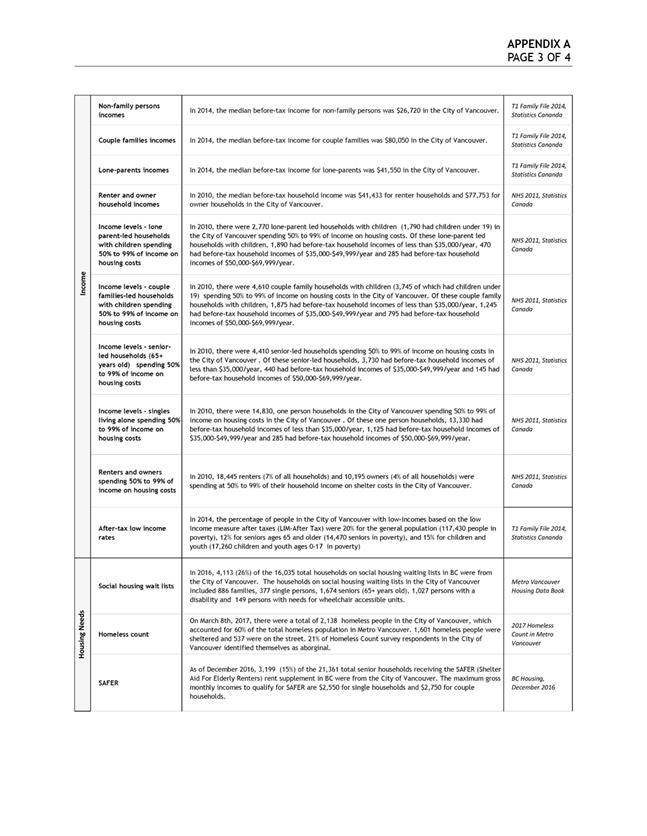
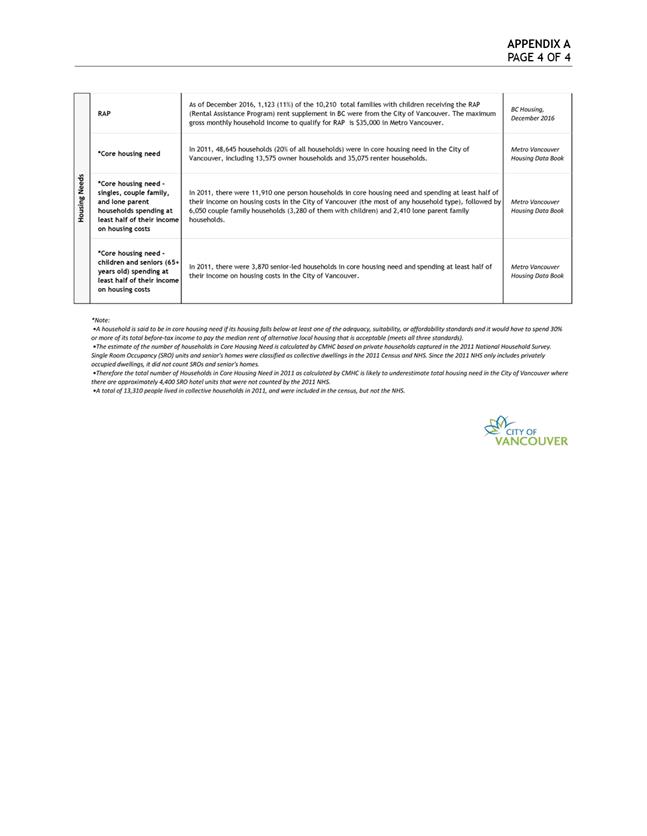
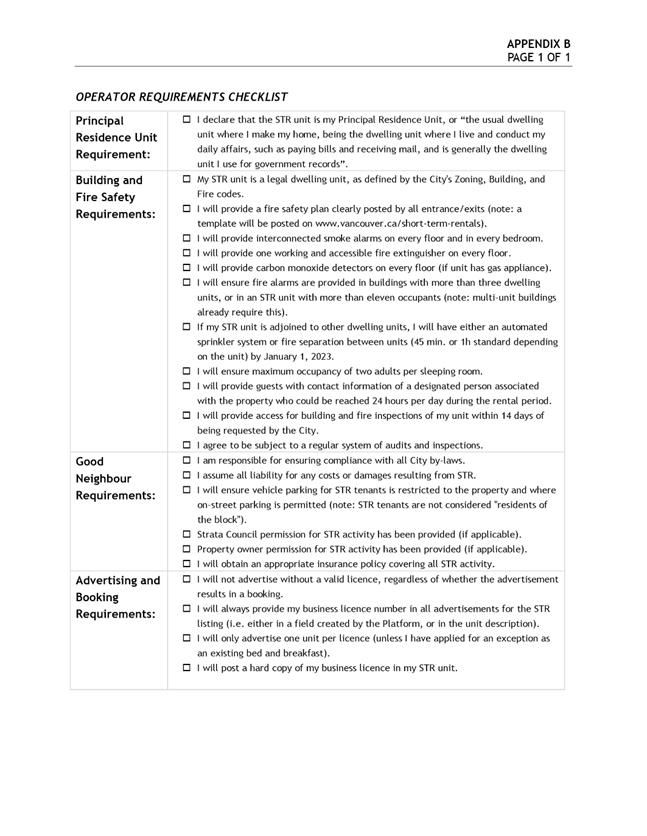
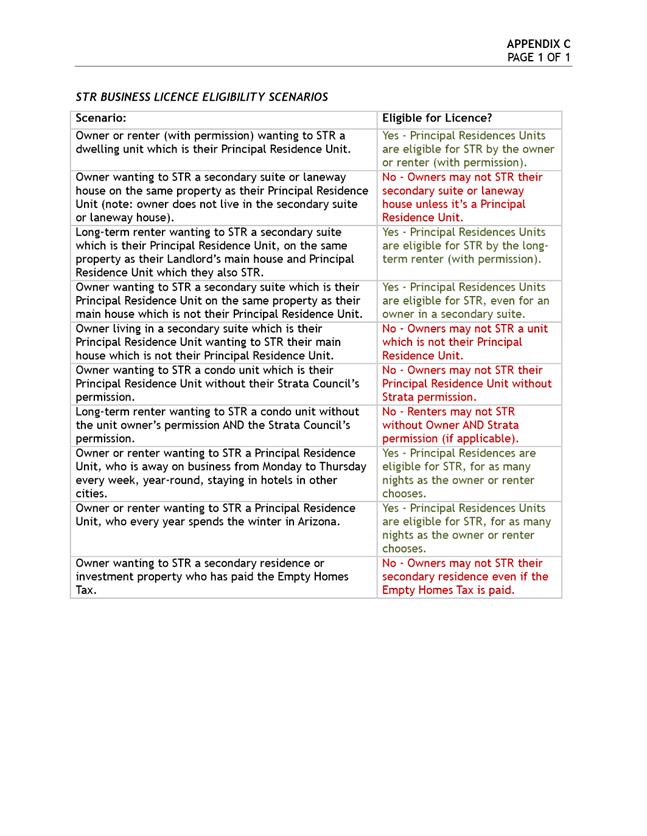
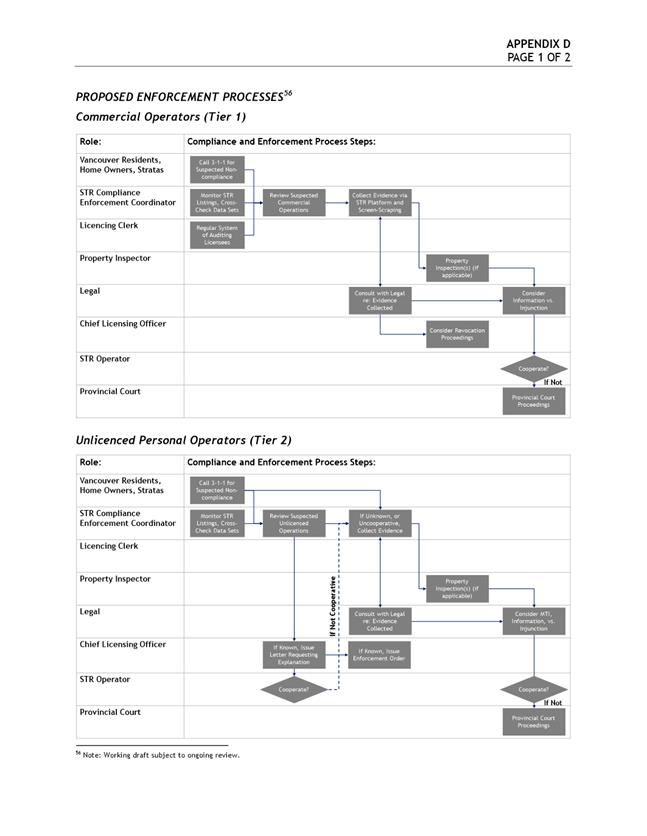
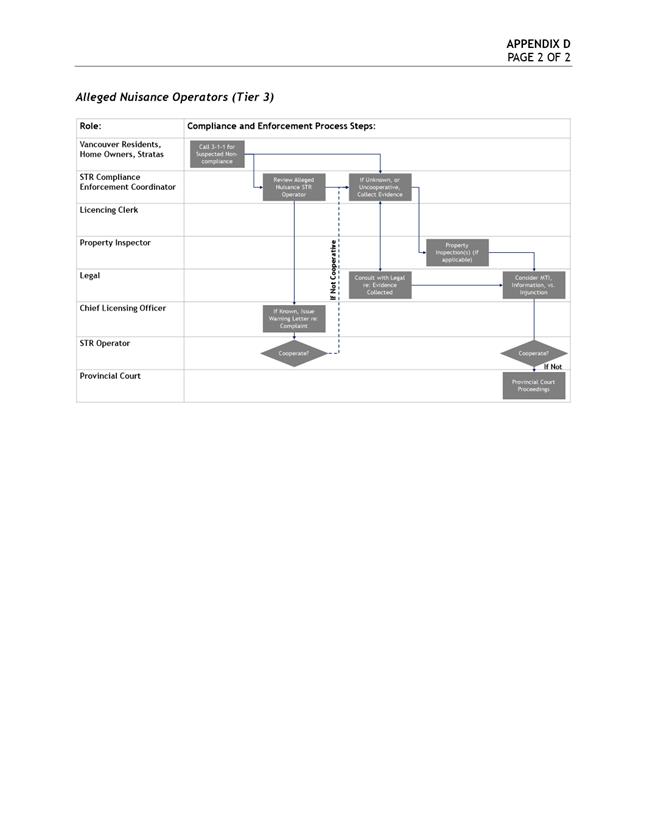
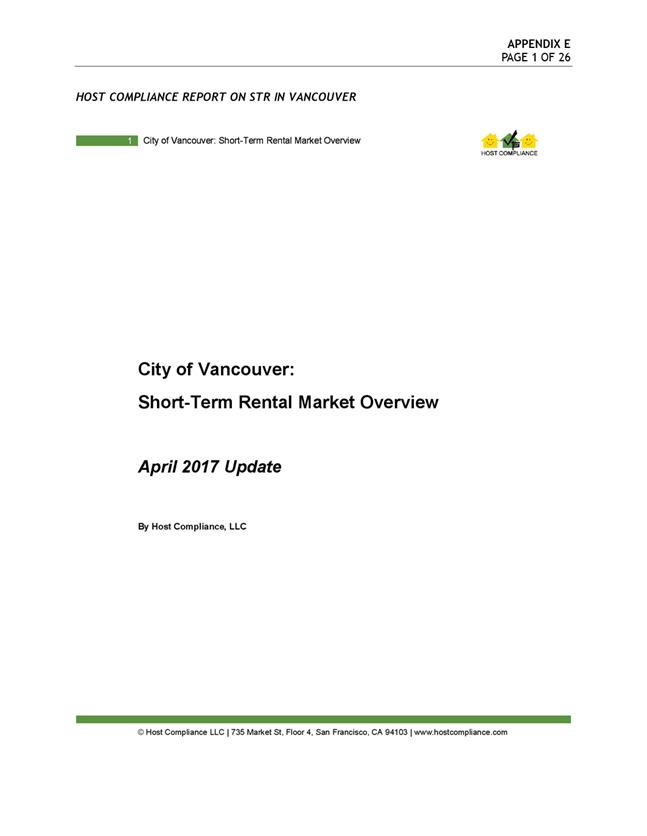
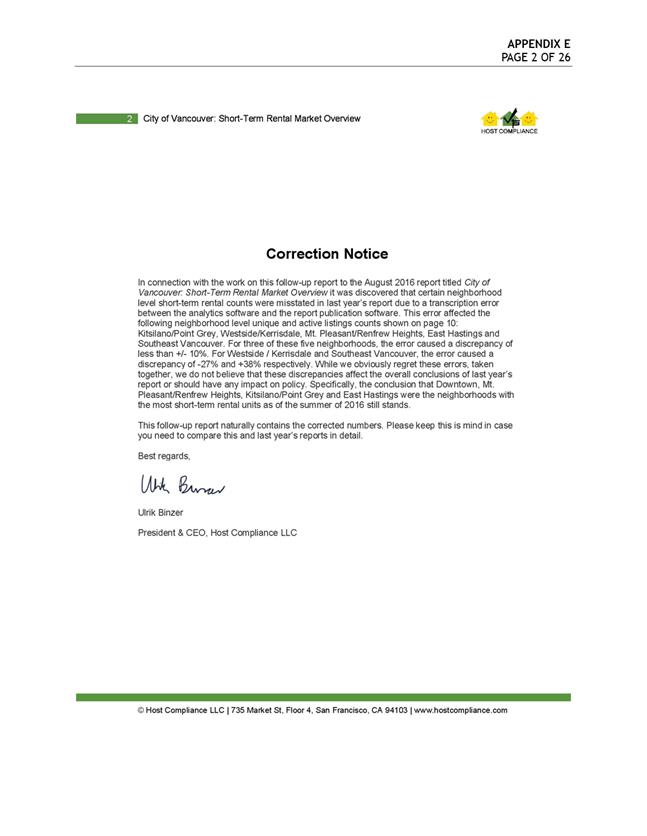
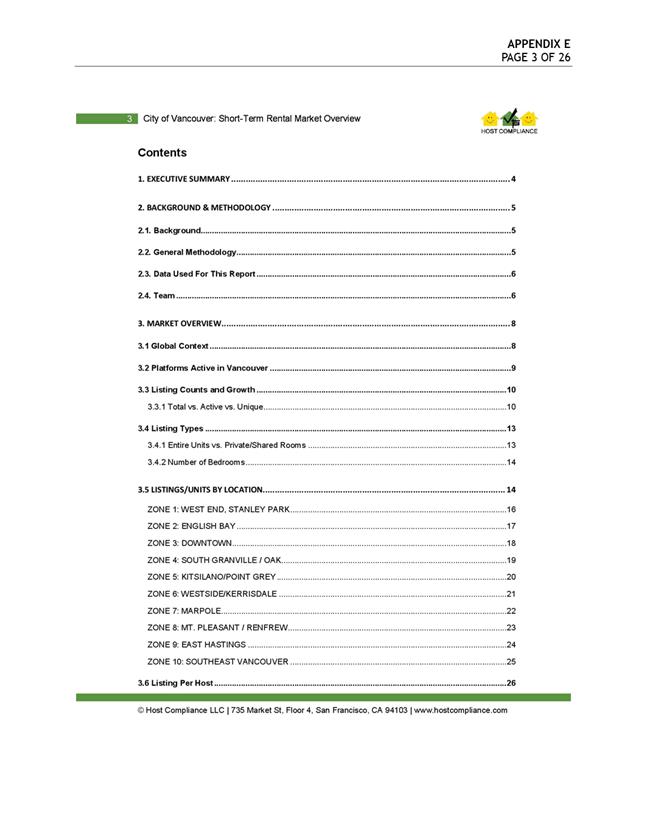
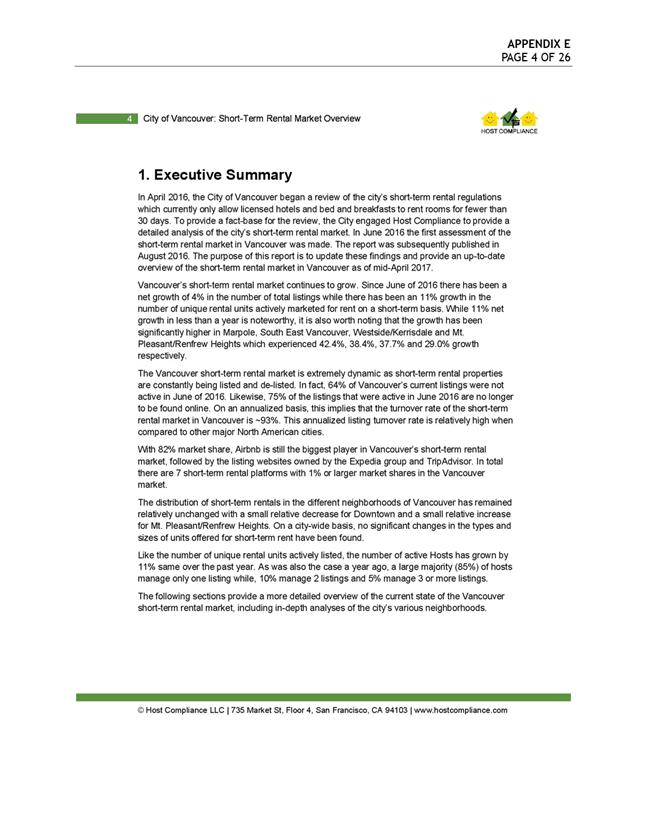
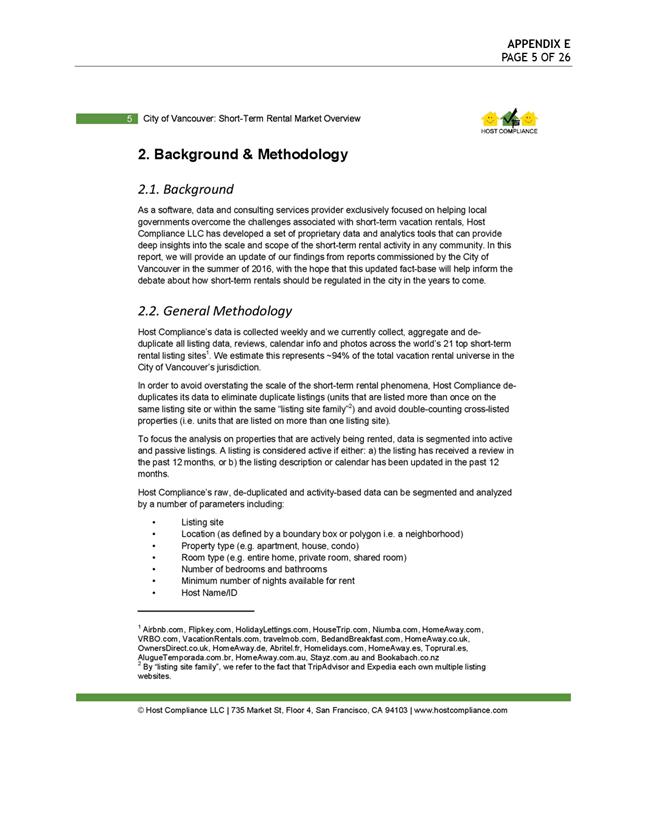
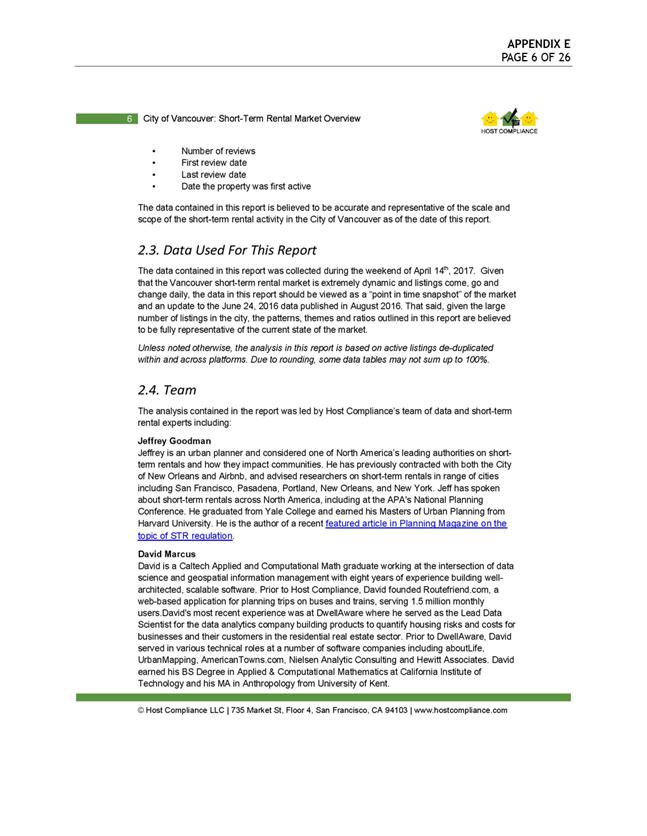
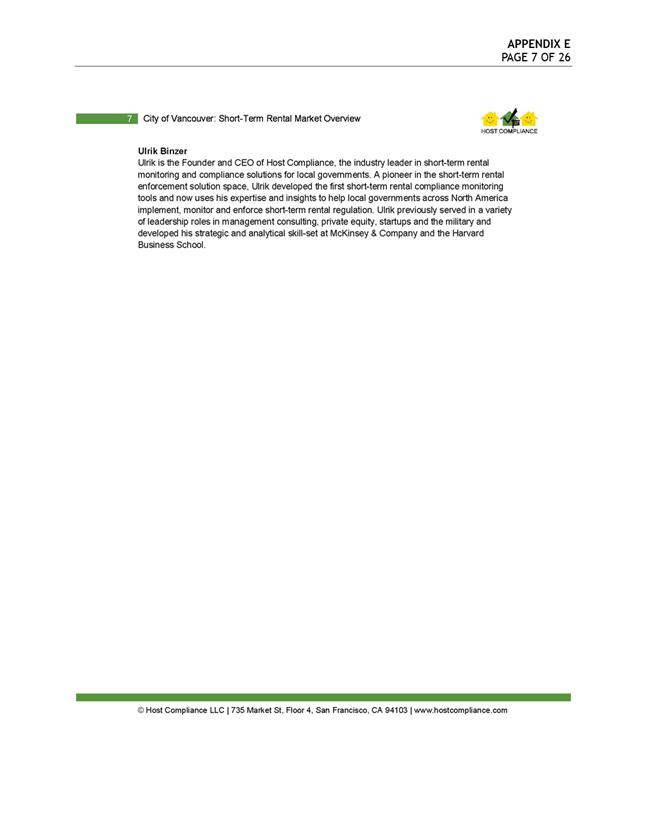
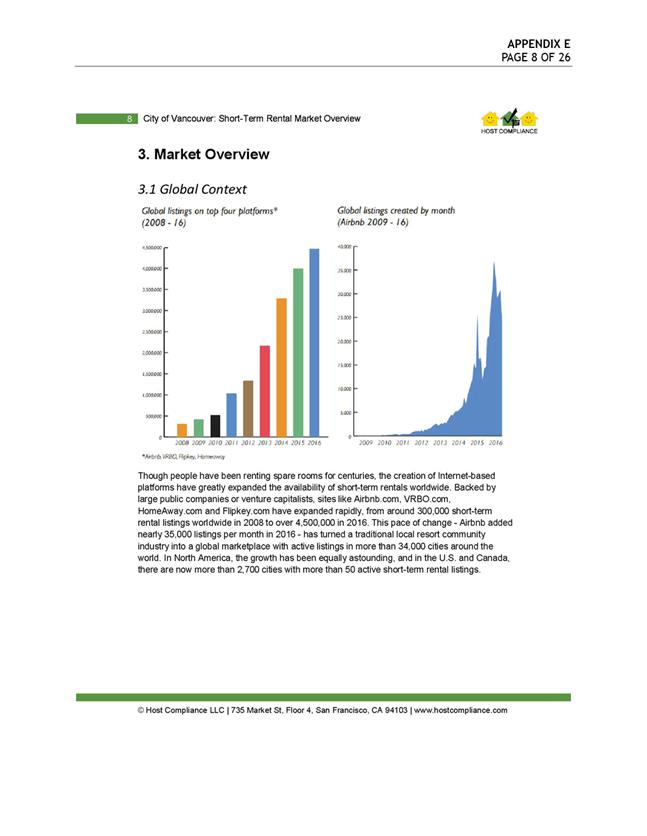
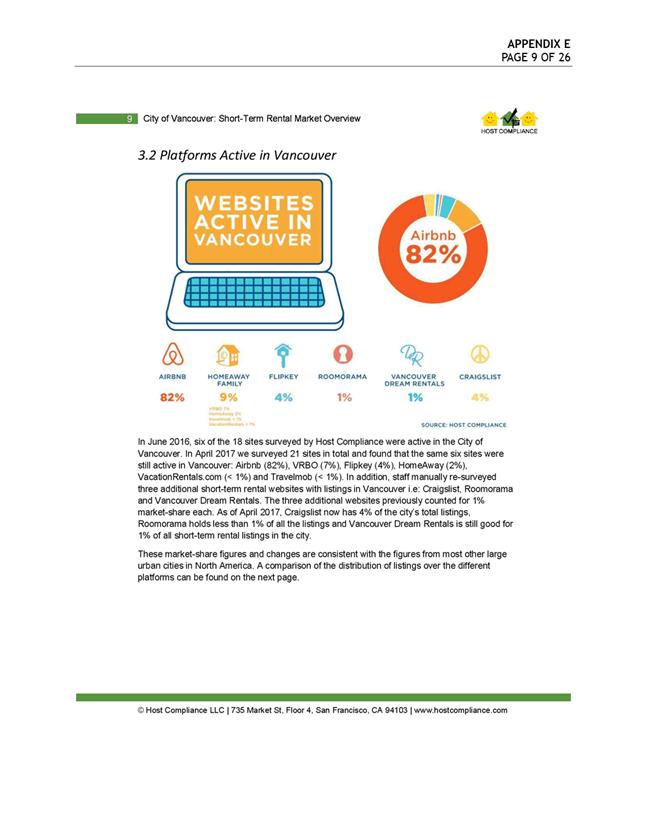
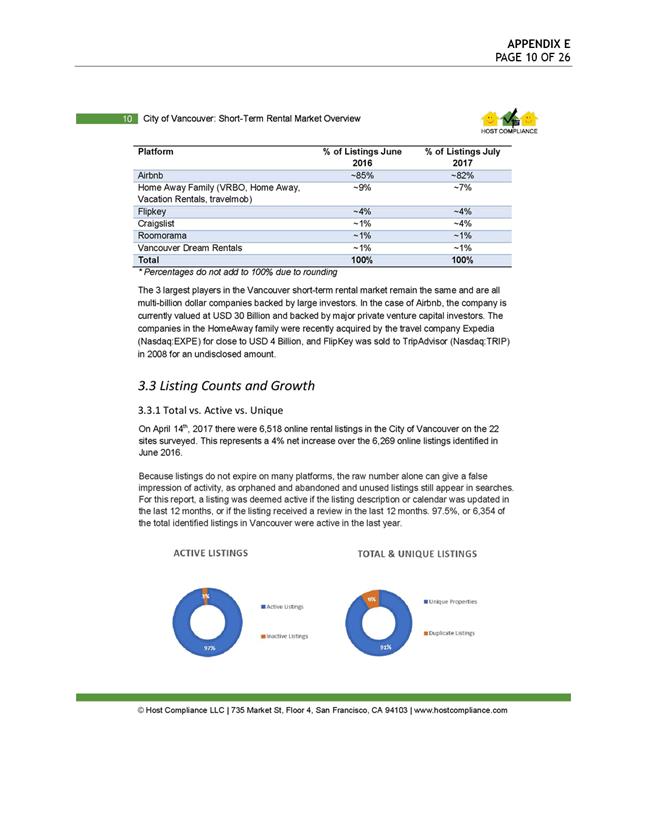

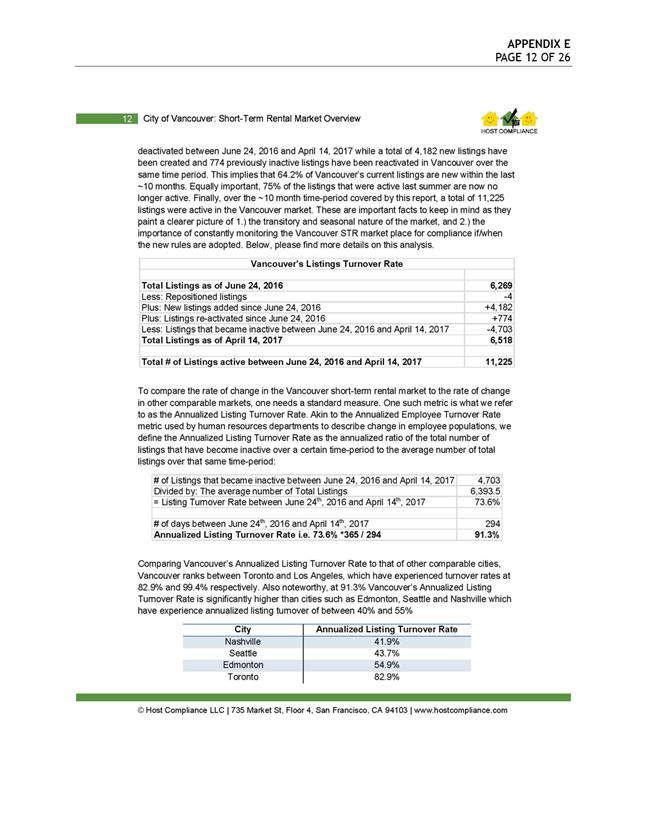
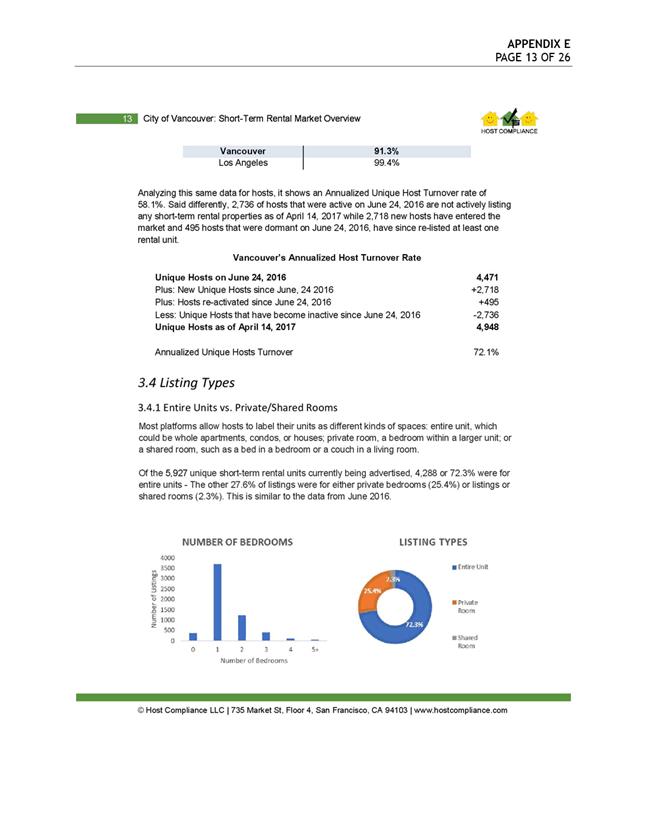
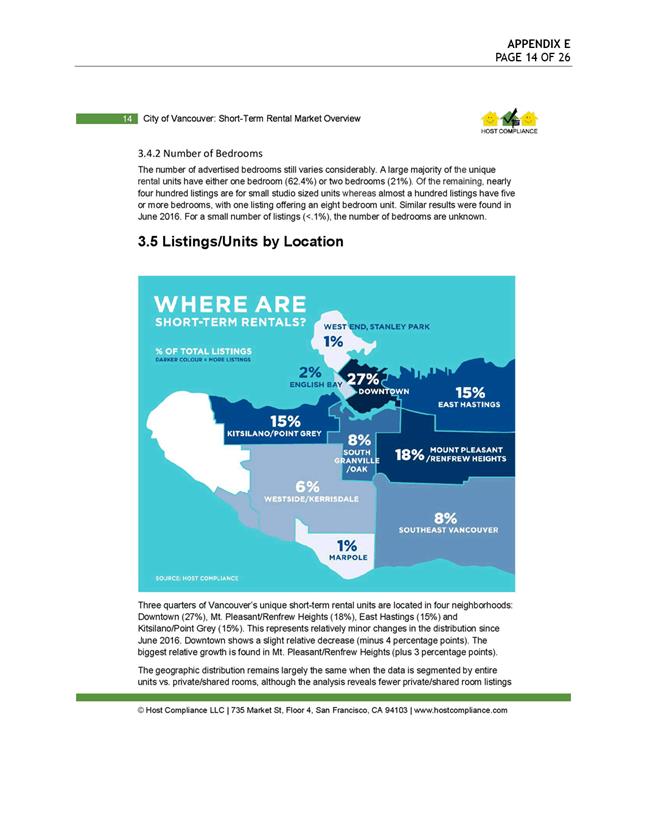
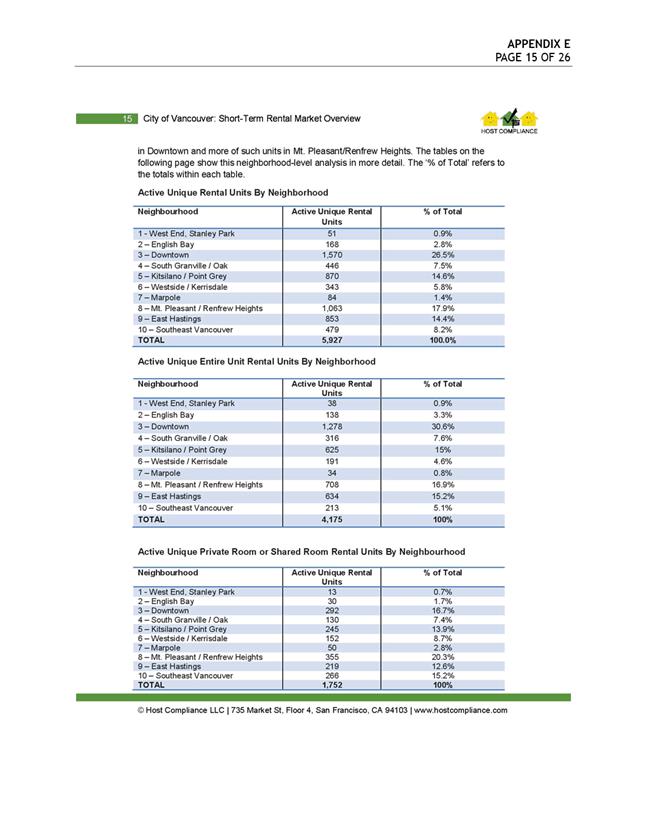
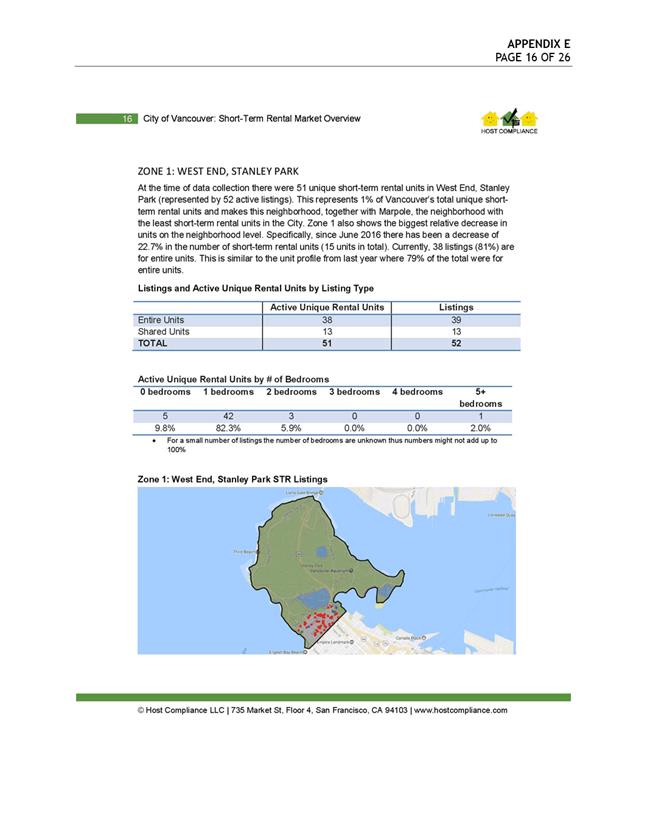
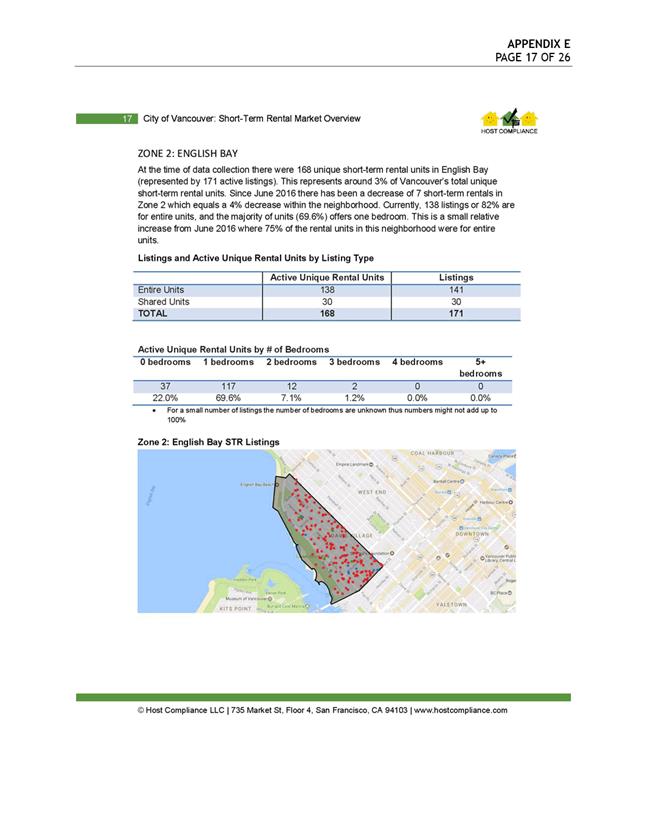
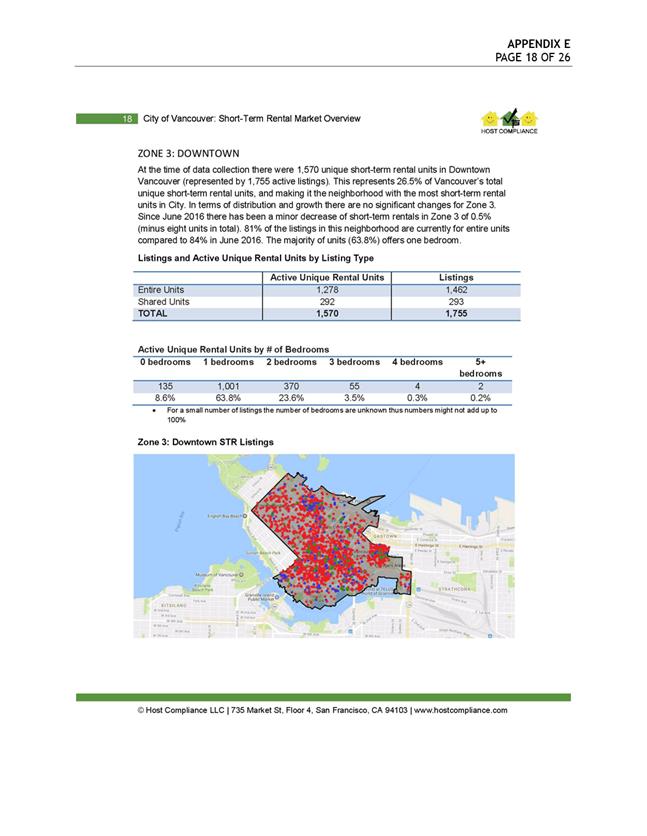
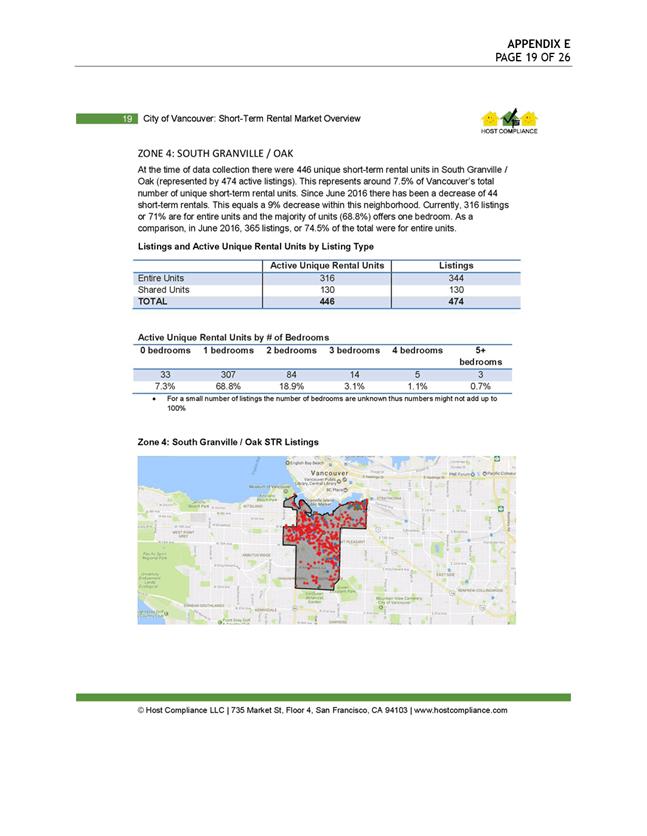
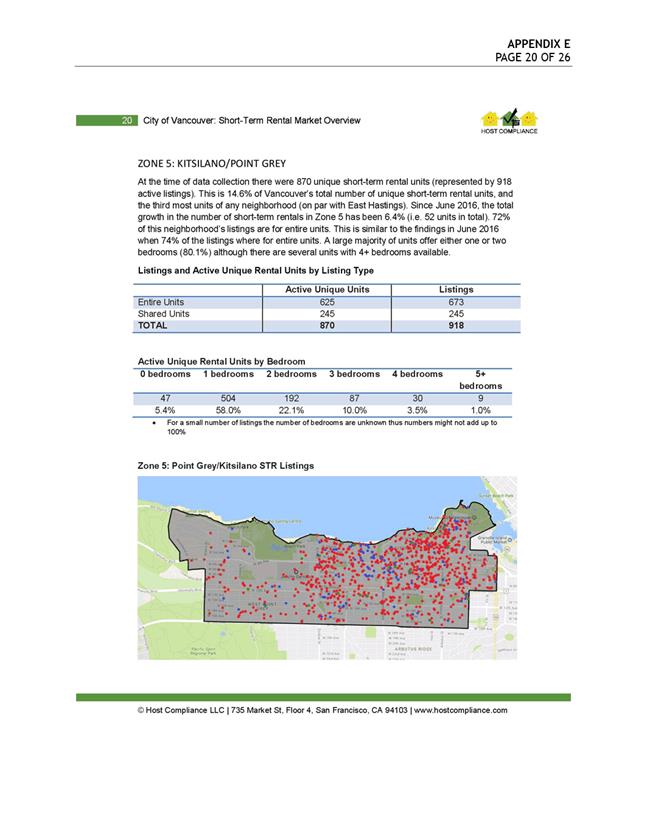
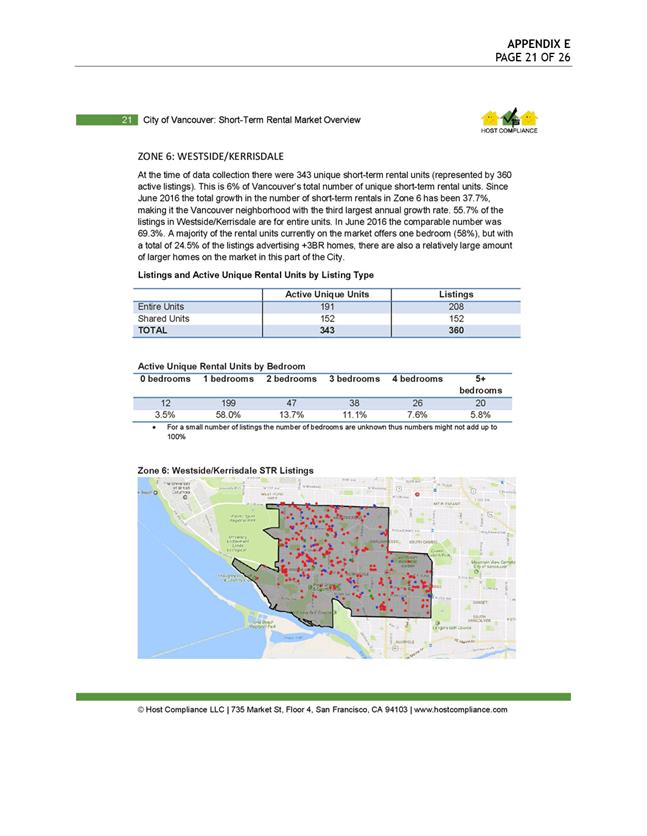
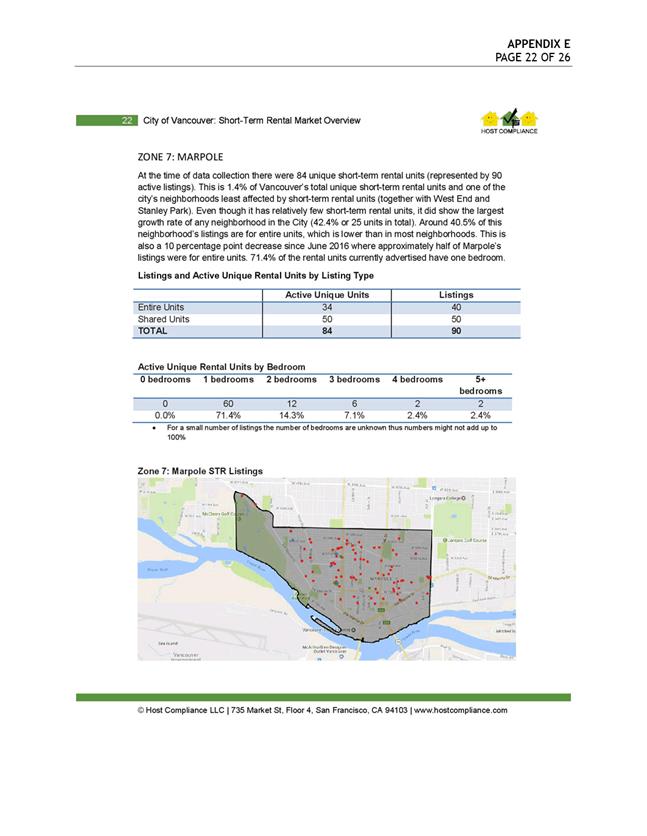
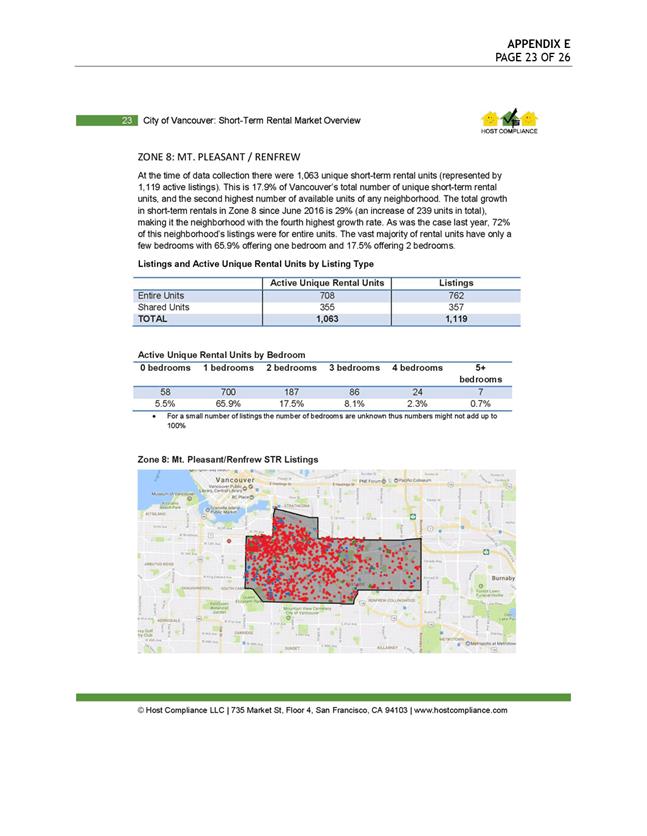
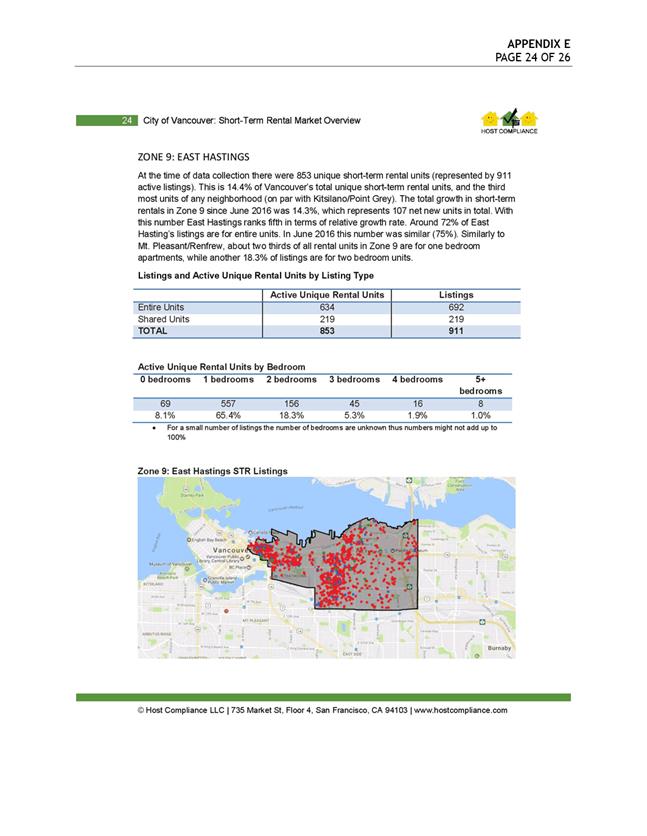

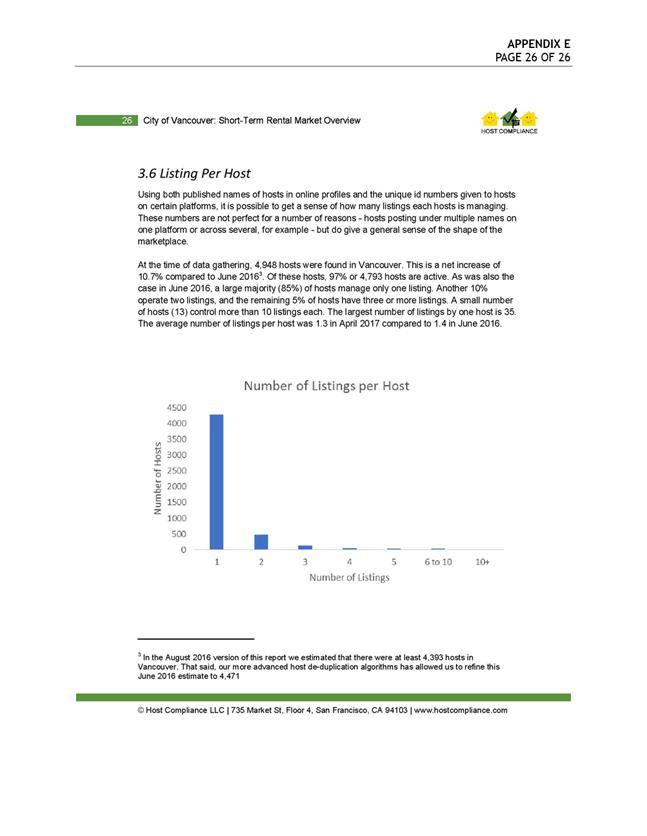
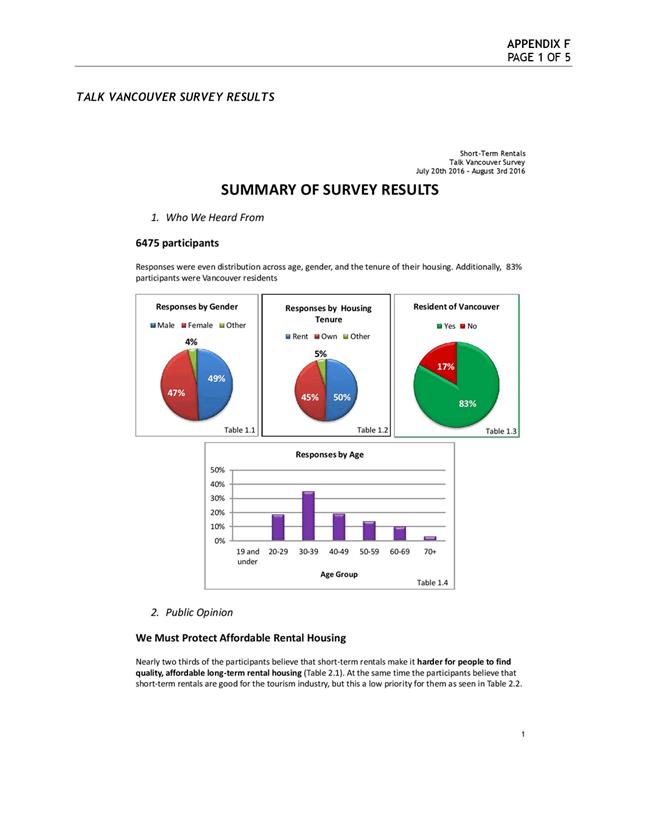
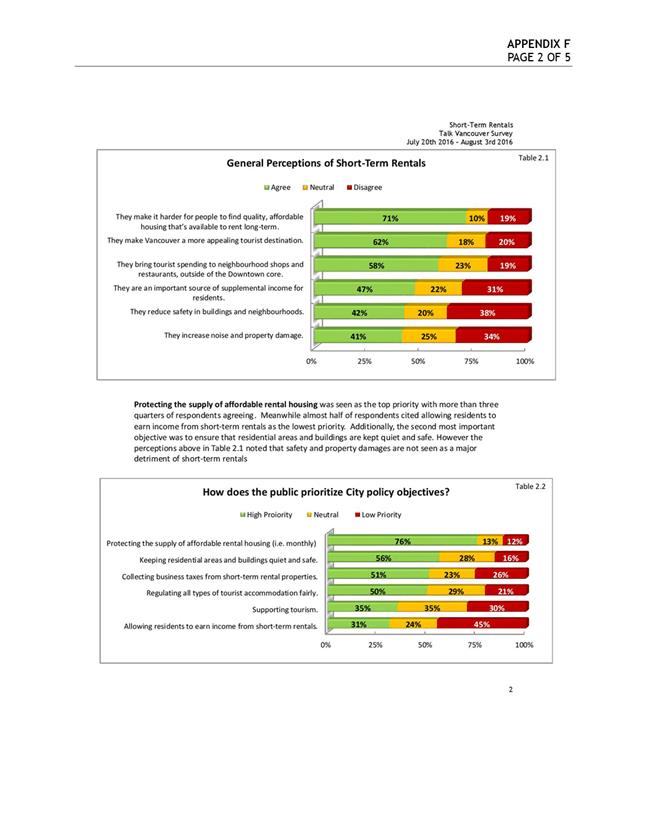
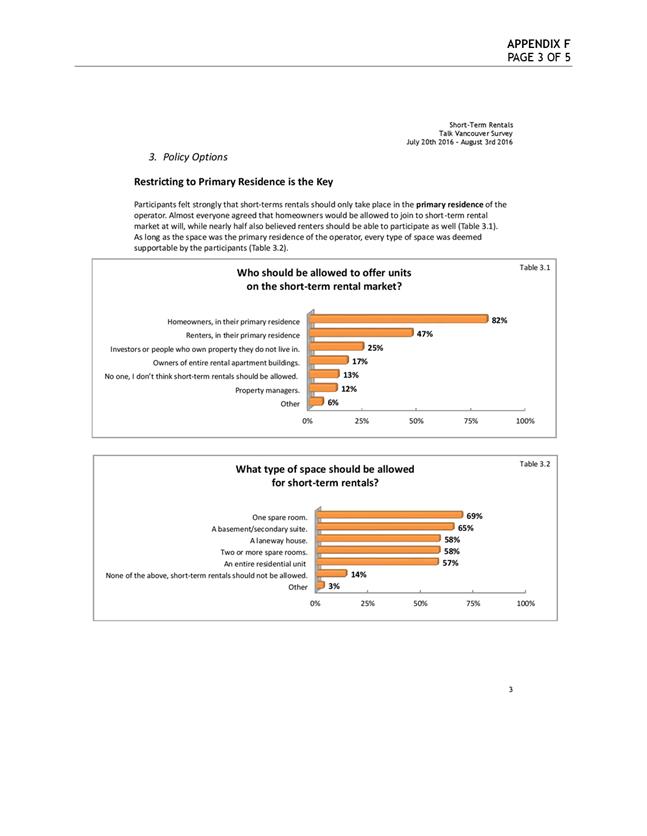
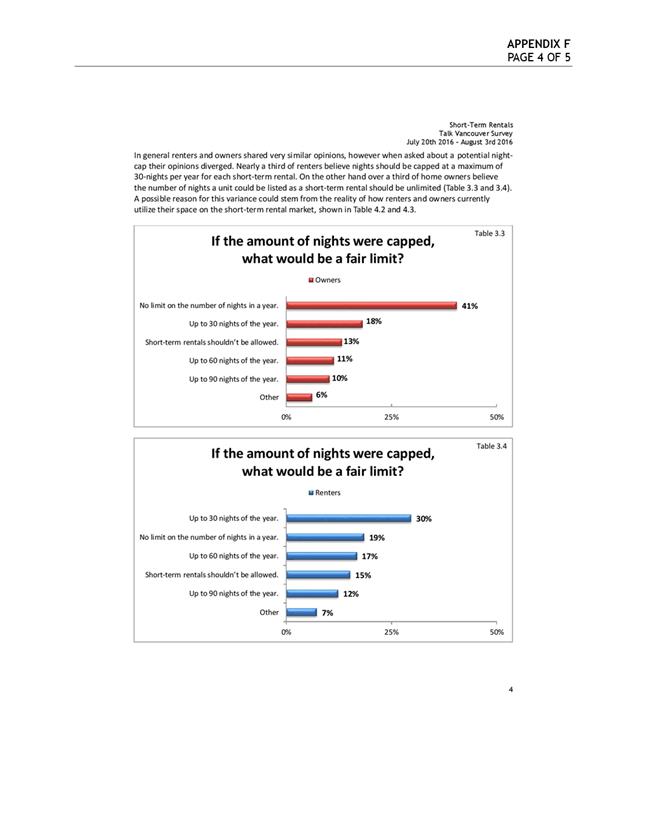
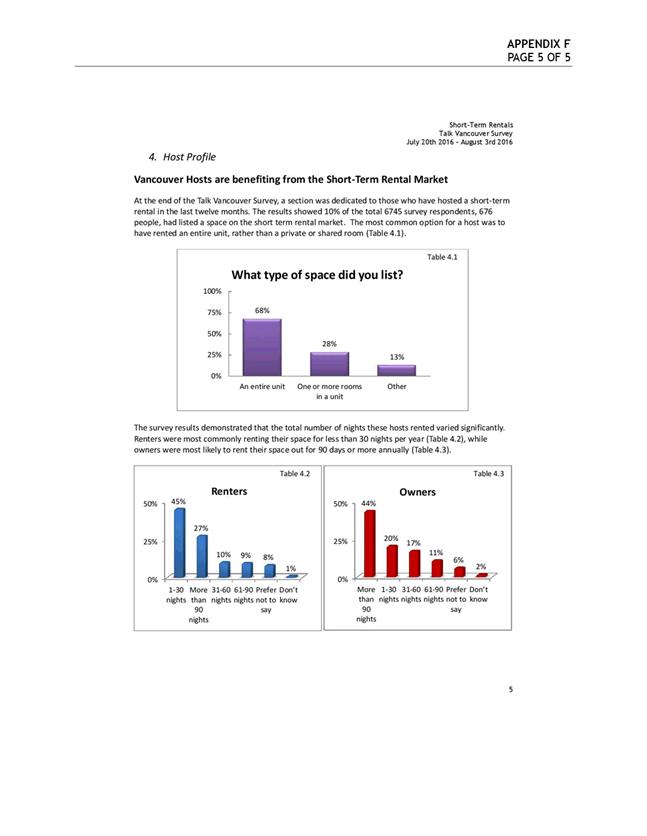
|
Item No. 8.1 |
Agenda (Open Portion) City Planning Committee Meeting - 13/11/2017 |
Page 562 ATTACHMENT c |
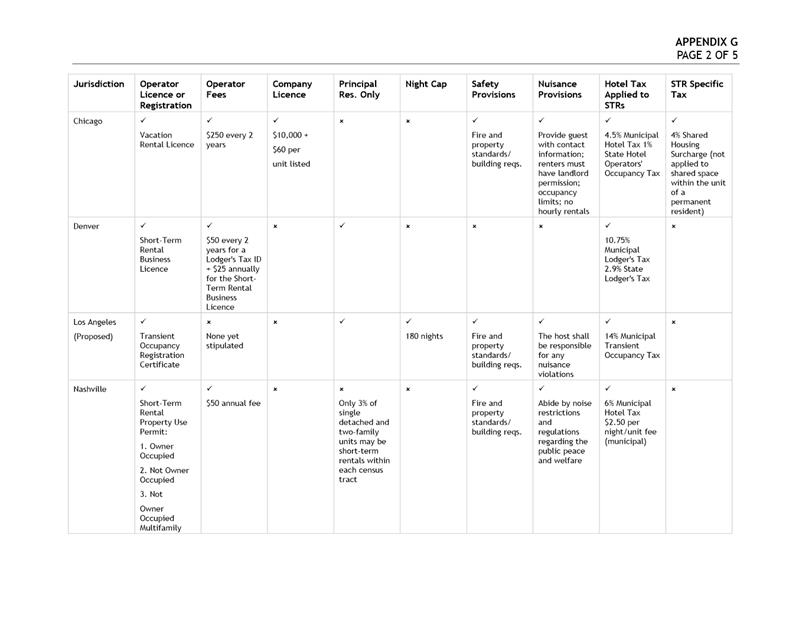
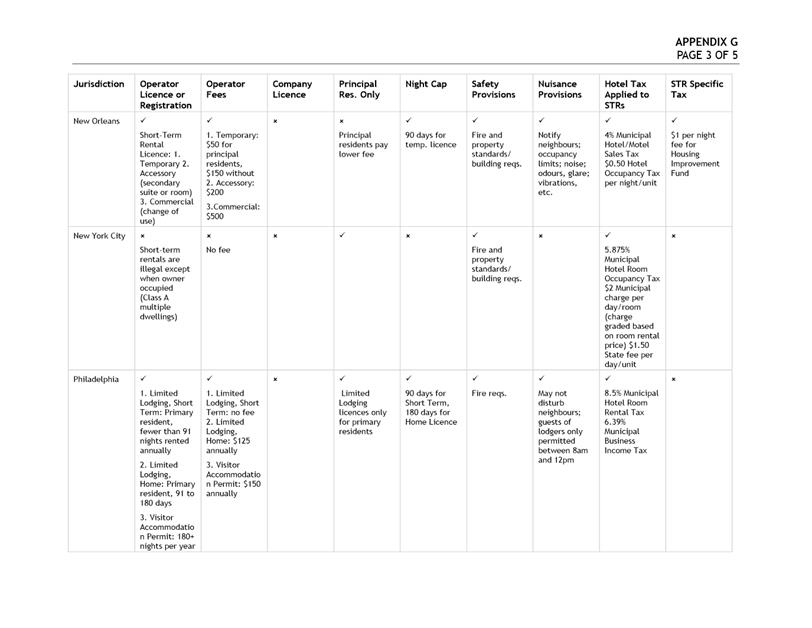
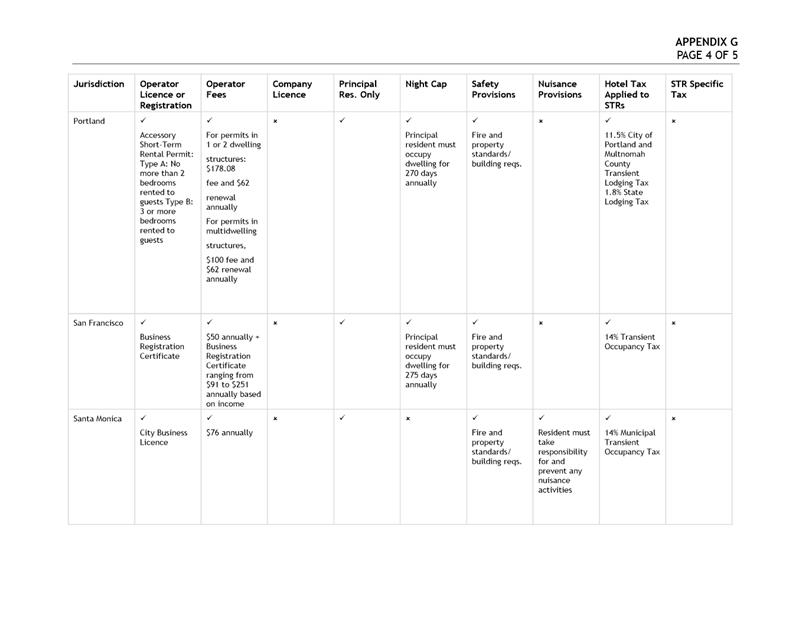
|
Item No. 8.1 |
Agenda (Open Portion) City Planning Committee Meeting - 13/11/2017 |
Page 568 ATTACHMENT d |
|
Item No. 8.1 |
Agenda (Open Portion) City Planning Committee Meeting - 13/11/2017 |
Page 569 ATTACHMENT d |
|
Item No. 8.1 |
Agenda (Open Portion) City Planning Committee Meeting - 13/11/2017 |
Page 570 ATTACHMENT d |
|
Item No. 8.1 |
Agenda (Open Portion) City Planning Committee Meeting - 13/11/2017 |
Page 571 ATTACHMENT d |
|
Item No. 8.1 |
Agenda (Open Portion) City Planning Committee Meeting - 13/11/2017 |
Page 572 ATTACHMENT d |
|
Item No. 8.1 |
Agenda (Open Portion) City Planning Committee Meeting - 13/11/2017 |
Page 573 ATTACHMENT d |
|
Item No. 8.1 |
Agenda (Open Portion) City Planning Committee Meeting - 13/11/2017 |
Page 574 ATTACHMENT d |
|
Item No. 8.1 |
Agenda (Open Portion) City Planning Committee Meeting - 13/11/2017 |
Page 575 ATTACHMENT d |
|
Item No. 8.1 |
Agenda (Open Portion) City Planning Committee Meeting - 13/11/2017 |
Page 576 ATTACHMENT d |
|
Item No. 8.1 |
Agenda (Open Portion) City Planning Committee Meeting - 13/11/2017 |
Page 577 ATTACHMENT d |
|
Item No. 8.1 |
Agenda (Open Portion) City Planning Committee Meeting - 13/11/2017 |
Page 578 ATTACHMENT d |
|
Item No. 8.1 |
Agenda (Open Portion) City Planning Committee Meeting - 13/11/2017 |
Page 579 ATTACHMENT d |
|
Item No. 8.1 |
Agenda (Open Portion) City Planning Committee Meeting - 13/11/2017 |
Page 580 ATTACHMENT d |
|
Item No. 8.1 |
Agenda (Open Portion) City Planning Committee Meeting - 13/11/2017 |
Page 581 ATTACHMENT d |
|
Item No. 8.1 |
Agenda (Open Portion) City Planning Committee Meeting - 13/11/2017 |
Page 582 ATTACHMENT d |
|
Item No. 8.1 |
Agenda (Open Portion) City Planning Committee Meeting - 13/11/2017 |
Page 583 ATTACHMENT d |
|
Item No. 8.1 |
Agenda (Open Portion) City Planning Committee Meeting - 13/11/2017 |
Page 584 ATTACHMENT d |
|
Item No. 8.1 |
Agenda (Open Portion) City Planning Committee Meeting - 13/11/2017 |
Page 585 ATTACHMENT d |
|
Item No. 8.1 |
Agenda (Open Portion) City Planning Committee Meeting - 13/11/2017 |
Page 586 ATTACHMENT d |
|
Item No. 8.1 |
Agenda (Open Portion) City Planning Committee Meeting - 13/11/2017 |
Page 587 ATTACHMENT d |
|
Item No. 8.1 |
Agenda (Open Portion) City Planning Committee Meeting - 13/11/2017 |
Page 588 ATTACHMENT d |
|
Item No. 8.1 |
Agenda (Open Portion) City Planning Committee Meeting - 13/11/2017 |
Page 589 ATTACHMENT d |
|
Item No. 8.1 |
Agenda (Open Portion) City Planning Committee Meeting - 13/11/2017 |
Page 590 ATTACHMENT d |
|
Item No. 8.1 |
Agenda (Open Portion) City Planning Committee Meeting - 13/11/2017 |
Page 591 ATTACHMENT d |
|
Item No. 8.1 |
Agenda (Open Portion) City Planning Committee Meeting - 13/11/2017 |
Page 592 ATTACHMENT d |
|
Item No. 8.1 |
Agenda (Open Portion) City Planning Committee Meeting - 13/11/2017 |
Page 593 ATTACHMENT d |
|
Item No. 8.1 |
Agenda (Open Portion) City Planning Committee Meeting - 13/11/2017 |
Page 594 ATTACHMENT d |
|
Item No. 8.1 |
Agenda (Open Portion) City Planning Committee Meeting - 13/11/2017 |
Page 595 ATTACHMENT d |
|
Item No. 8.1 |
Agenda (Open Portion) City Planning Committee Meeting - 13/11/2017 |
Page 596 ATTACHMENT d |
|
Item No. 8.1 |
Agenda (Open Portion) City Planning Committee Meeting - 13/11/2017 |
Page 597 ATTACHMENT d |
|
Item No. 8.1 |
Agenda (Open Portion) City Planning Committee Meeting - 13/11/2017 |
Page 598 ATTACHMENT d |
|
Item No. 8.1 |
Agenda (Open Portion) City Planning Committee Meeting - 13/11/2017 |
Page 599 ATTACHMENT d |
|
Item No. 8.1 |
Agenda (Open Portion) City Planning Committee Meeting - 13/11/2017 |
Page 600 ATTACHMENT d |
|
Item No. 8.1 |
Agenda (Open Portion) City Planning Committee Meeting - 13/11/2017 |
Page 601 ATTACHMENT d |
|
Item No. 8.1 |
Agenda (Open Portion) City Planning Committee Meeting - 13/11/2017 |
Page 602 ATTACHMENT d |
|
Item No. 8.1 |
Agenda (Open Portion) City Planning Committee Meeting - 13/11/2017 |
Page 603 ATTACHMENT d |
|
Item No. 8.1 |
Agenda (Open Portion) City Planning Committee Meeting - 13/11/2017 |
Page 604 ATTACHMENT d |
|
Item No. 8.1 |
Agenda (Open Portion) City Planning Committee Meeting - 13/11/2017 |
Page 605 ATTACHMENT d |
|
Item No. 8.1 |
Agenda (Open Portion) City Planning Committee Meeting - 13/11/2017 |
Page 606 ATTACHMENT d |
|
Item No. 8.1 |
Agenda (Open Portion) City Planning Committee Meeting - 13/11/2017 |
Page 607 ATTACHMENT d |
|
Item No. 8.1 |
Agenda (Open Portion) City Planning Committee Meeting - 13/11/2017 |
Page 608 ATTACHMENT d |
|
Item No. 8.1 |
Agenda (Open Portion) City Planning Committee Meeting - 13/11/2017 |
Page 609 ATTACHMENT d |
|
Item No. 8.1 |
Agenda (Open Portion) City Planning Committee Meeting - 13/11/2017 |
Page 610 ATTACHMENT d |
|
Item No. 8.1 |
Agenda (Open Portion) City Planning Committee Meeting - 13/11/2017 |
Page 611 ATTACHMENT d |
|
Item No. 8.1 |
Agenda (Open Portion) City Planning Committee Meeting - 13/11/2017 |
Page 612 ATTACHMENT d |
|
Item No. 8.1 |
Agenda (Open Portion) City Planning Committee Meeting - 13/11/2017 |
Page 613 ATTACHMENT d |
|
Item No. 8.1 |
Agenda (Open Portion) City Planning Committee Meeting - 13/11/2017 |
Page 614 ATTACHMENT d |
|
Item No. 8.1 |
Agenda (Open Portion) City Planning Committee Meeting - 13/11/2017 |
Page 615 ATTACHMENT d |
|
Item No. 8.1 |
Agenda (Open Portion) City Planning Committee Meeting - 13/11/2017 |
Page 616 ATTACHMENT d |
|
Item No. 8.1 |
Agenda (Open Portion) City Planning Committee Meeting - 13/11/2017 |
Page 617 ATTACHMENT d |
|
Item No. 8.1 |
Agenda (Open Portion) City Planning Committee Meeting - 13/11/2017 |
Page 618 ATTACHMENT d |
|
Item No. 8.1 |
Agenda (Open Portion) City Planning Committee Meeting - 13/11/2017 |
Page 619 ATTACHMENT d |
|
Item No. 8.1 |
Agenda (Open Portion) City Planning Committee Meeting - 13/11/2017 |
Page 620 ATTACHMENT d |
|
Item No. 8.1 |
Agenda (Open Portion) City Planning Committee Meeting - 13/11/2017 |
Page 621 ATTACHMENT e |
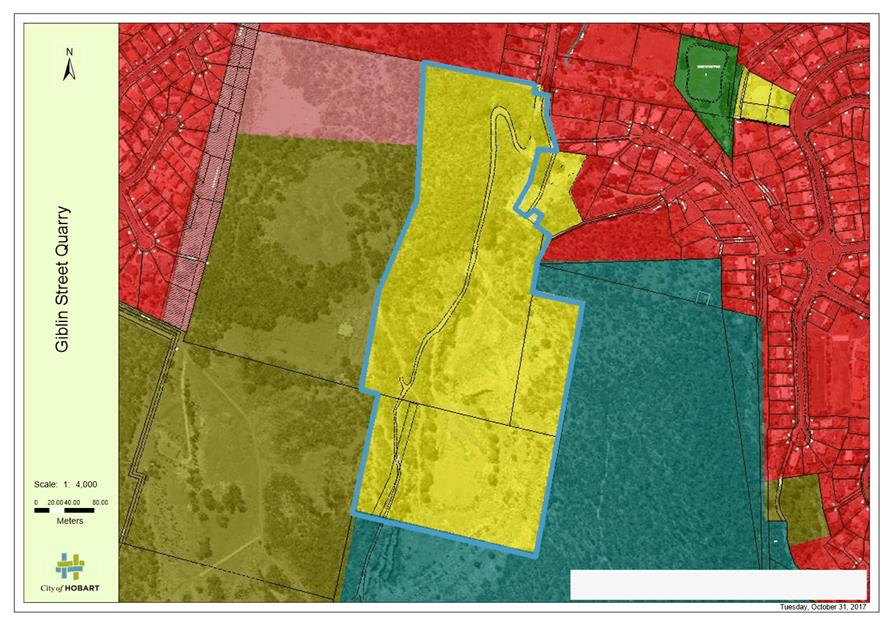
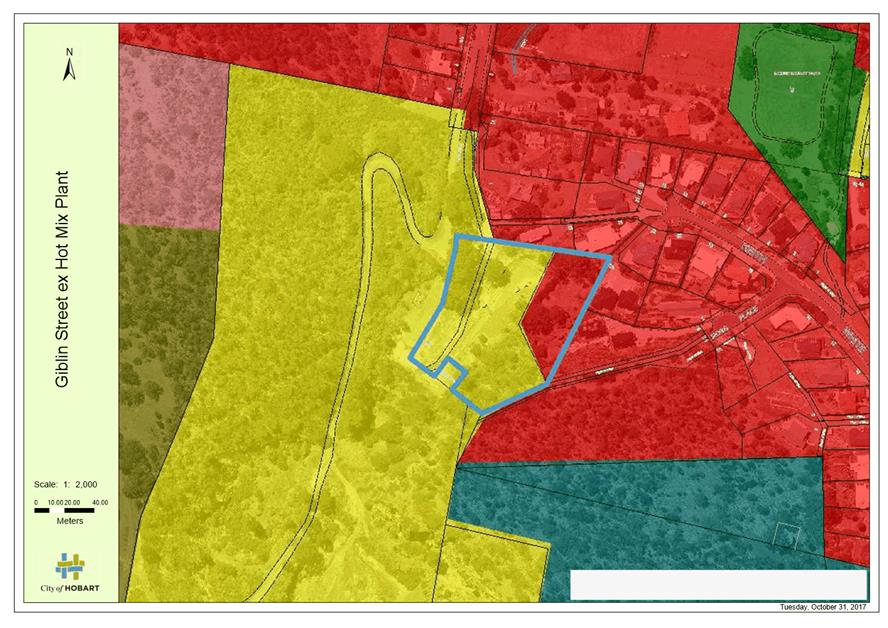
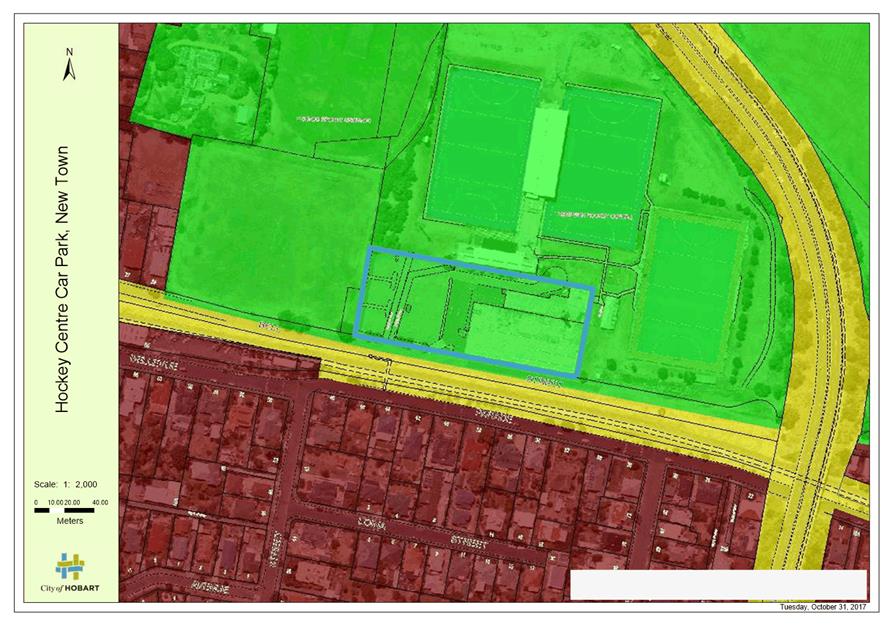
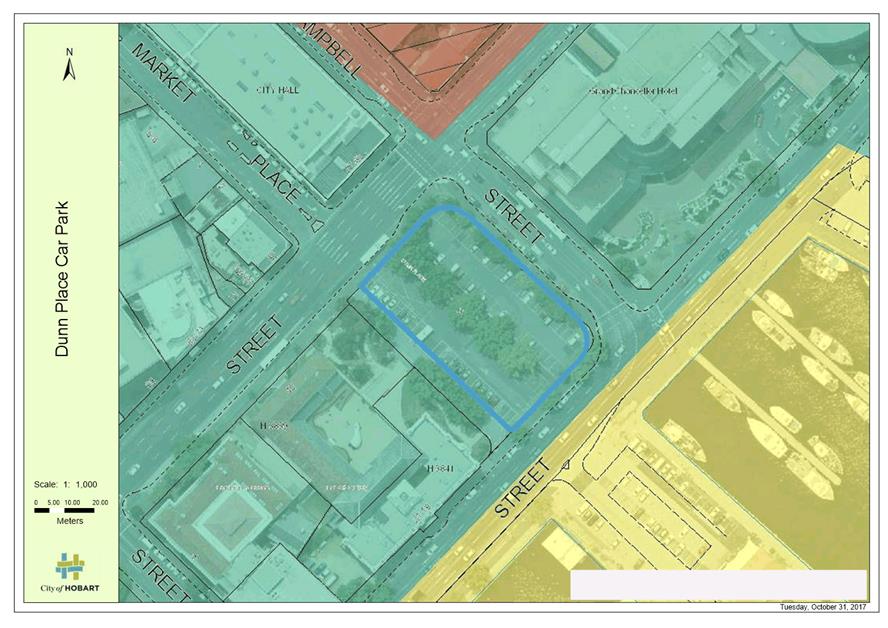
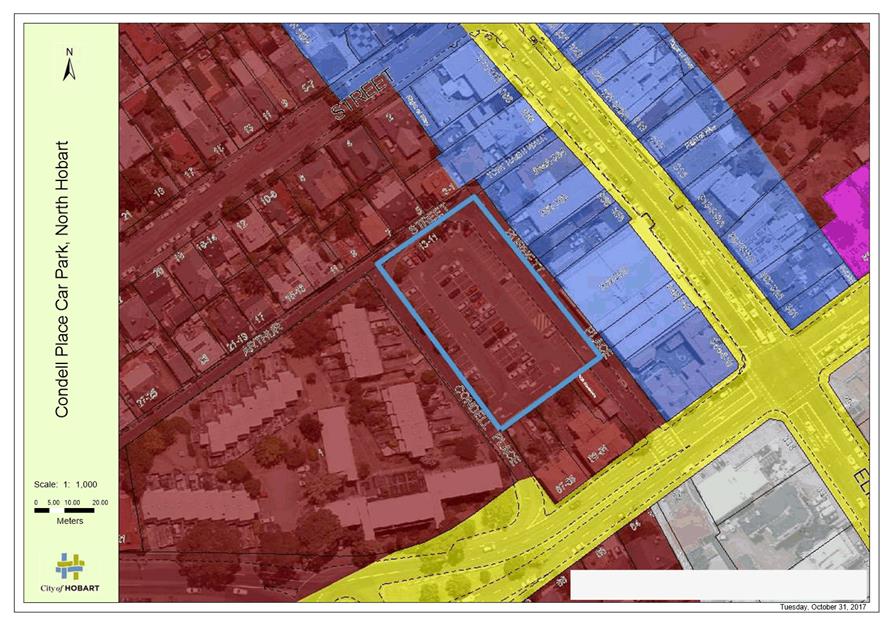
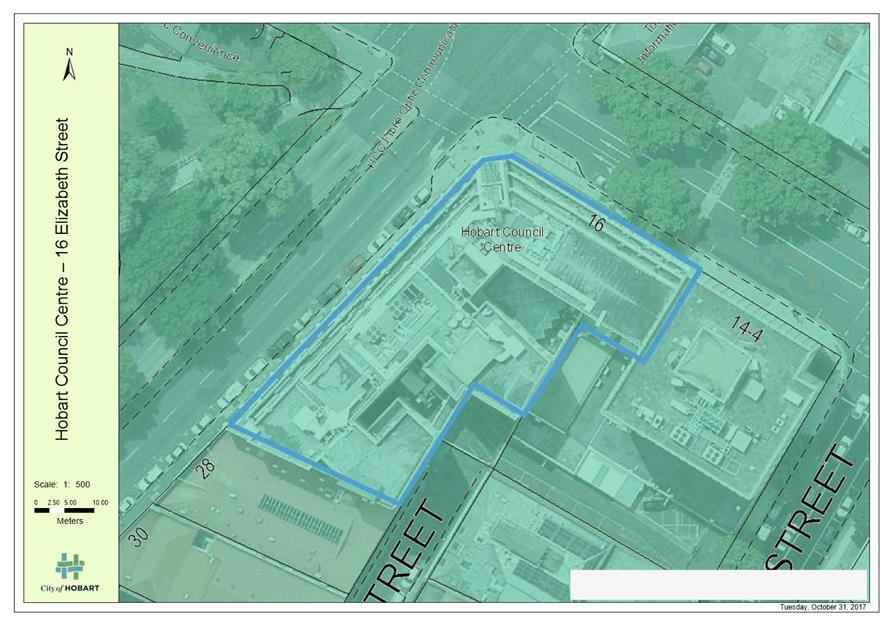
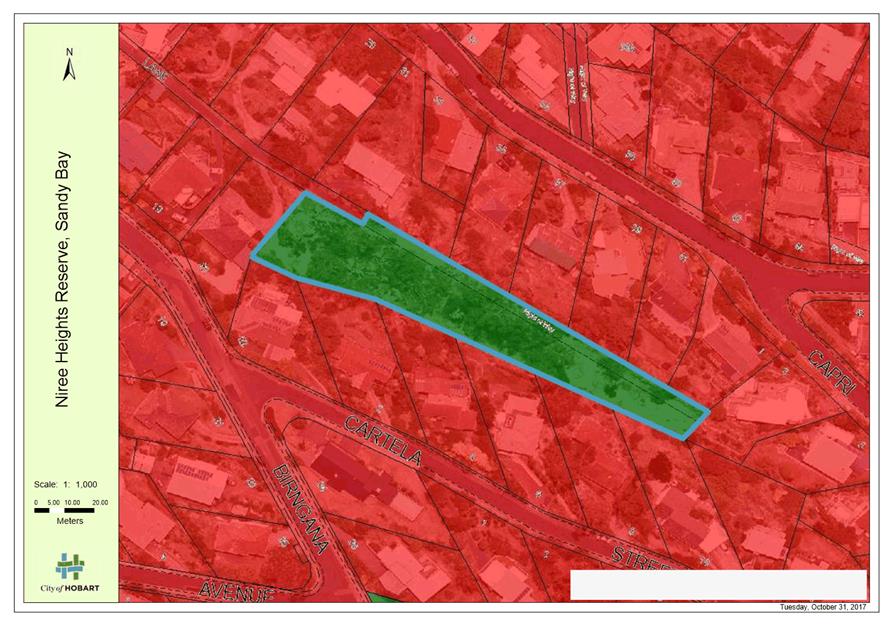
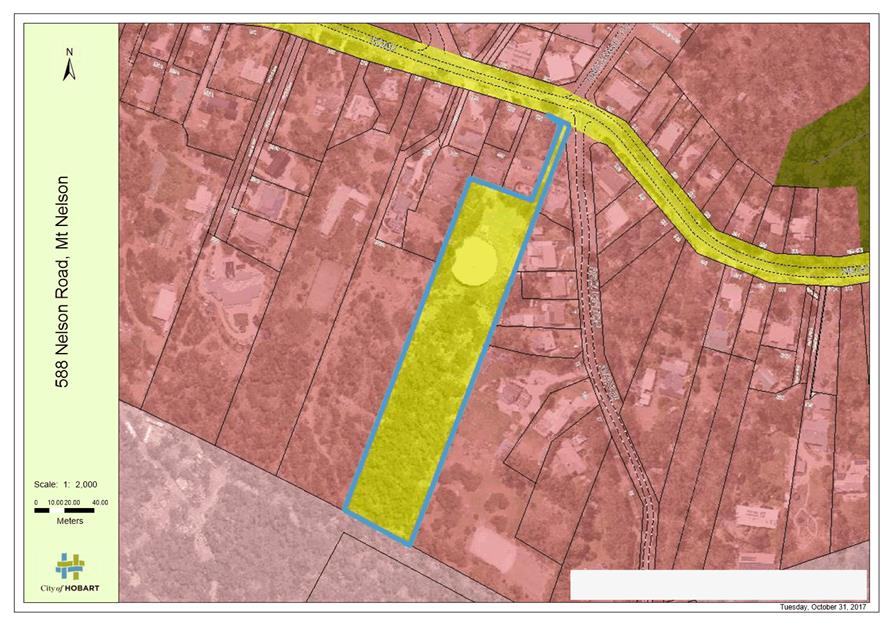
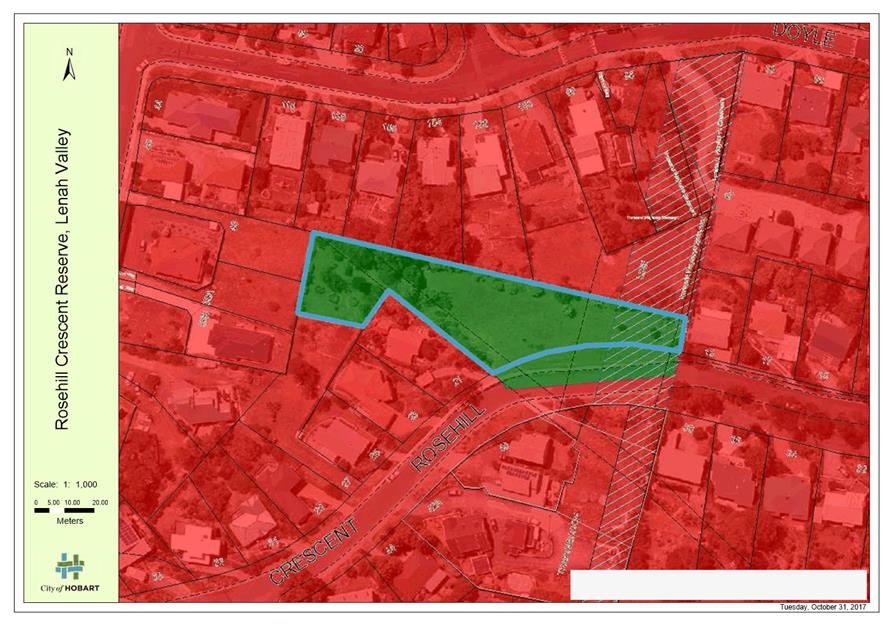
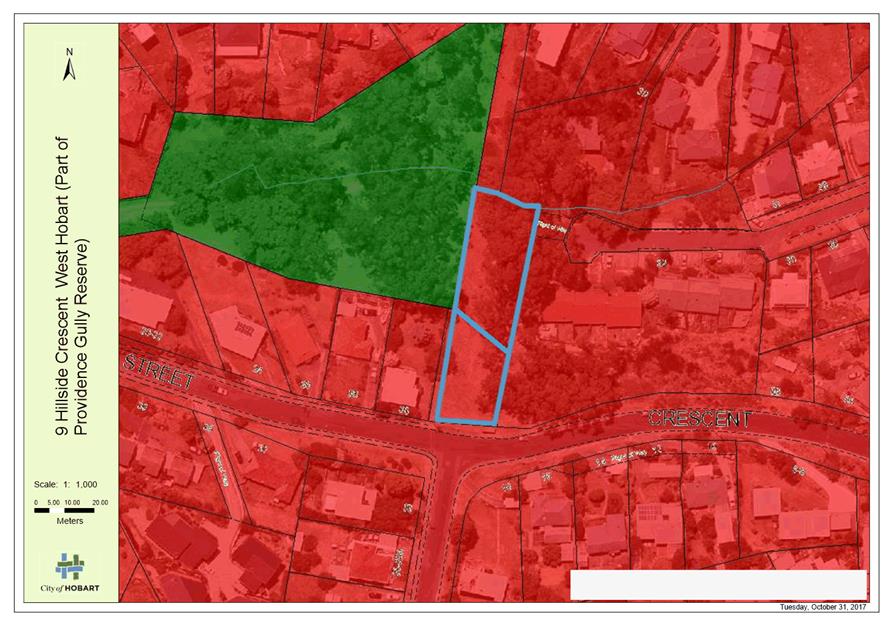
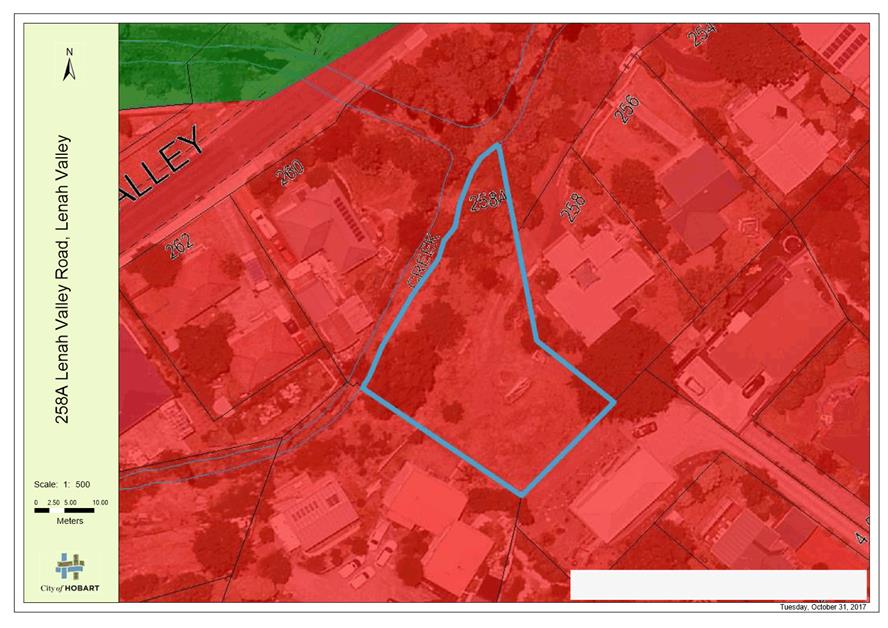
|
Agenda (Open Portion) City Planning Committee Meeting |
Page 634 |
|
|
|
13/11/2017 |
|
8.2 Conference Reporting - Eco City World Summit -
12 to 14 July 2017
Memorandum of the General Manager of 6 November 2017 and attachment.
Delegation: Committee
|
Item No. 8.2 |
Agenda (Open Portion) City Planning Committee Meeting |
Page 635 |
|
|
13/11/2017 |
|

Memorandum: City Planning Committee
Conference Reporting - Eco City World Summit -
12 to 14 July 2017
Alderman Briscoe has submitted the attached report in accordance with Clause C(7)(1)(i) of the Council’s policy titled Aldermanic Development and Support.
|
That the information be received and noted.
|
As signatory to this report, I certify that, pursuant to Section 55(1) of the Local Government Act 1993, I hold no interest, as referred to in Section 49 of the Local Government Act 1993, in matters contained in this report.
|
N.D Heath General Manager |
|
Date: 6 November 2017
File Reference: F17/147887
Attachment a: Conference
Report - Eco City World Summit - 12 to 14 July 2017 ⇩ ![]()
|
Item No. 8.2 |
Agenda (Open Portion) City Planning Committee Meeting - 13/11/2017 |
Page 636 ATTACHMENT a |
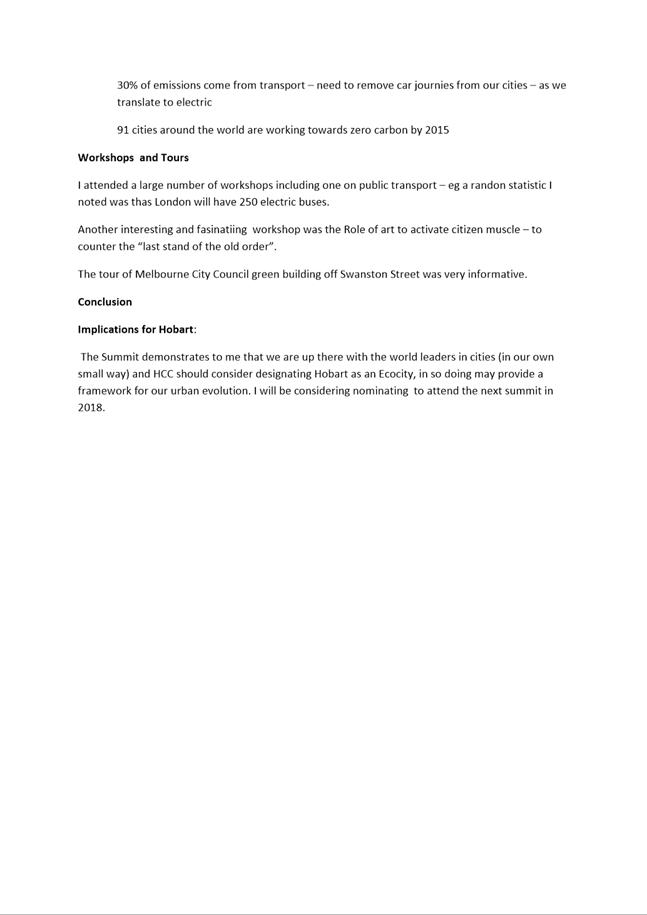
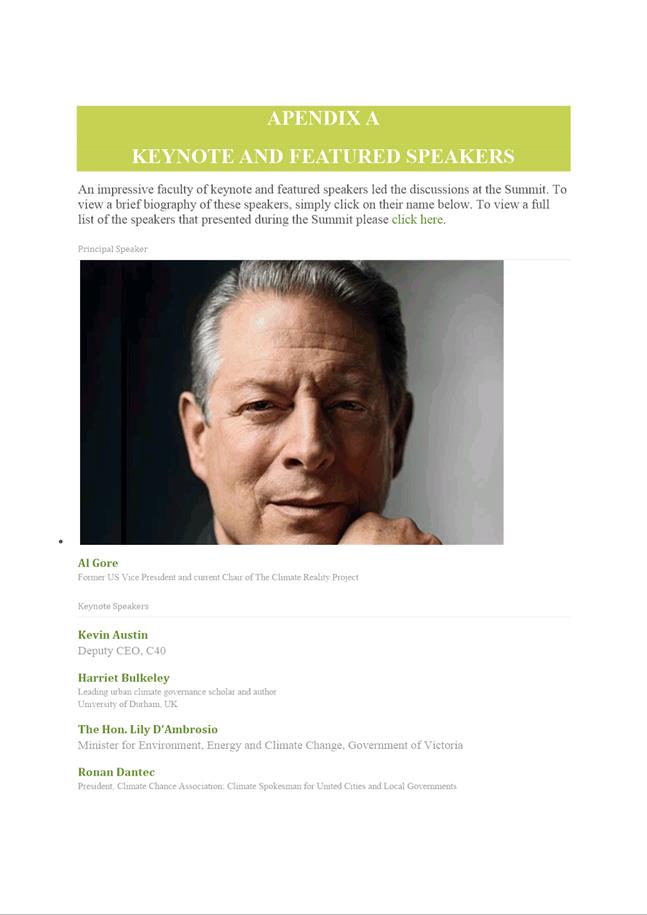
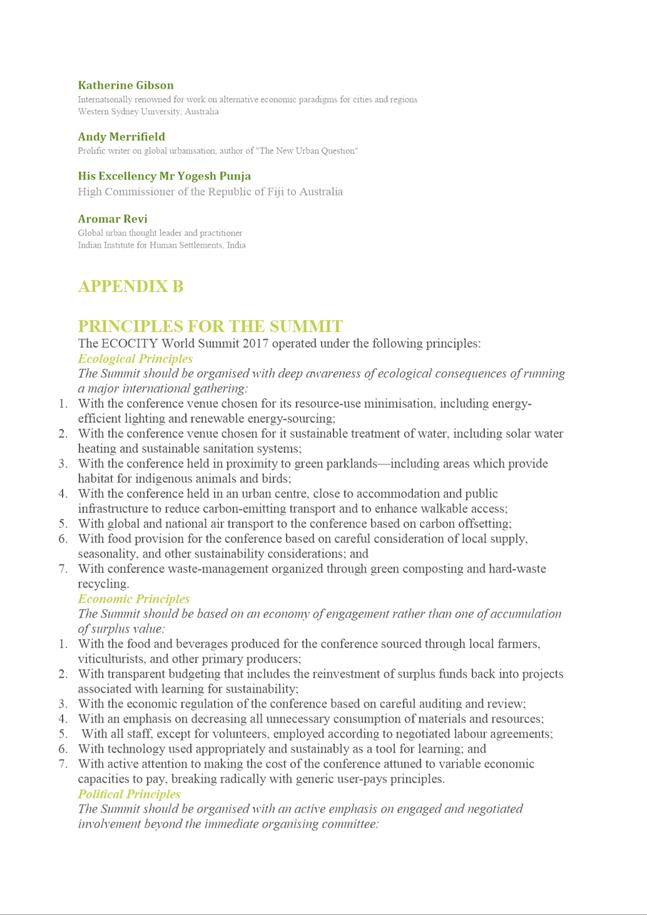
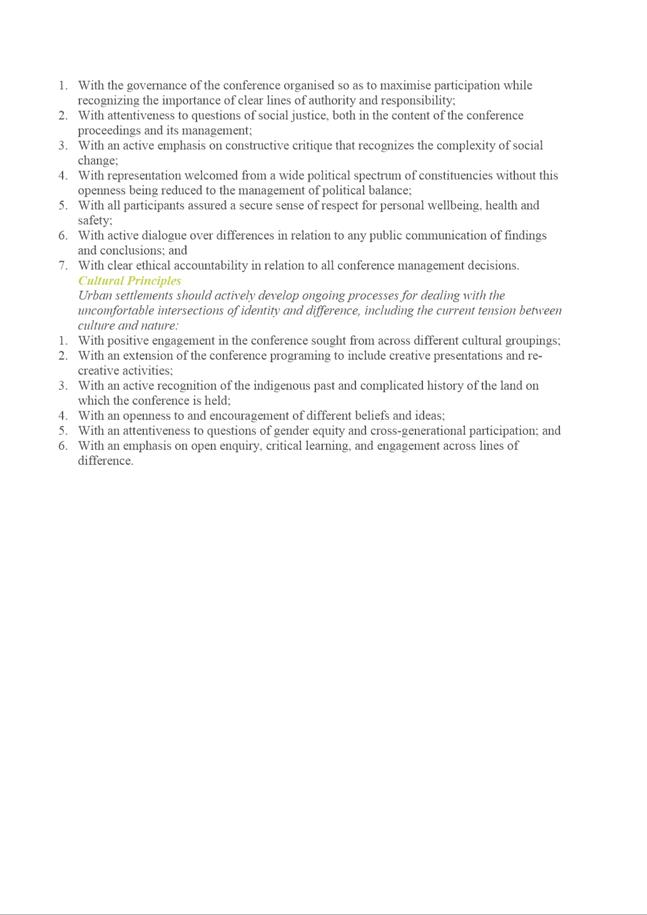
|
Agenda (Open Portion) City Planning Committee Meeting |
Page 641 |
|
|
|
13/11/2017 |
|
8.3 Delegated Decisions Report (Planning)
Memorandum of the Director City Planning of 7 November 2017 and attachment.
Delegation: Committee
|
Item No. 8.3 |
Agenda (Open Portion) City Planning Committee Meeting |
Page 642 |
|
|
13/11/2017 |
|

Memorandum: City Planning Committee
Delegated Decisions Report (Planning)
Attached is the delegated planning decisions report for the period 24 October 2017 until 6 November 2017.
|
That the information be received and noted.
|
As signatory to this report, I certify that, pursuant to Section 55(1) of the Local Government Act 1993, I hold no interest, as referred to in Section 49 of the Local Government Act 1993, in matters contained in this report.
|
Neil Noye Director City Planning |
|
Date: 7 November 2017
File Reference: F17/147612
Attachment a: Delegated
Decisions Report (Planning) ⇩ ![]()
|
Item No. 8.3 |
Agenda (Open Portion) City Planning Committee Meeting - 13/11/2017 |
Page 643 ATTACHMENT a |
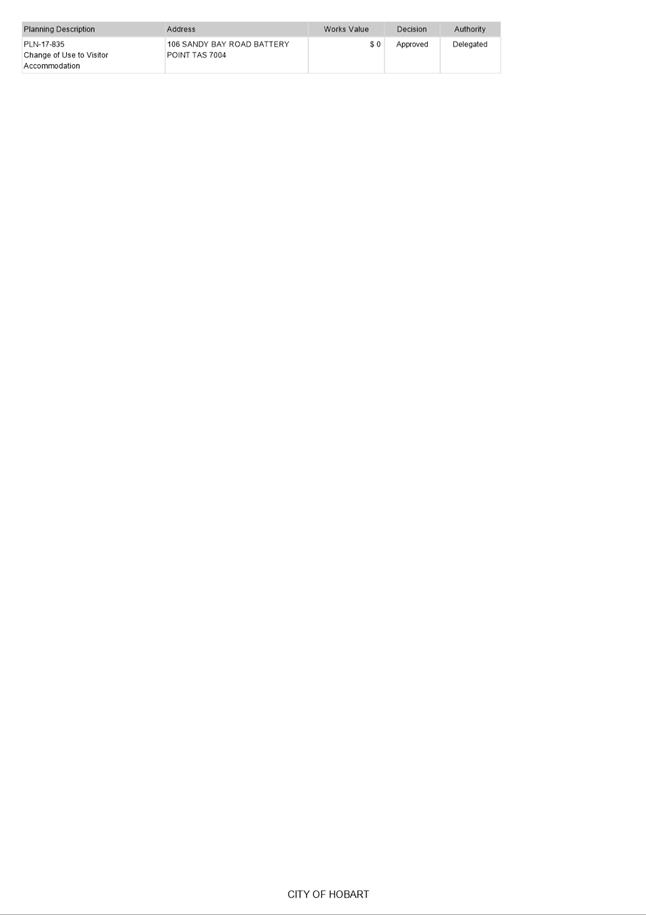
|
Agenda (Open Portion) City Planning Committee Meeting |
Page 645 |
|
|
|
13/11/2017 |
|
8.4 City Planning - Advertising List
Memoradum of the Director City Planning of 7 November 2017 and attachment.
Delegation: Committee
|
Item No. 8.4 |
Agenda (Open Portion) City Planning Committee Meeting |
Page 646 |
|
|
13/11/2017 |
|

Memorandum: City Planning Committee
City Planning - Advertising List
Attached is the advertising list for the period 23 October 2017 until 3 November 2017.
|
That the information be received and noted.
|
As signatory to this report, I certify that, pursuant to Section 55(1) of the Local Government Act 1993, I hold no interest, as referred to in Section 49 of the Local Government Act 1993, in matters contained in this report.
|
Neil Noye Director City Planning |
|
Date: 7 November 2017
File Reference: F17/147633
Attachment a: City
Planning - Advertising List ⇩ ![]()
|
Item No. 8.4 |
Agenda (Open Portion) City Planning Committee Meeting - 13/11/2017 |
Page 647 ATTACHMENT a |
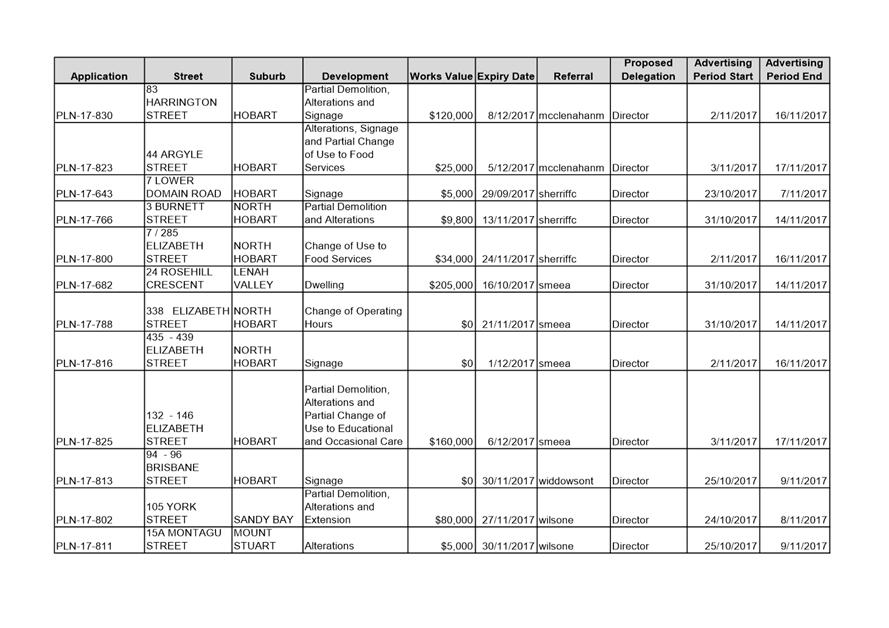
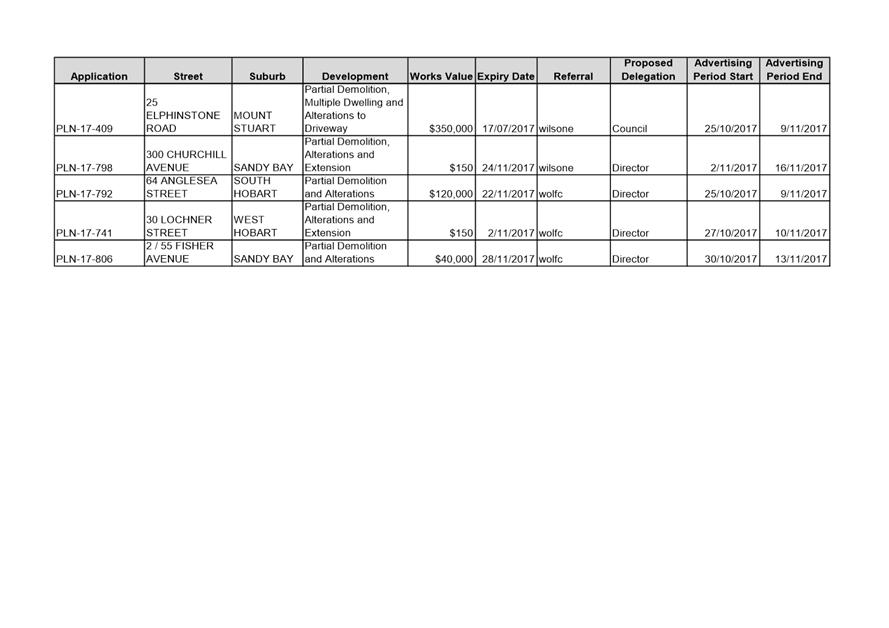
|
Agenda (Open Portion) City Planning Committee Meeting |
Page 651 |
|
|
|
13/11/2017 |
|
Regulation 29(3) Local Government
(Meeting Procedures) Regulations 2015.
File Ref: 13-1-10
The General Manager reports:-
“In accordance with the procedures approved in respect to Questions Without Notice, the following responses to questions taken on notice are provided to the Committee for information.
The Committee is reminded that in accordance with Regulation 29(3) of the Local Government (Meeting Procedures) Regulations 2015, the Chairman is not to allow discussion or debate on either the question or the response.”
9.1 Response in Relation to the Henry Design Tribunal Decision - Clarification by the Minister
File Ref: F17/134778; 13-1-10
Memorandum of the Director City Planning of 8 November 2017.
Delegation: Committee
|
That the information be received and noted.
|
|
Item No. 9.1 |
Agenda (Open Portion) City Planning Committee Meeting |
Page 652 |
|
|
13/11/2017 |
|
Memorandum: Lord Mayor
Deputy Lord Mayor
Aldermen
Response to Question Without Notice
Response in Relation to the Henry Design Tribunal Decision - Clarification by the Minister
|
Meeting: City Planning Committee
|
Meeting date: 25 September 2017
|
|
Raised by: Alderman Denison |
|
Question:
Furthermore to the question in relation to the Henry Design Tribunal decision, could the Director please advise whether it would be appropriate to refer the response to the Minister for Planning and Local Government and/or the relevant government department to seek clarification to ensure that was the intention of the Tribunal decision?
Response:
Given the potential planning ramifications of this decision, Council officers have discussed the matter with the Tasmanian Government Planning Policy Unit to ascertain its response to this decision. The Planning Policy Unit is currently considering what amendments to the State Planning Provisions if any it will recommend.
As signatory to this report, I certify that, pursuant to Section 55(1) of the Local Government Act 1993, I hold no interest, as referred to in Section 49 of the Local Government Act 1993, in matters contained in this report.
|
Neil Noye Director City Planning |
|
Date: 8 November 2017
File Reference: F17/134778; 13-1-10
|
|
Agenda (Open Portion) City Planning Committee Meeting |
Page 654 |
|
|
13/11/2017 |
|
Section 29 of the Local Government (Meeting Procedures) Regulations 2015.
File Ref: 13-1-10
An Alderman may ask a question without notice of the Chairman, another Alderman, the General Manager or the General Manager’s representative, in line with the following procedures:
1. The Chairman will refuse to accept a question without notice if it does not relate to the Terms of Reference of the Council committee at which it is asked.
2. In putting a question without notice, an Alderman must not:
(i) offer an argument or opinion; or
(ii) draw any inferences or make any imputations – except so far as may be necessary to explain the question.
3. The Chairman must not permit any debate of a question without notice or its answer.
4. The Chairman, Aldermen, General Manager or General Manager’s representative who is asked a question may decline to answer the question, if in the opinion of the respondent it is considered inappropriate due to its being unclear, insulting or improper.
5. The Chairman may require a question to be put in writing.
6. Where a question without notice is asked and answered at a meeting, both the question and the response will be recorded in the minutes of that meeting.
7. Where a response is not able to be provided at the meeting, the question will be taken on notice and
(i) the minutes of the meeting at which the question is asked will record the question and the fact that it has been taken on notice.
(ii) a written response will be provided to all Aldermen, at the appropriate time.
(iii) upon the answer to the question being circulated to Aldermen, both the question and the answer will be listed on the agenda for the next available ordinary meeting of the committee at which it was asked, where it will be listed for noting purposes only.
|
|
Agenda (Open Portion) City Planning Committee Meeting |
Page 655 |
|
|
13/11/2017 |
|